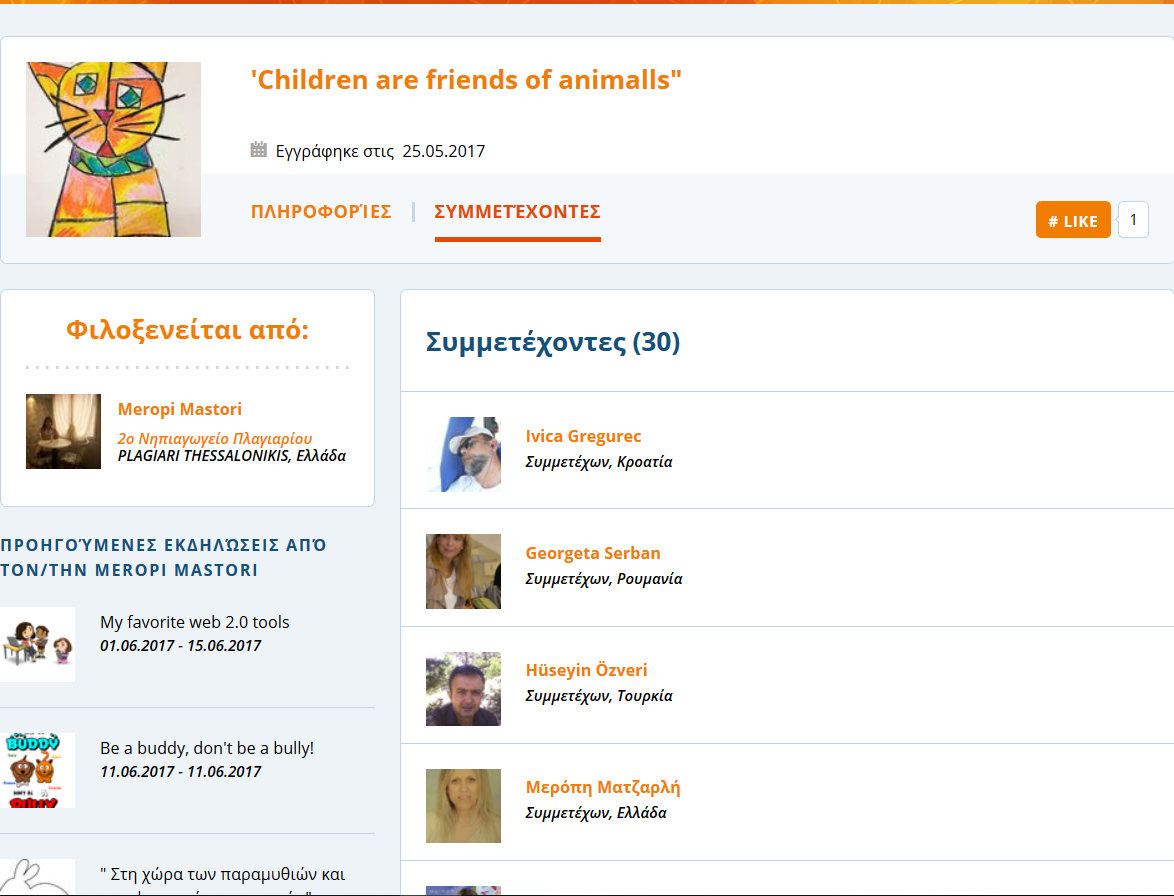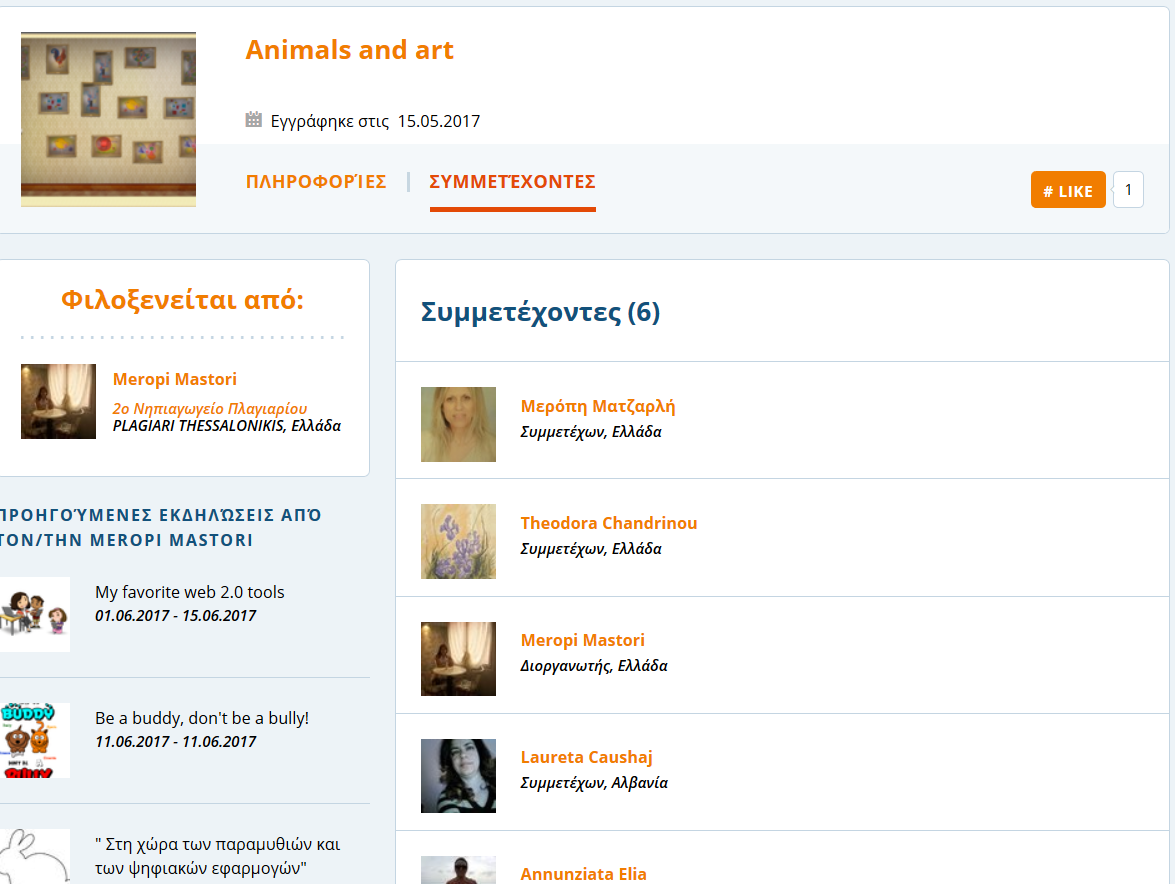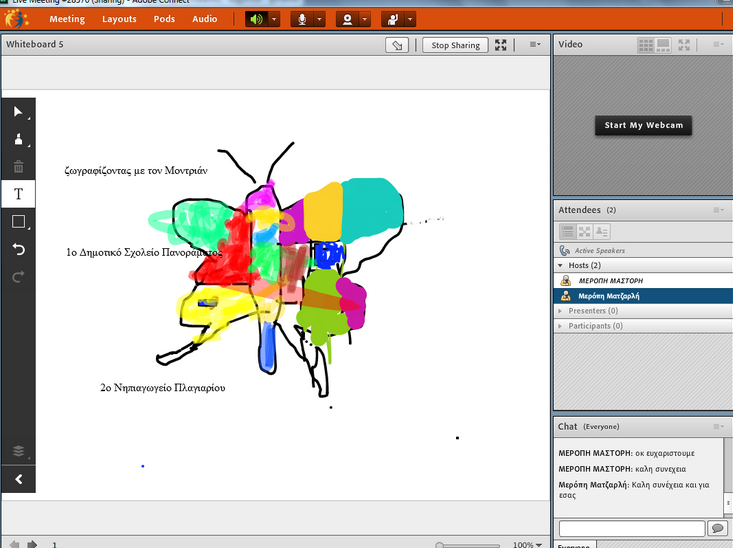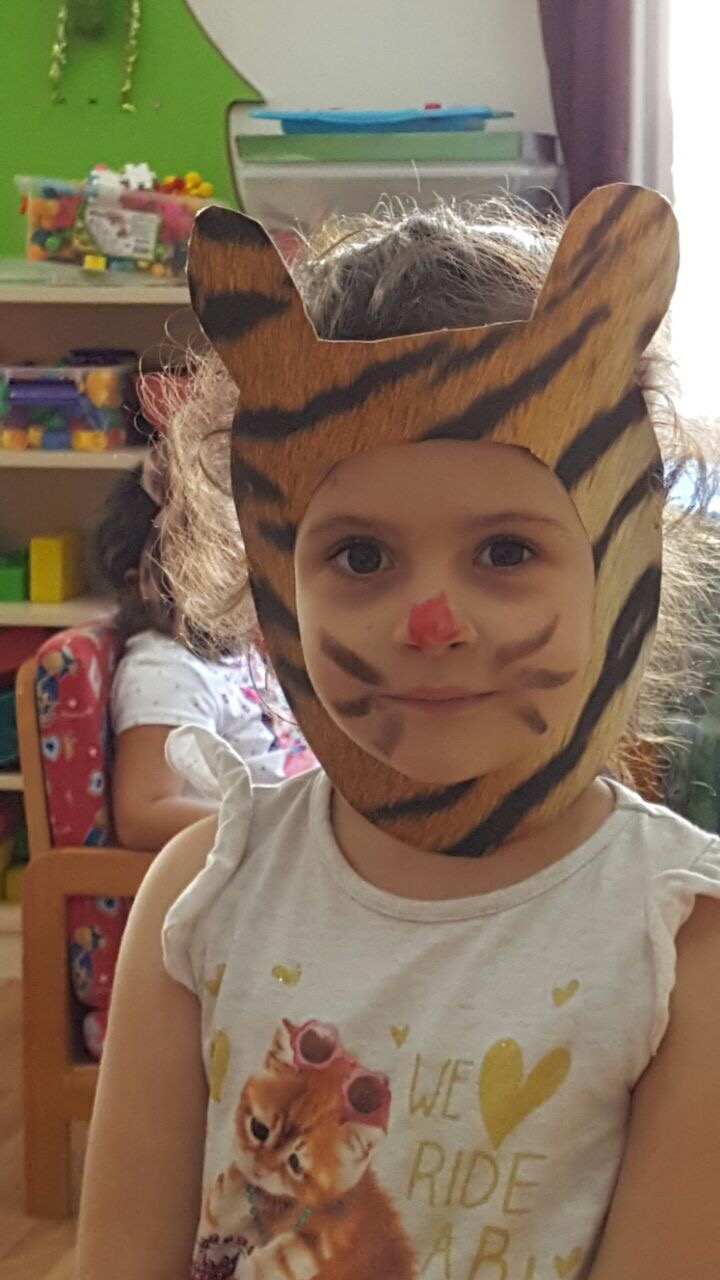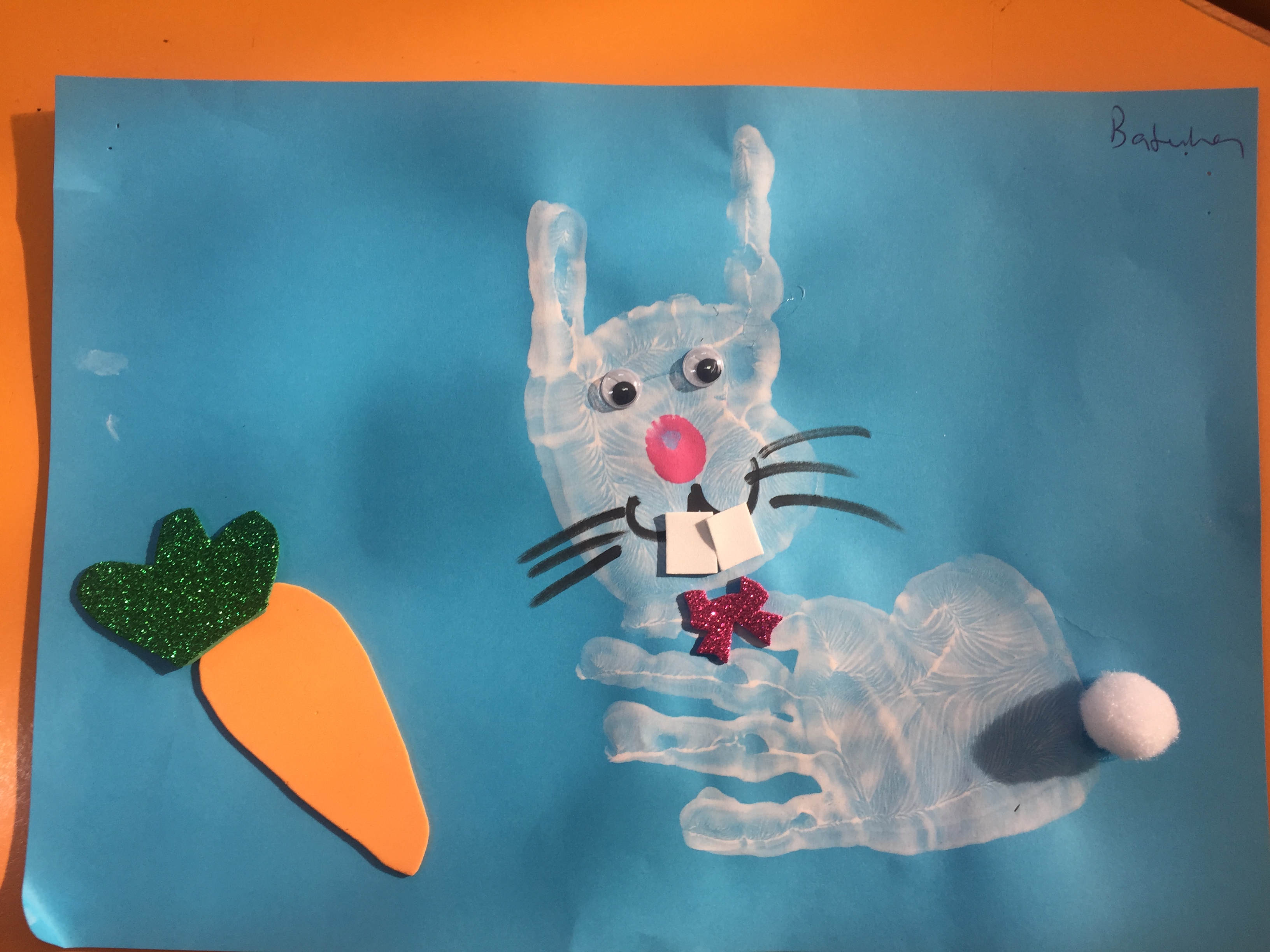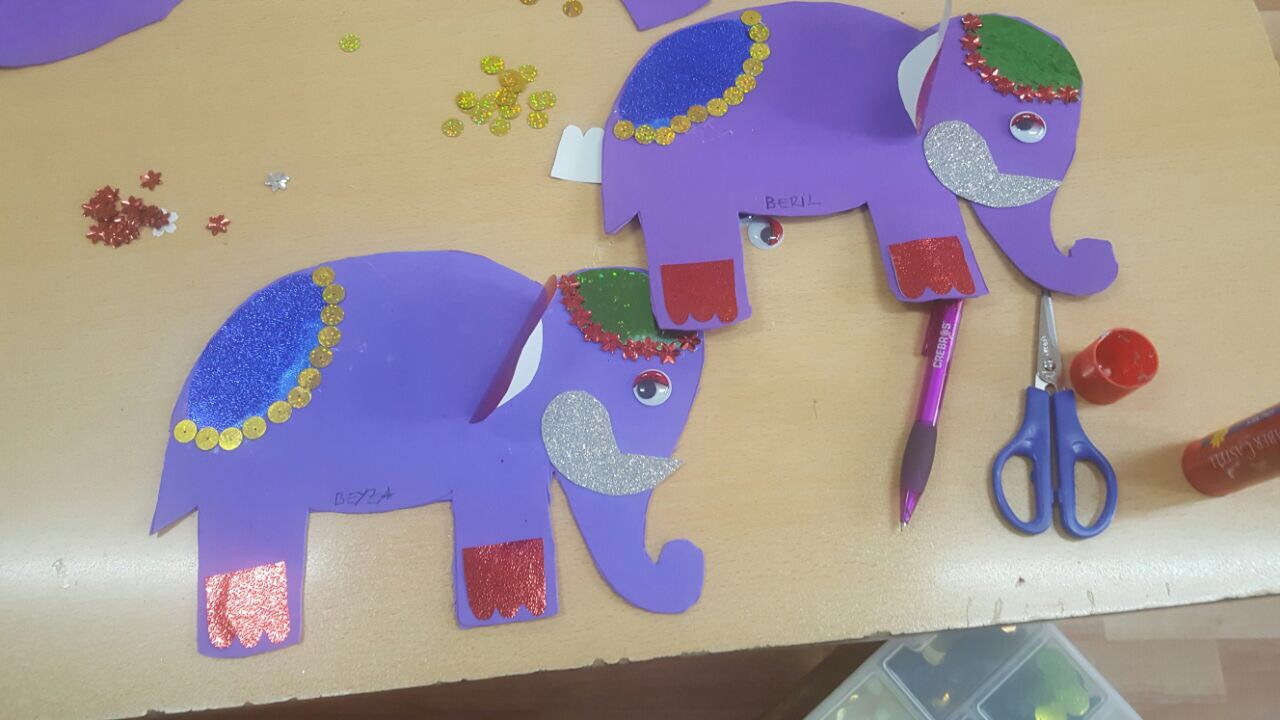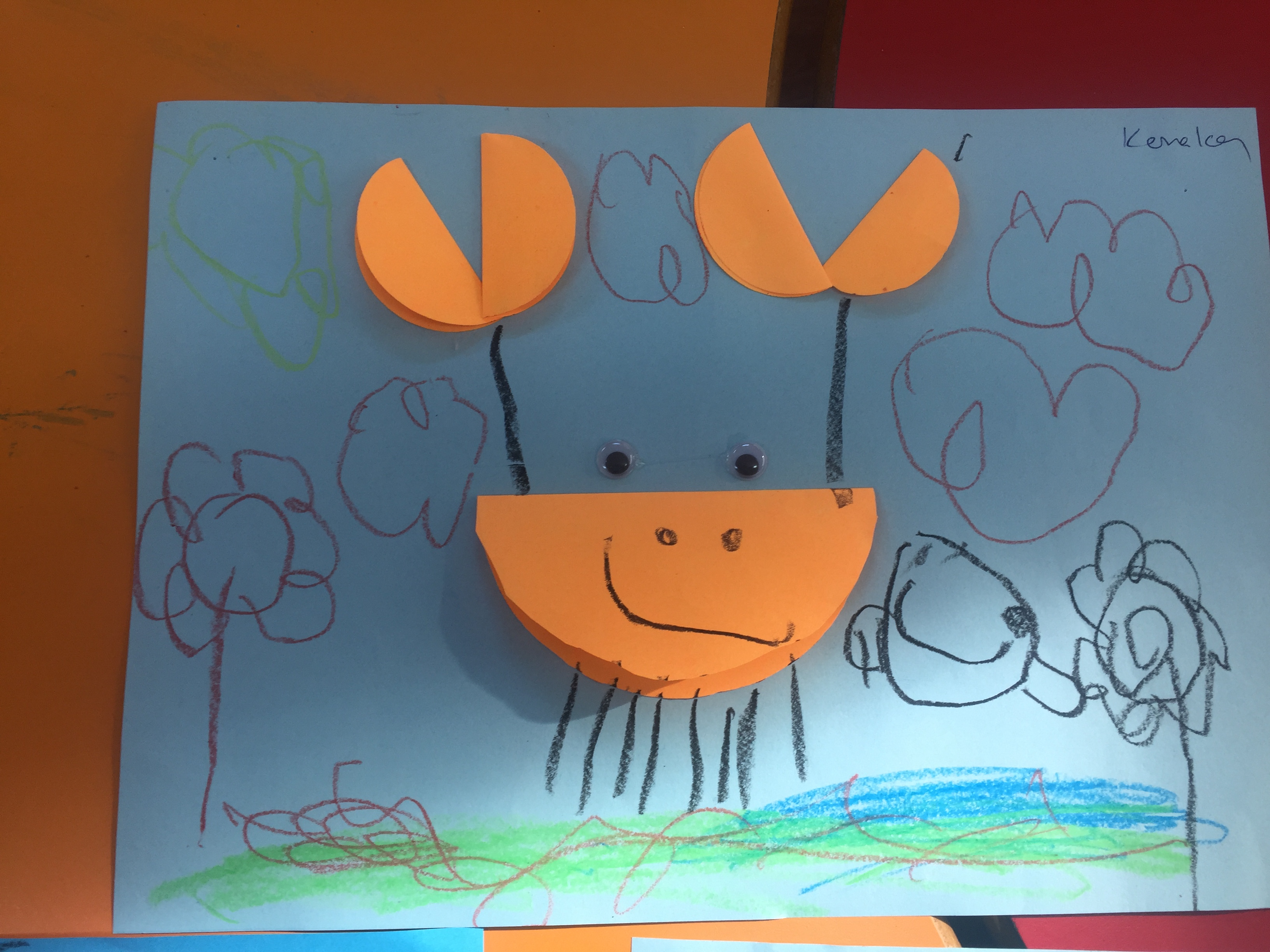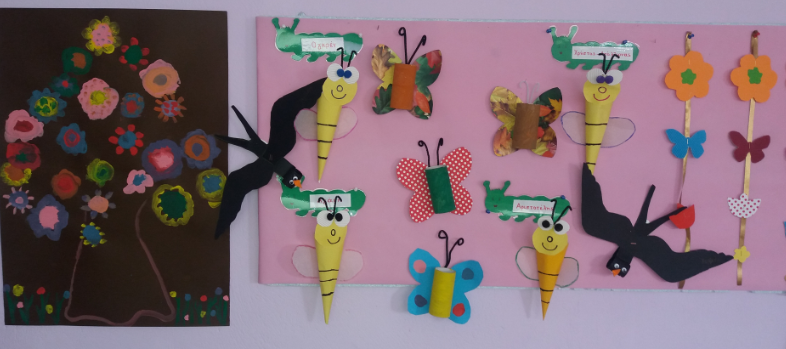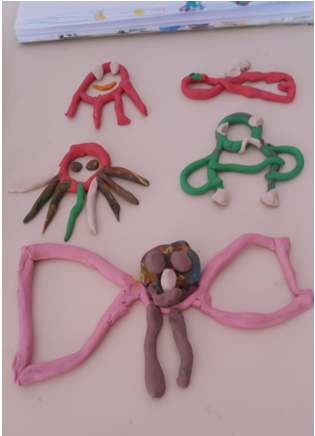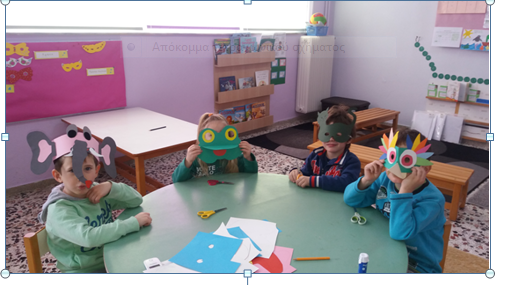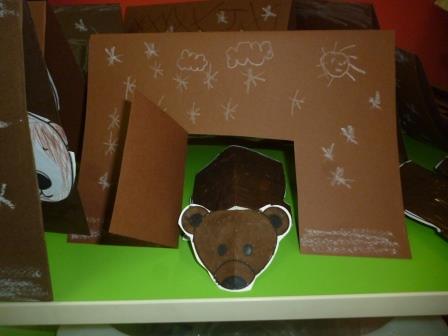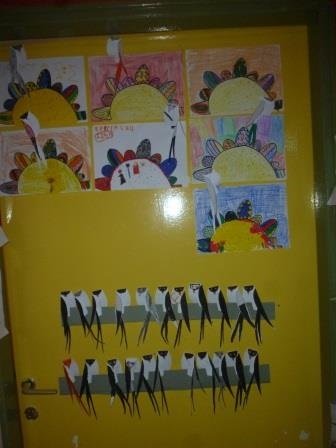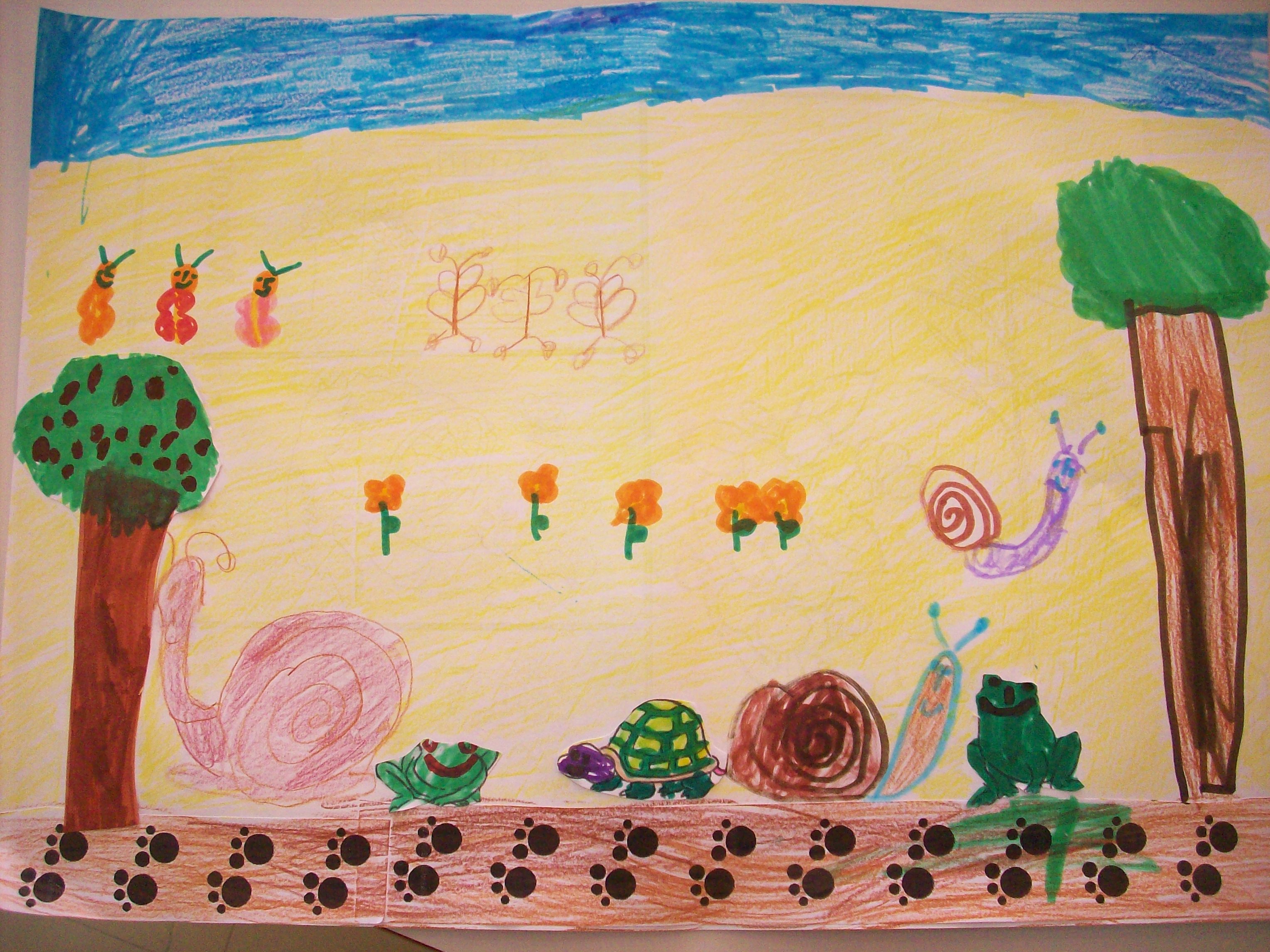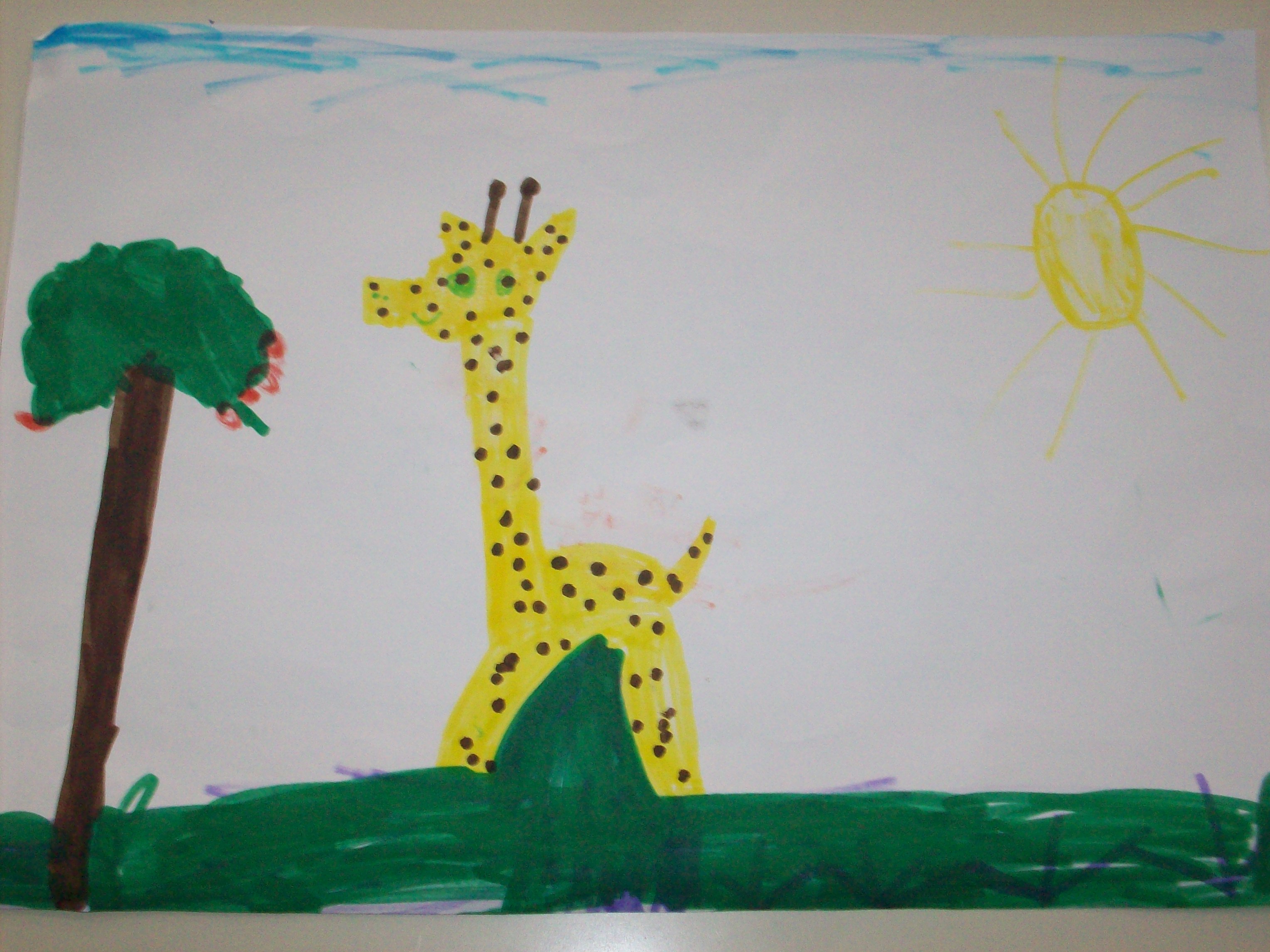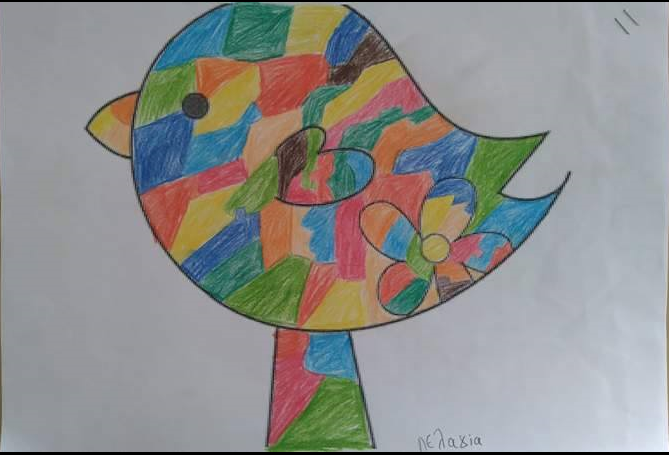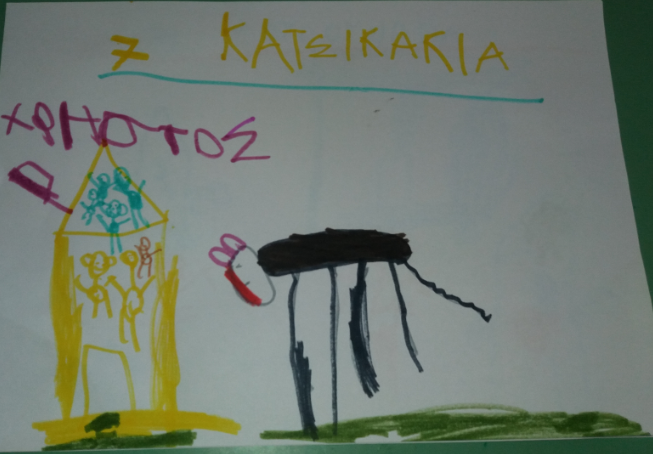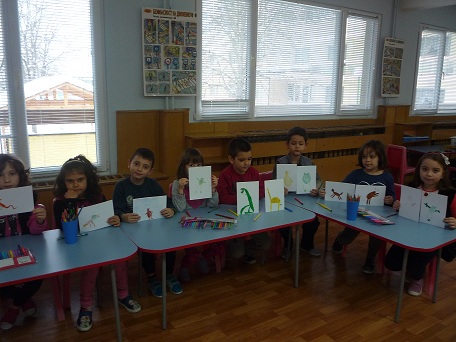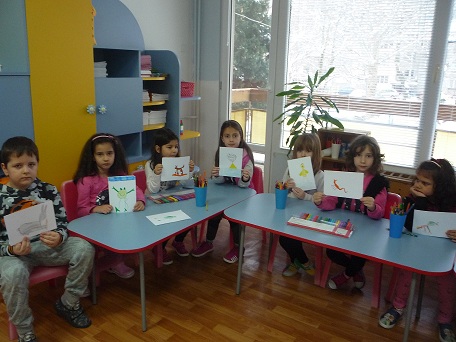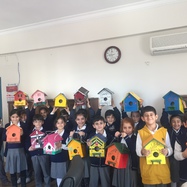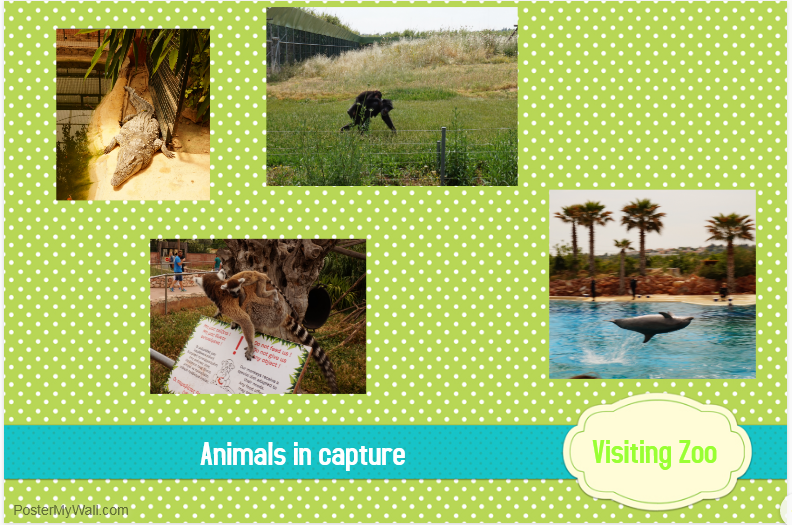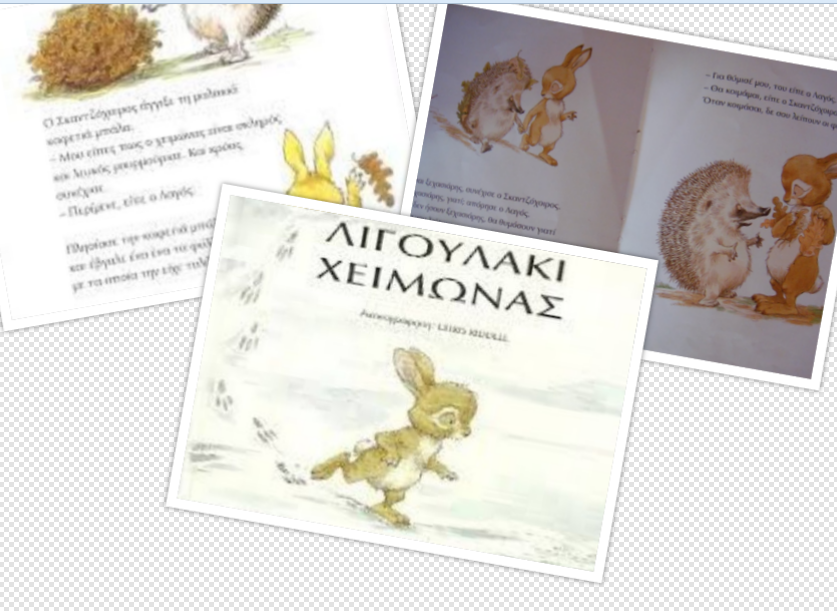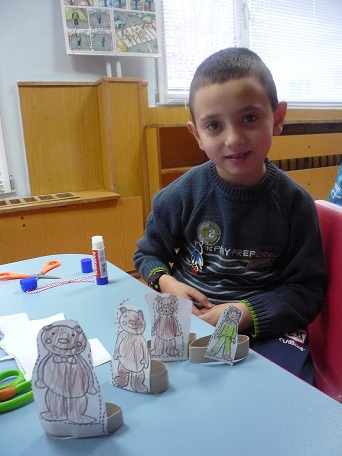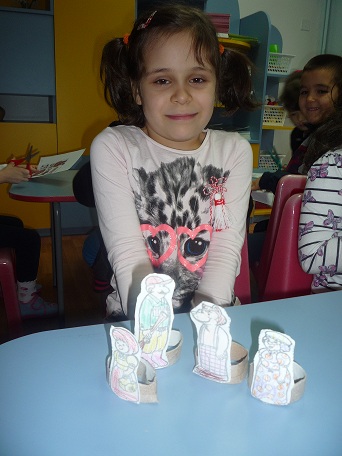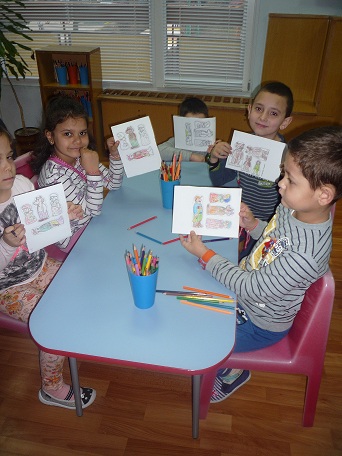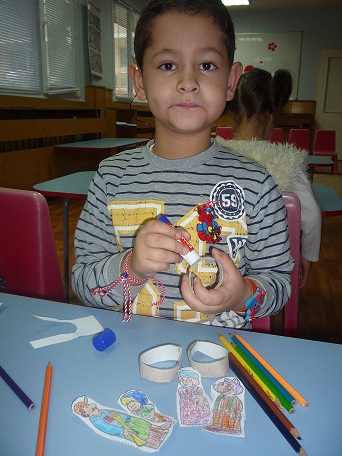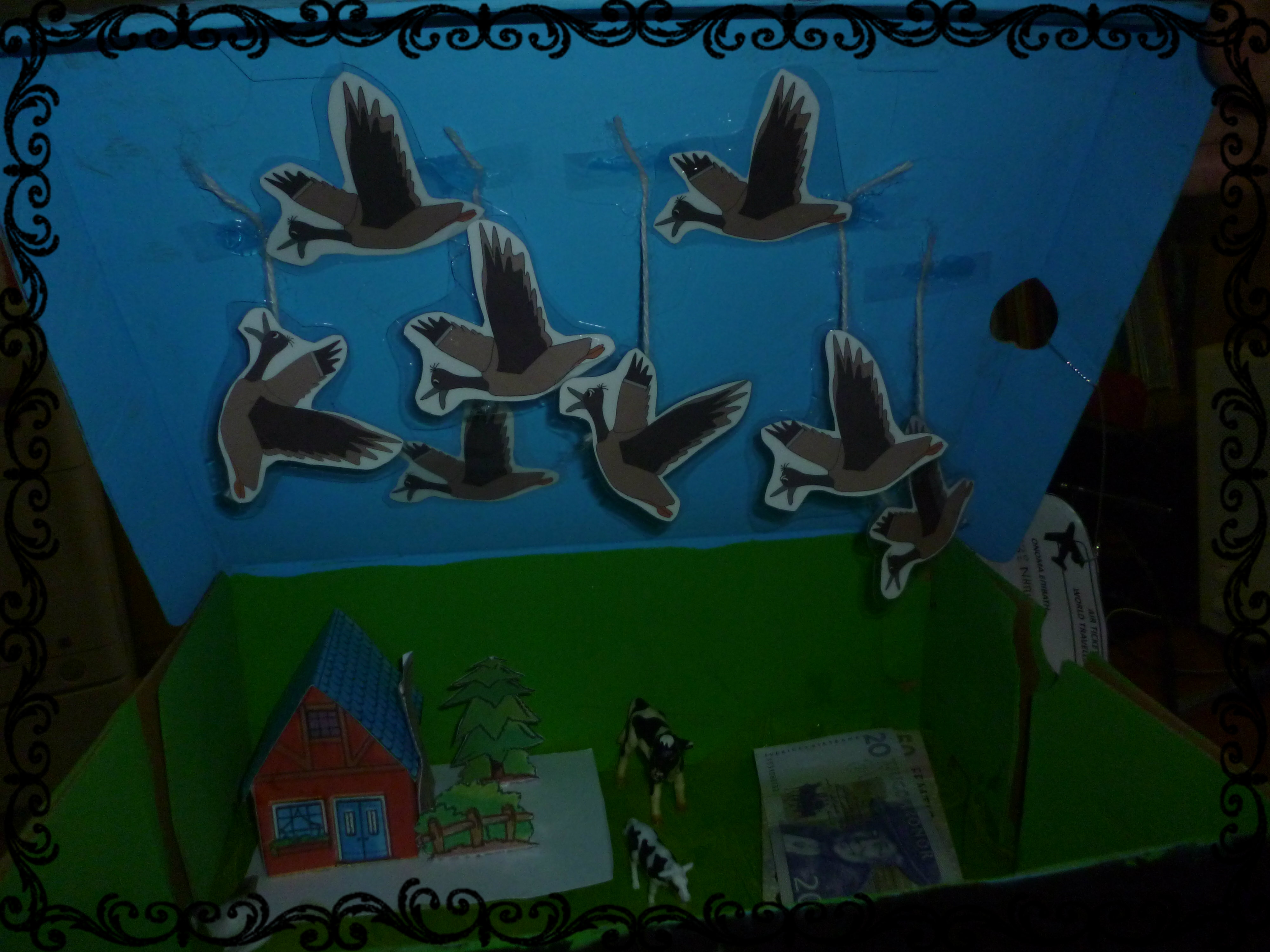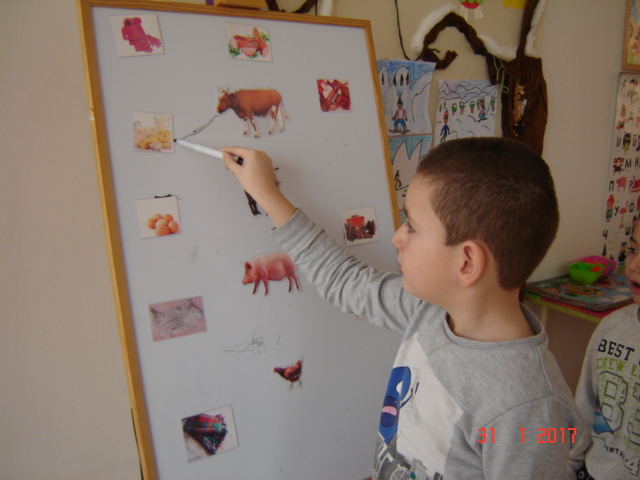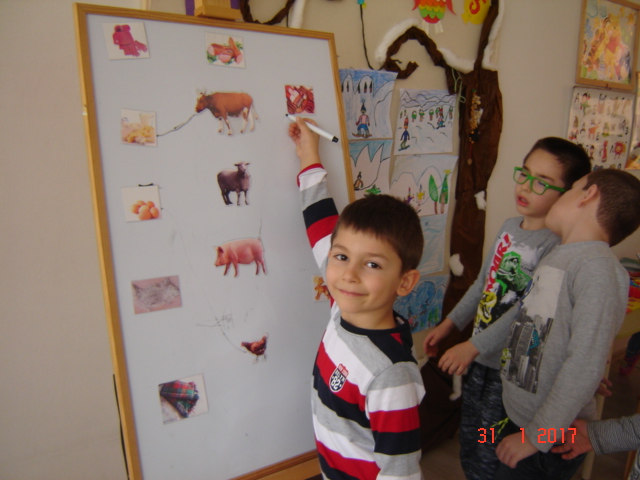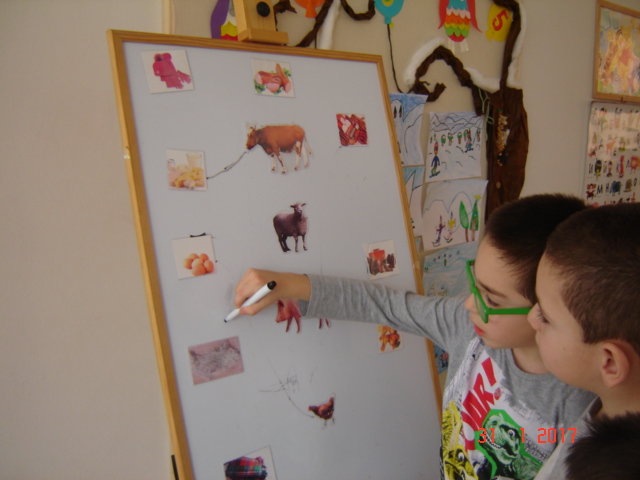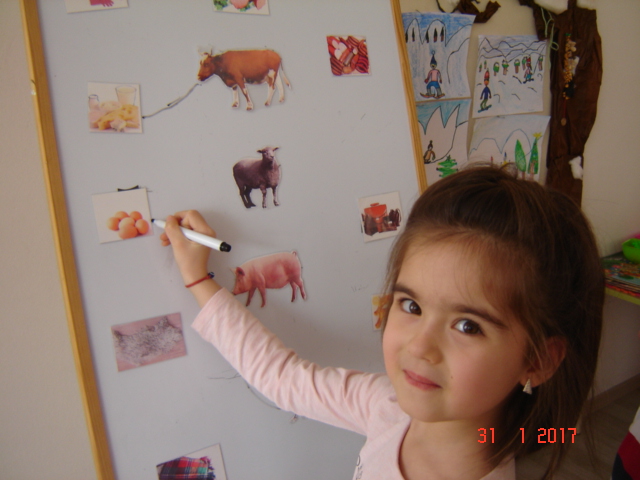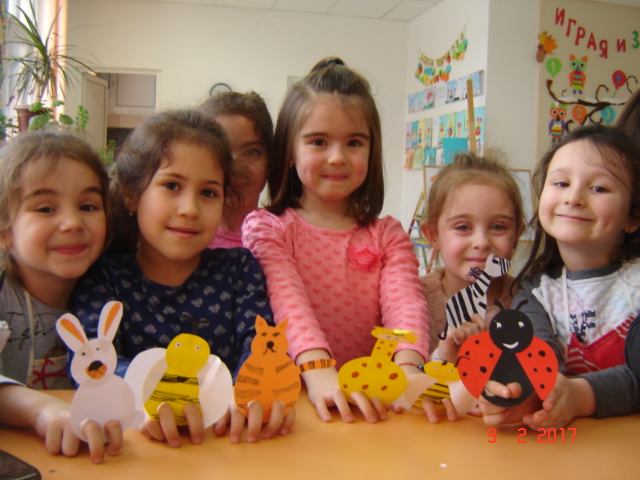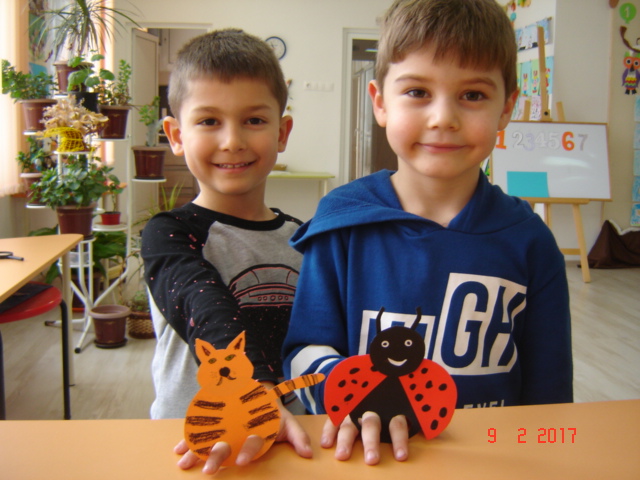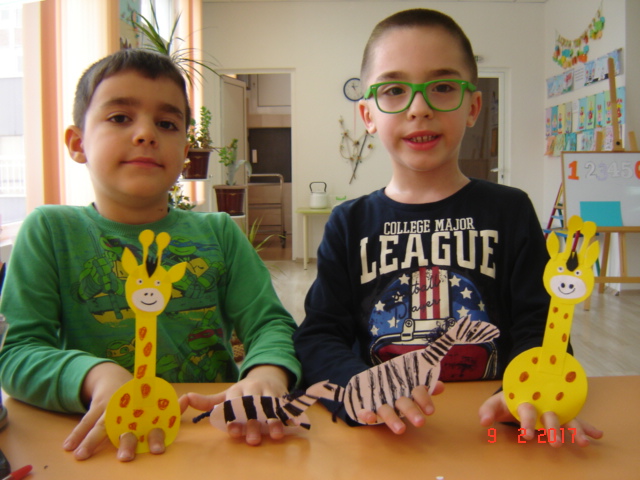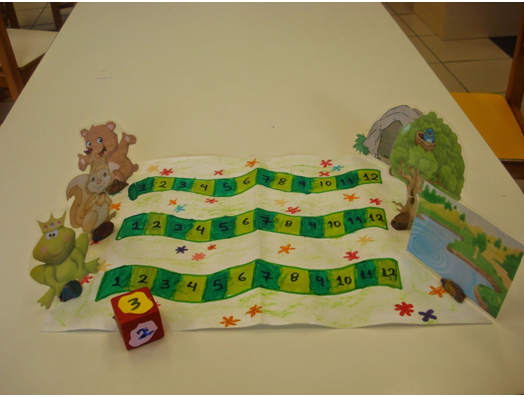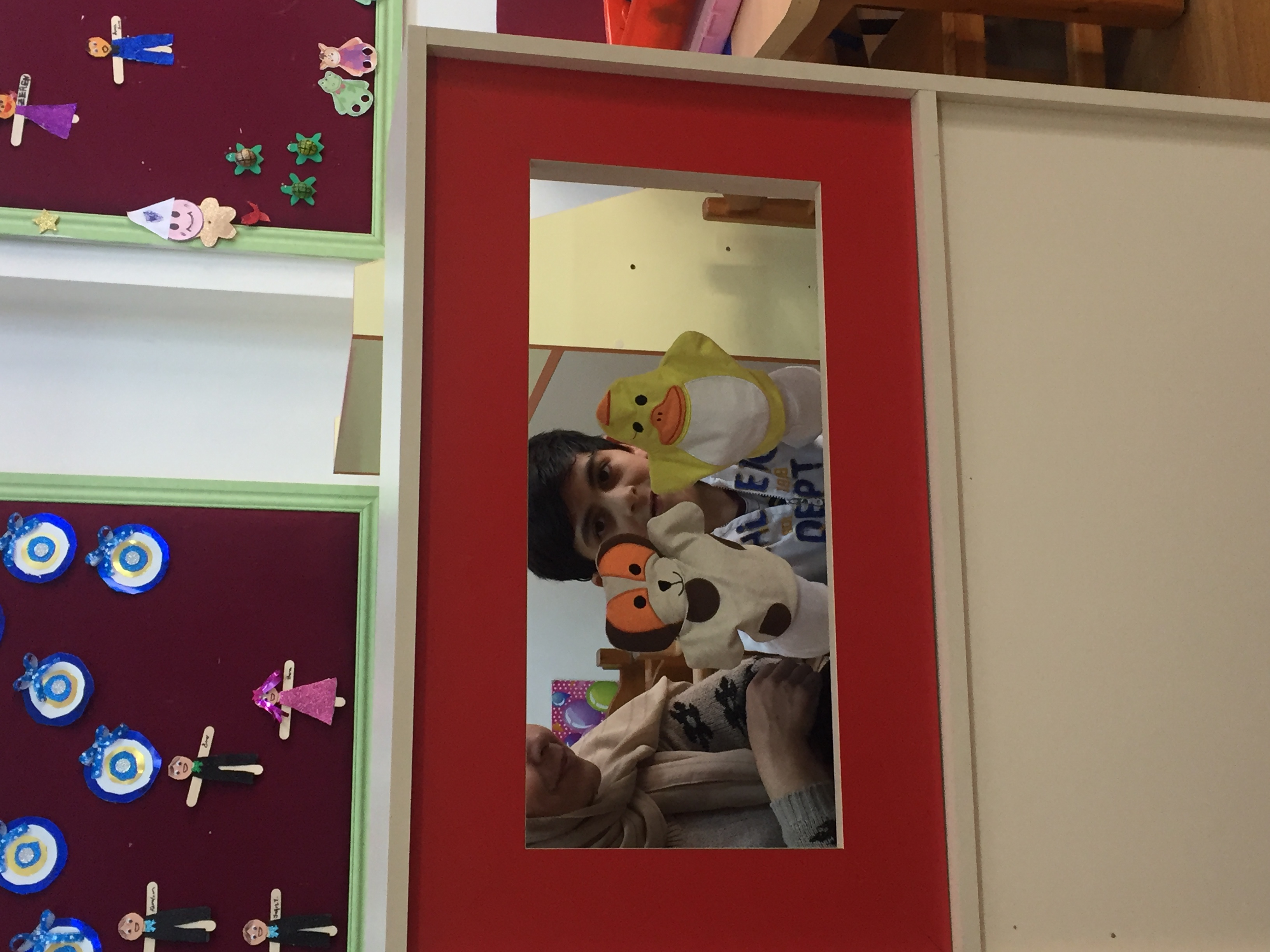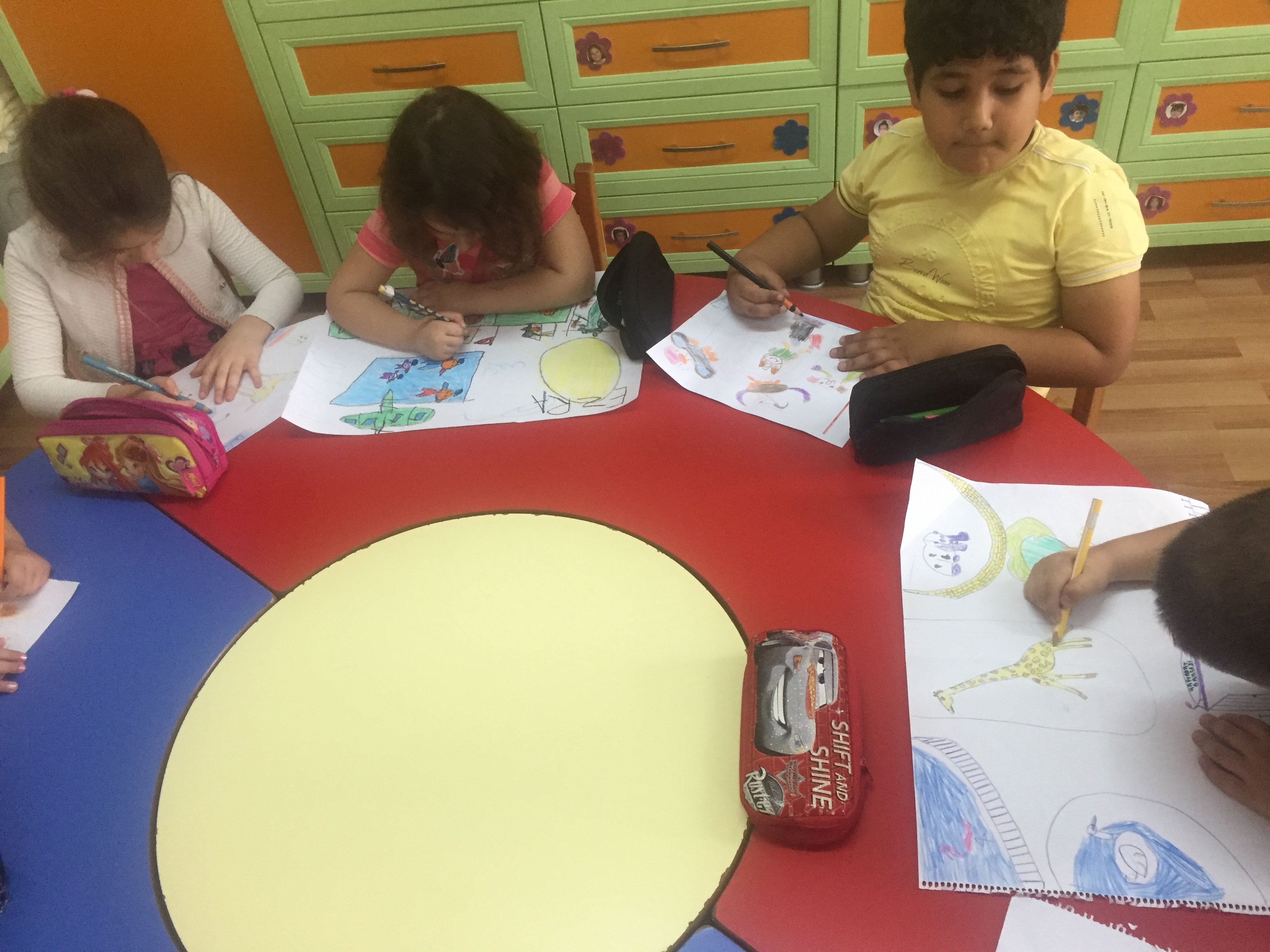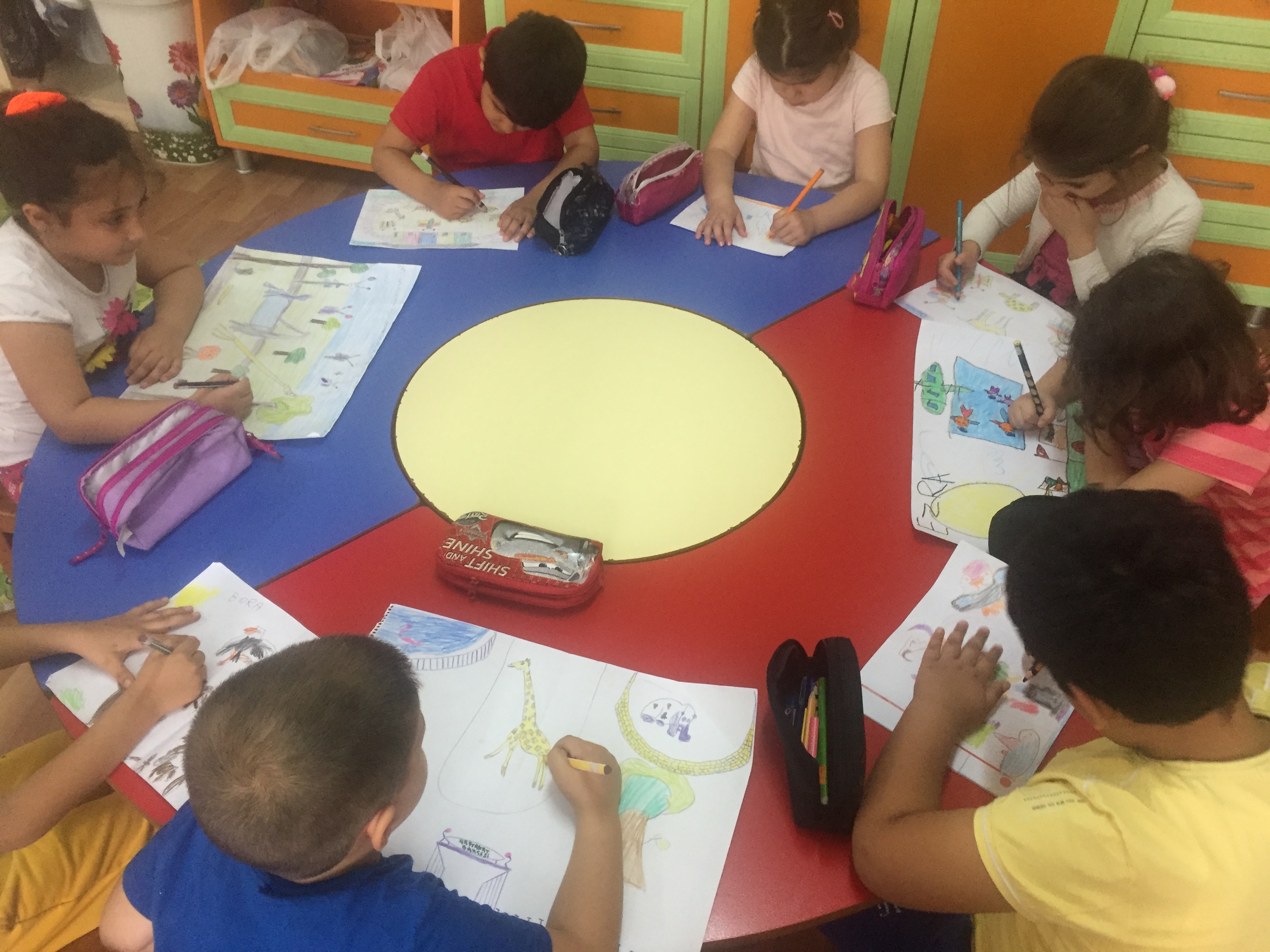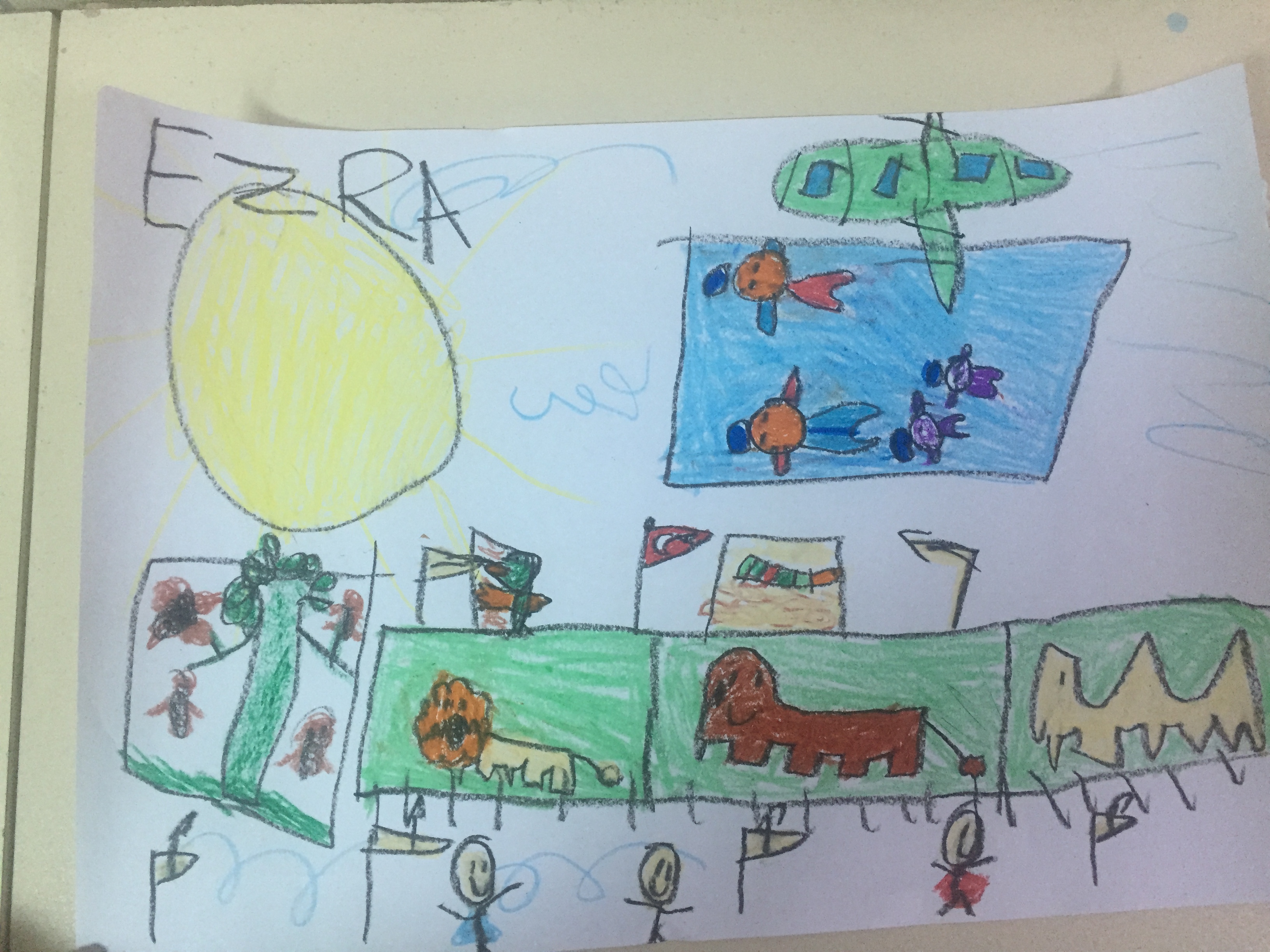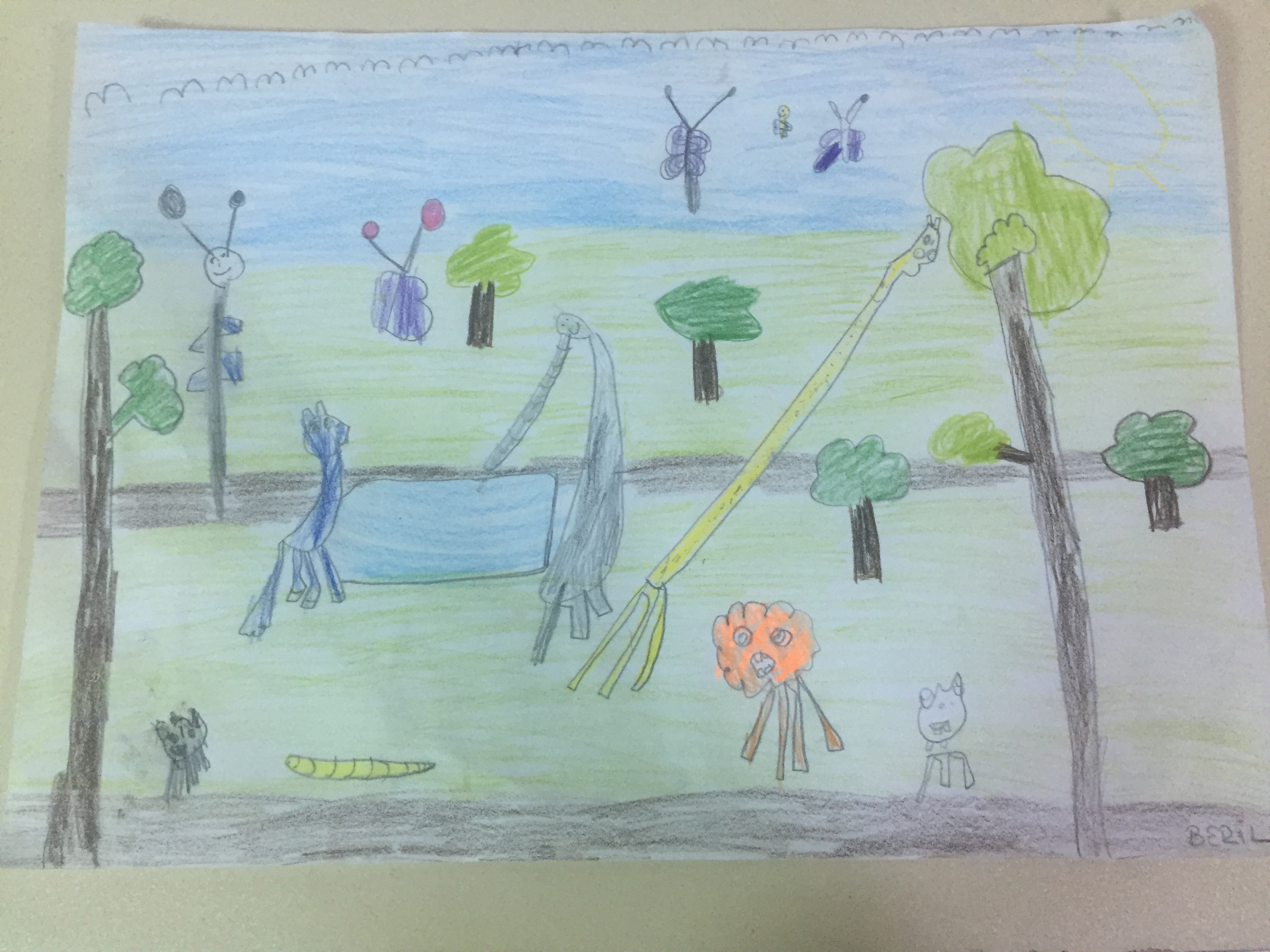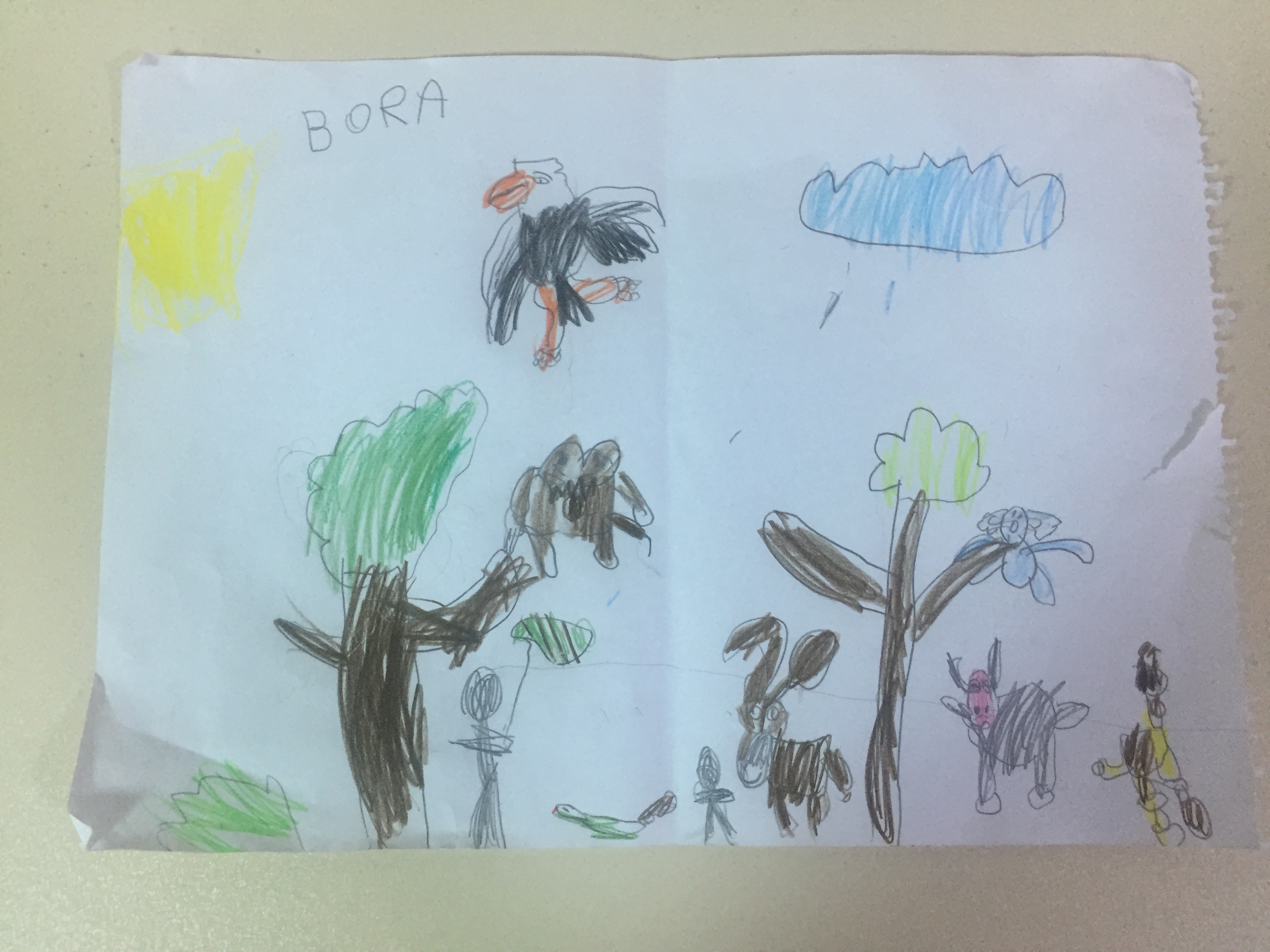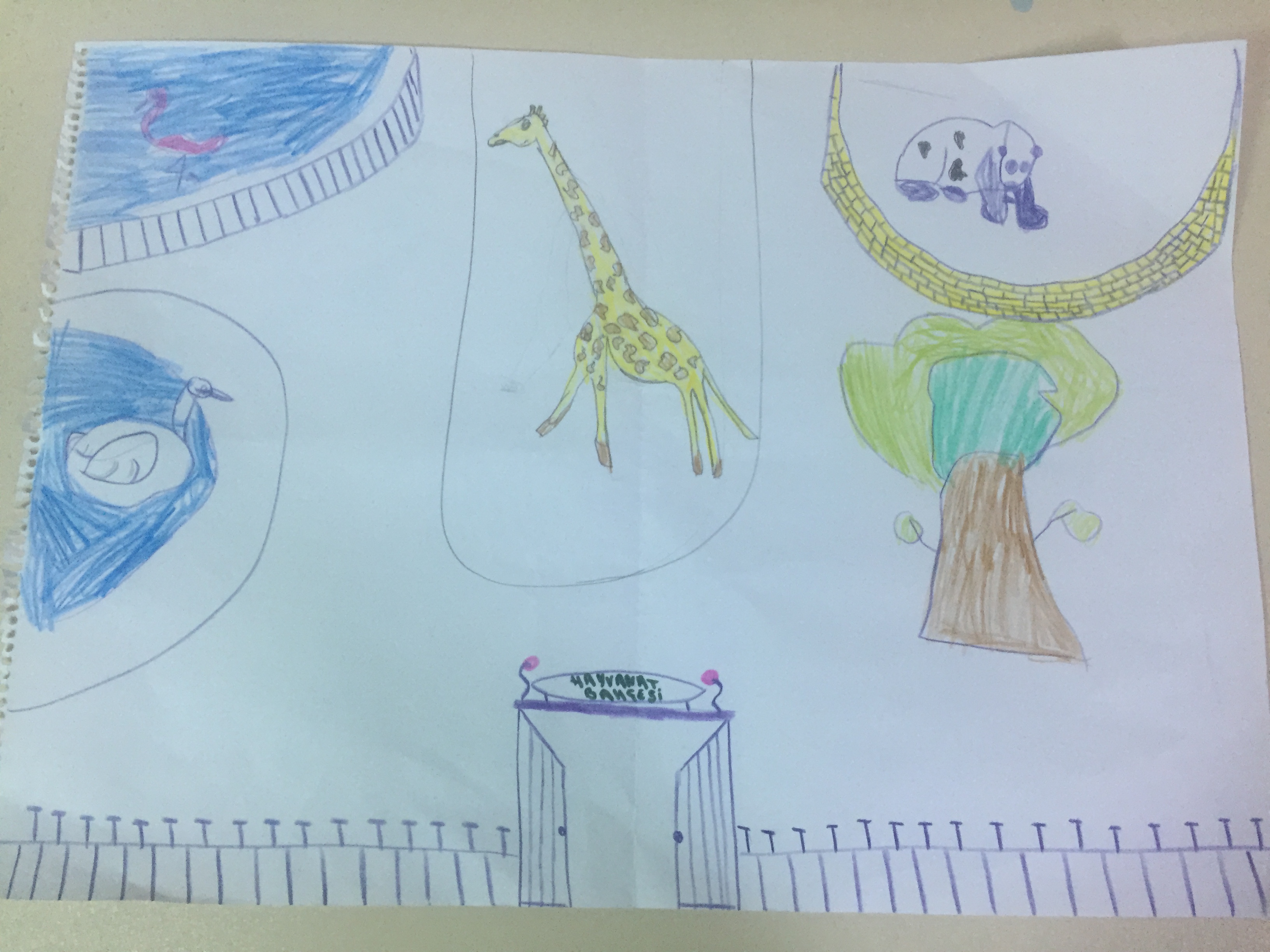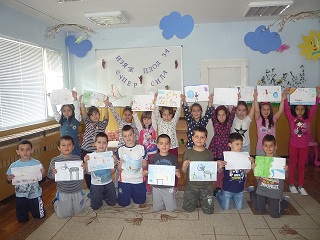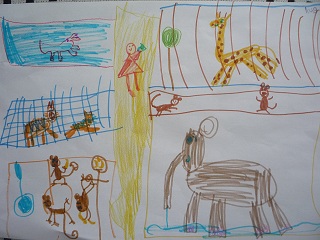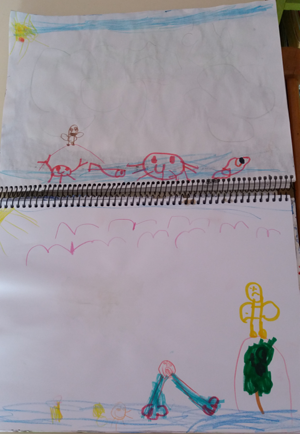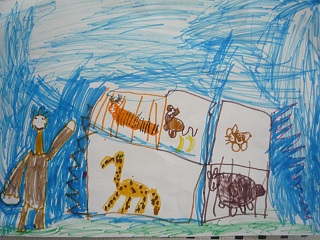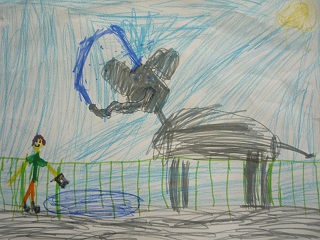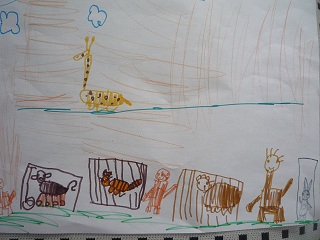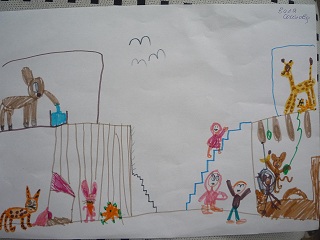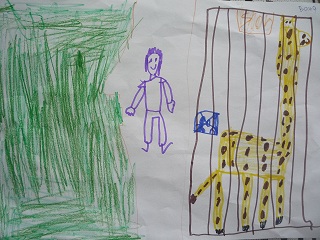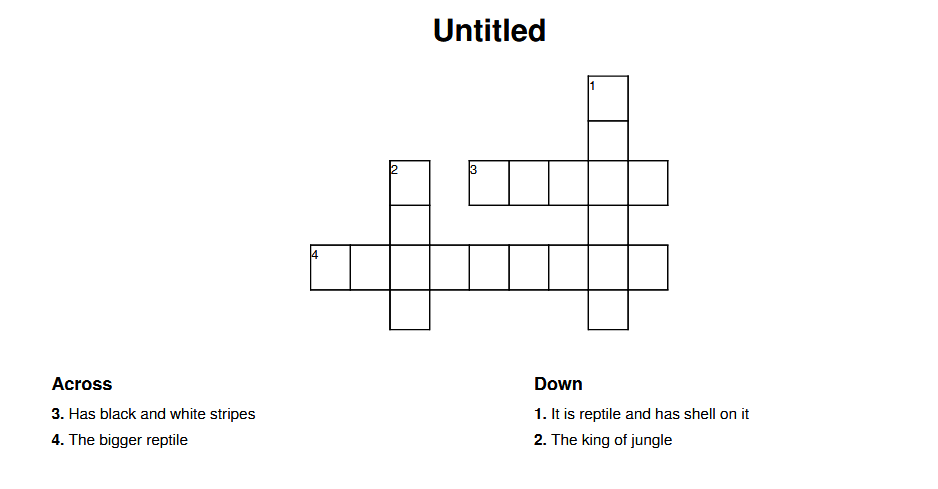Σχετικά με το έργο
To change attitudes and behavior of children to respect and understand the behavior and the world of animals, protect them and defend their rights. Known fact that animal protection in early childhood creates socially responsible citizens and members of a healthy society. Through interactive activities children are encouraged to express their opinions and offer solutions to tackle the problems of wildlife.
ΣΤΌΧΟΙ
1. To acquire knowledge about animals; classification of the animal species; their habitat; distribution.
2. To acquire skills to recognize certain signs animals;
3. To take care of the animals;
4.Give acquire habits to protect the environment in order to preserve the species.
5. To feel sympathy and compassion for living organisms whose existence is threatened by the disturbed ecological balance.
6. To reflect on the role of humans in the future of planet Earth
7. Integrating knowledge from various scientific fields.
8. Integration of technology in learning.
9. Build skills for teamwork, for dialogue and discussion of opinions and suggestions.
10.Identify animals that live in four different environments
ΔΙΑΔΙΚΑΣΊΑ ΤΗΣ ΕΡΓΑΣΊΑΣ
1. Creating a calendar for 2017 with animals
2. animal alphabet
3. Development of puzzles and games with animals
4. Compiling crosswords
5. Collection of riddles for animals
6. Drawings on the theme: Zoo of my dreams
7. Create a book “Meeting the animals”
ΑΝΑΜΕΝΌΜΕΝΑ ΑΠΟΤΕΛΈΣΜΑΤΑ
1. To update and enrich children’s knowledge of wildlife.Talk about different natural environments with the class
2. To rationalize, legitimate links between animate and inanimate nature:
3. To arouse in children an awareness of emotions as care, compassion, commitment to animals
4. To provoke reflection among children about the human work and dedication to nature and the surrounding reality.
5.Participate in physical exercises.
Discover that exercise is an important way to stay healthy.
WORK PROCESS
-
1. Creating a calendar for 2017 with animals – 23.01 – 10.02.2017
Each school will make a calendar.
To finish each school roll and choose your month to work on.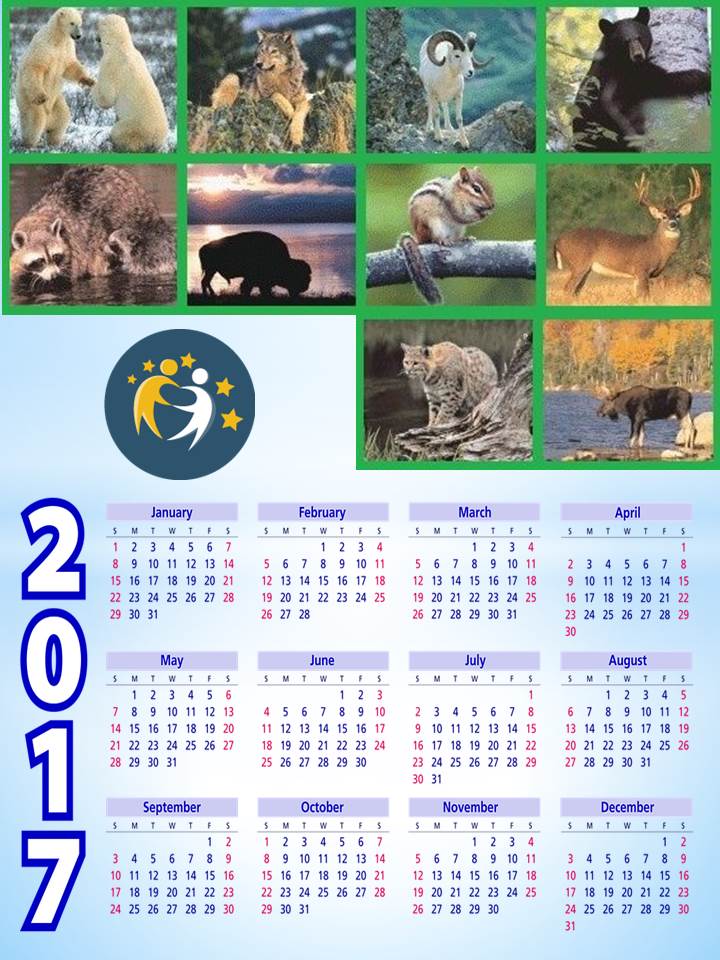
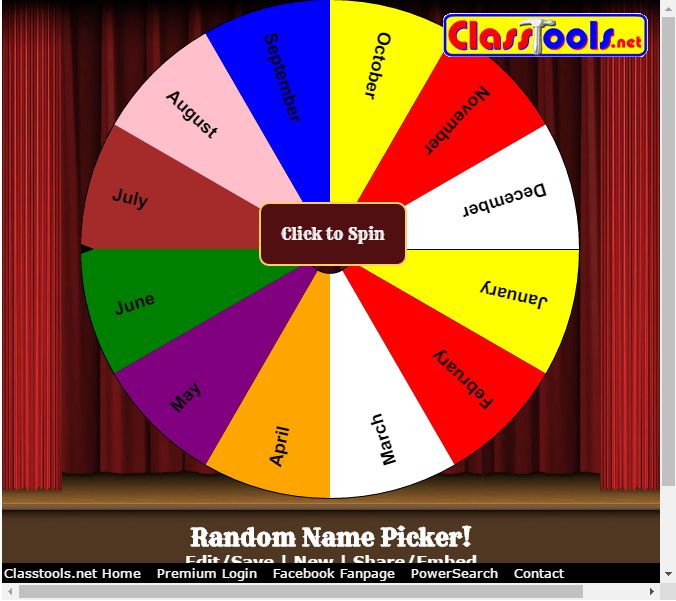
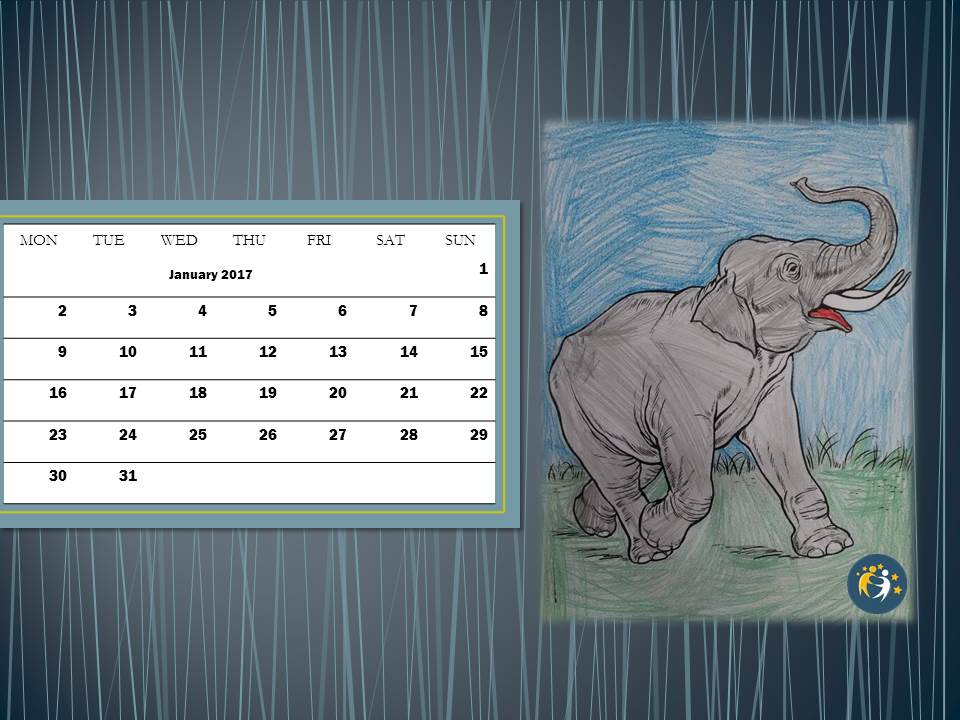
2. Animal alphabet – 13.02 – 03.03.2017
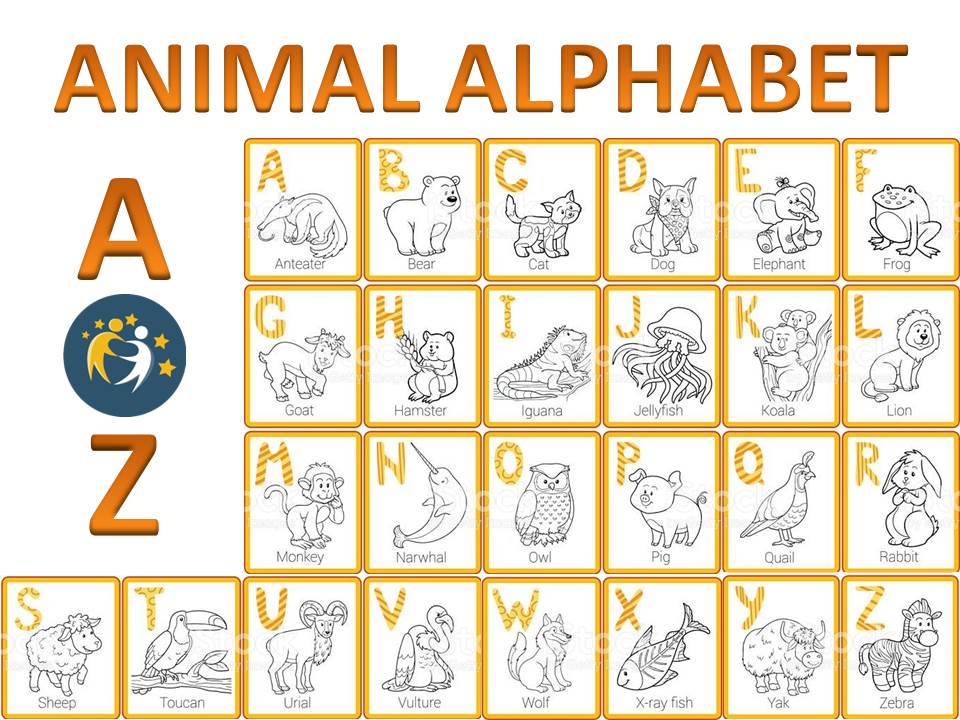
3. Development of puzzles and games with animals- 06.03 – 24.03.2017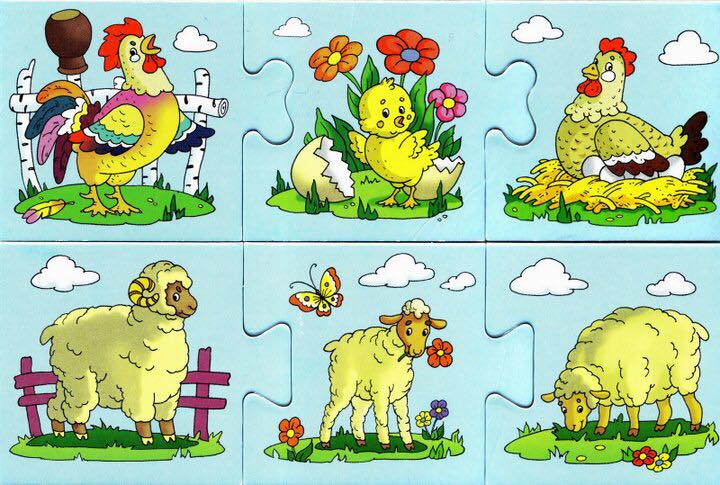
4. Compiling crosswords – 27.03 – 14.04.2017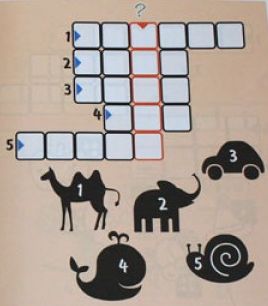
5. Collection of riddles for animals – 17.04 – 28.04.2017He is running fast in the field, it loved cabbage and carrots.
/ rabbit /
6. Drawings on the theme: Zoo of my dreams – 01.05 – 05.05.2017
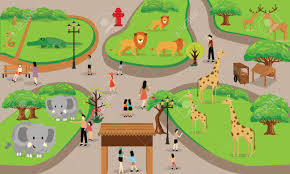
7. Create a book “Meeting the animals” – 08.05 – 19.05.2017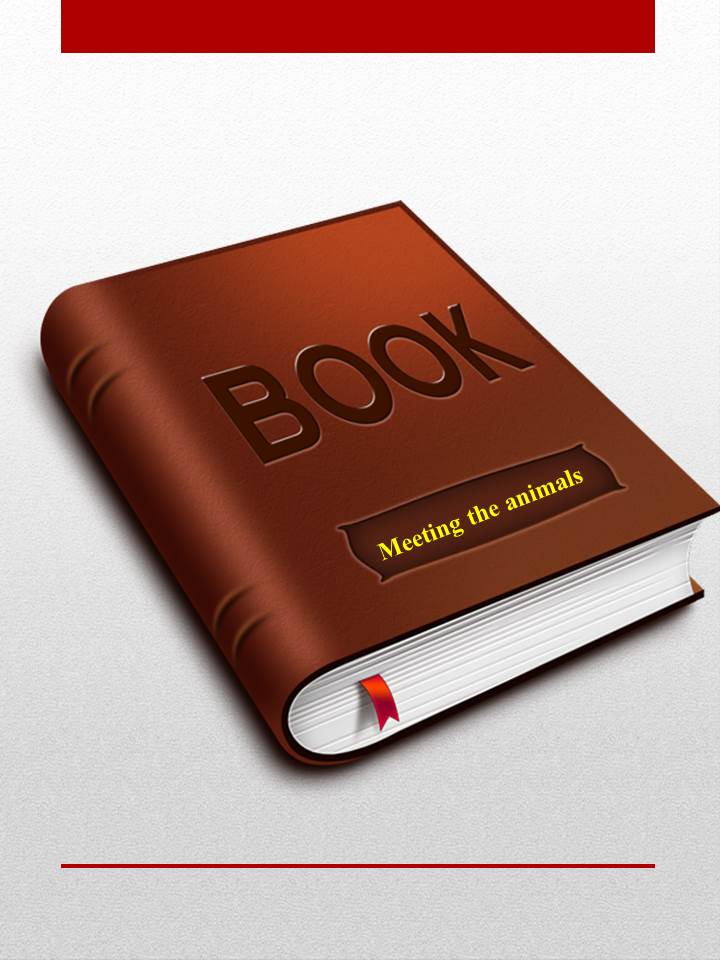
LOGO time!
-
Each school had to create logos and propose only one. Then the students had to vote for the most interesting logo.
The date line can be until Monday 20th March and vote until 21th-31th March.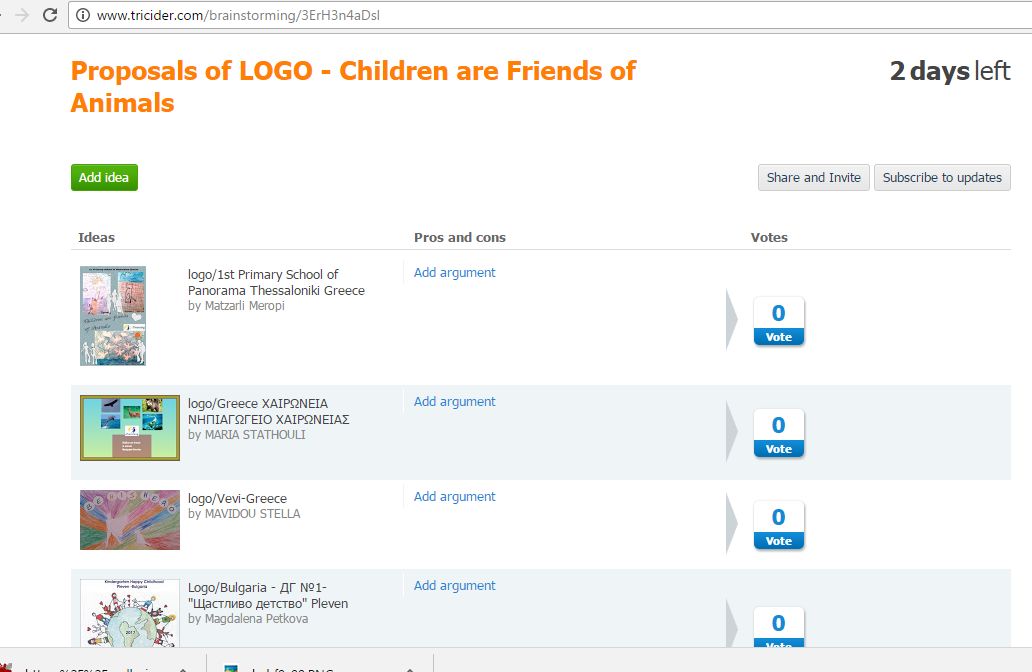
http://www.tricider.com/admin/3ErH3n4aDsl/6qCNo0GrVXx
Rules of voting.
1. 3 votes will be used
2. You can use for your logo just one of them.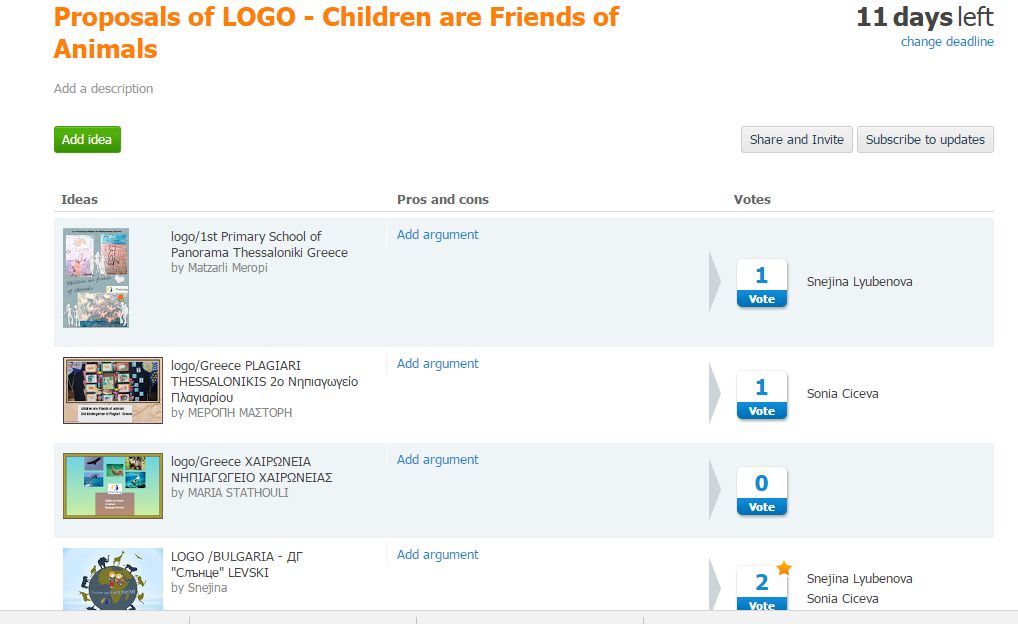
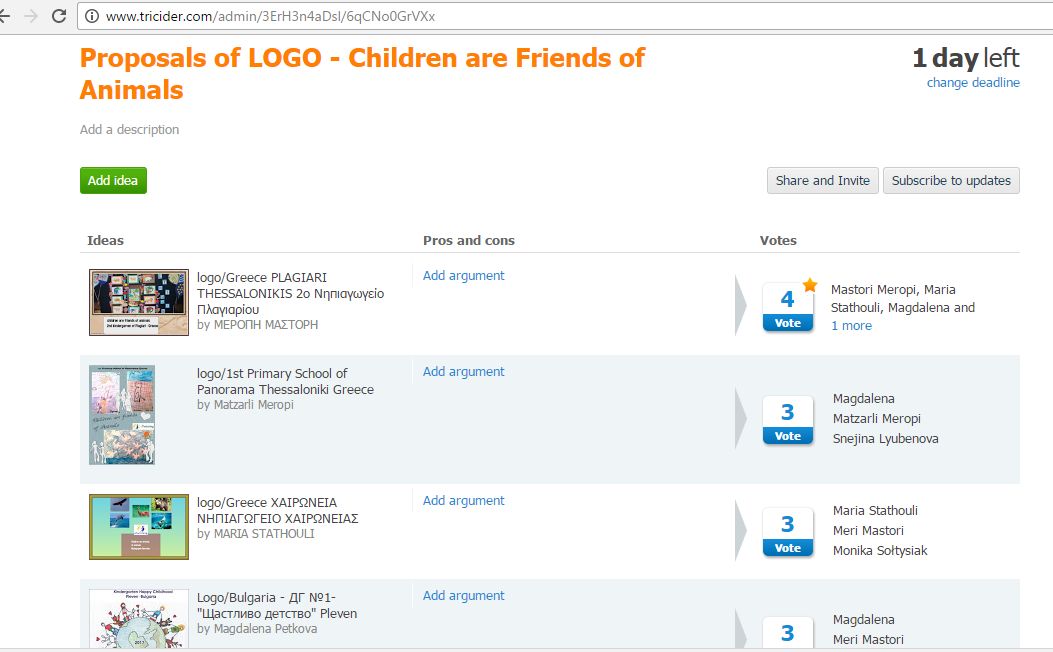
Dear partners, we have the results of the logo’s voting (http://www.tricider.com/admin/3ErH3n4aDsl/6qCNo0GrVXx). And the winner is…???
Congratulations to 2ο Νηπιαγωγείο Πλαγιαρίου of Greece. It was a really special logo. It can really represent our project !!!!! We congratulate all the teams for the unique logos!
Congratulations, Greece friends! You made a wonderful logo!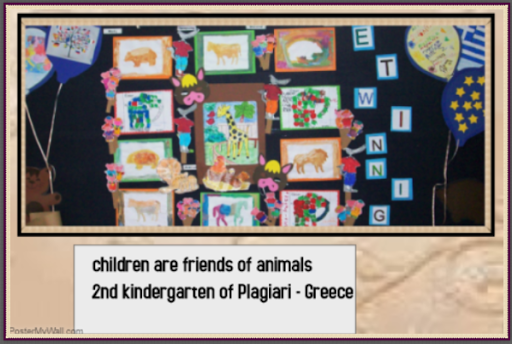
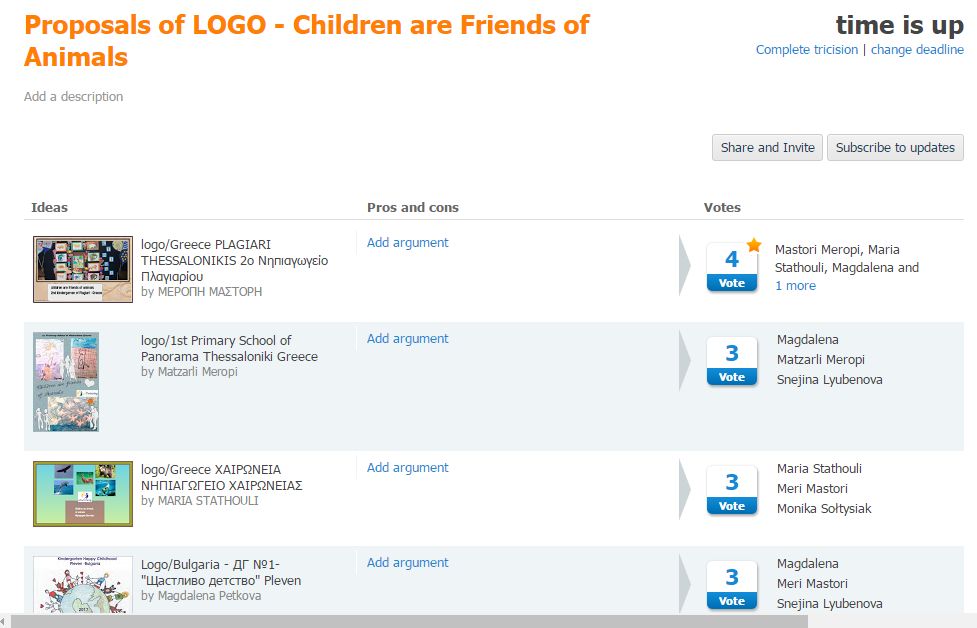
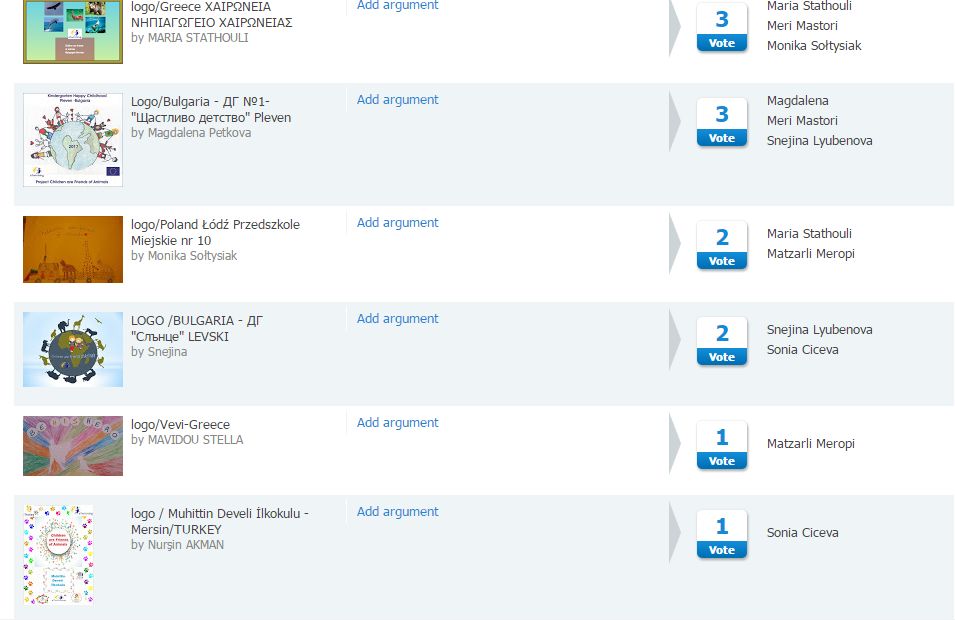
Collaborative discussions
-
2nd kindergarten of Plagiari- 1st Primary of Panorama
https://live.etwinning.net/events/event/29121
2nd kindergarten of Plagiari- 1st Primary of Panorama
https://live.etwinning.net/events/event/28576
Nipiagogeio Heronias- Nipiagogeio Plagiari
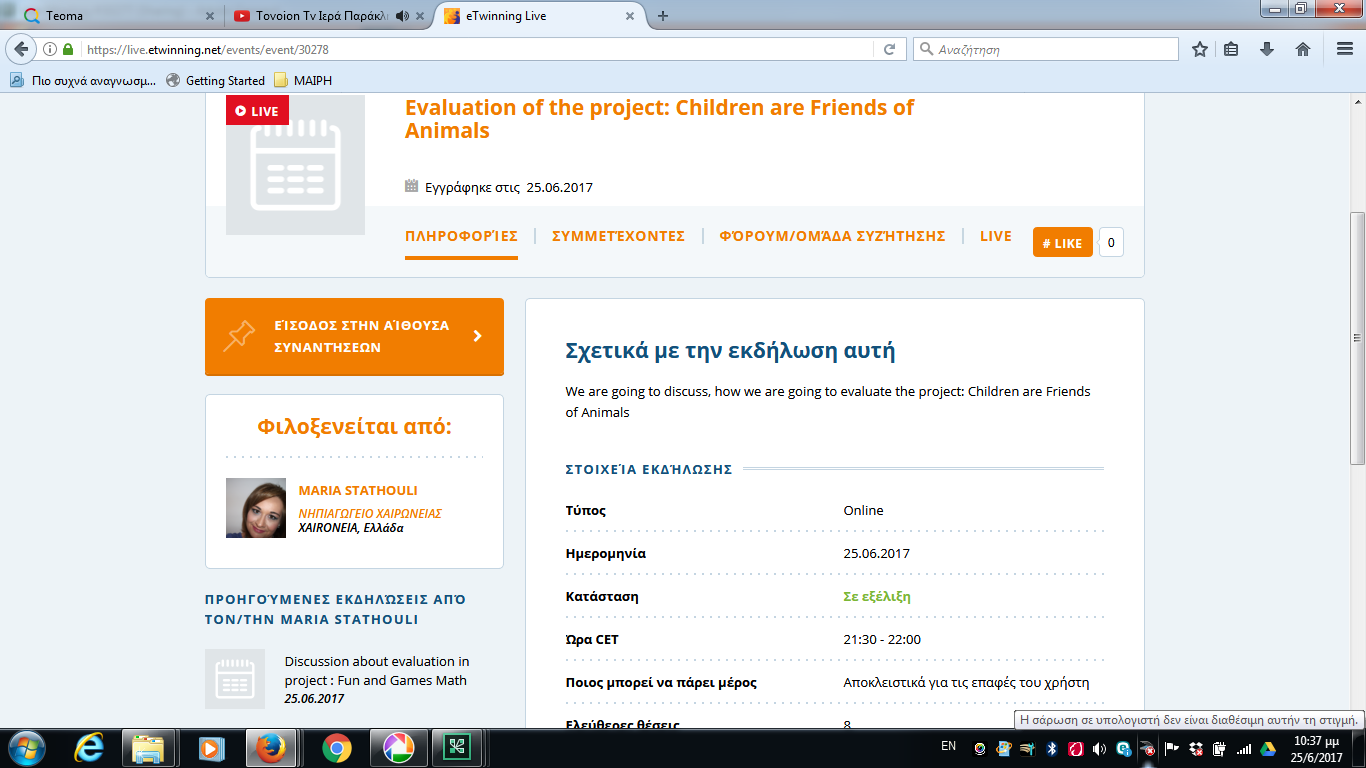
2nd kindergarten of Plagiari- 1st Primary of Panorama
https://live.etwinning.net/events/event/25231
https://live.etwinning.net/events/event/25181
1. about project
COLLABORATION DISCUSSION
22.01.2017
17:302.about project
about project
Present your School / City
-
Teachers Map
Introduce your self
https://padlet.com/snejinal/sb1mux5lr1pe
-
Introduce your self
https://padlet.com/snejinal/sb1mux5lr1pe
-
Students introduction
-
https://padlet.com/mmastori71/hcojakk5wy8o
https://answergarden.ch/501265
School addresses
https://padlet.com/snejinal/da9duggsluyj
Meeting with Teachers
-
Discuss the steps719:00
——————————————————————————–
about project
an other night meeting
30.01.2017
19:30———————————————————————————-
Upcoming live events
about project
discuss the steps
30.01.2017
14:30———————————————————————————–
about project
discussion
30.01.2017
15:30————————————————————————————-
Upcoming live events
about project
COLLABORATION DISCUSSION
22.01.2017
17:30—————————————————————————————-
Upcoming live events
about project
First meeting – organizing the project
21.01.2017
17:30 cet………………………………………………………………………………
Upcoming live events
about project
Ways of evaluating the project
25.06.2017
21:30 -22:00 cet
Activity Animal Village
-
Children love animals and animal crafts.Here you will find tons of animal crafts – both common and non.We’ve gathered together all the animal printables, animal crafts, animal jigsaws and other animal activities and resources we have at Activity Animal Village and organised them here into one place to make it easier to find what you are looking for.
1st Primary School of Komotini Greece
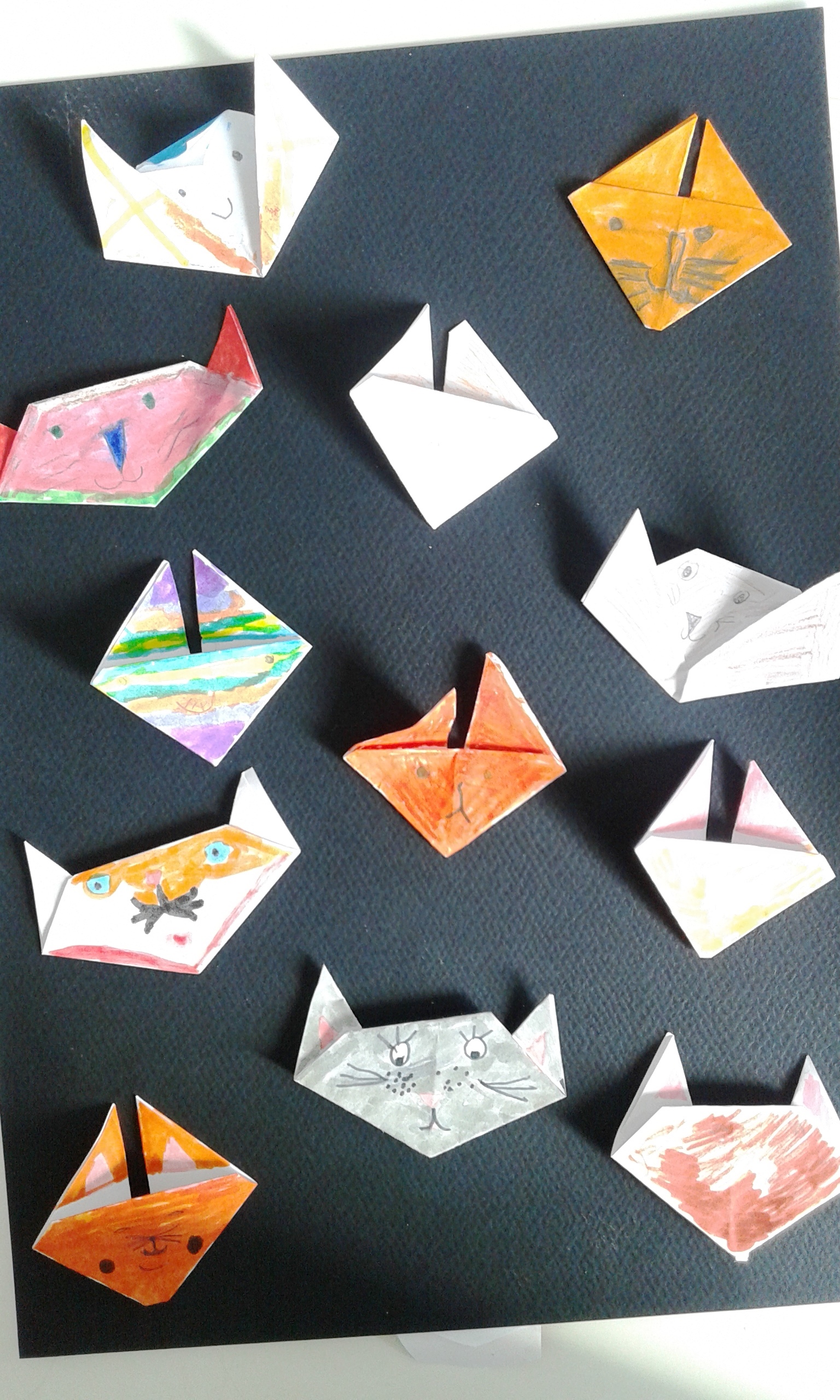
we had to learn the letter Β,β in the language subject. We ve made a frog and students wrote on its tounge words begining with β.
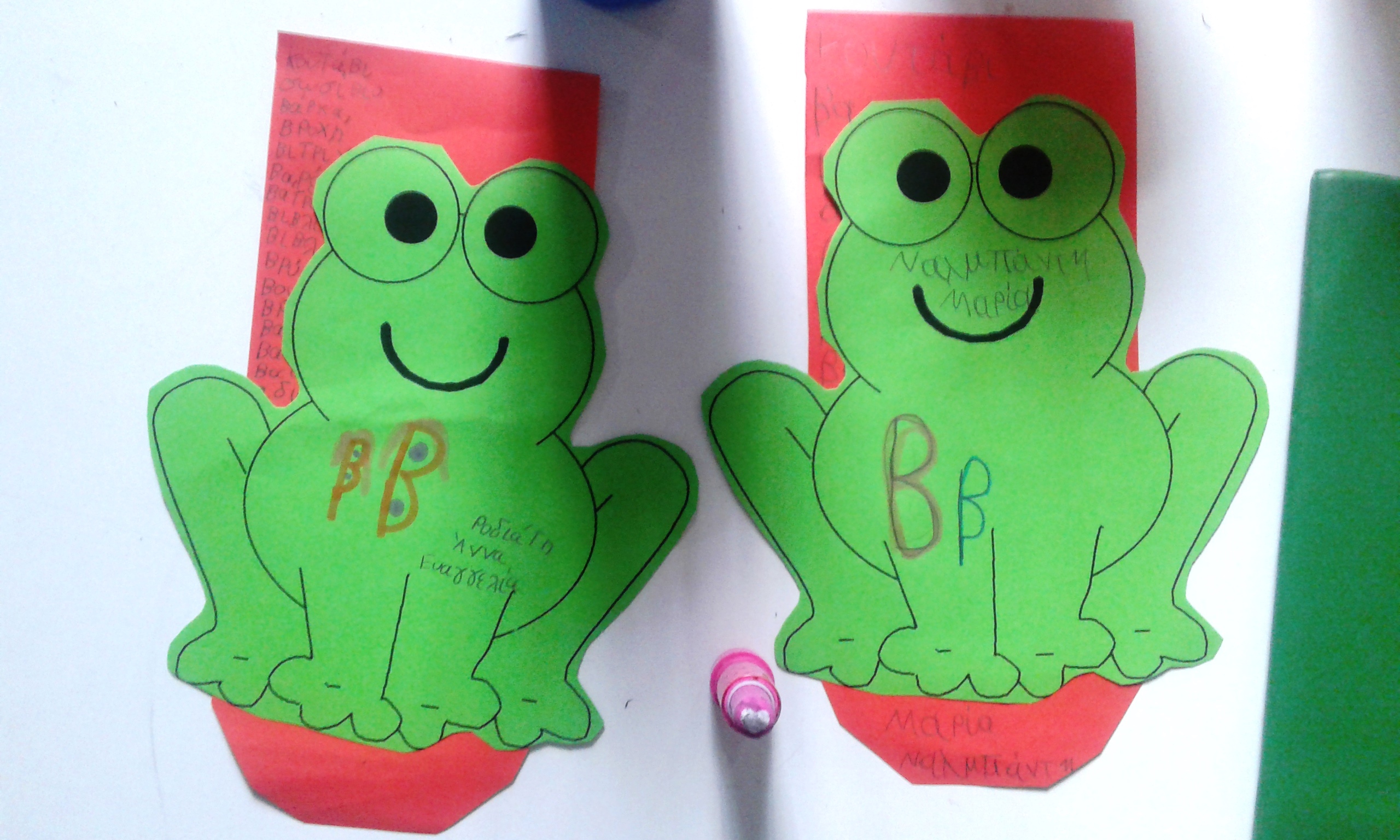
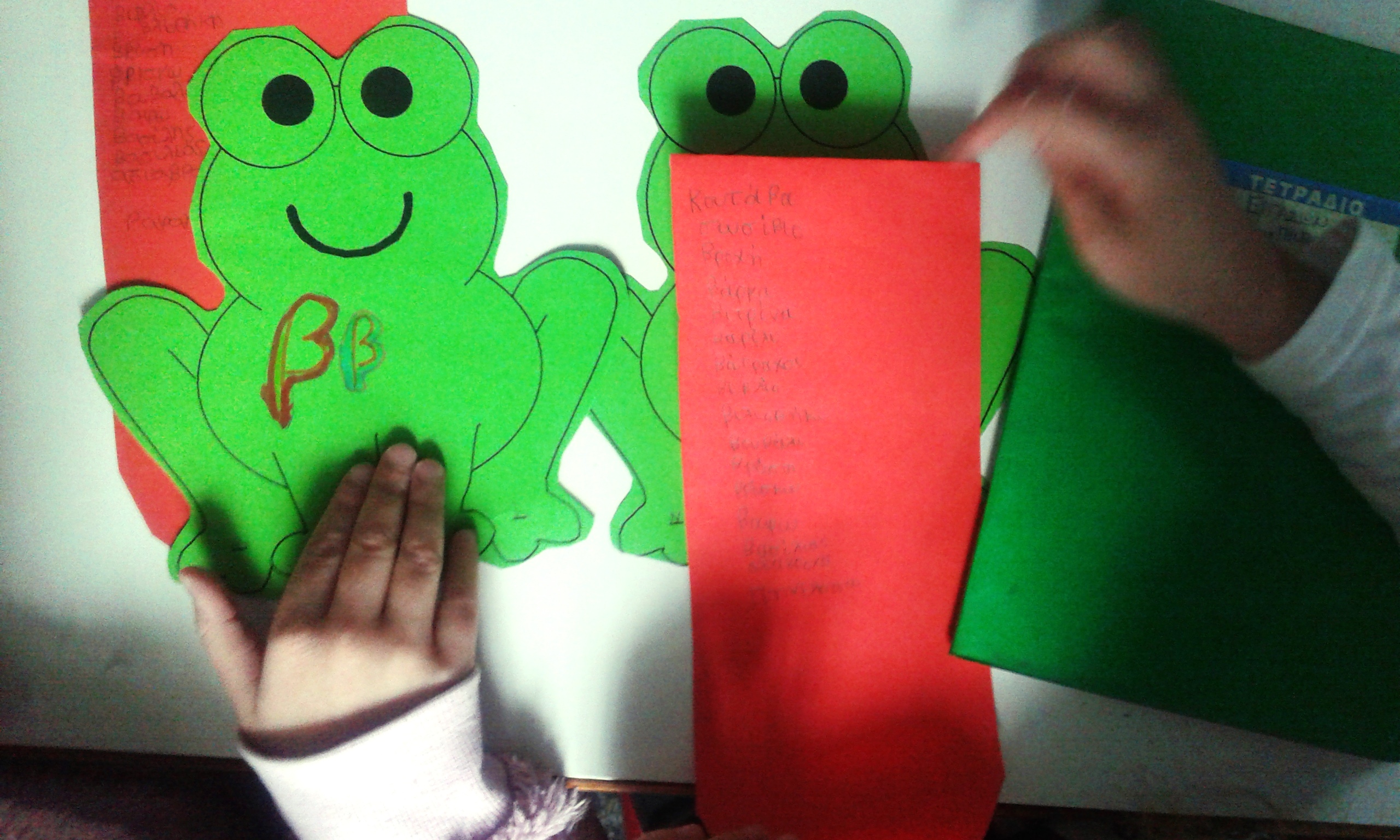
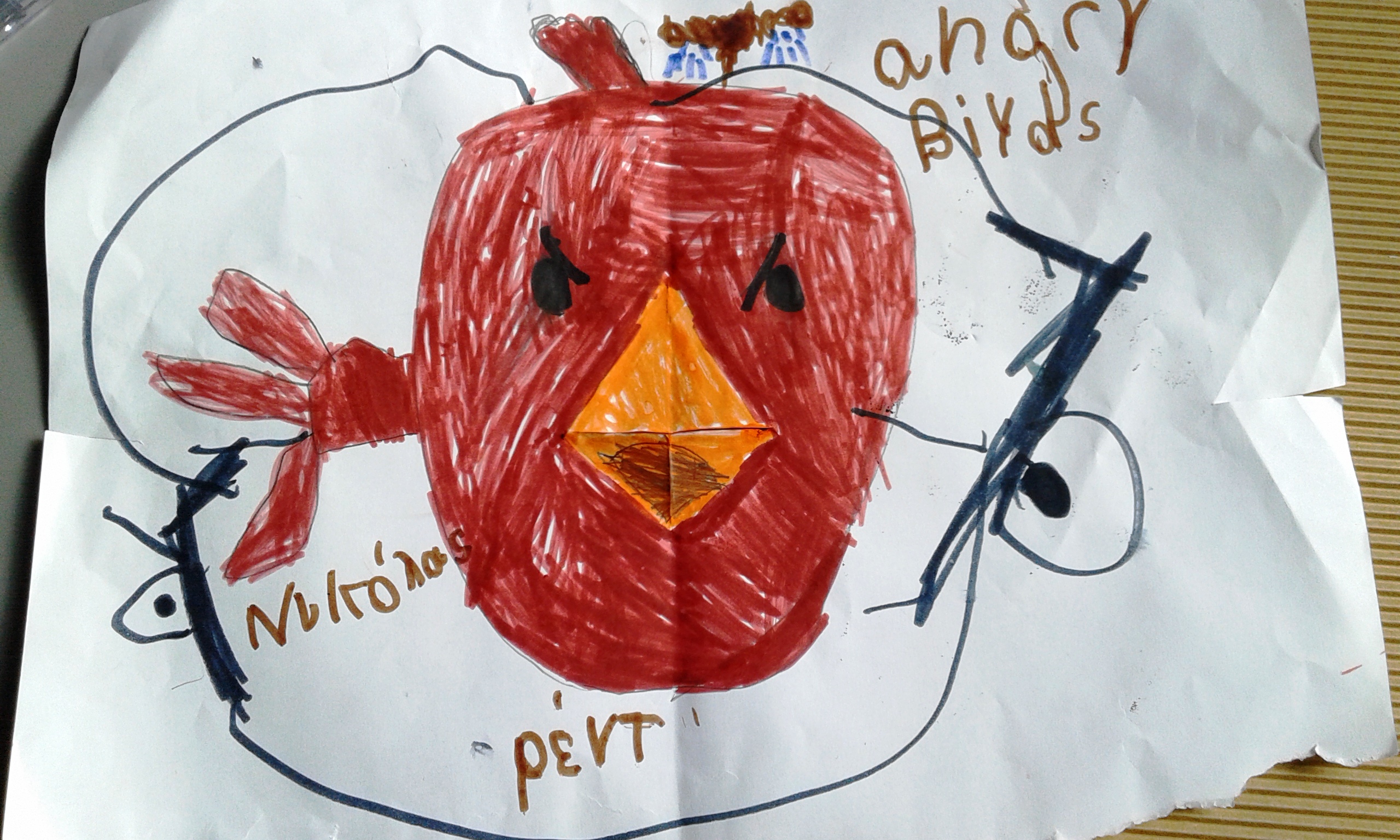
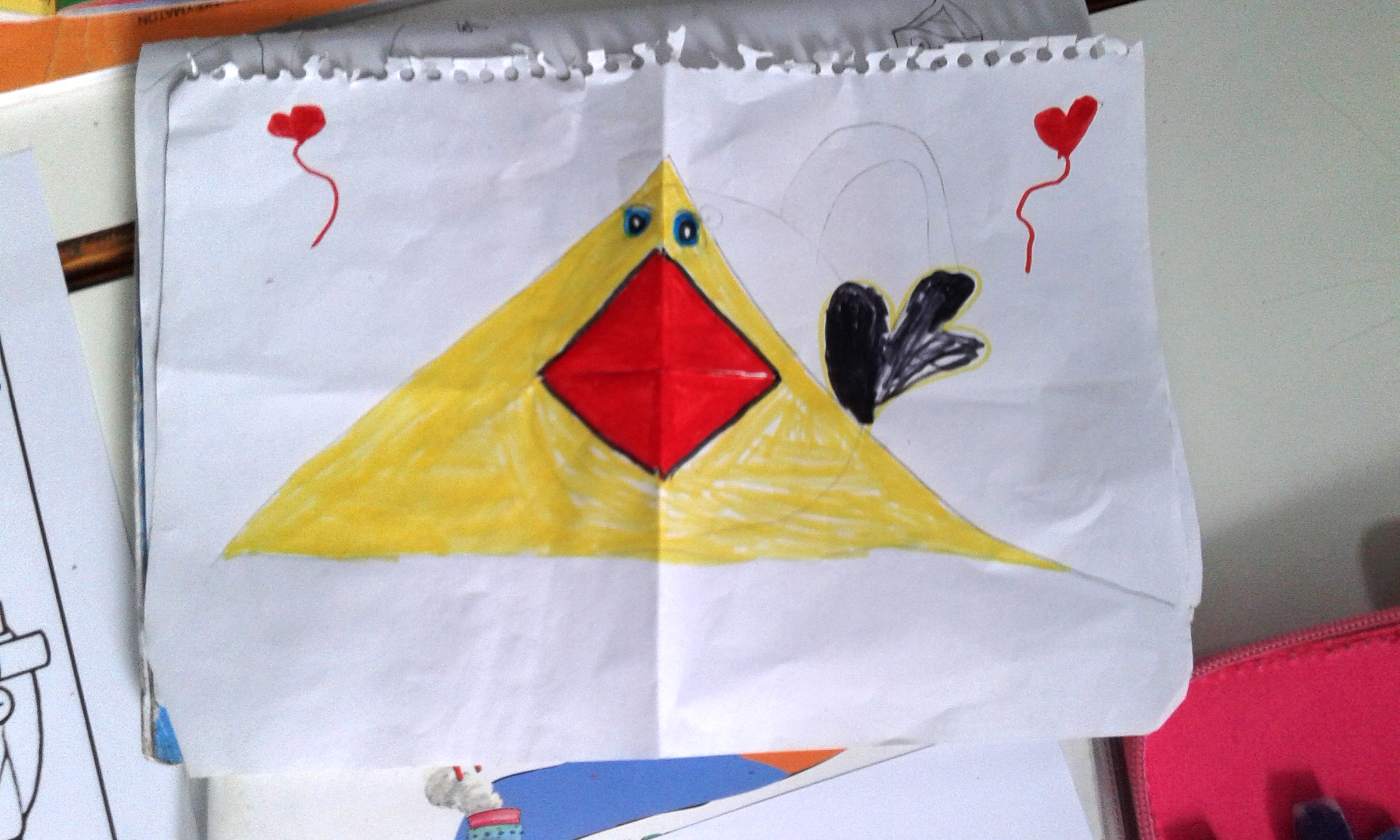
In language subject we had to learn the letter Δ,δ.The story was about a little dog who was alone in the dark. My students drew the dog which was afraid the strikes and the rain
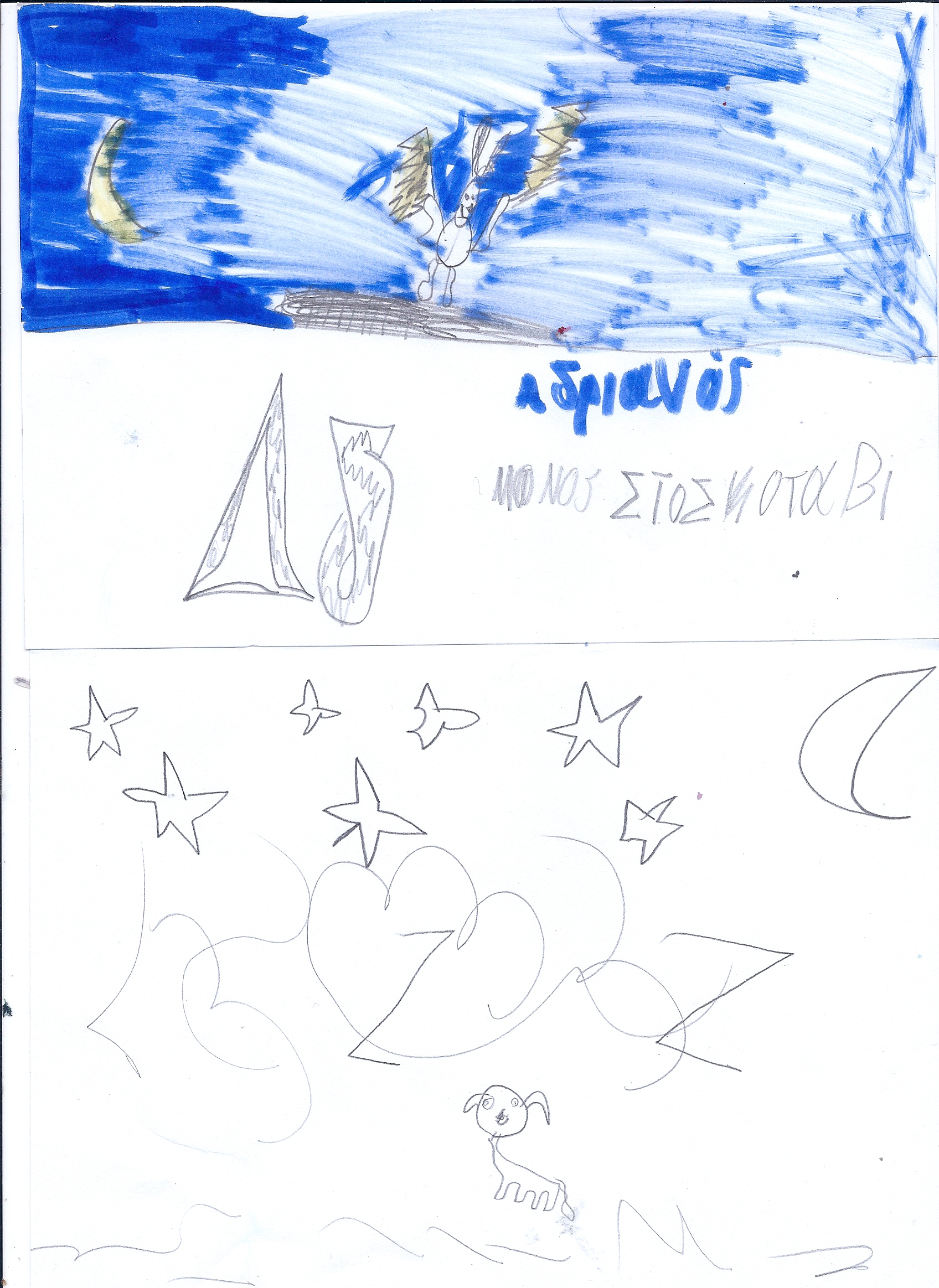
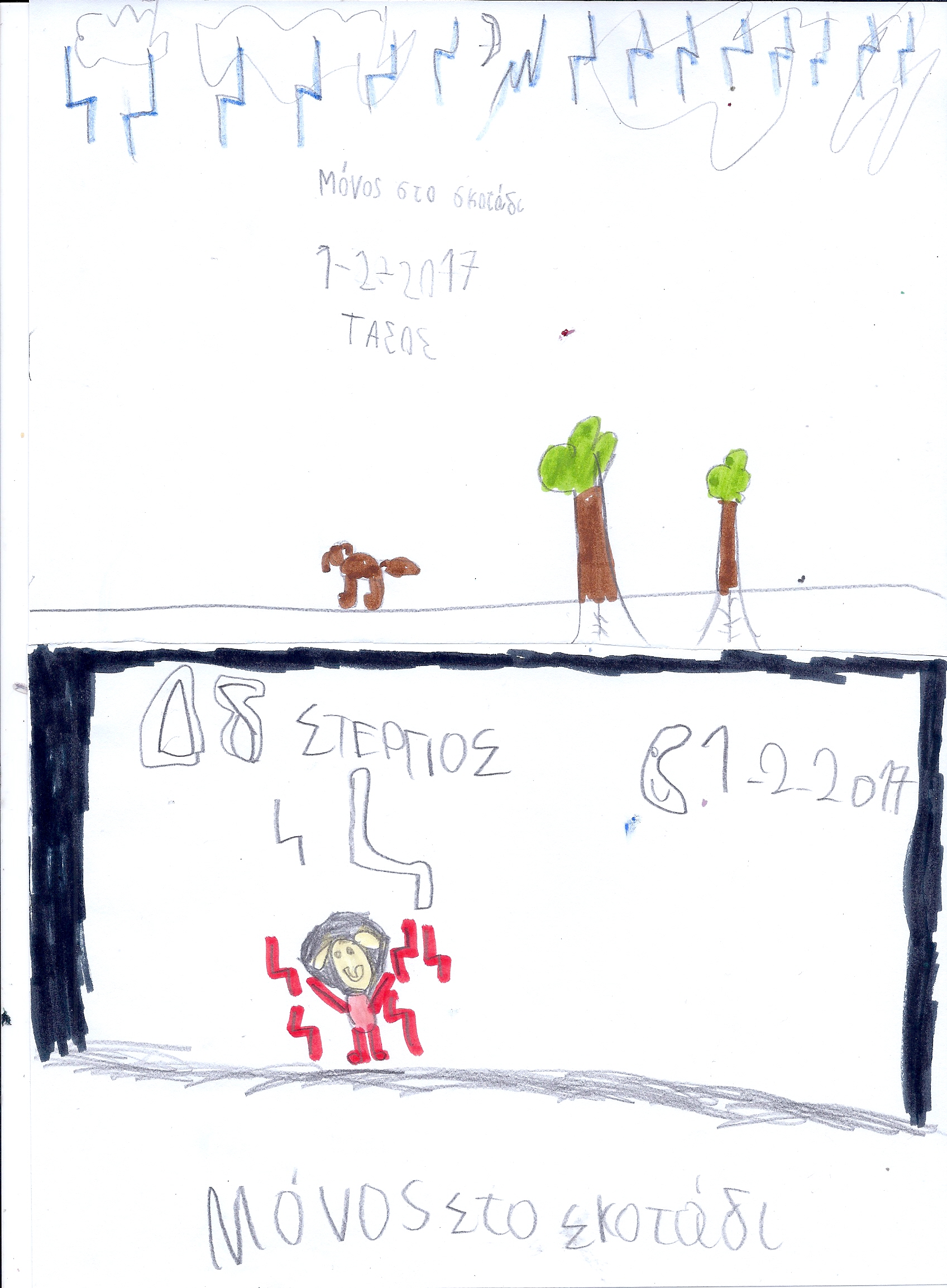
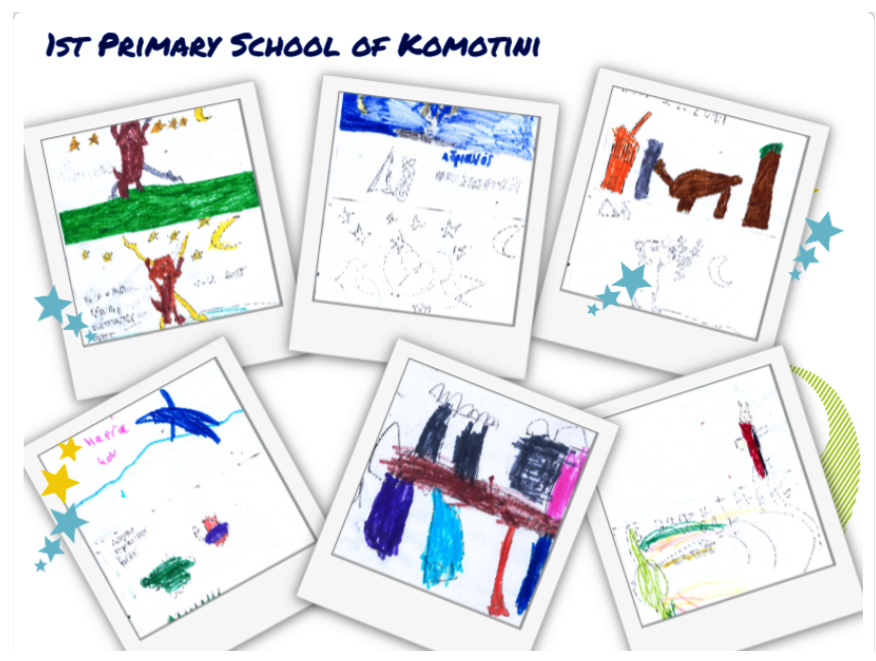
Elmer is part of a herd of elephants. Can you think of other collective nouns for different animals?
Maths
- Can you count the berries on the bush? Can you count the coloured patches on Elmer? Can you count how many elephants are in the herd? Can you count how many other animals are in the jungle?
- Look at the shapes and patterns on the decorated elephants. Do any of them have repeating patterns, symmetry, or tessellation?
-
Science
- Carry out some research to find out about different types of elephants. Could you present your findings to an audience (in the form of a presentation or written report)?
-
Art
- Decorate an elephant for Elmer Day using unusual shapes, patterns and colours?
- Look at different photos of elephants and try to draw your own?
- How many different colours can you think of? Explore mixing of colours to make new ones.
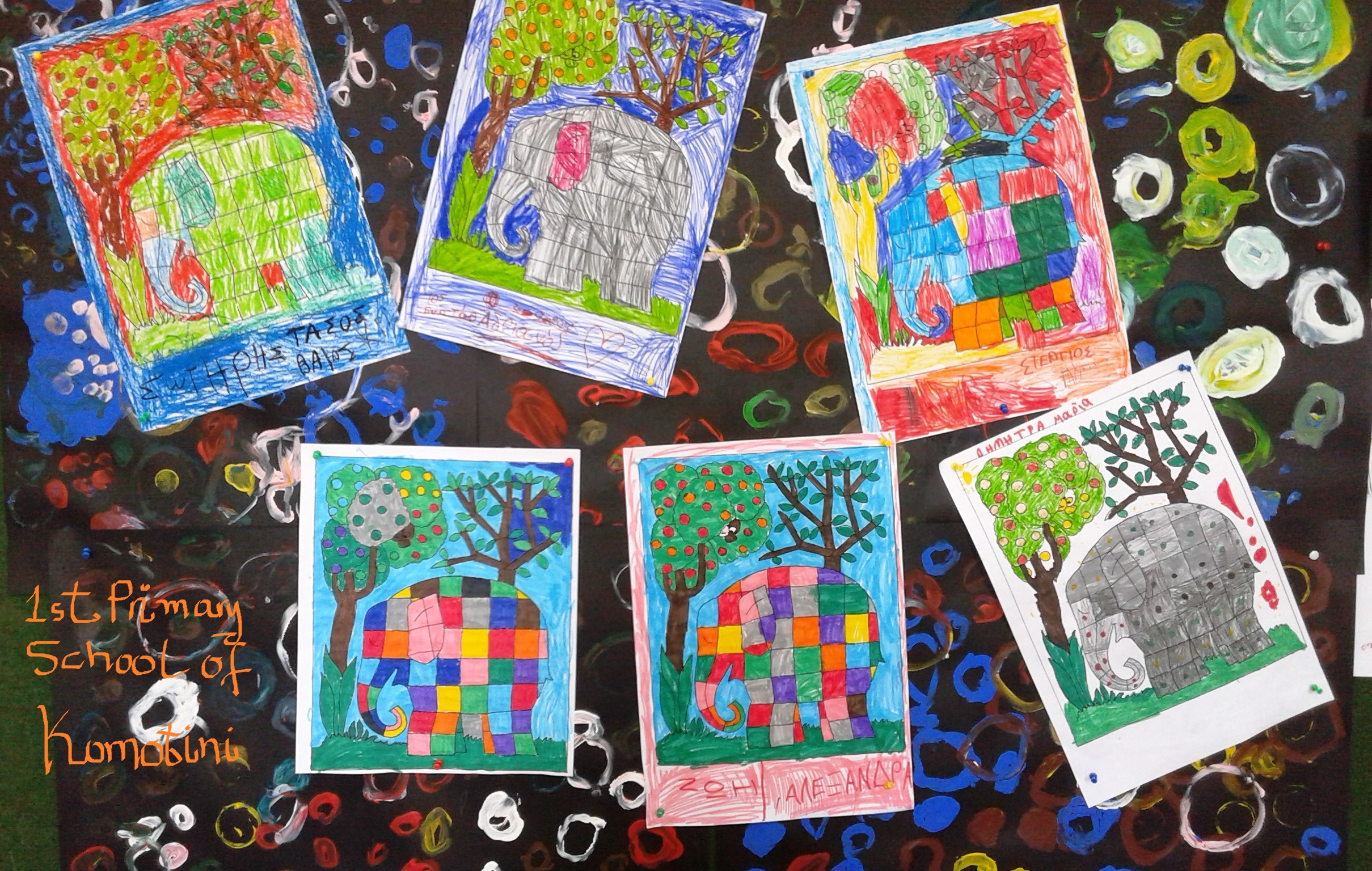
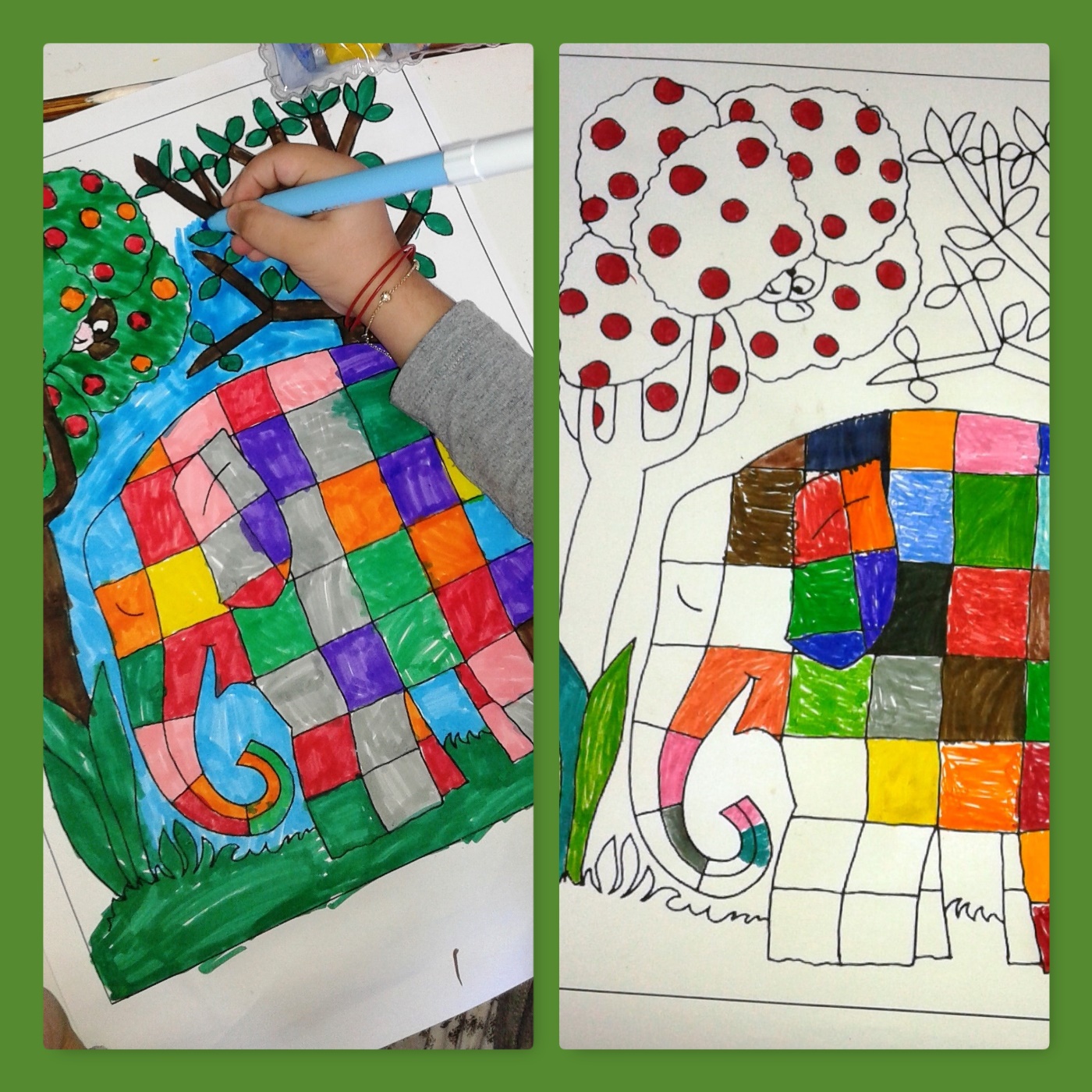
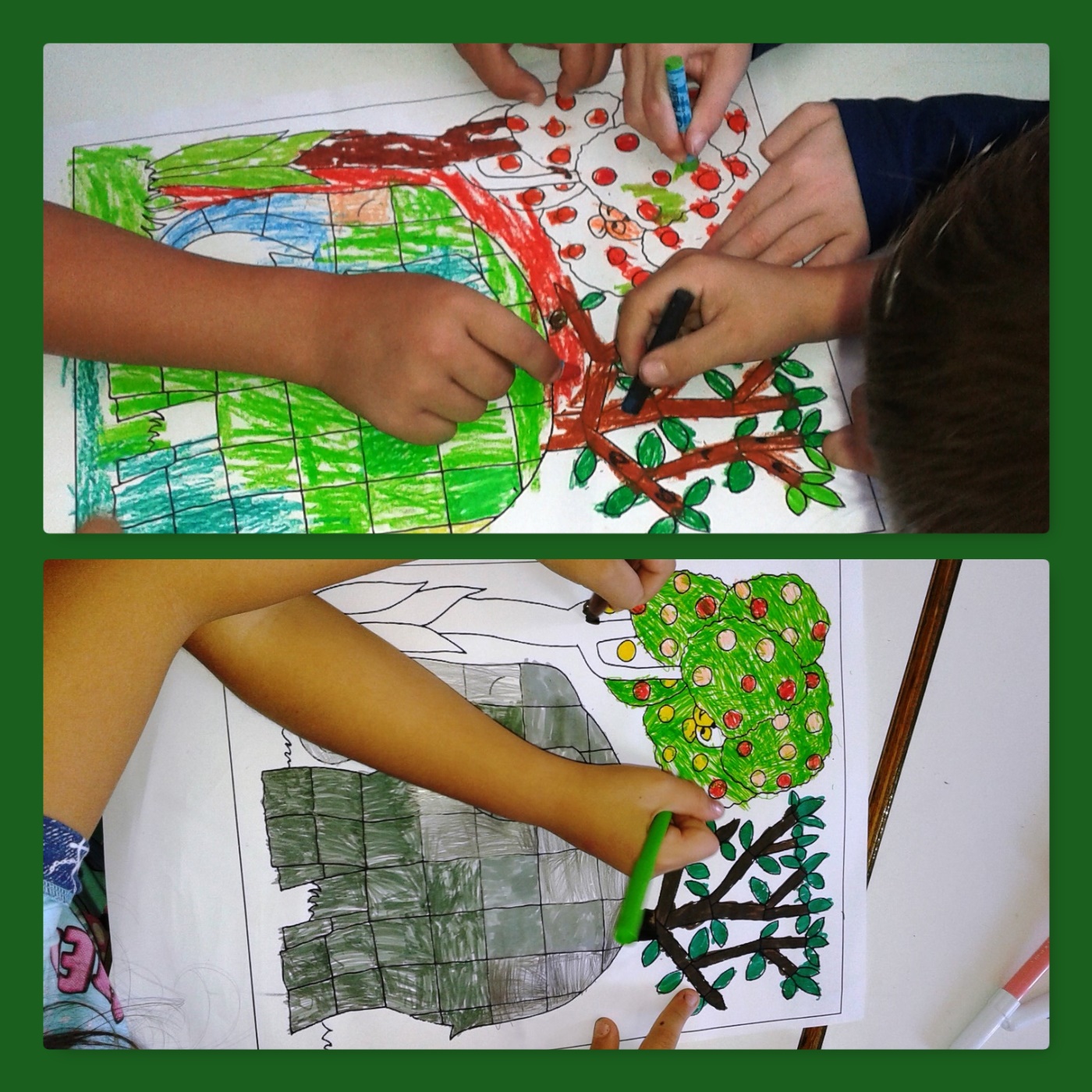
fishes and Parrots
You will need a sheet of white paper and several different colors of poster paint for each child. Paint children’s fingers using five different colors and show them how to press their open hand on the paper, with their fingers pointing towards the bottom of the page. Next, print their closed fist near the top of their handprint to represent a parrot head. Encourage children to use a marker to draw eyes and a beak to complete their parrot.
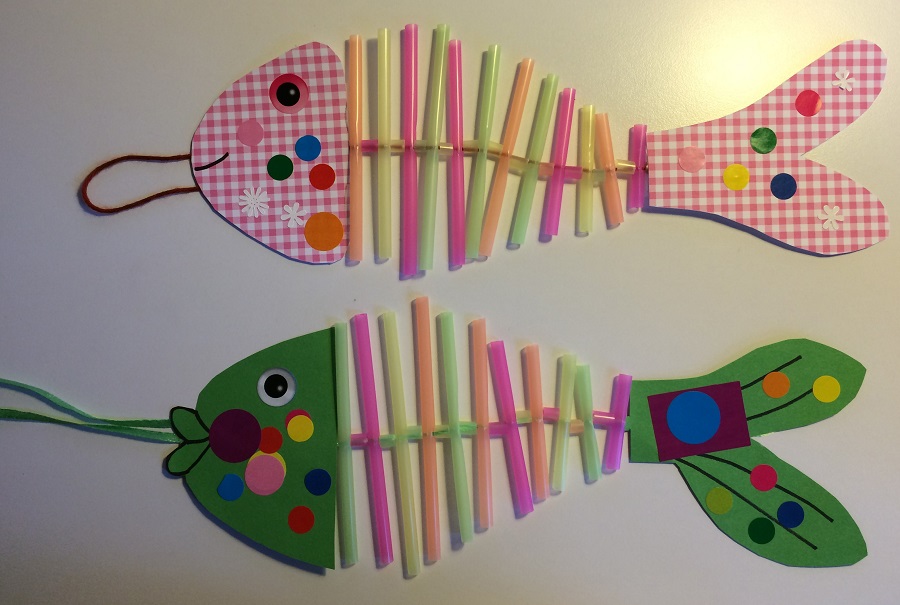
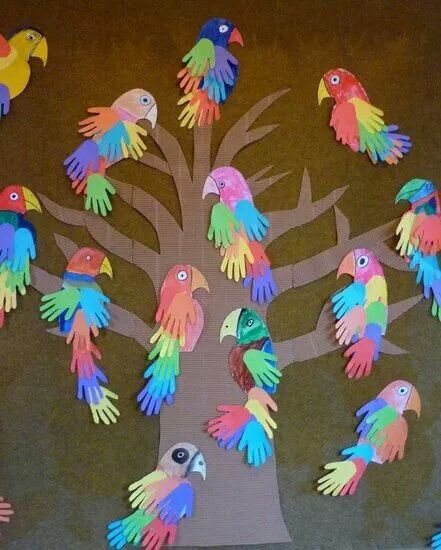
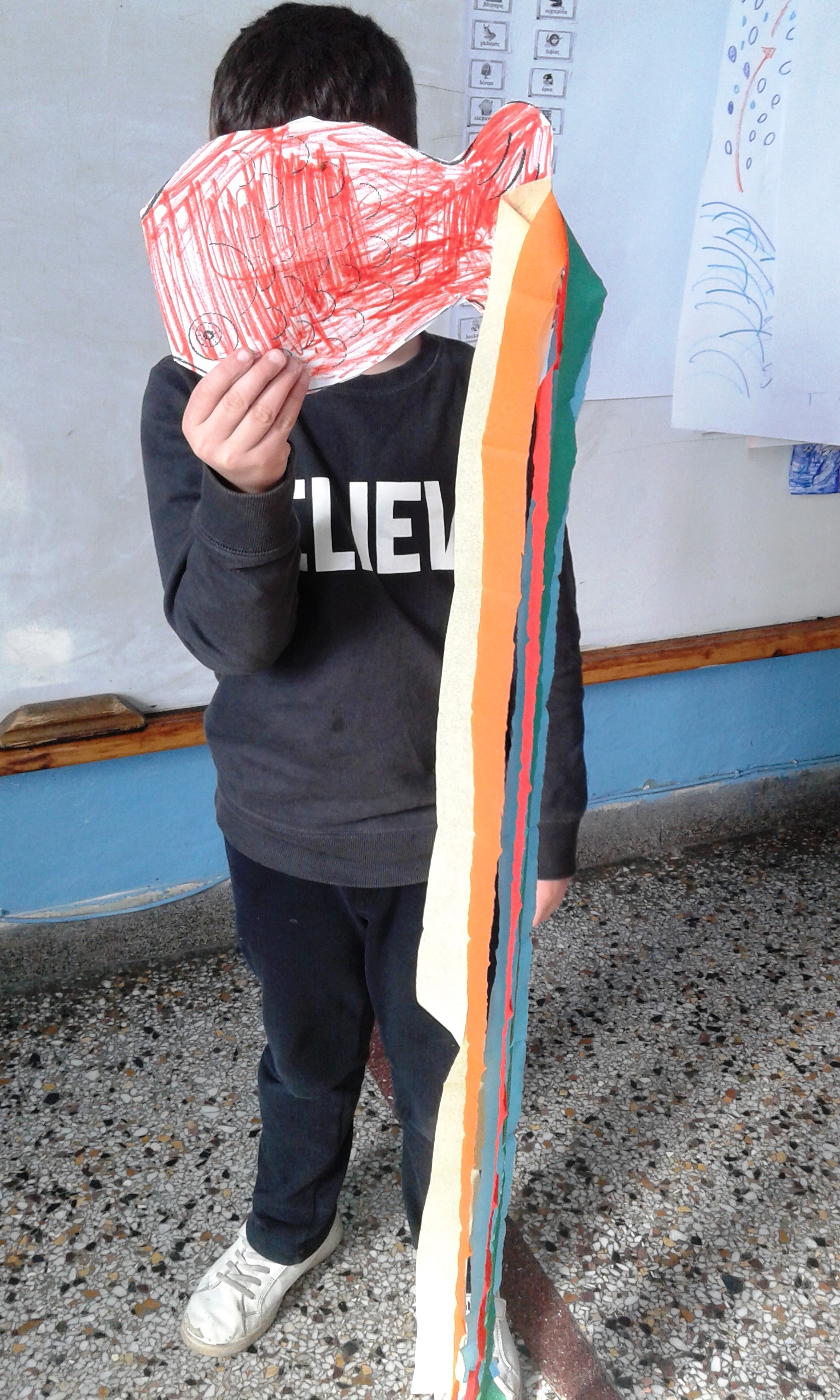
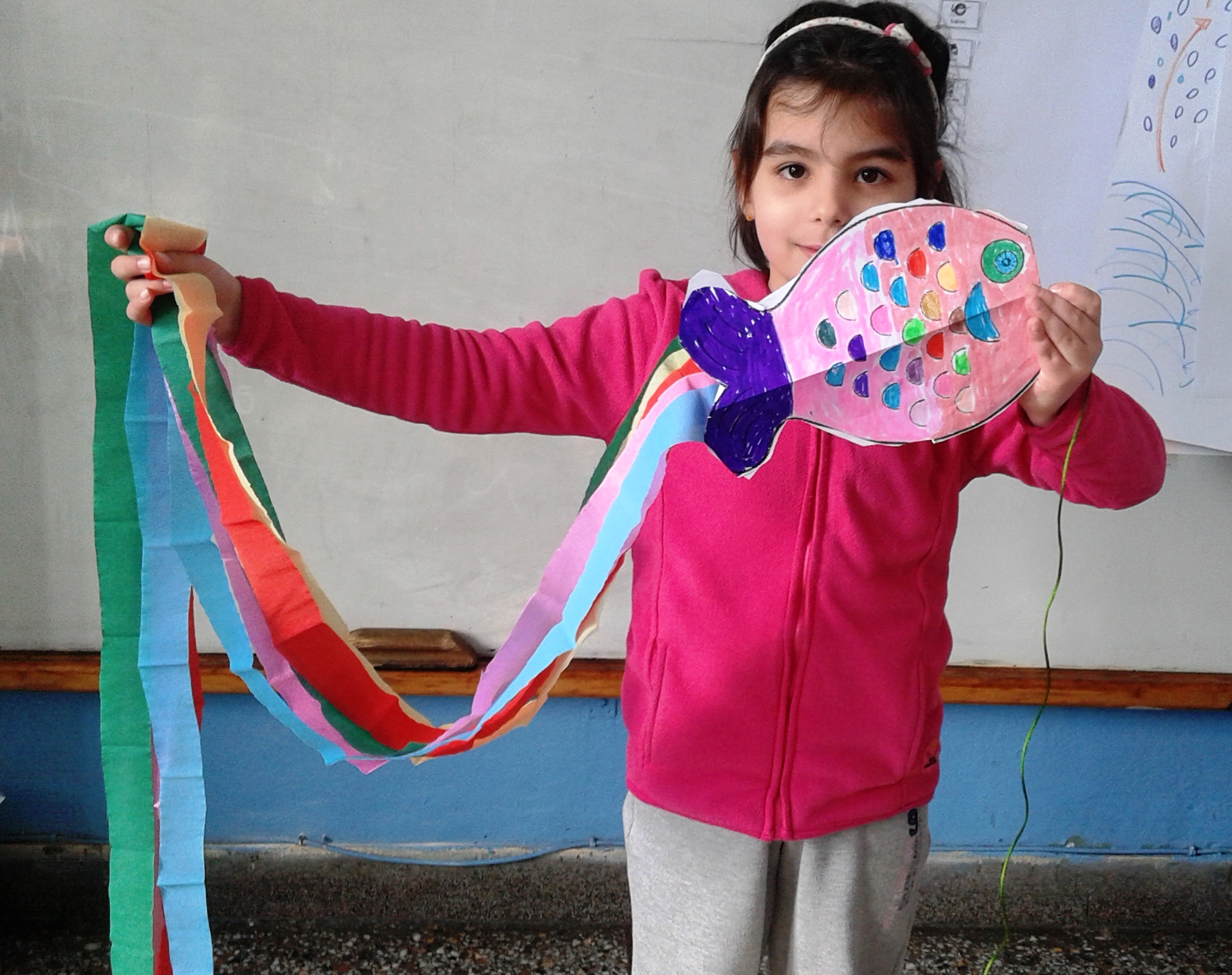
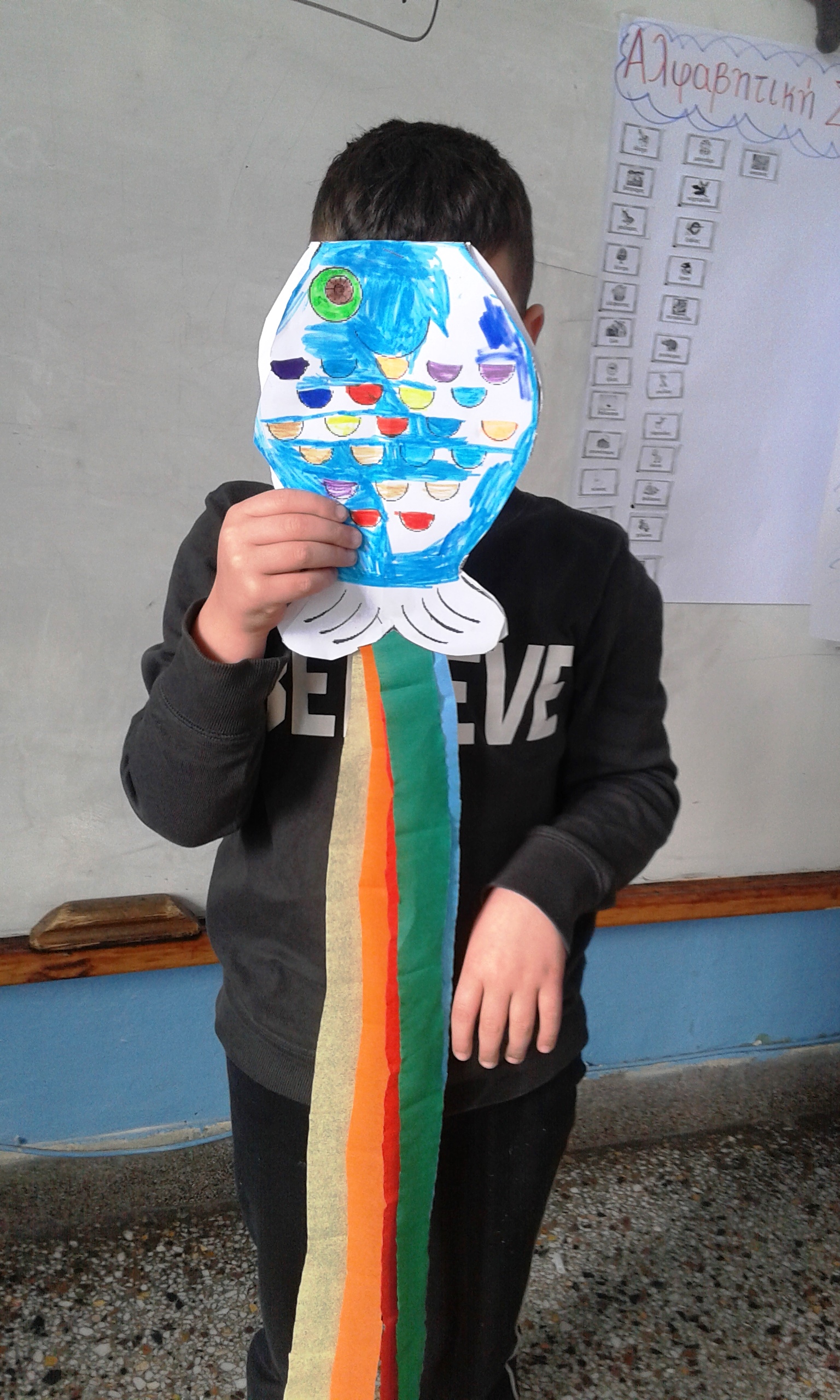
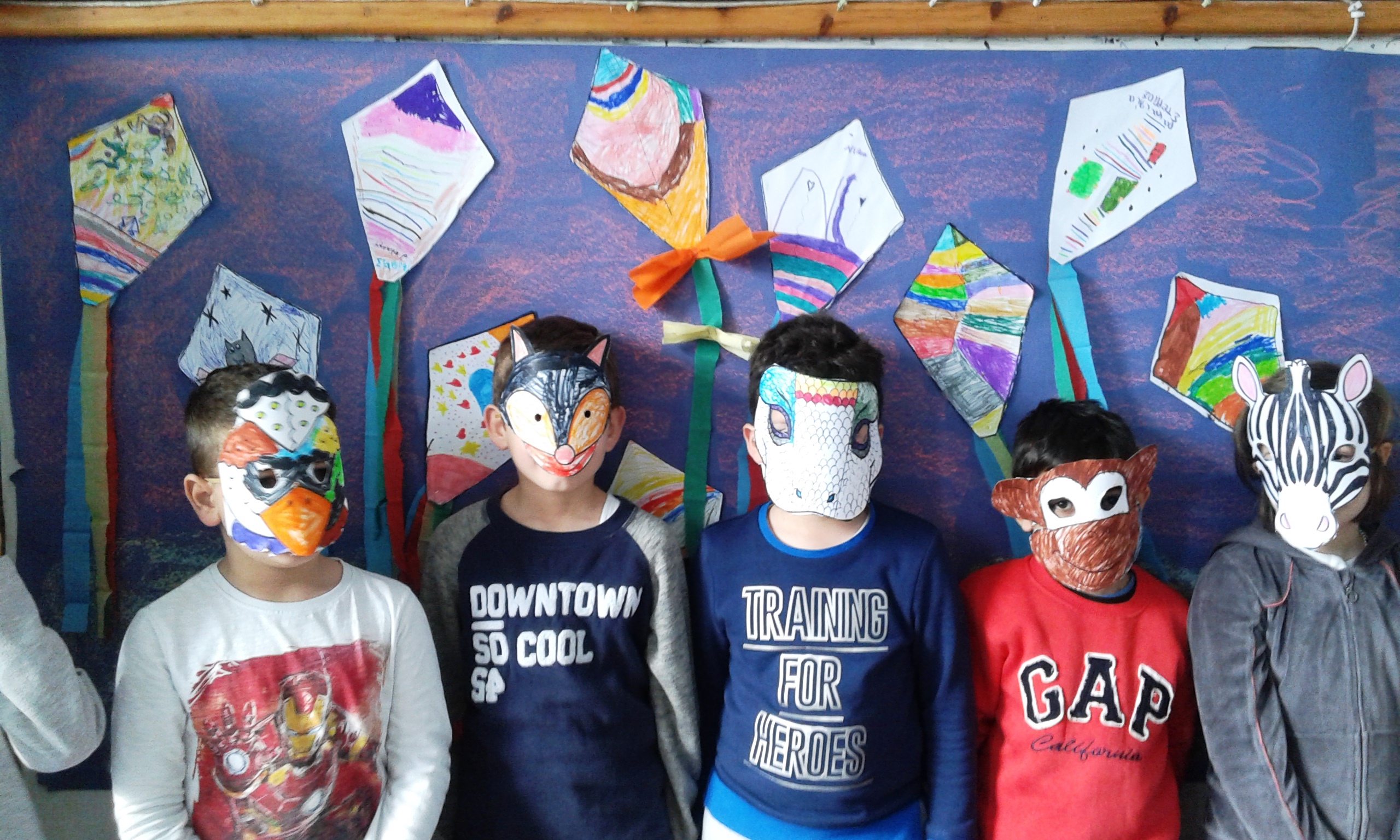

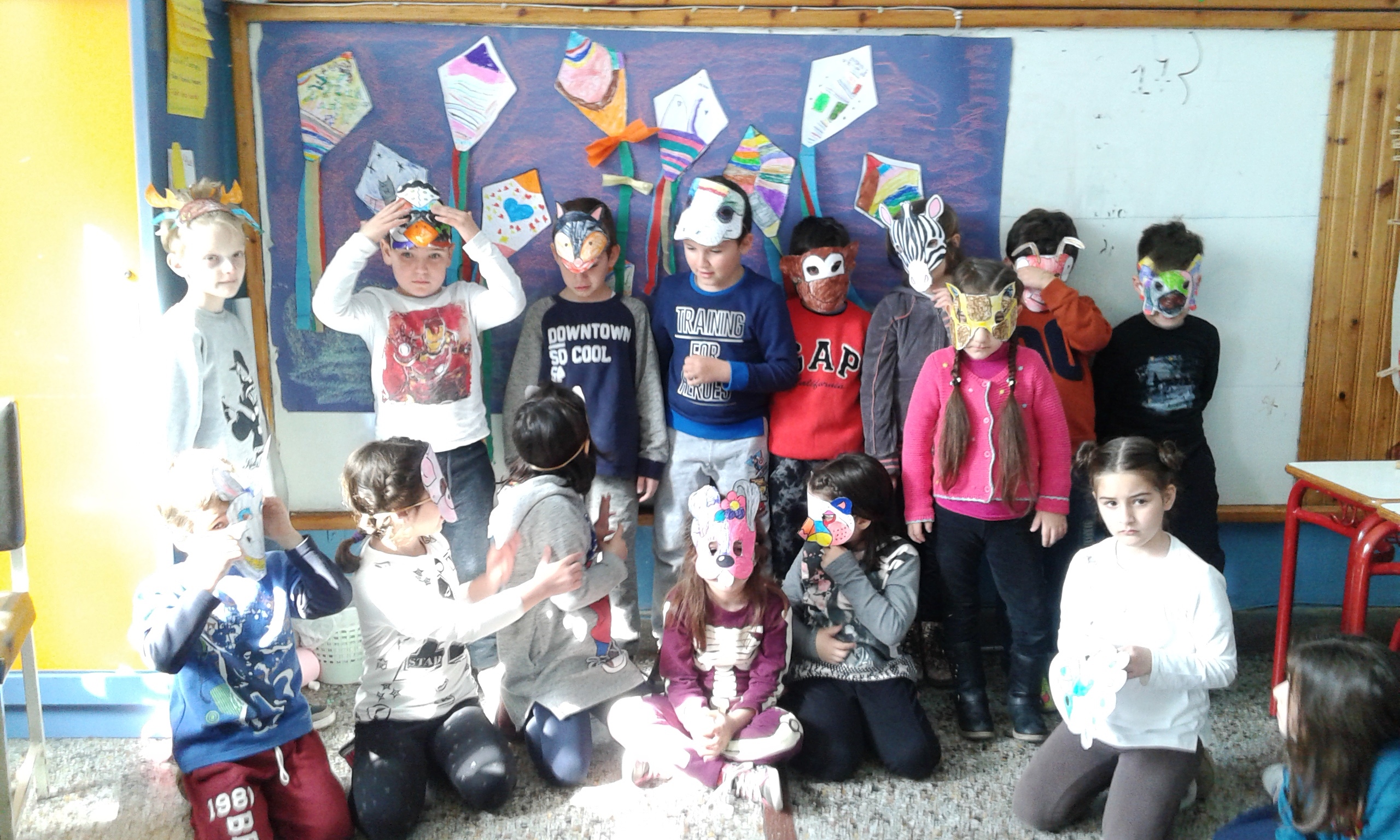
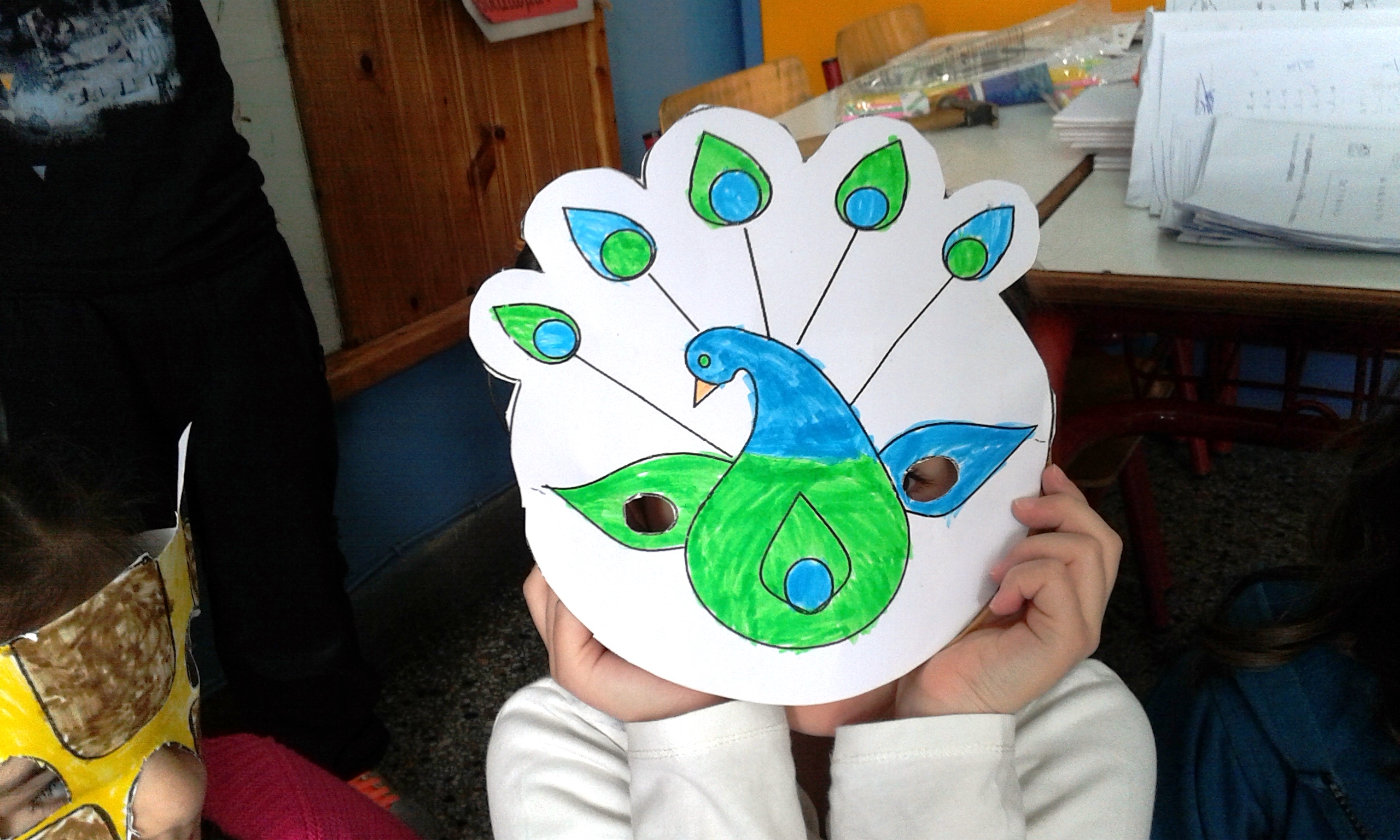
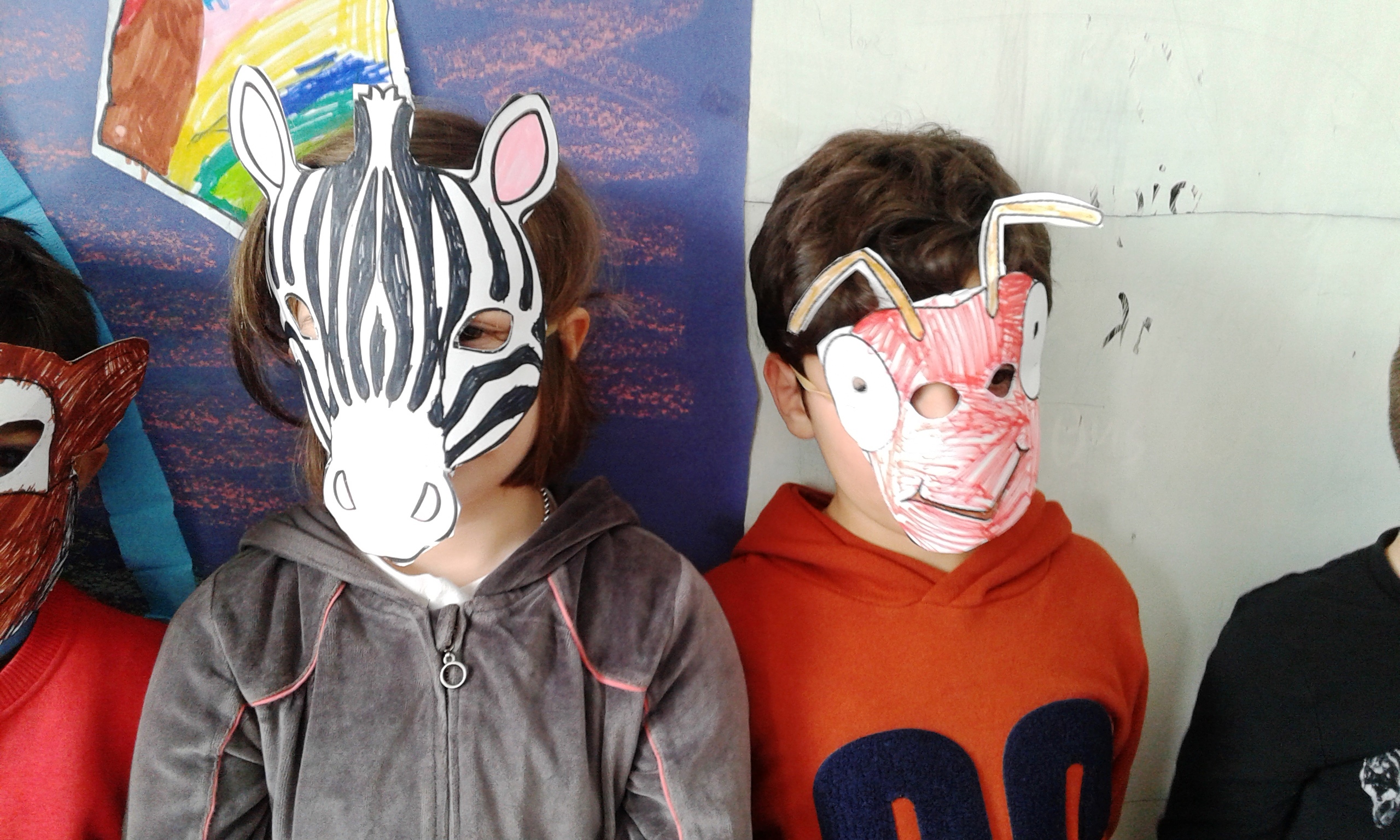

Animal farm finger dolls by an idea from our partners
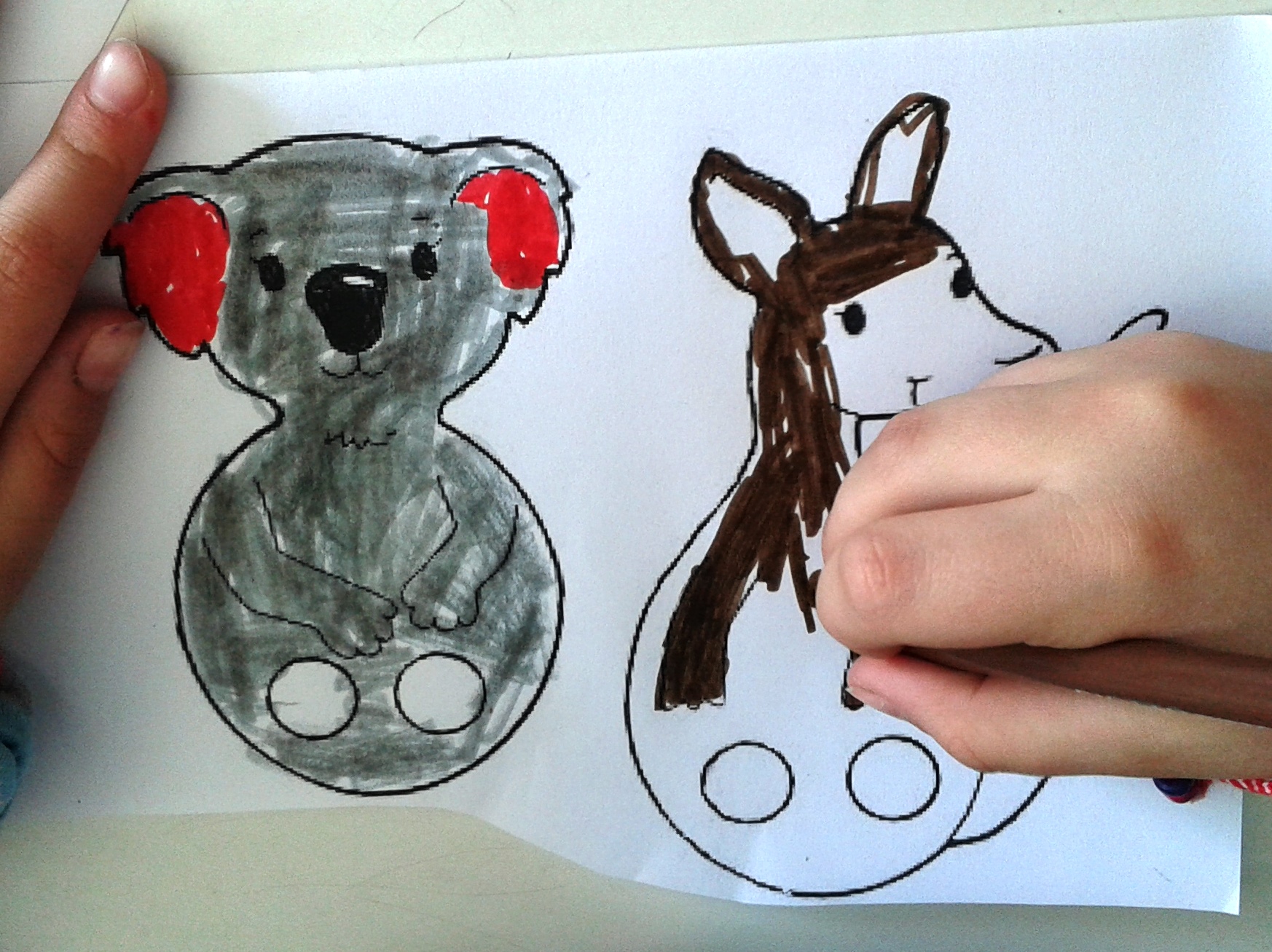
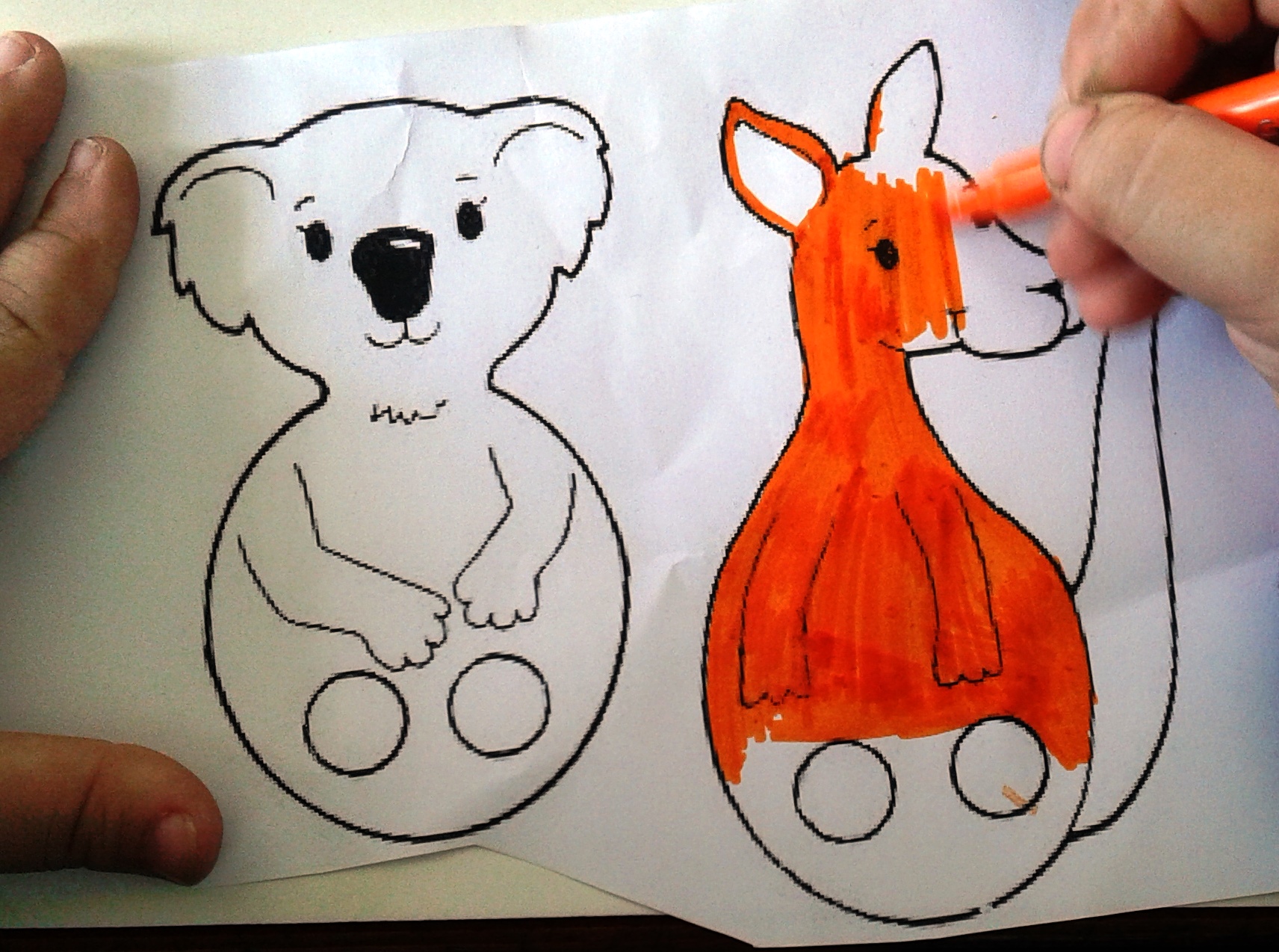
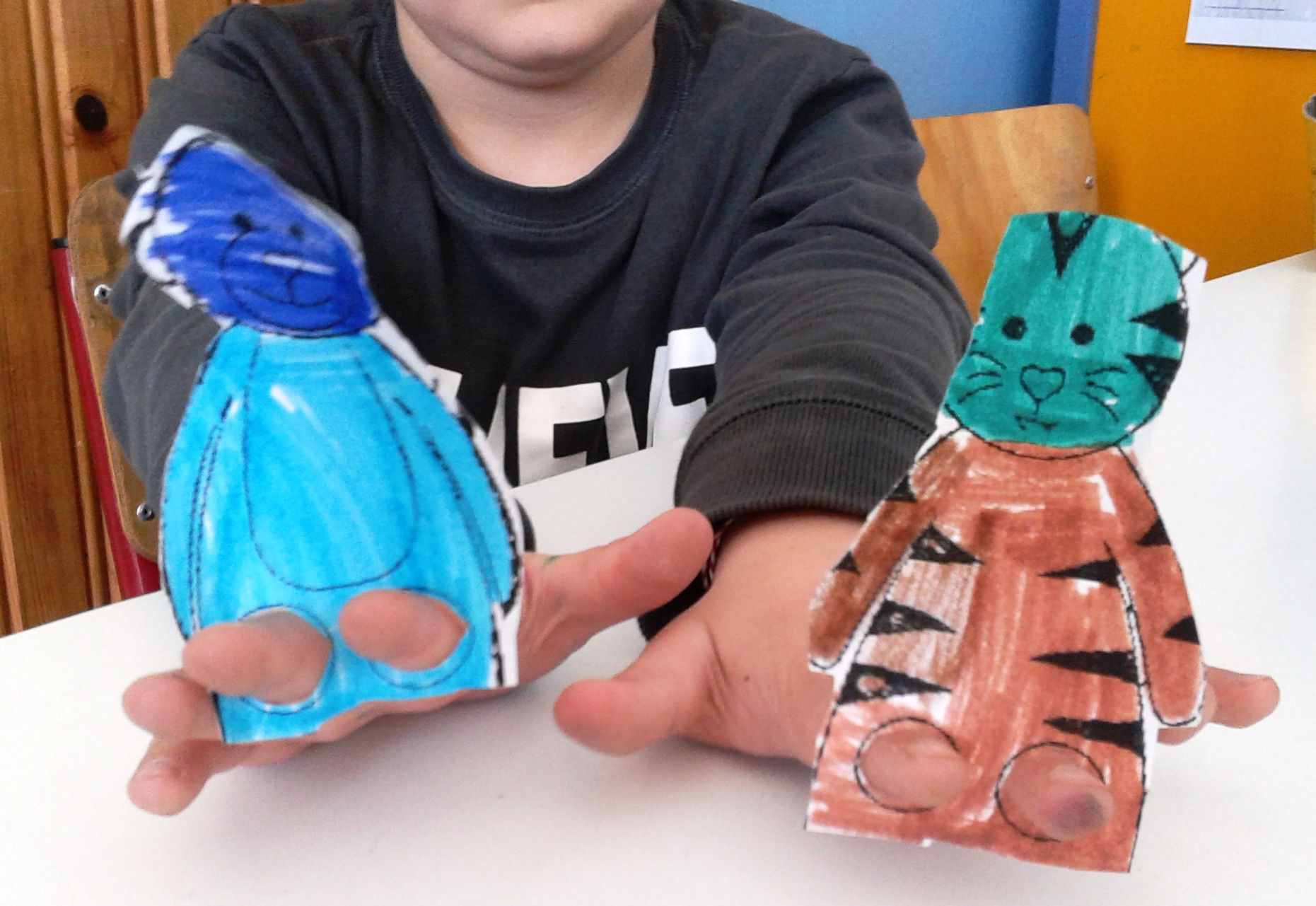
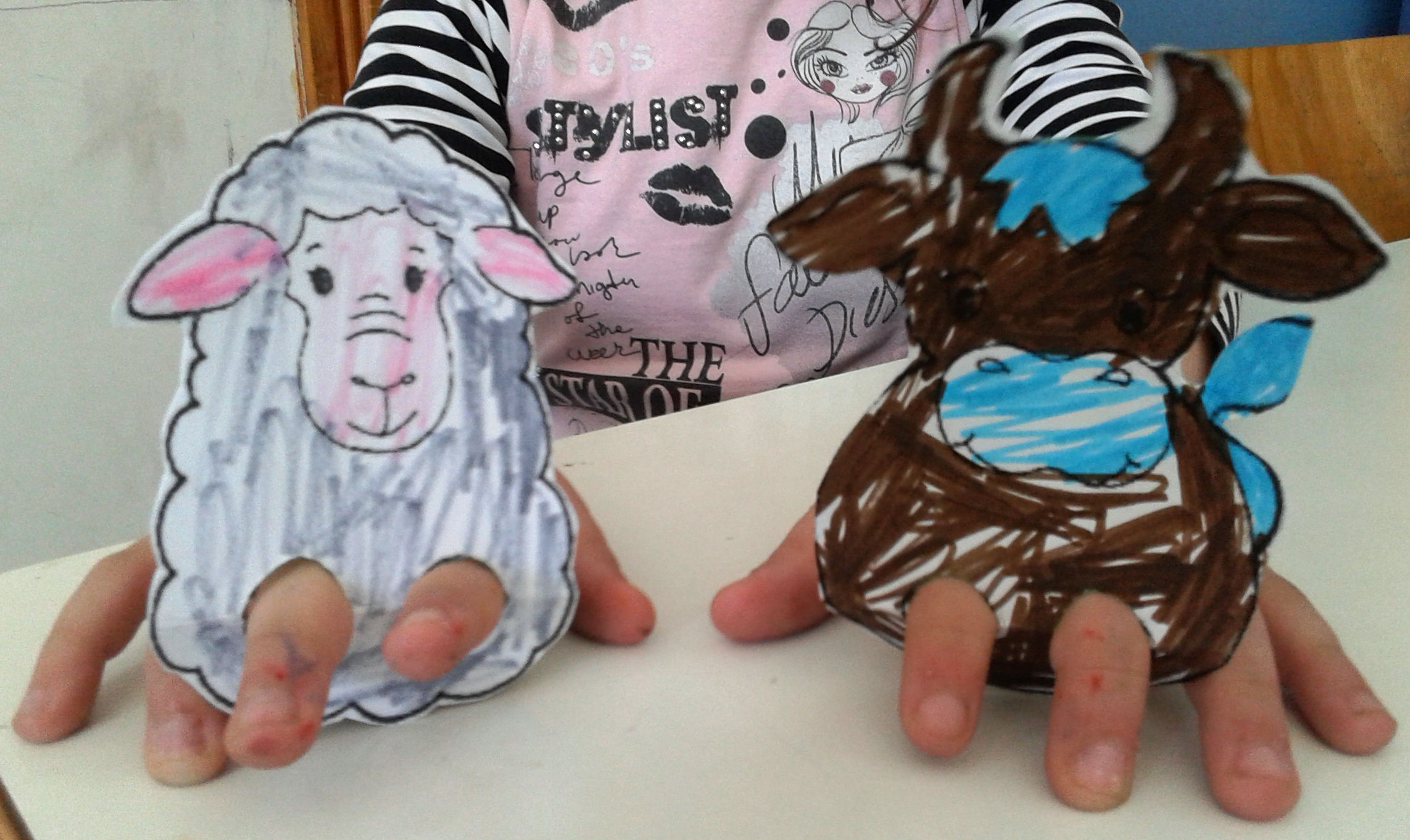
our octapus
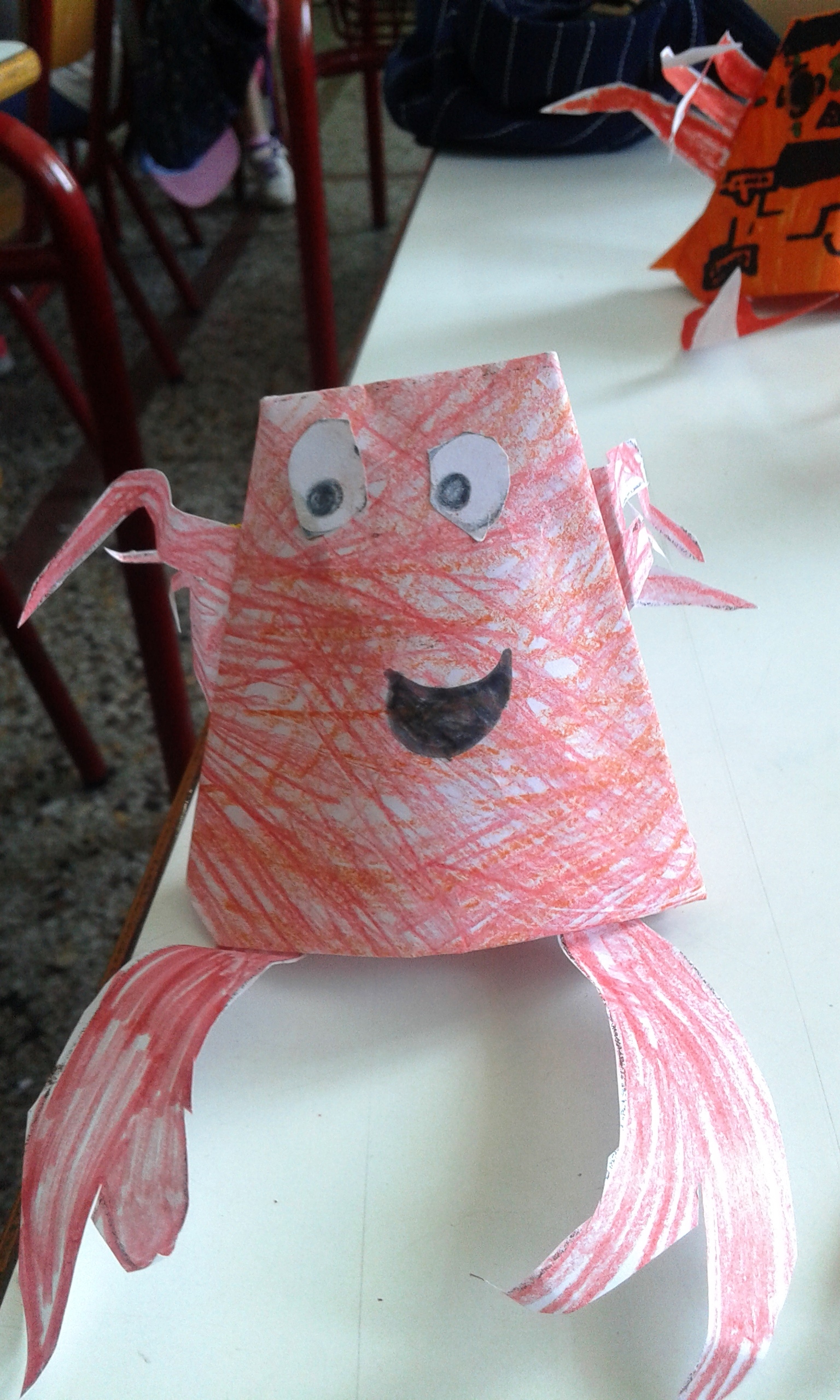
We talked about chickens and we made some crafts
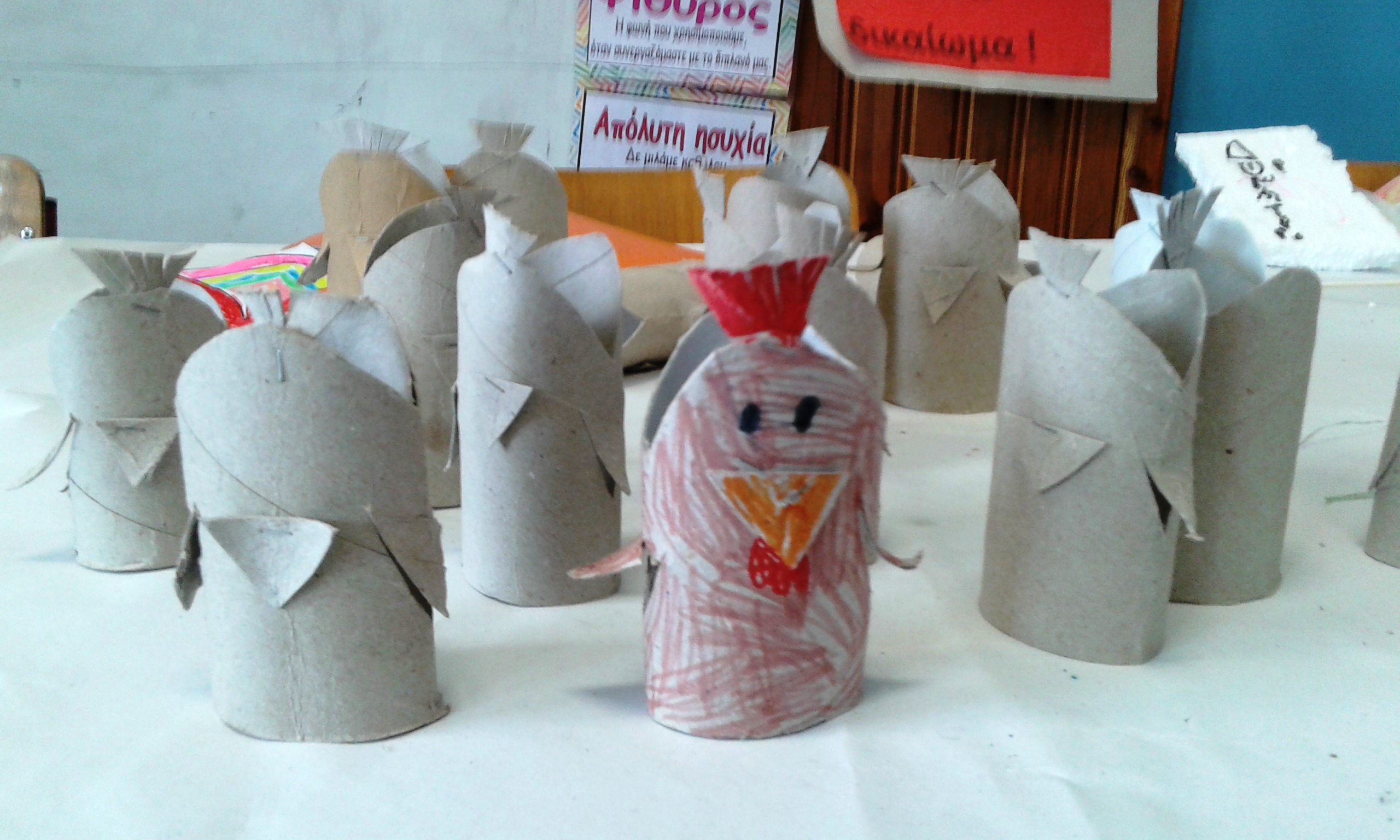
Animals in Forest discussion and crafting
Snakes and Parrots
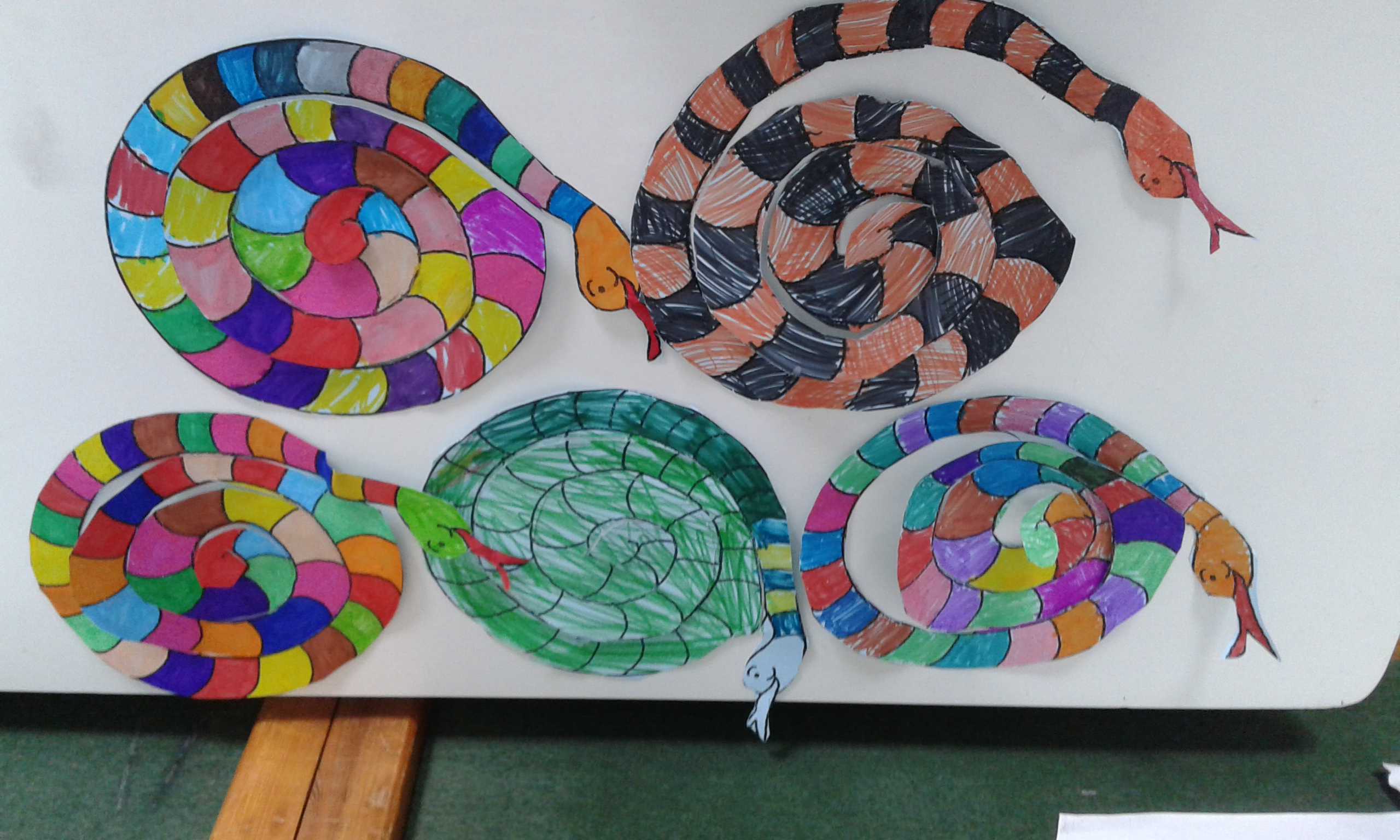
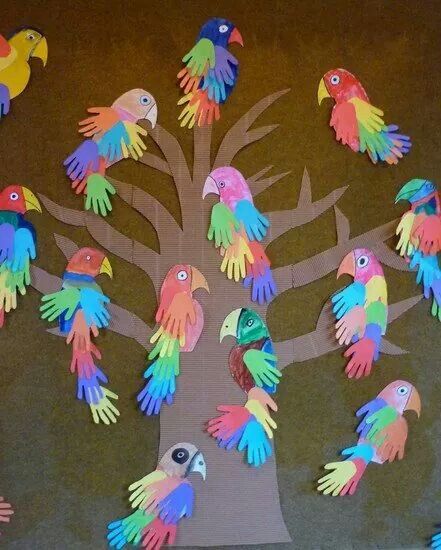
DG”SLANCE” BULGARIA
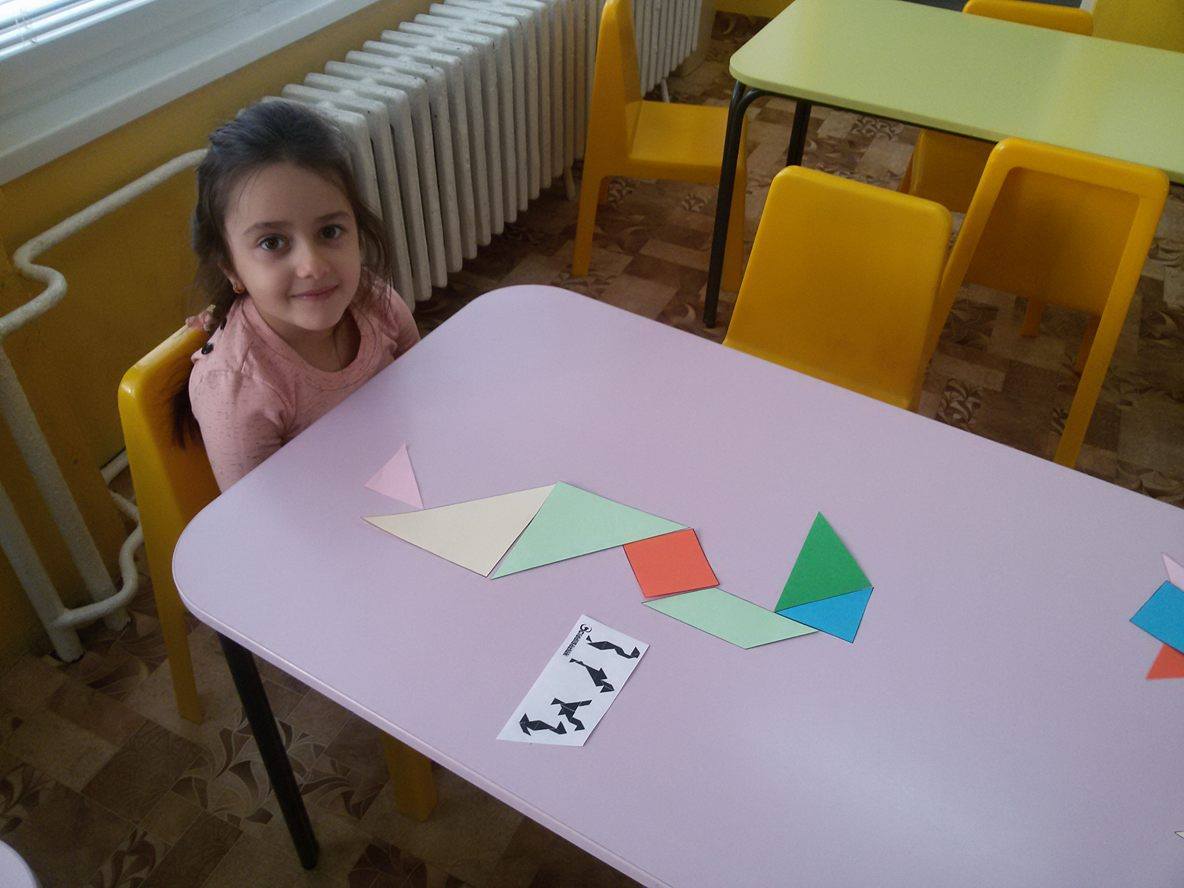
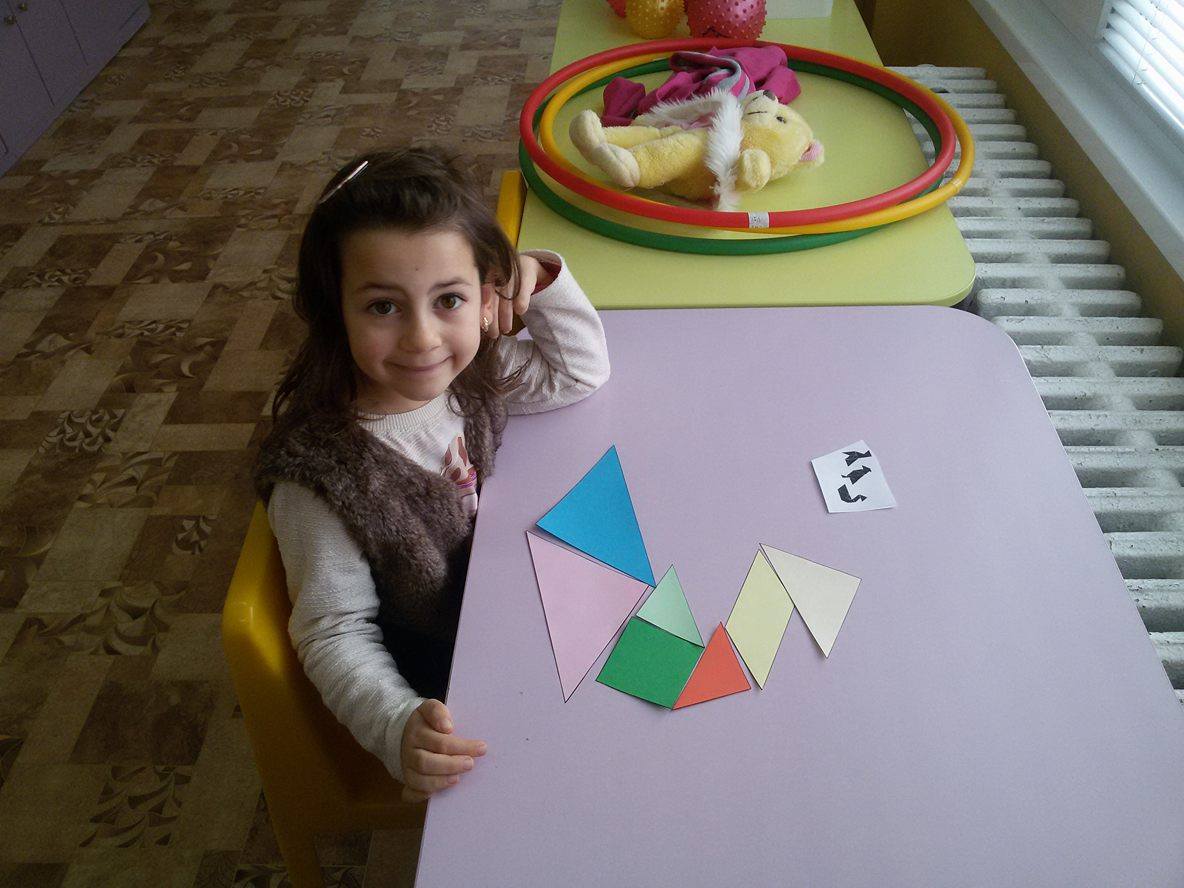
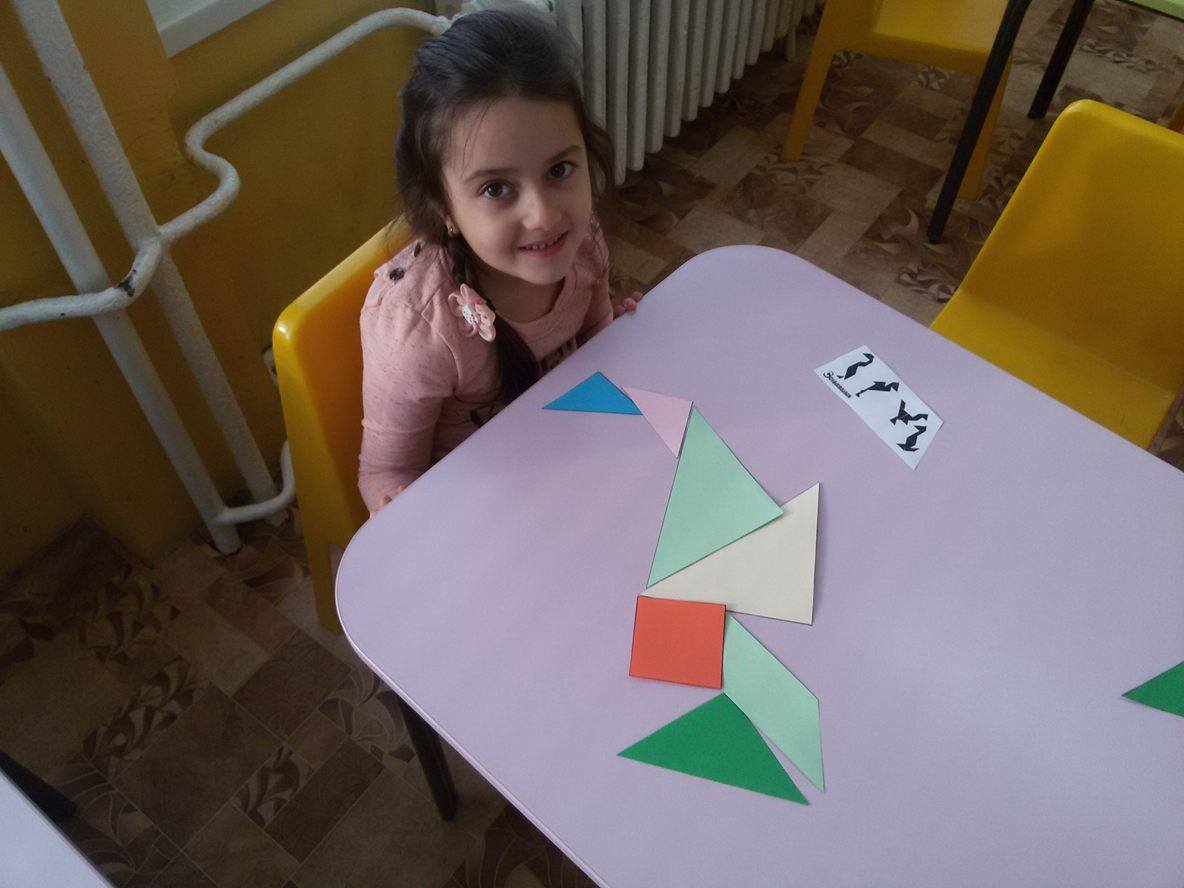
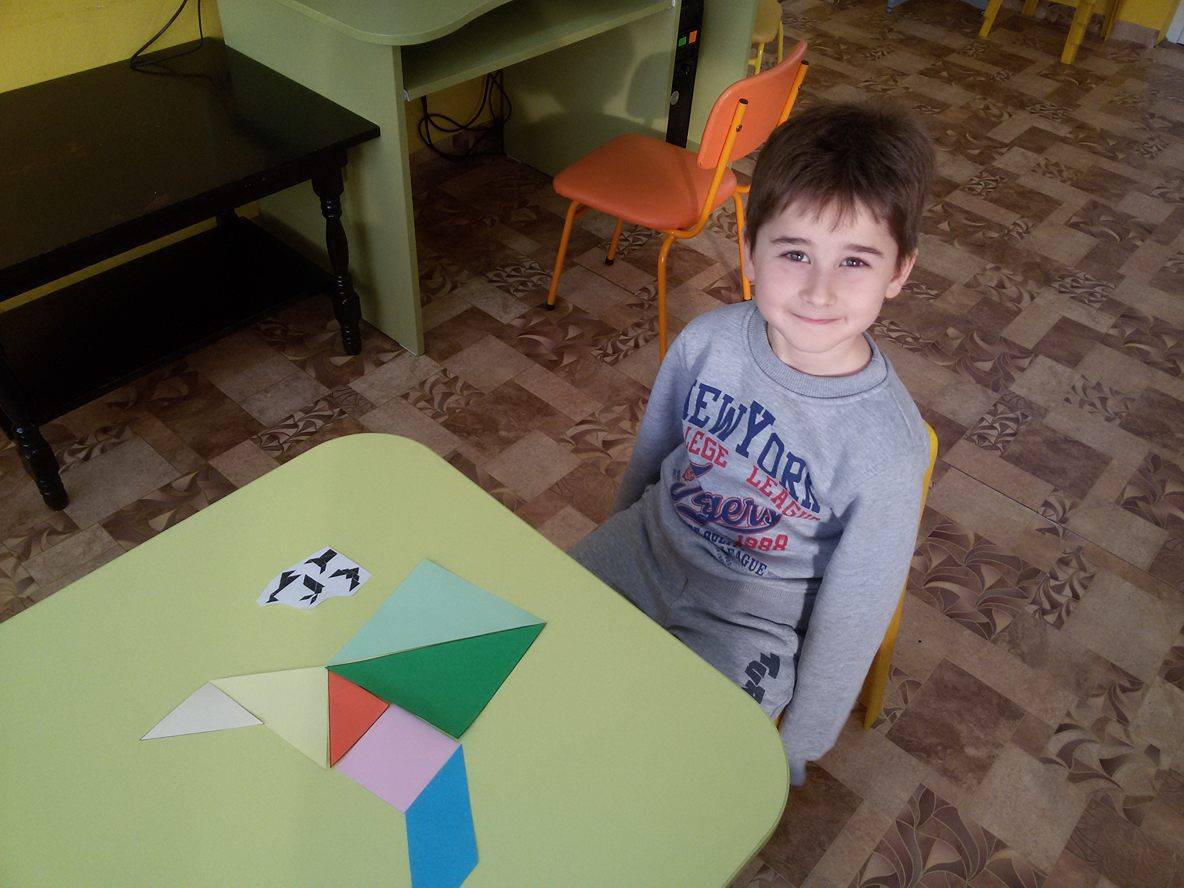
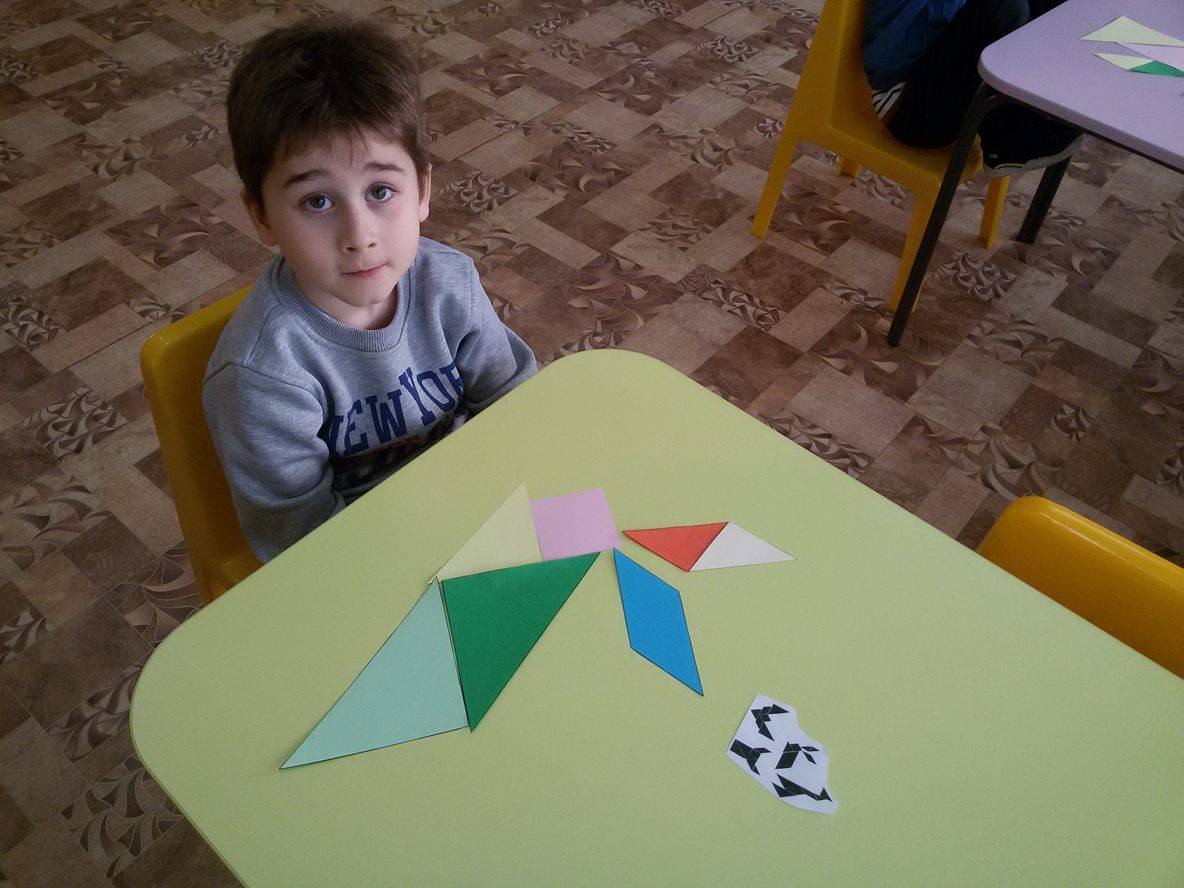
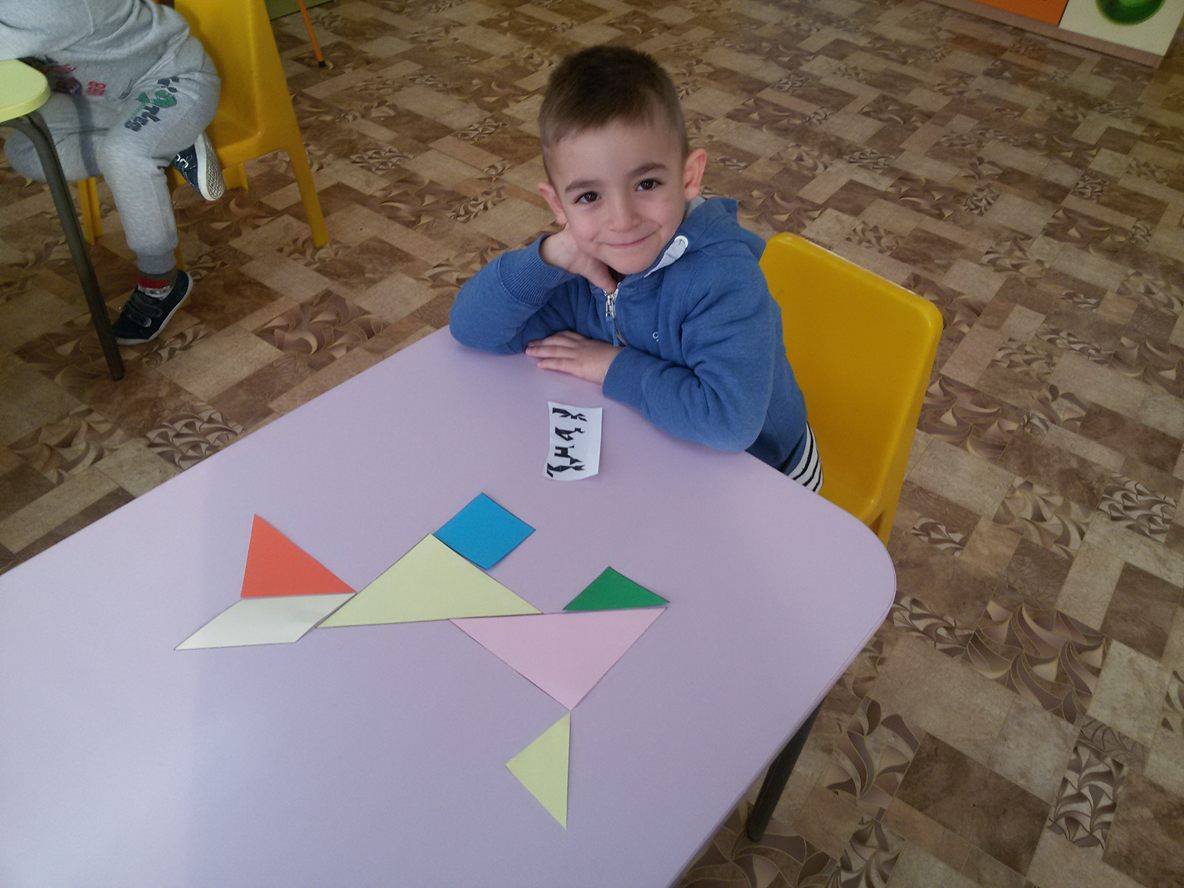
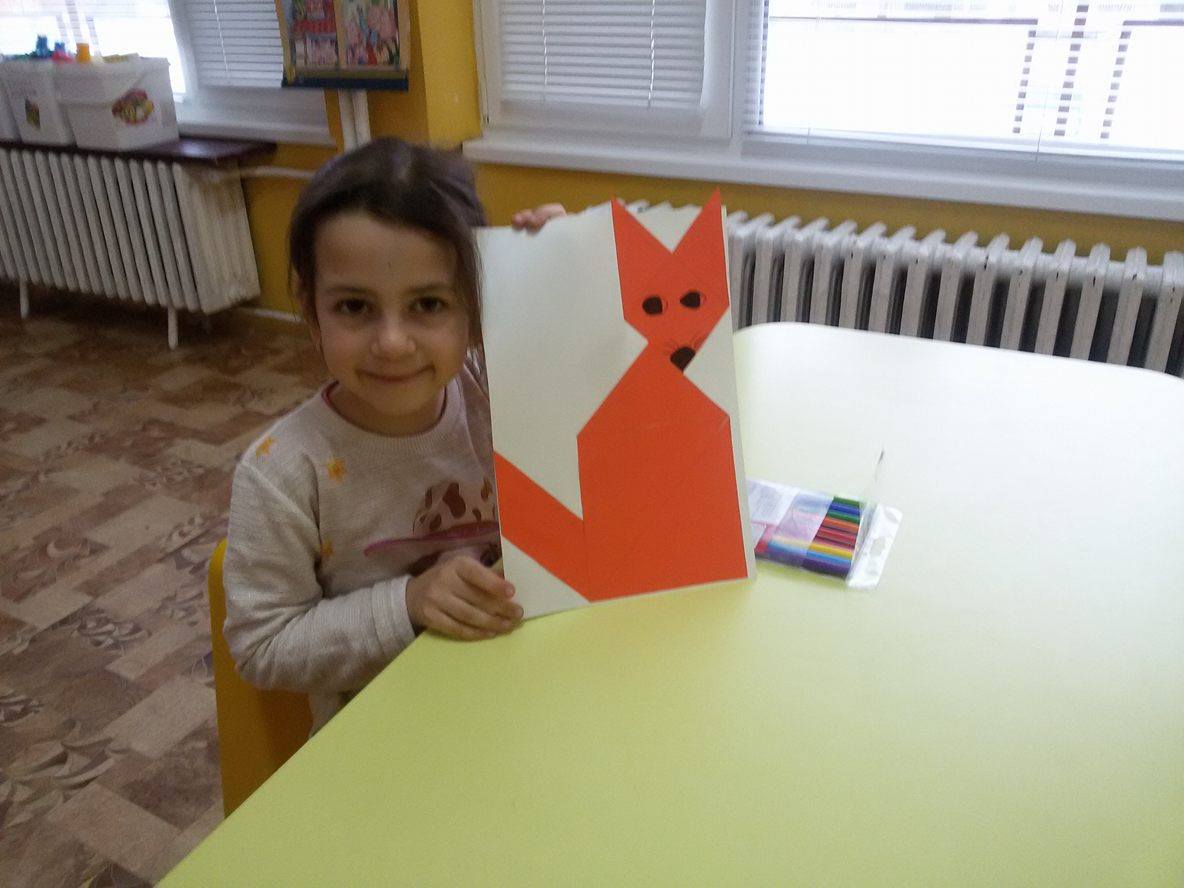
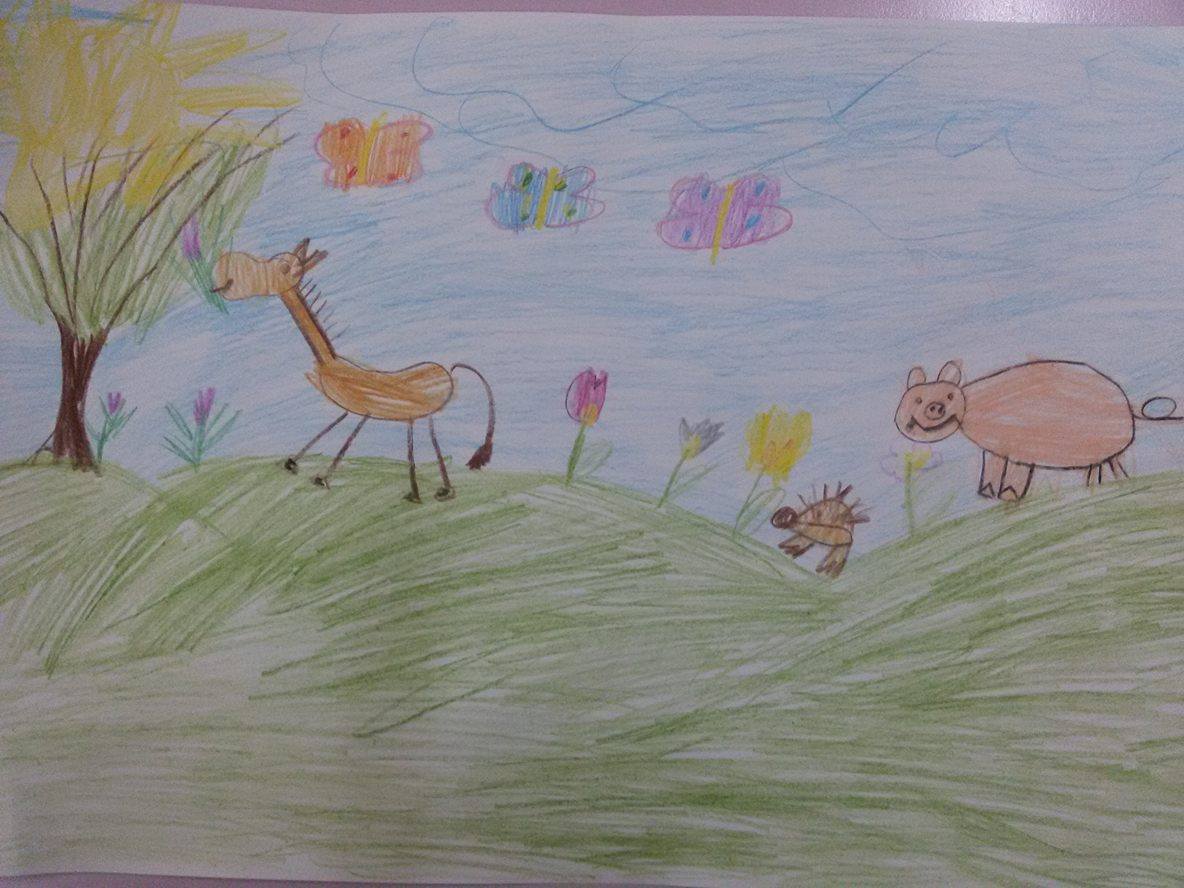
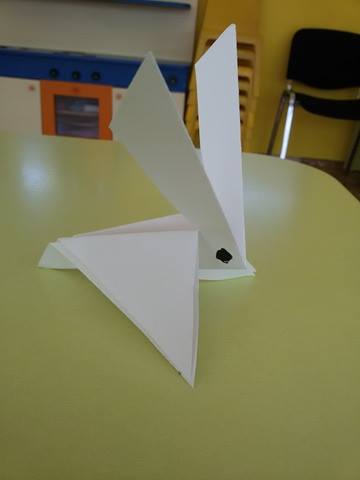
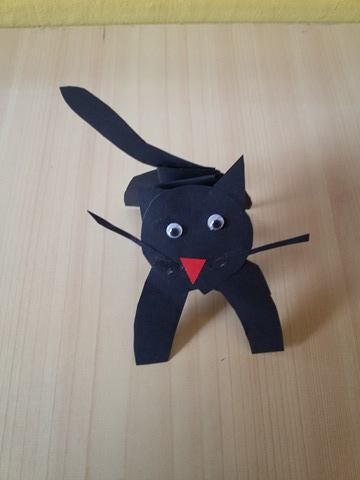
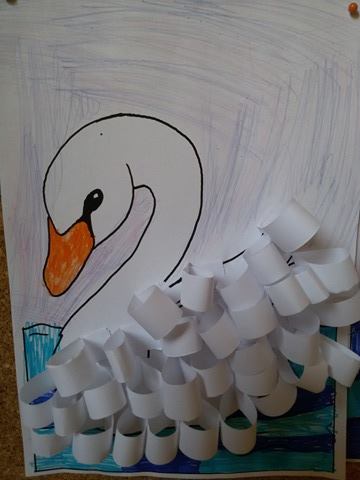
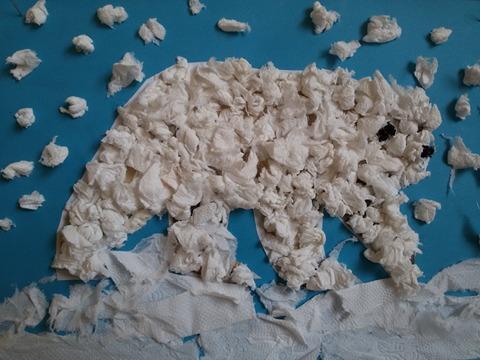
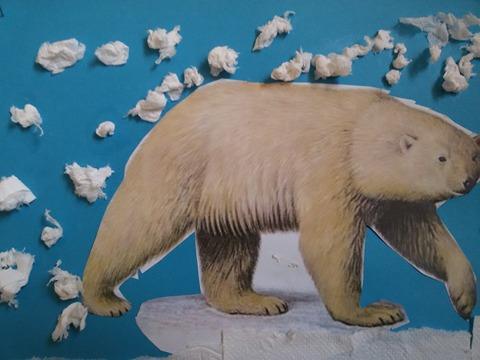
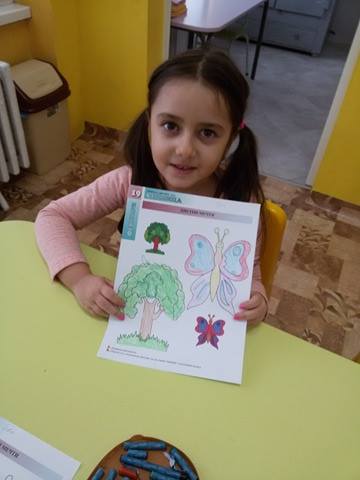
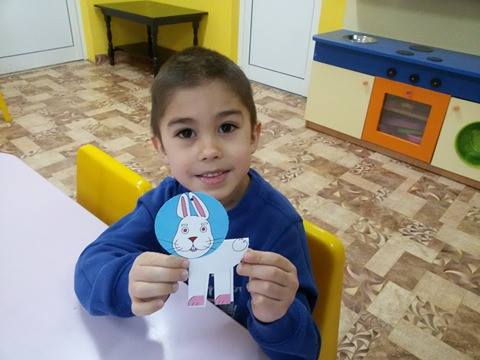
Muhittin Develi Primary School Mersin/TURKEY
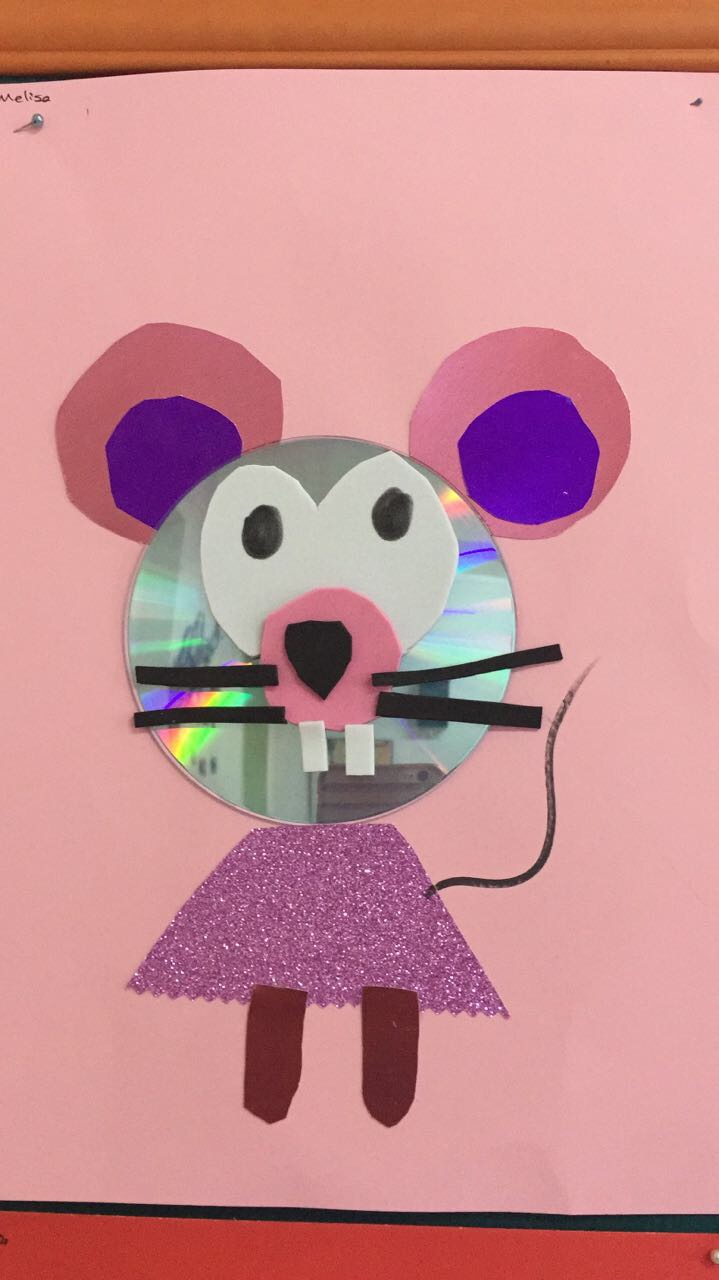
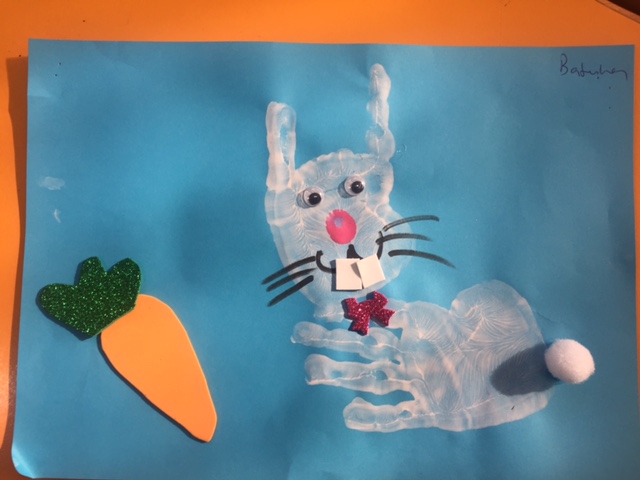
Nipiagogeio Heronias Handcrafts
20th Kindergarten of Katerini-Greece
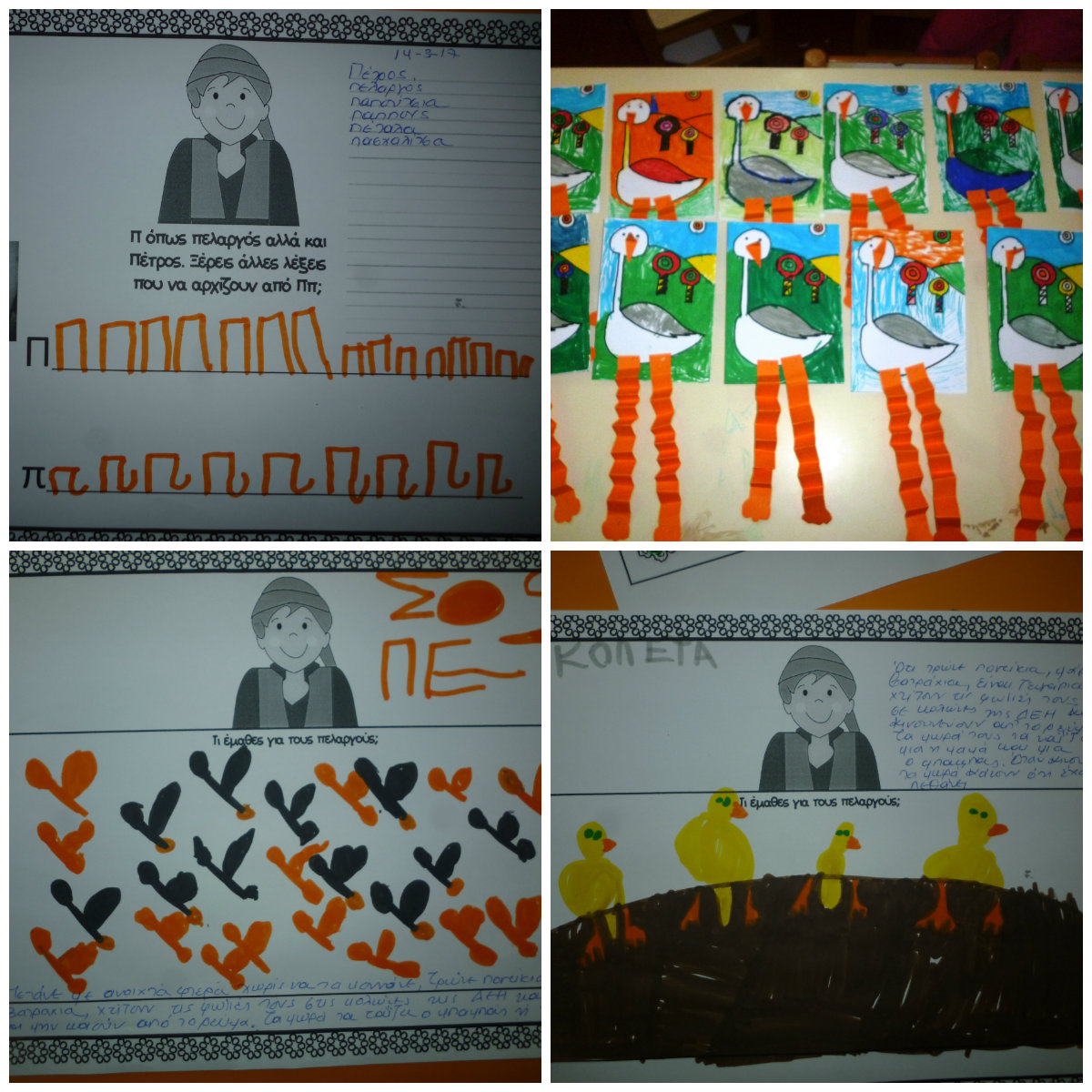
Animals Through Children Eyes
-
Why Are Kids So Crazy About Animals?
I am especially struck by the fact that some of the most popular cartoon and children’s-book animals are among the least appealing animals in real life. Mice, for instance. And pigs and rats and bears and fish.But I have to say that I am constantly surprised by how devoted kids are to animals, even if that devotion doesn’t seem to last into adulthood for most of us
Can anyone explain it?
I have a few rough thoughts:
1. Animals are simply cute and cuddly — at least in the abstract, and in cartoons.
2. Animals seem vulnerable, and kids want to take care of them — or, conversely:
3. Animals seem vulnerable, and kids want to control them.
4. Animals are a sort of proxy for kids in that kids are relatively powerless compared to adults whereas animals are relatively powerless compared to people.
our evaluation -2nd Kindergarten of Plagiari Greece
2nd kindergarten of Plagiari-Greece – Mastori Meropi
1ST PRIMARY SCHOOL OF PANORAMA THESSALONIKI GREECE
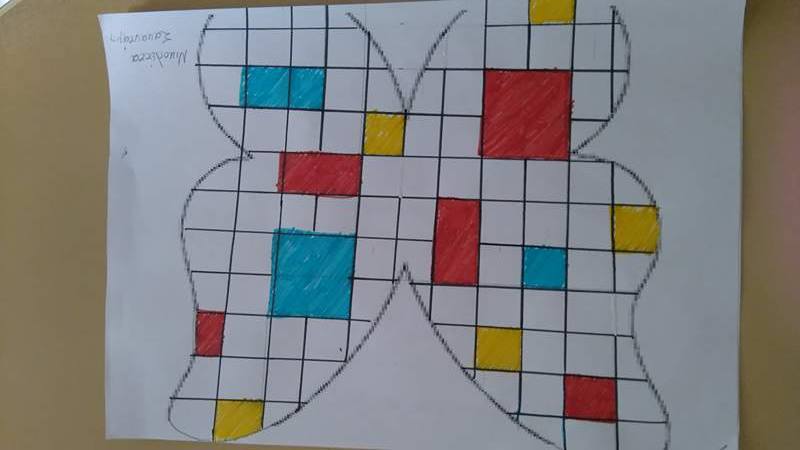
1st Primary School of Komotini
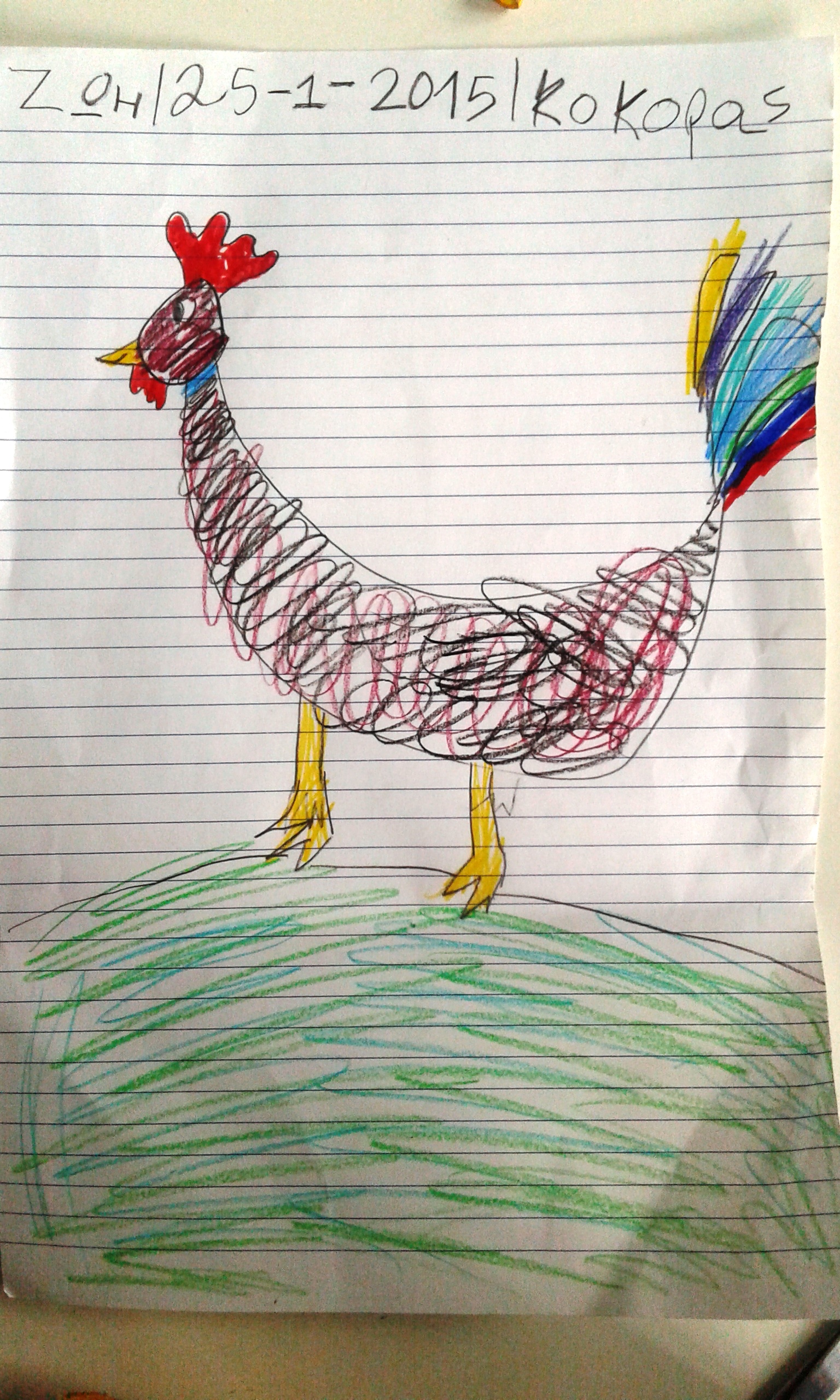
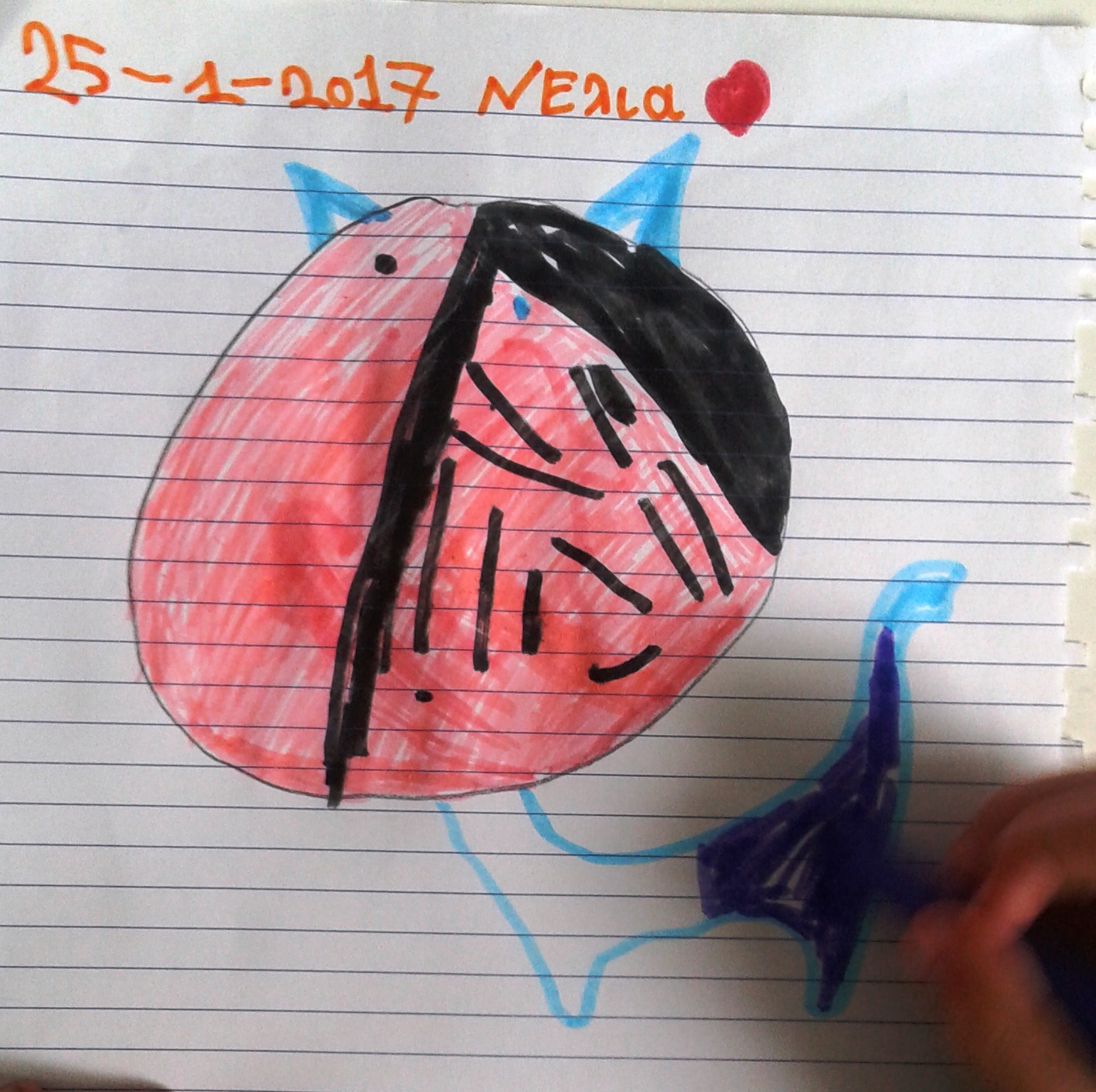
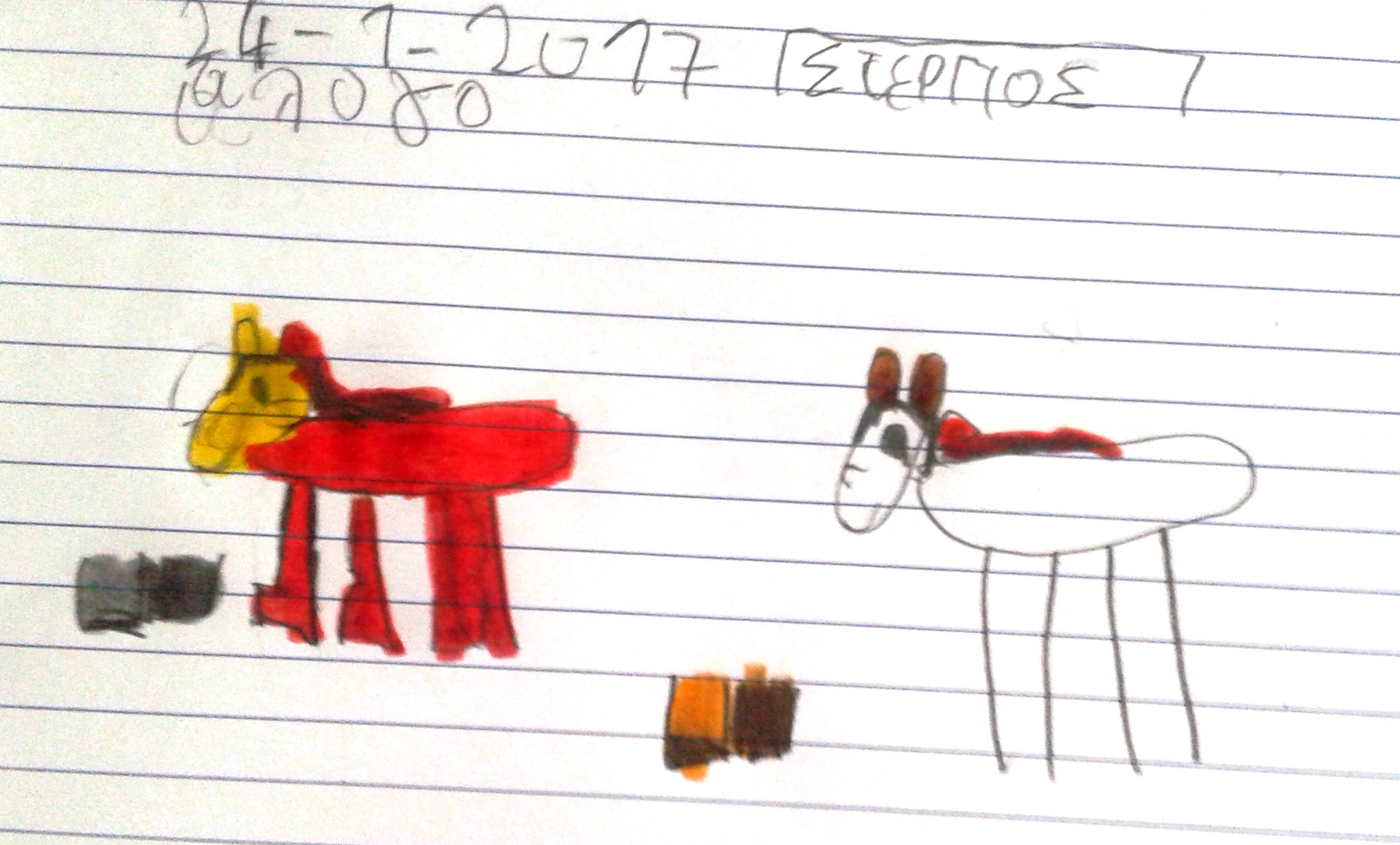
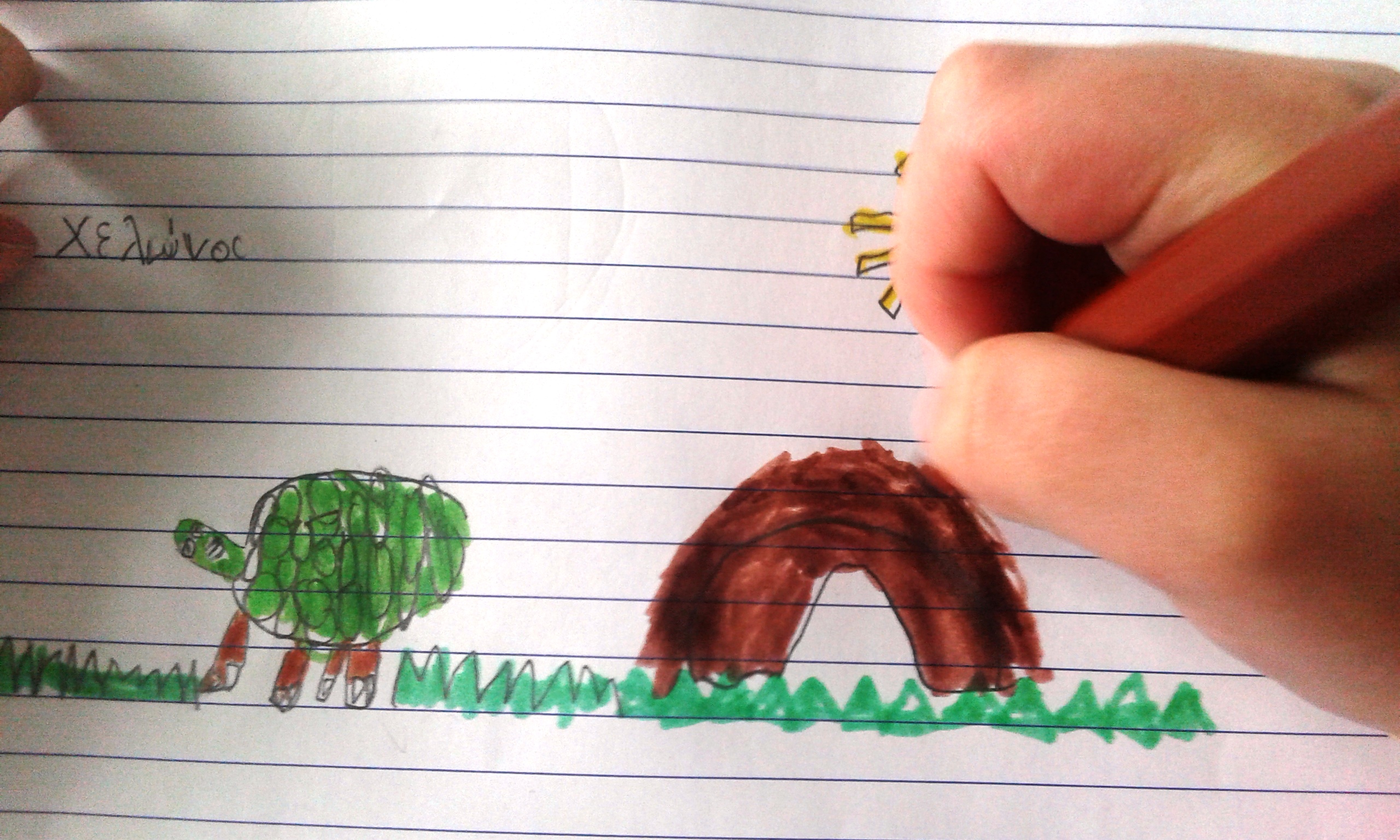
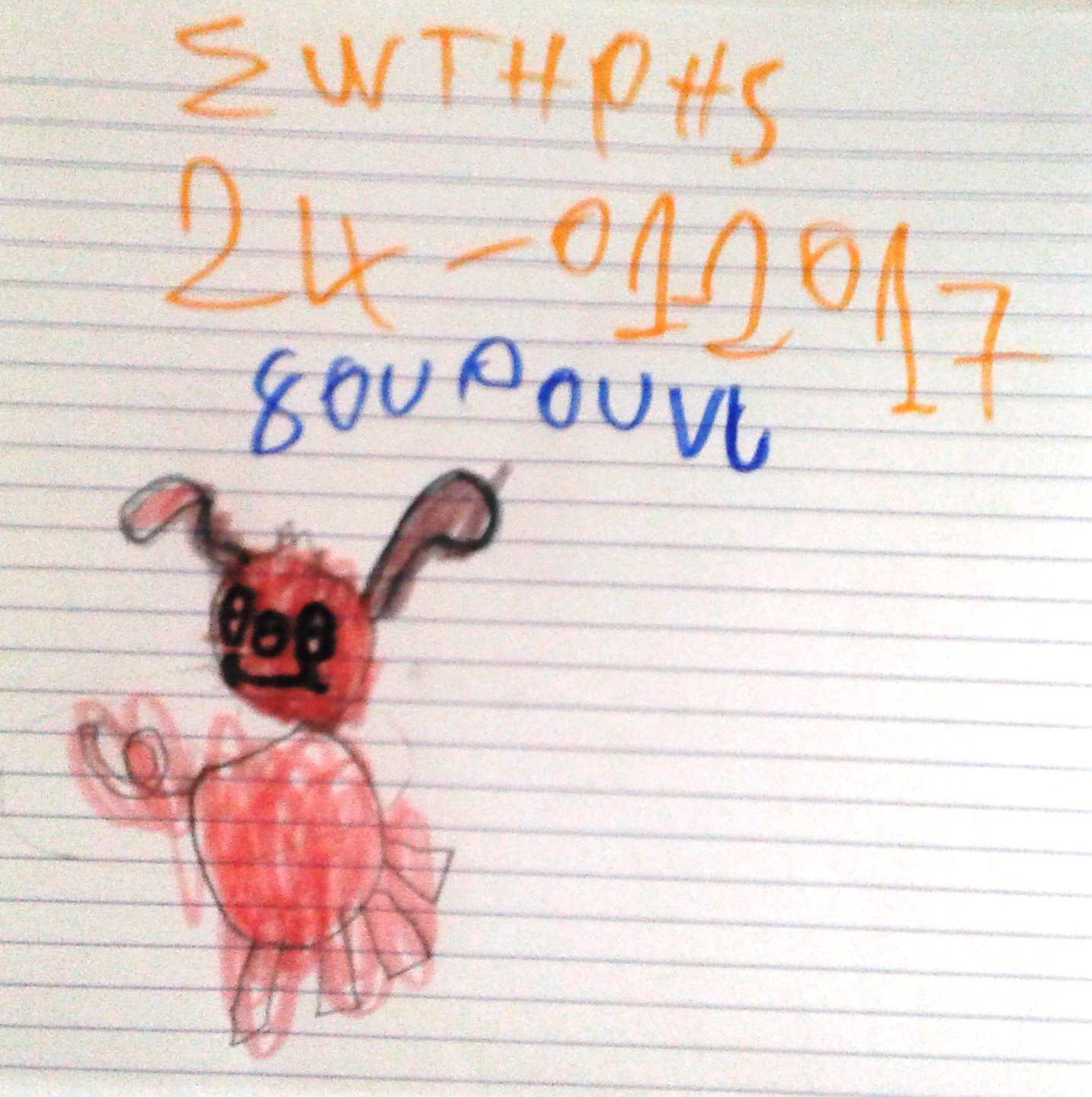
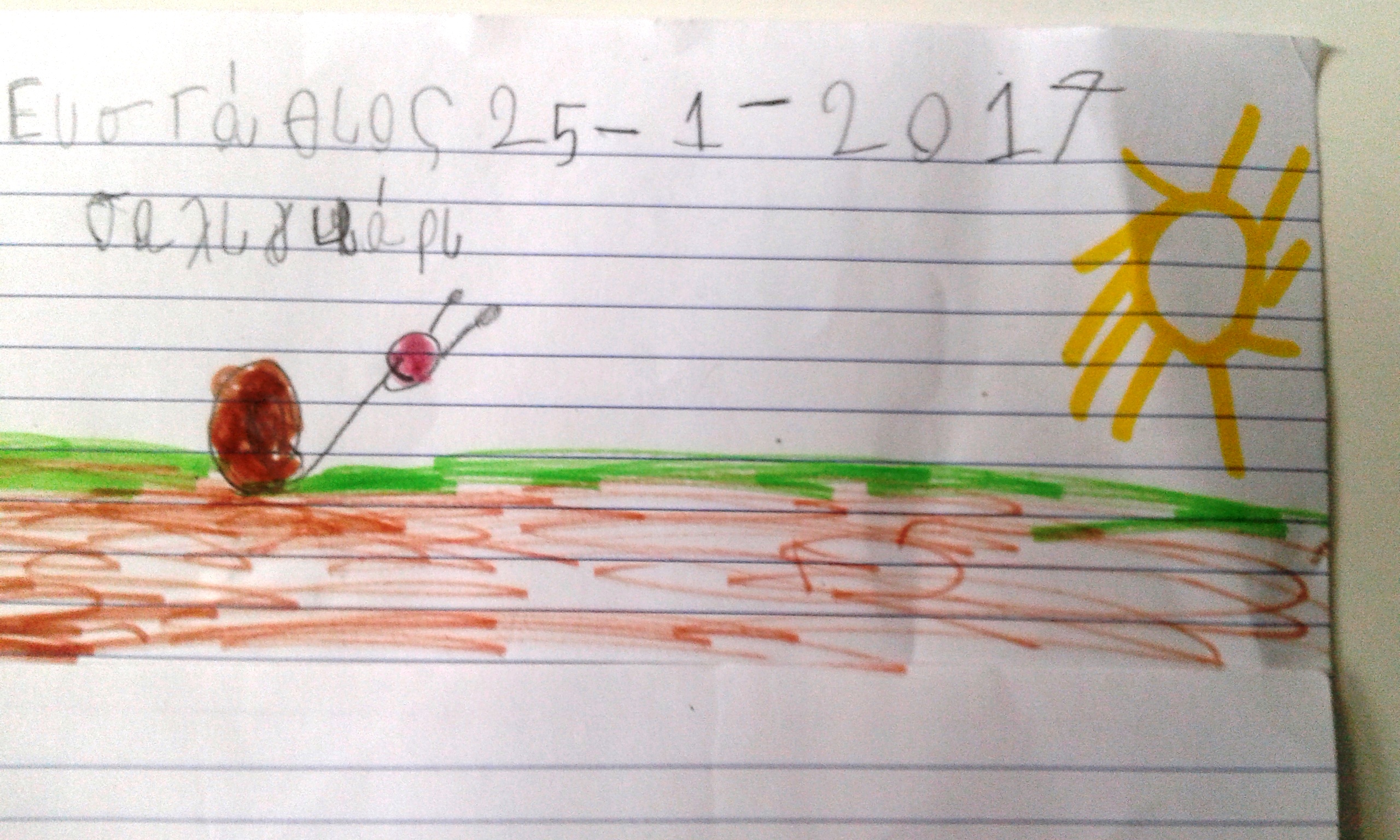
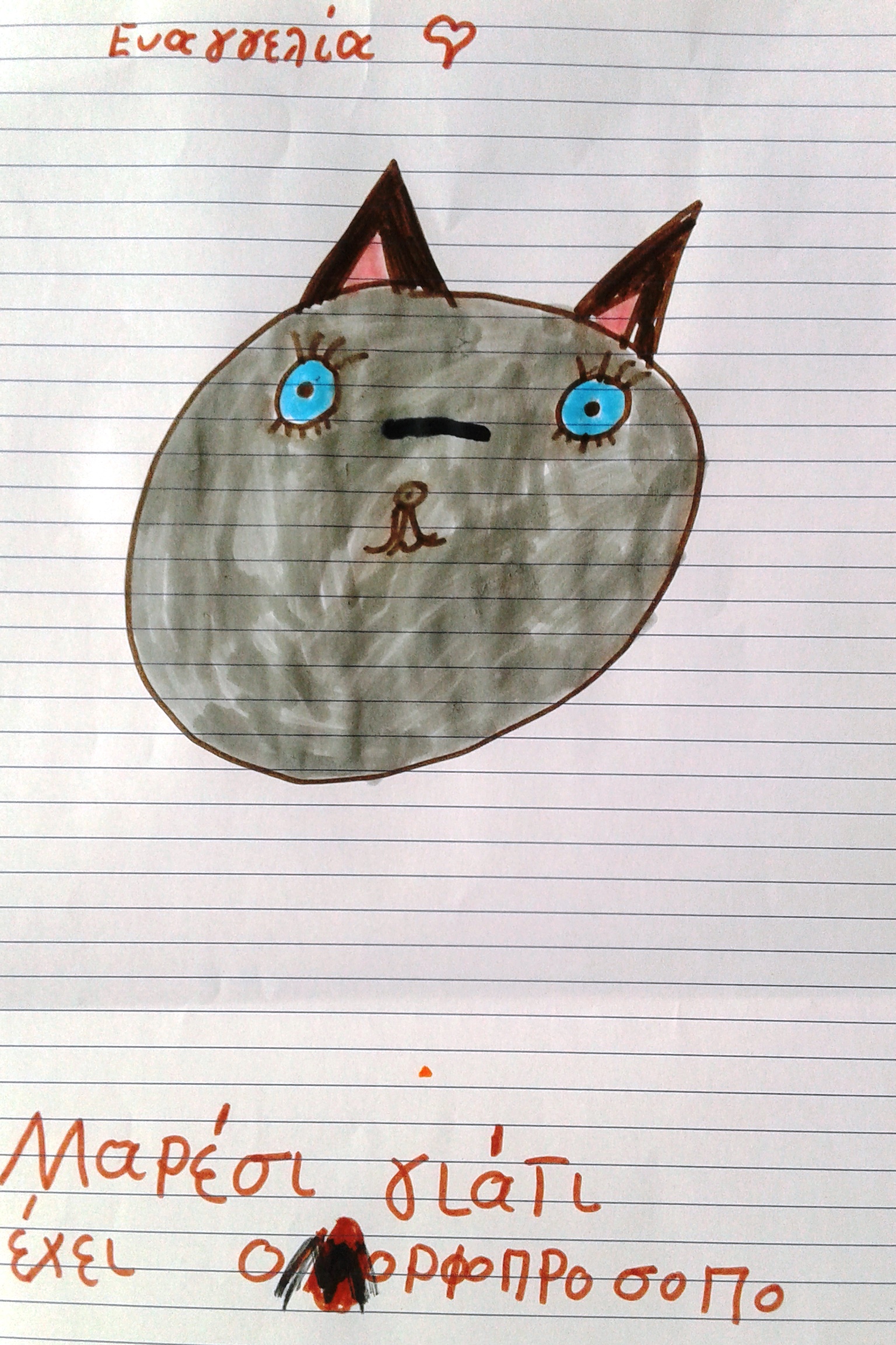
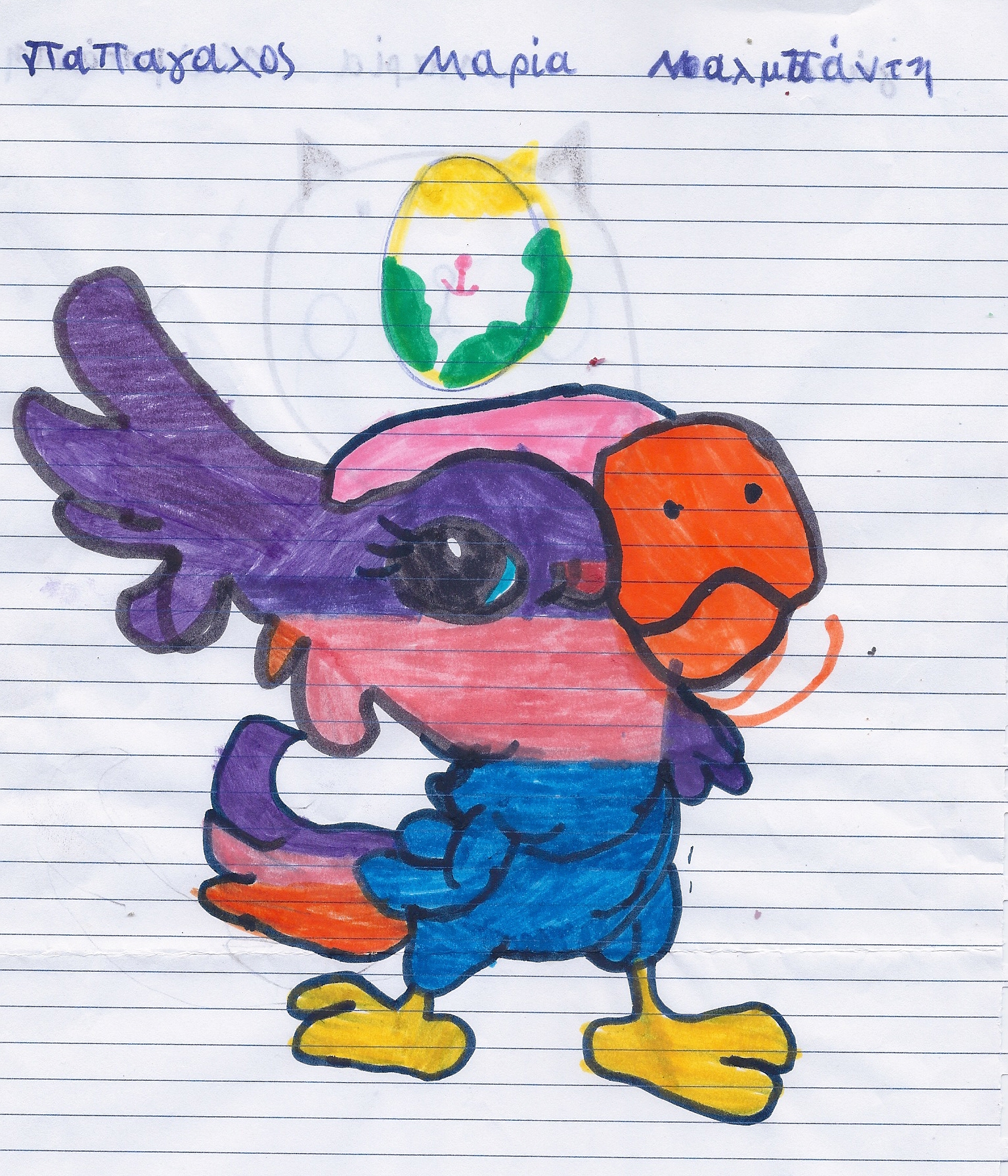
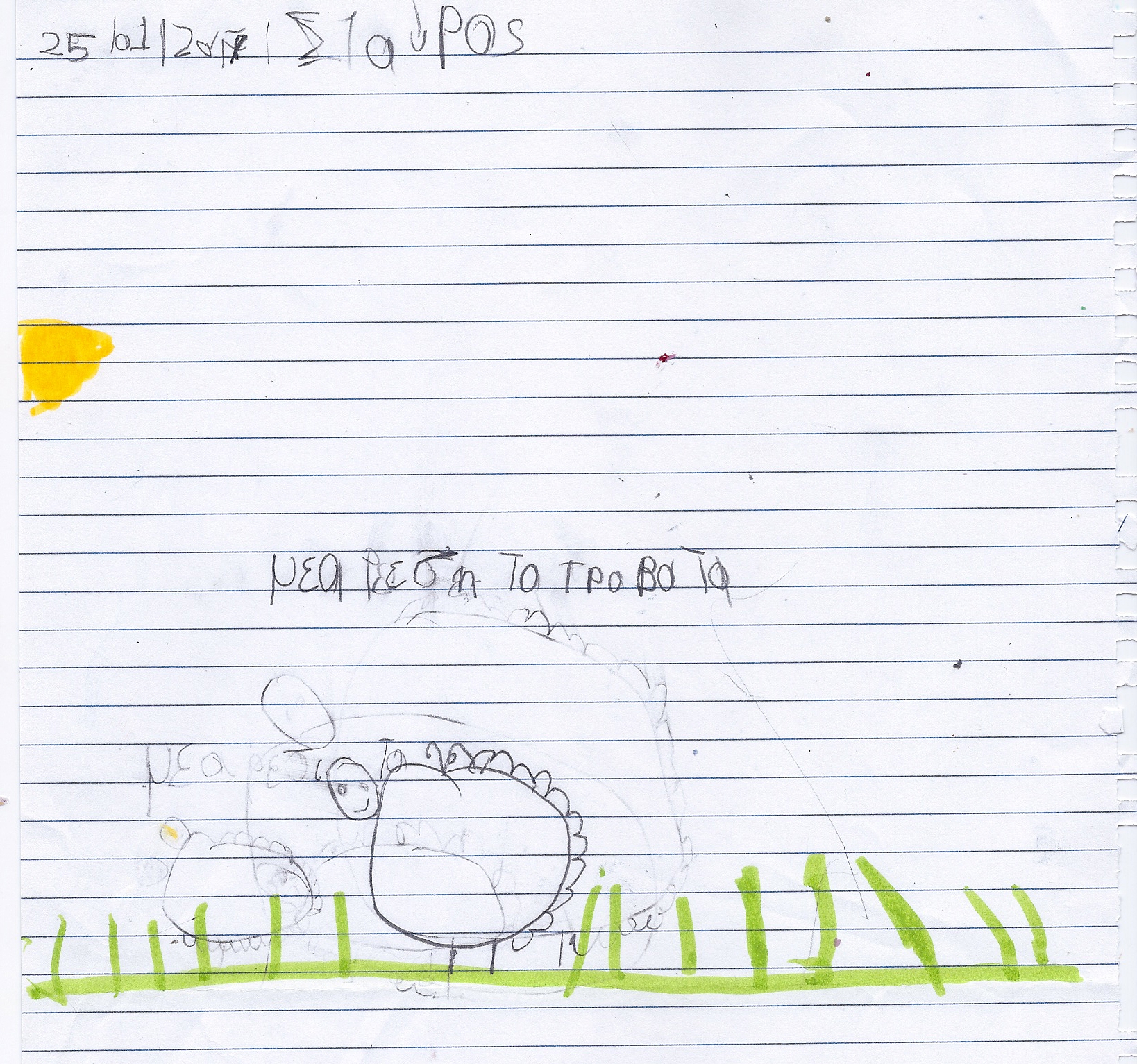
Nipiagogeio Heronias Animals from my favorite fairy tale
The animal I love most
students from 1st Primary school paint thei favorite animal
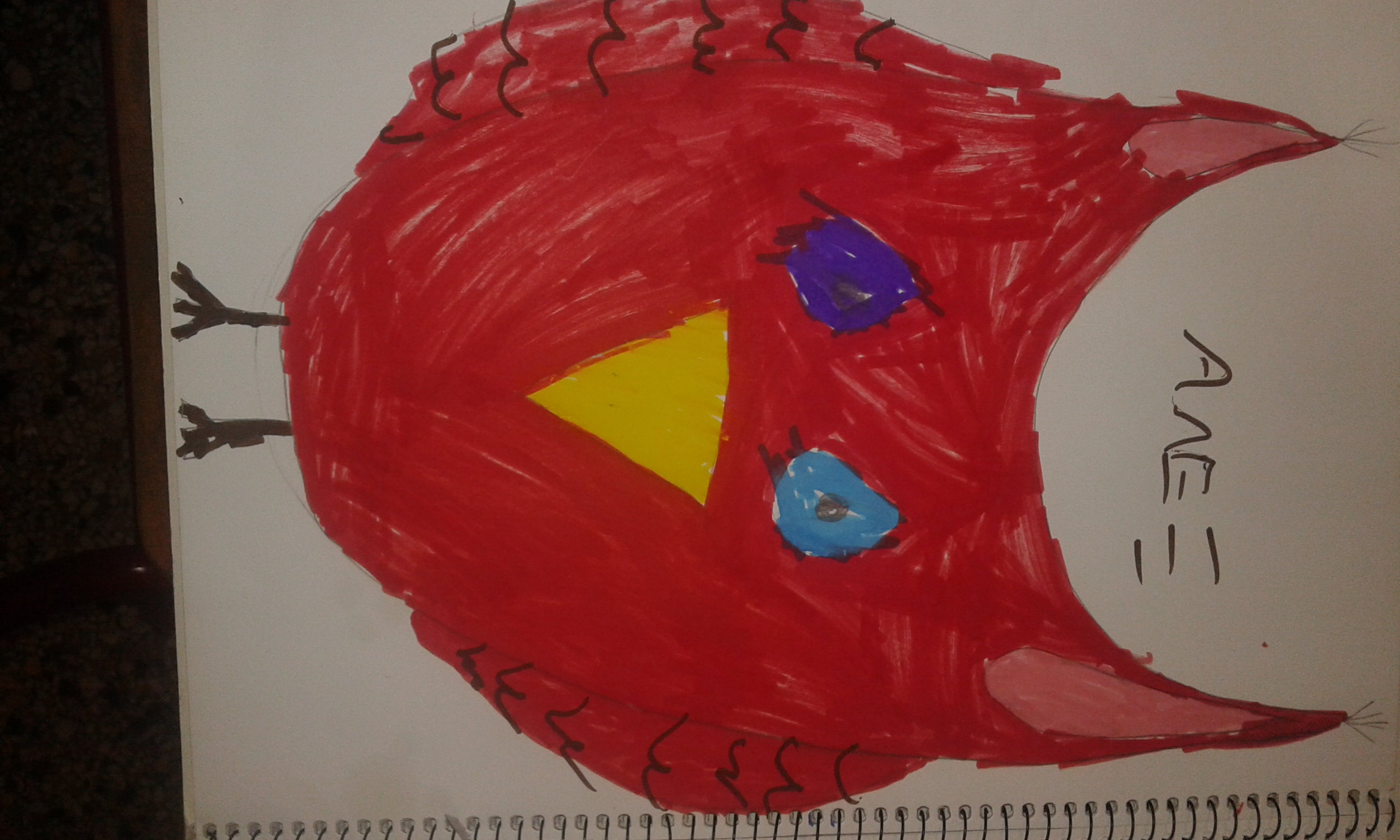
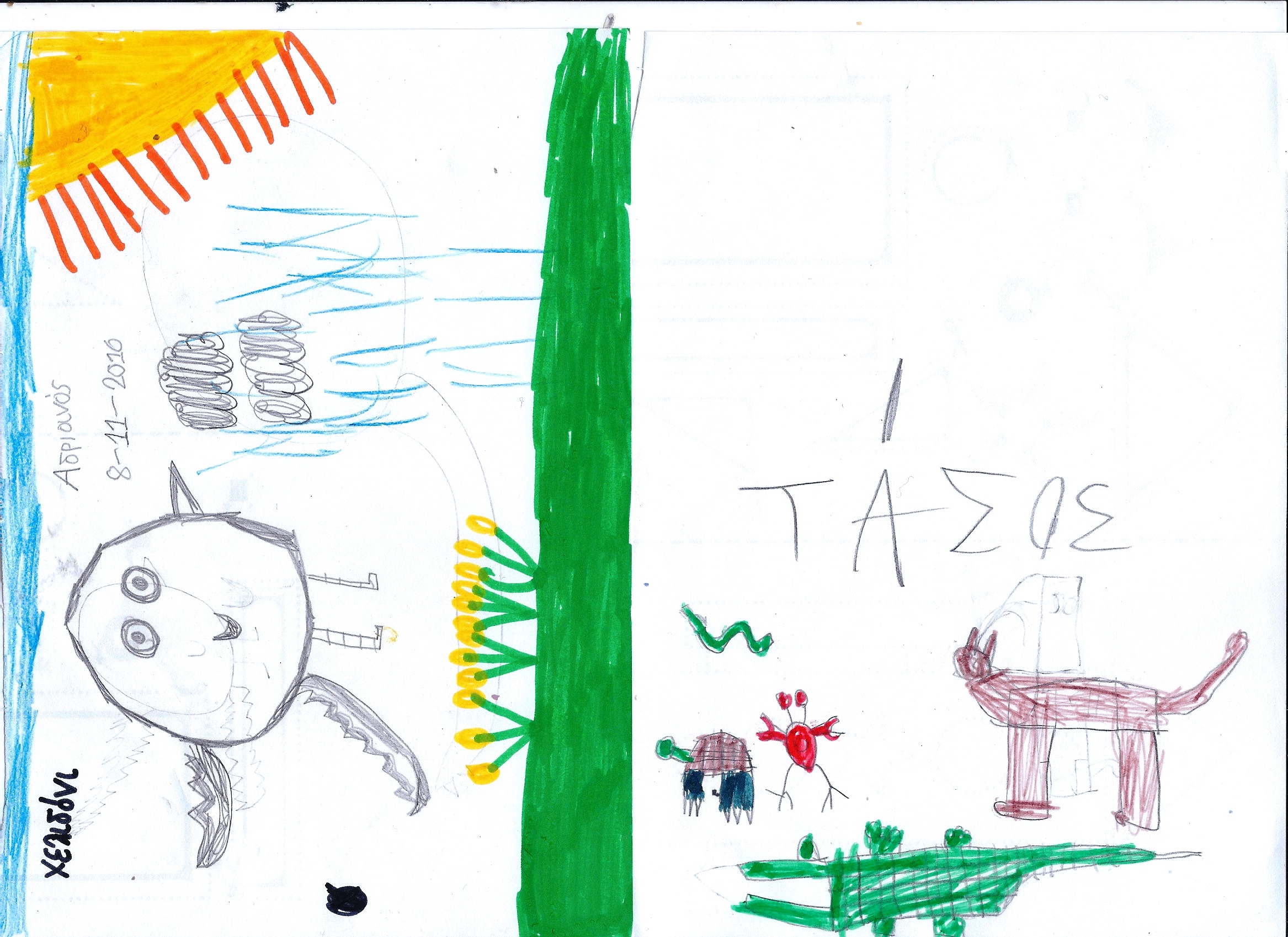
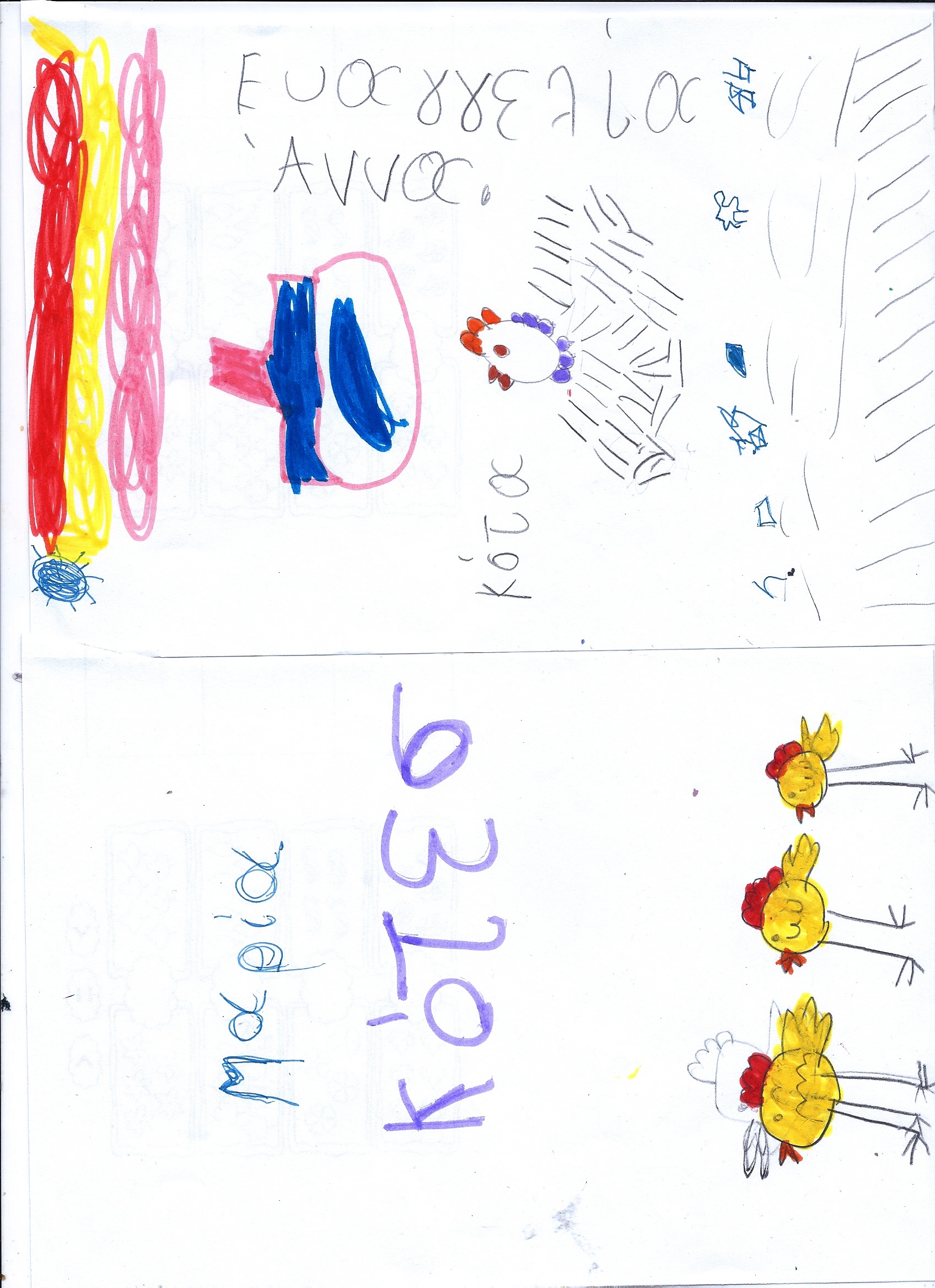
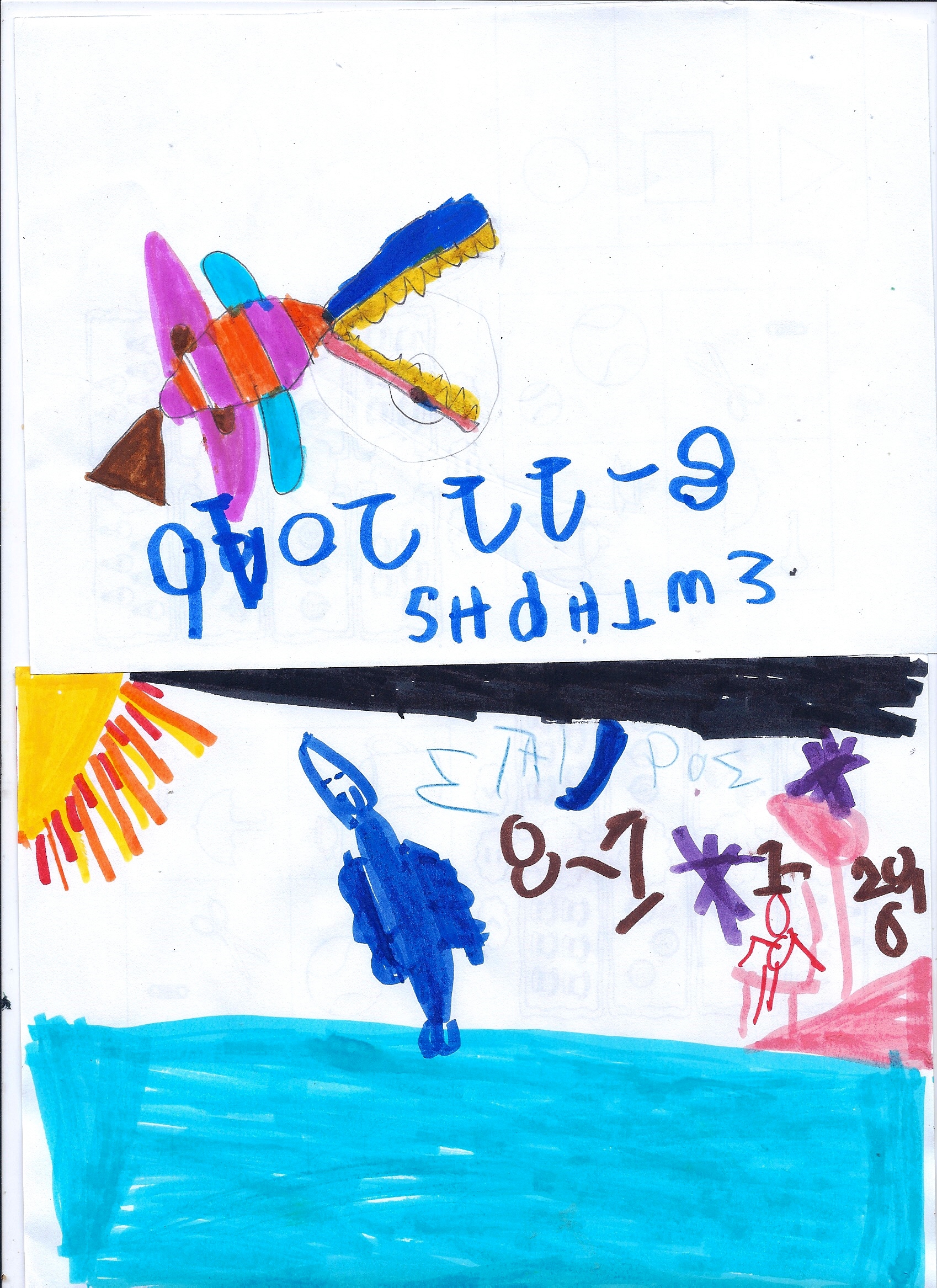
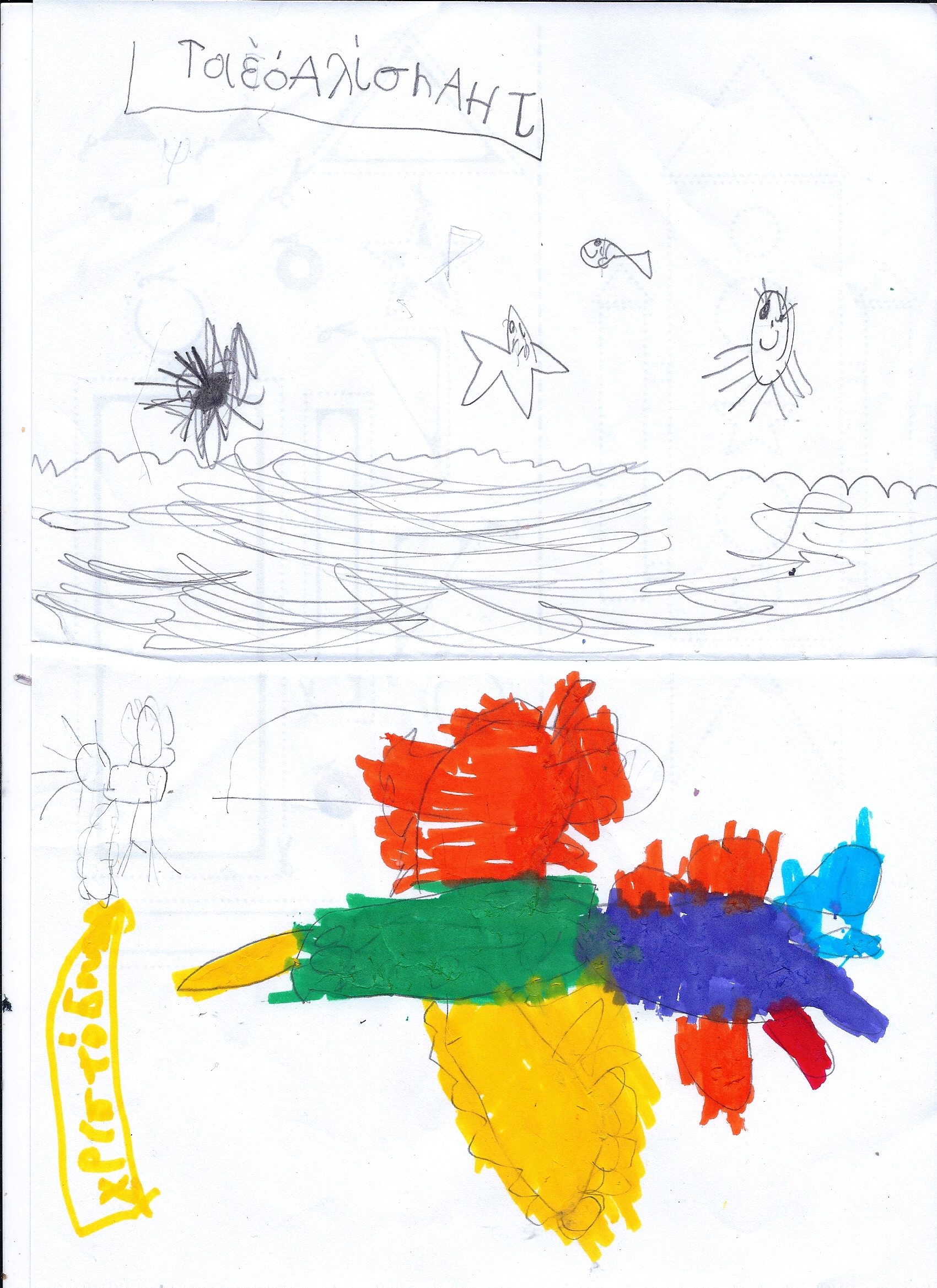
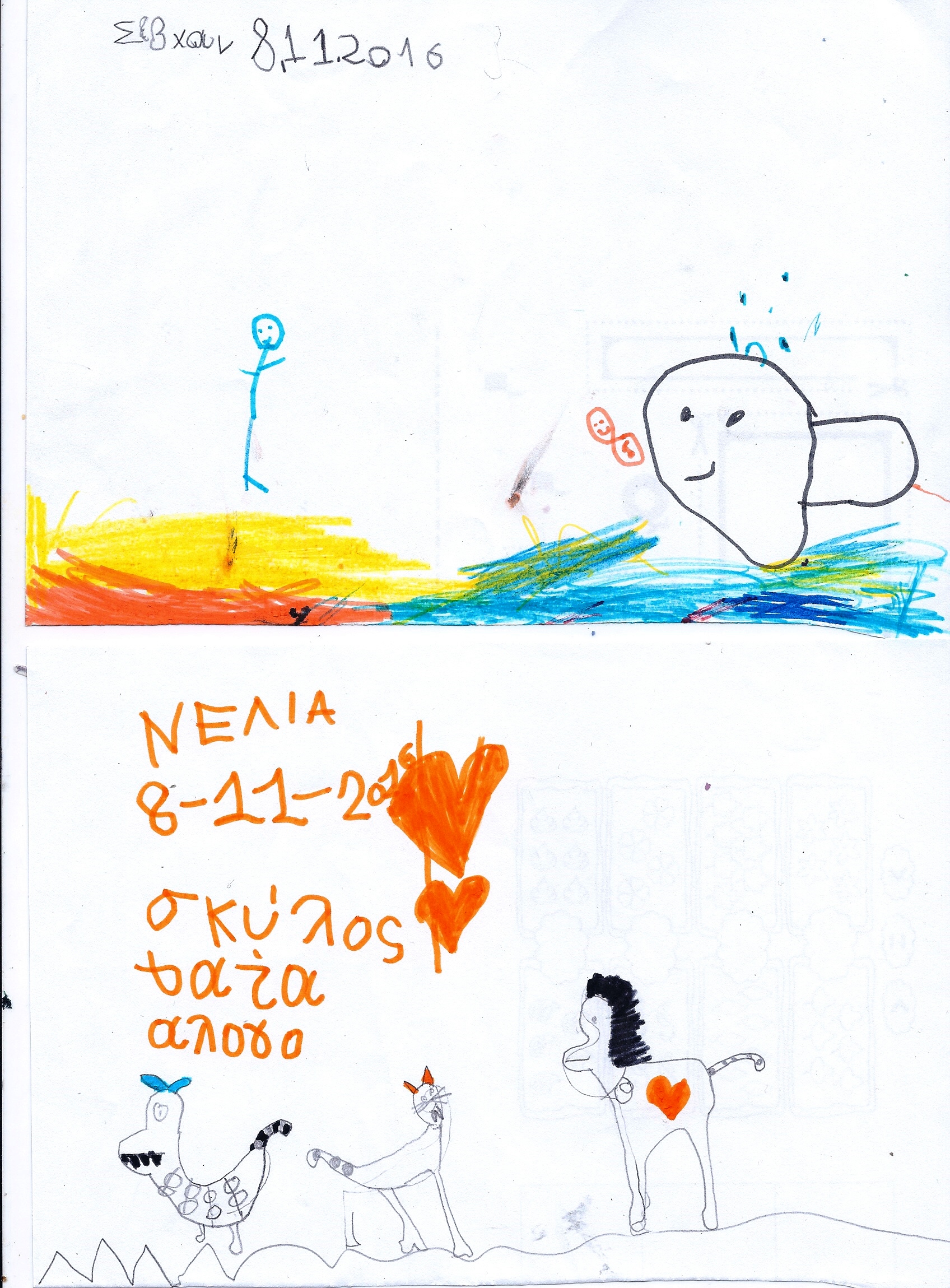
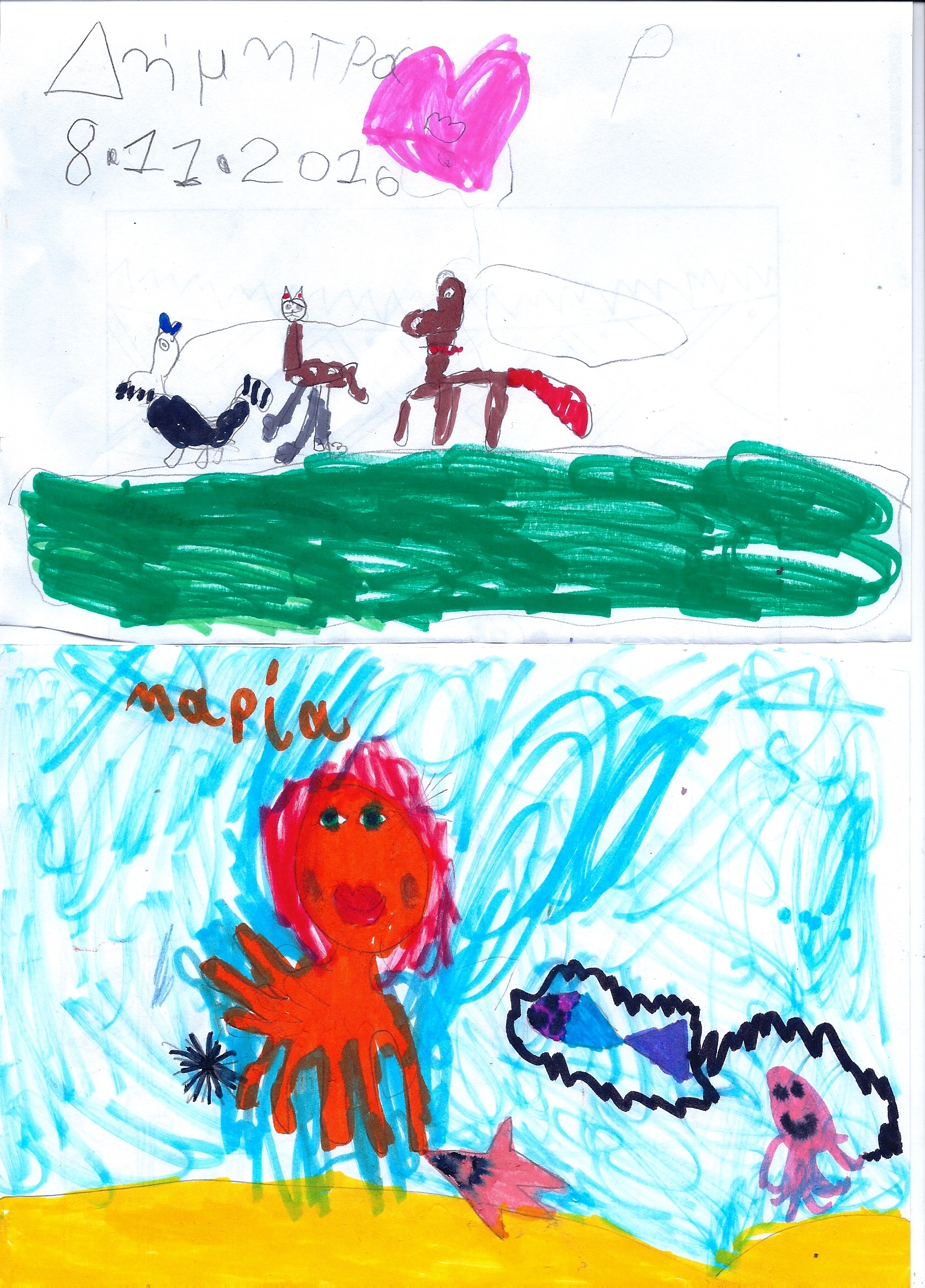
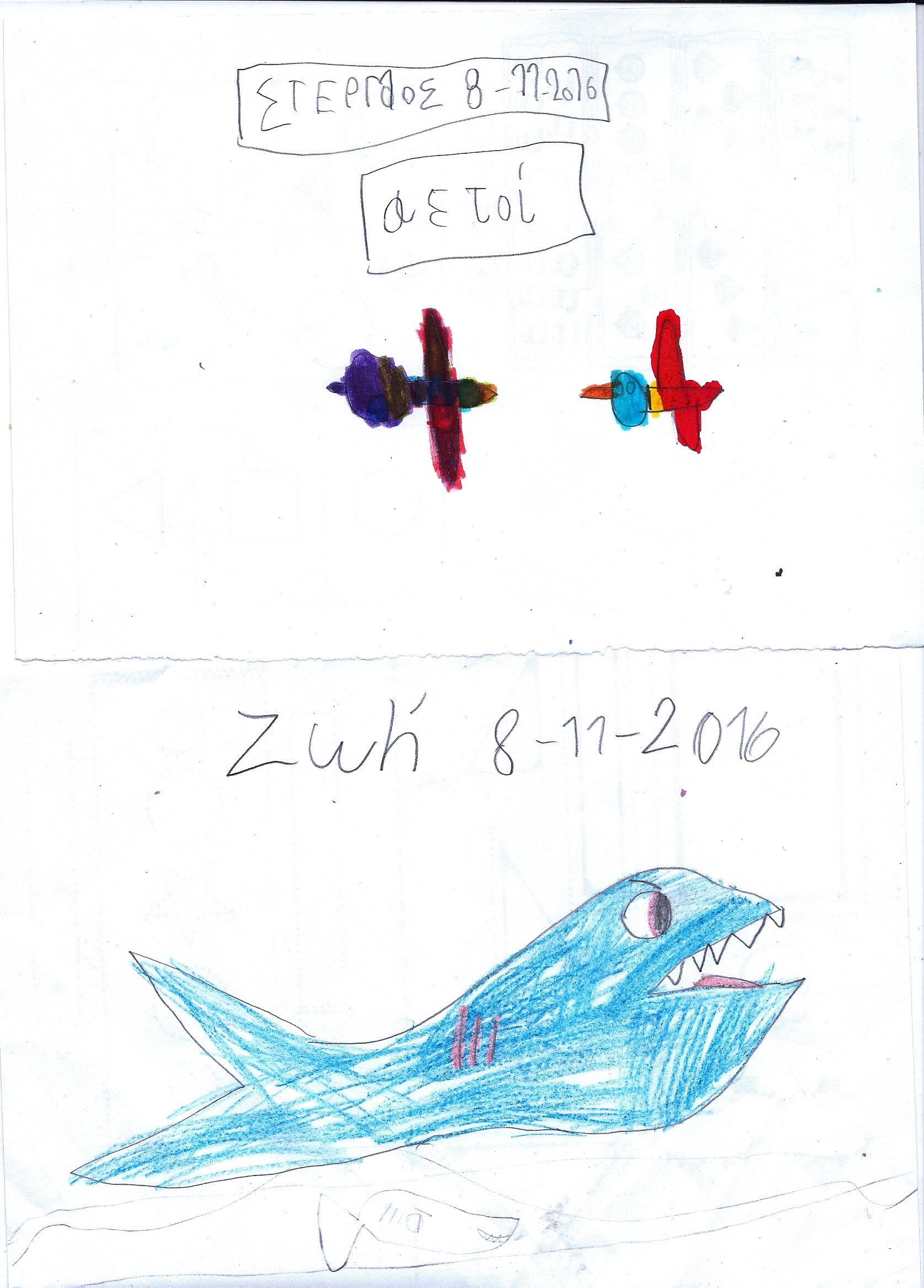
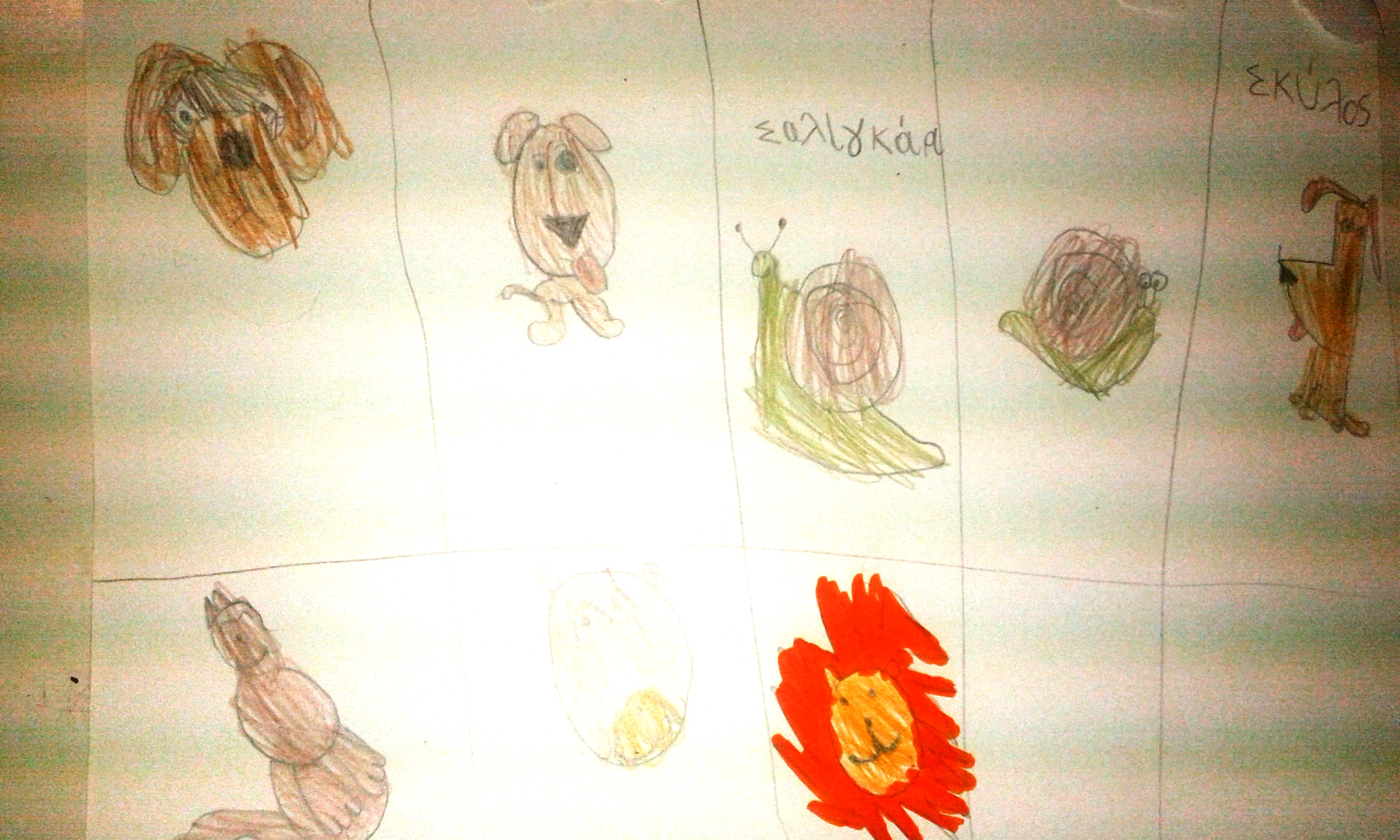
GD “SLANCE” LEVSKI / BULGARIA
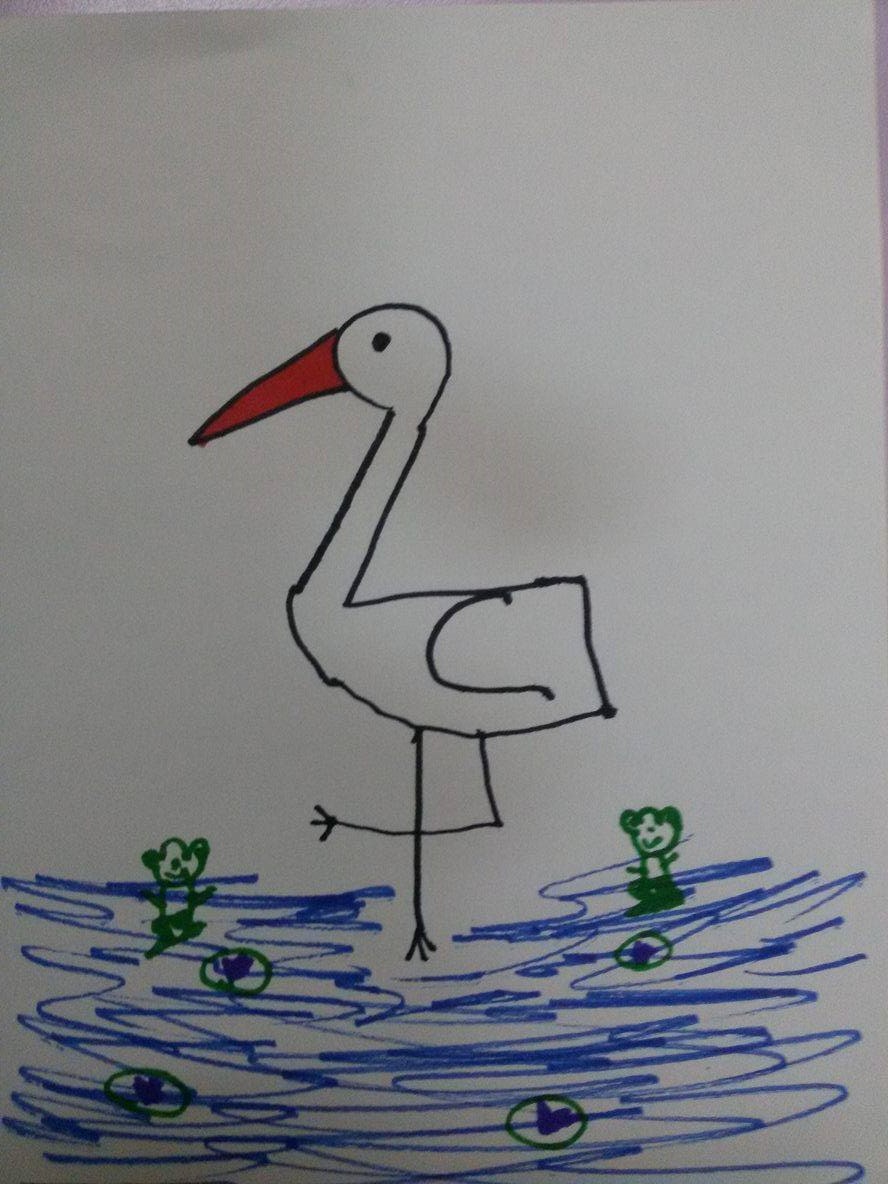
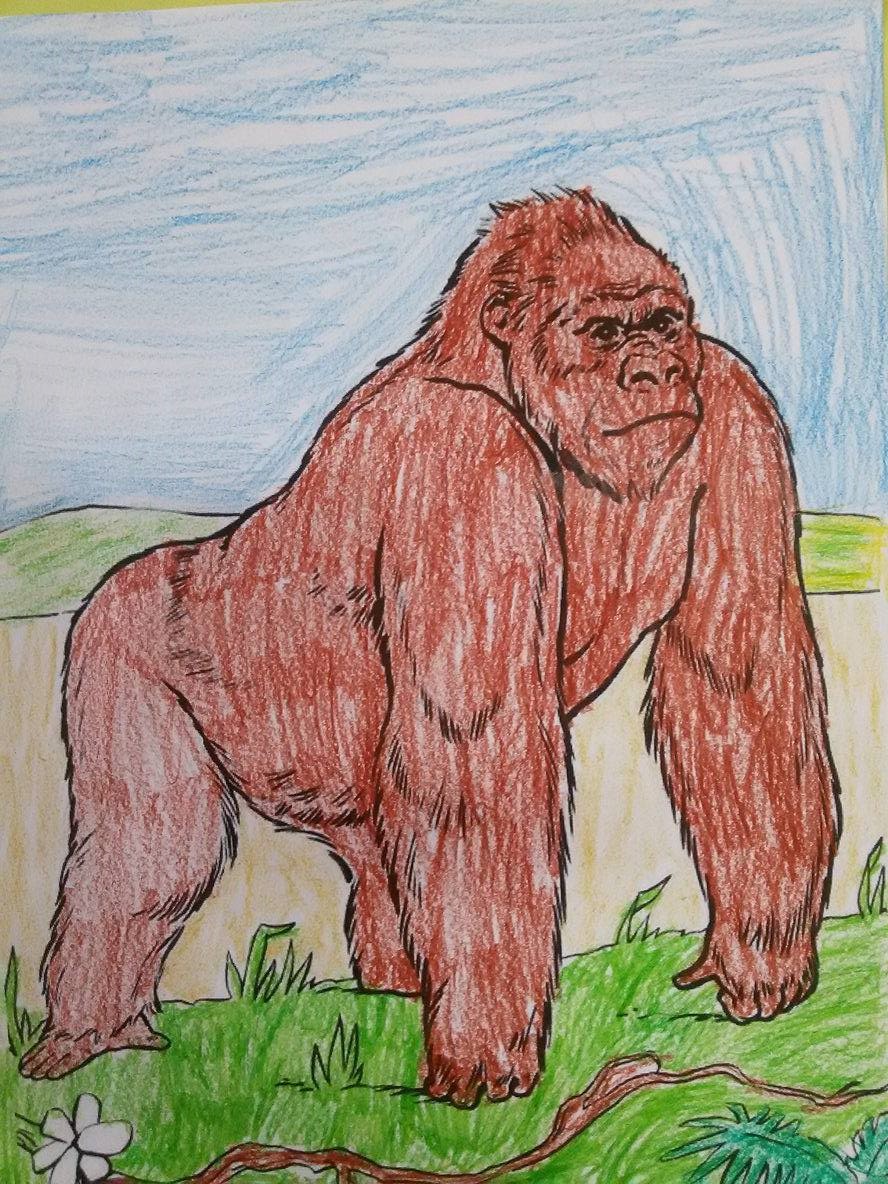
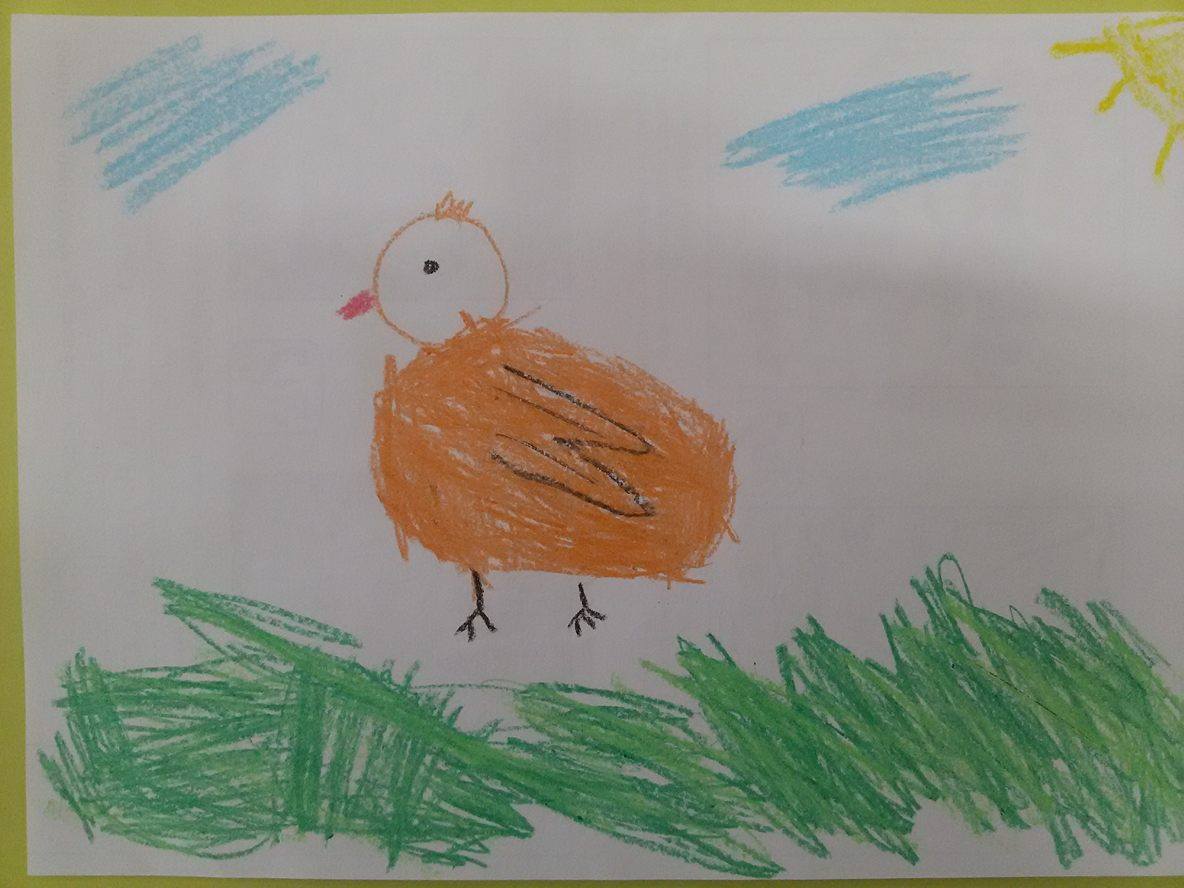
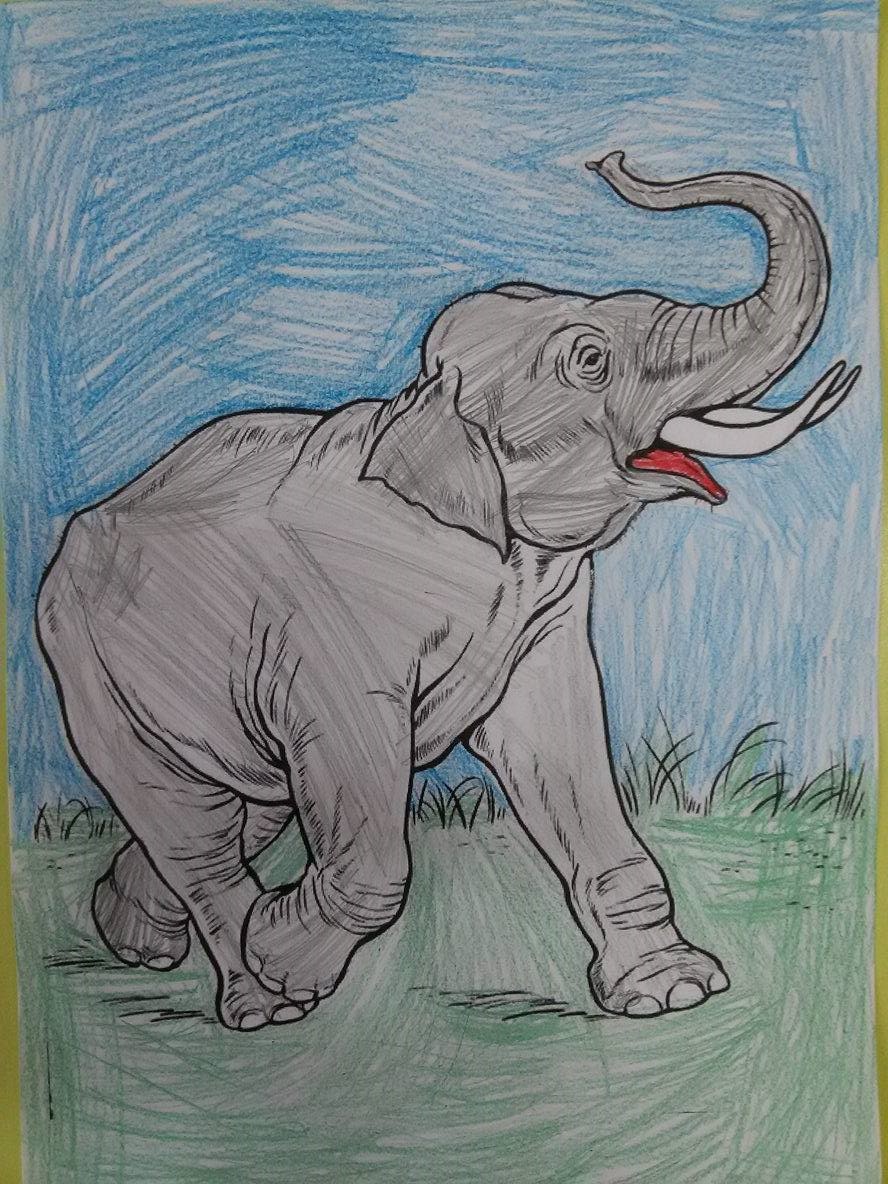
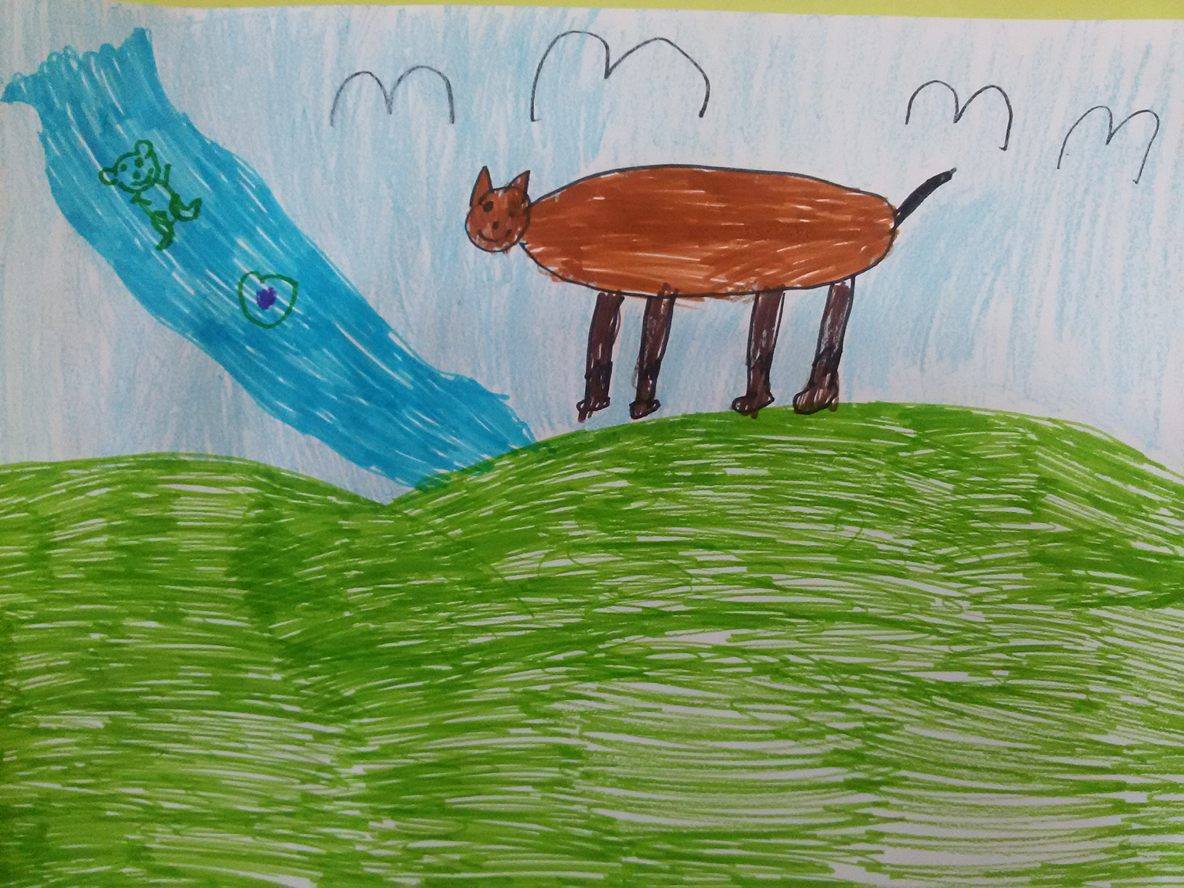
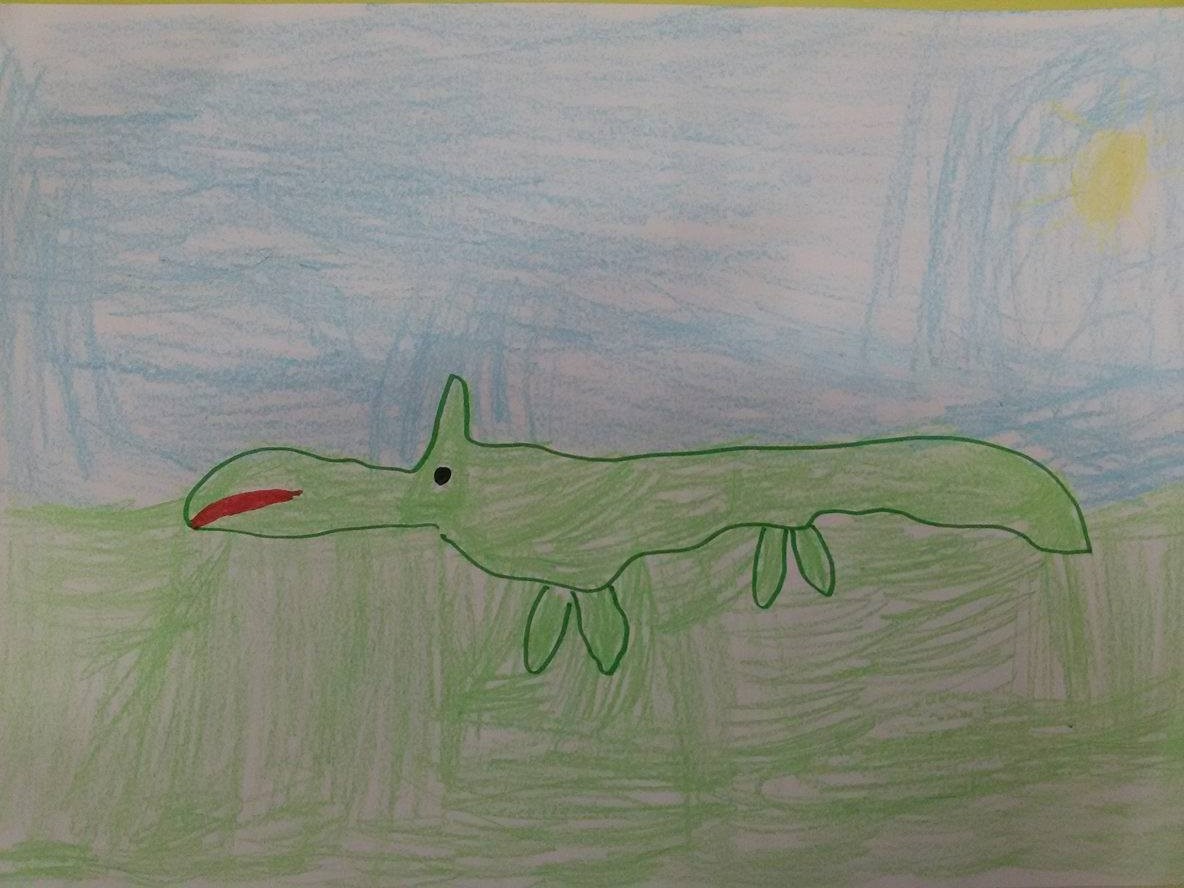
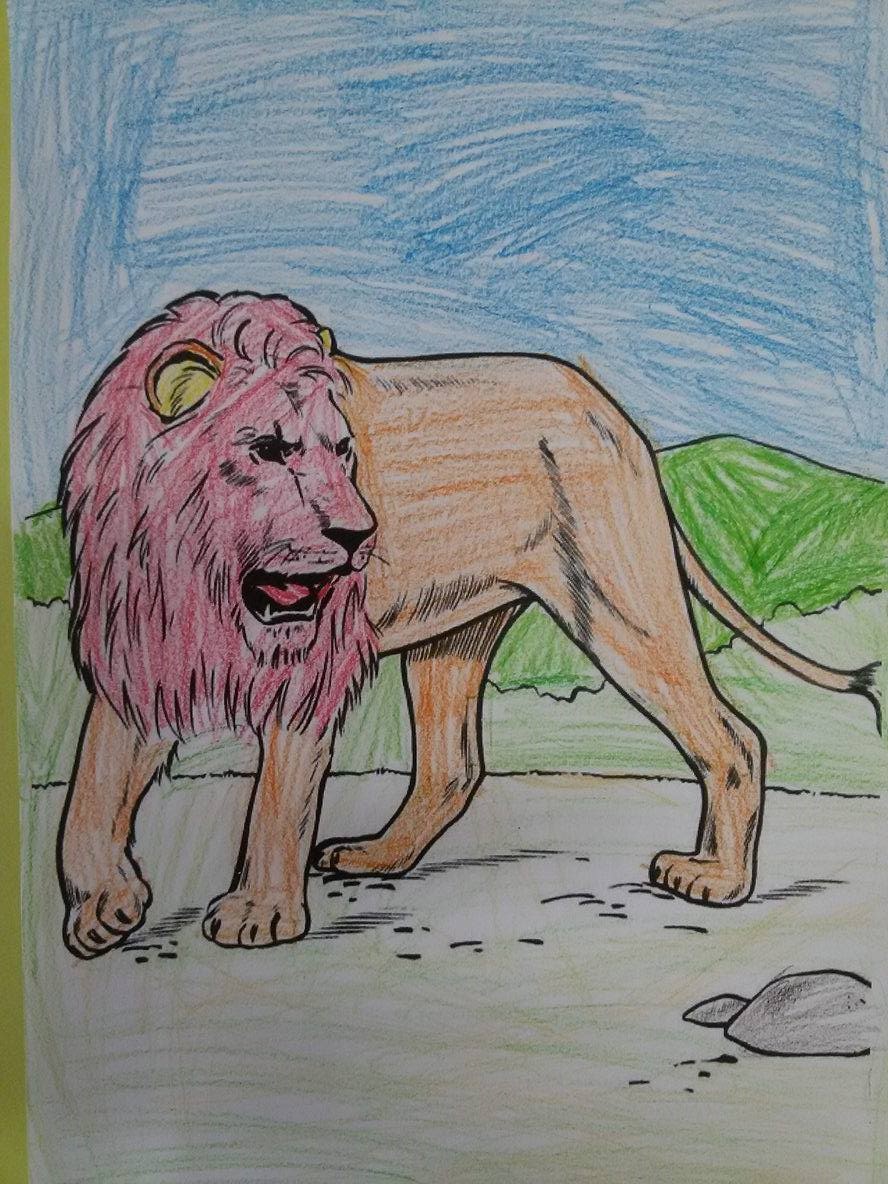
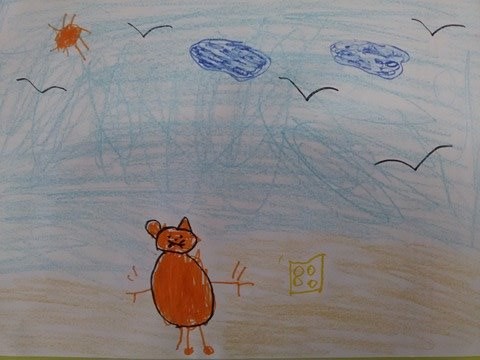
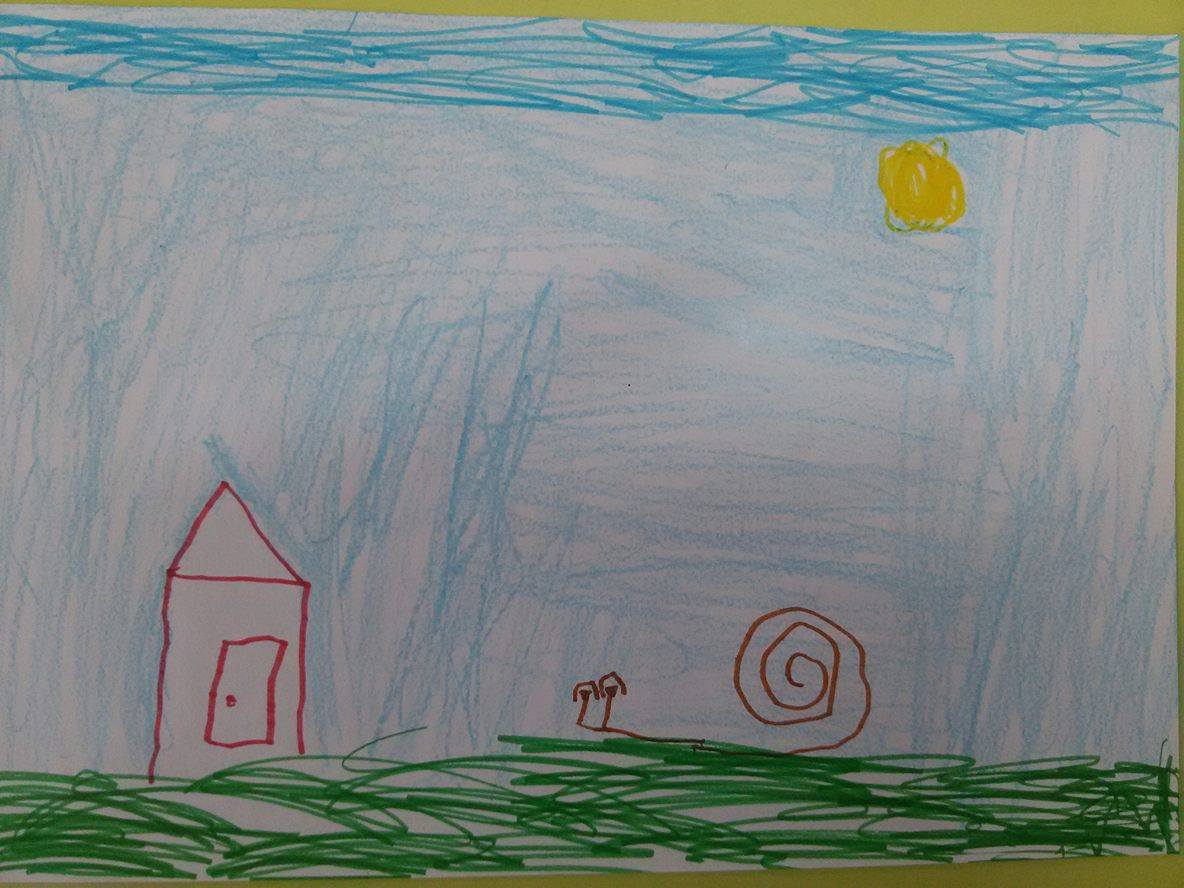
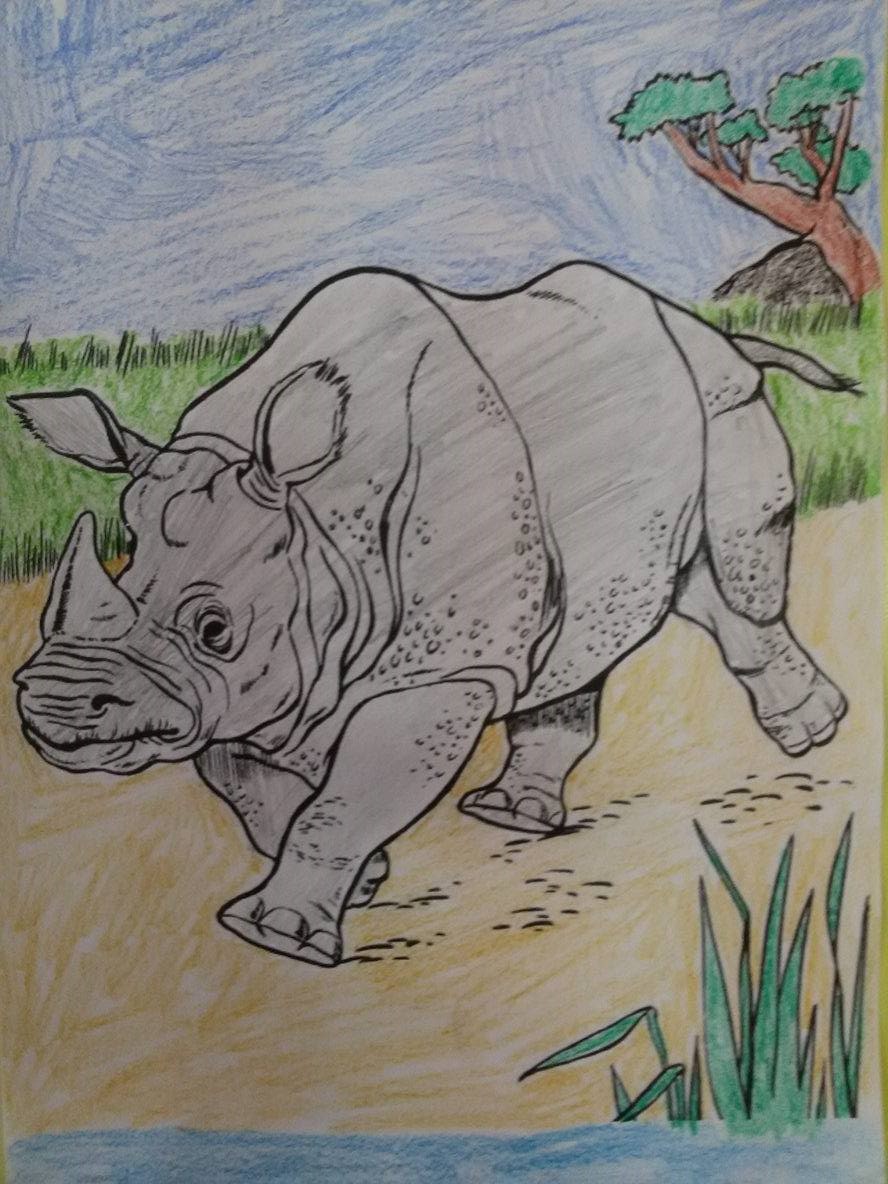
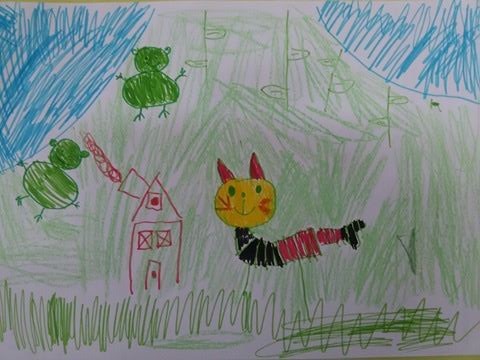
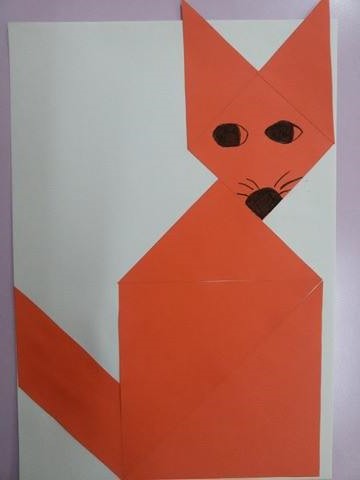
ОДЗ “Валентина Терешкова” Pazardjik /BULGARIA
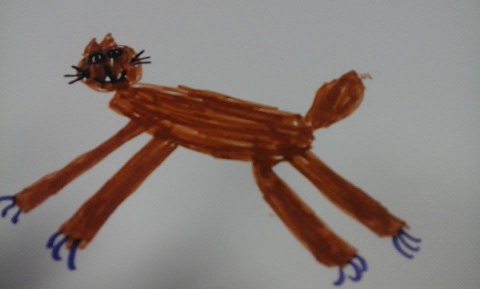
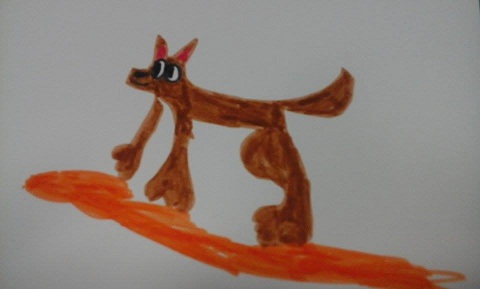
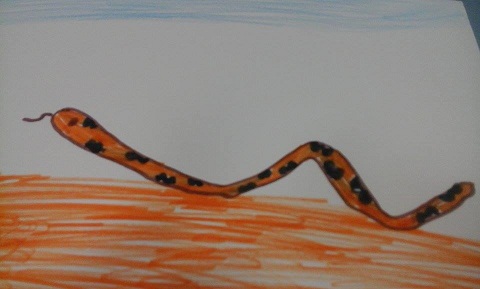
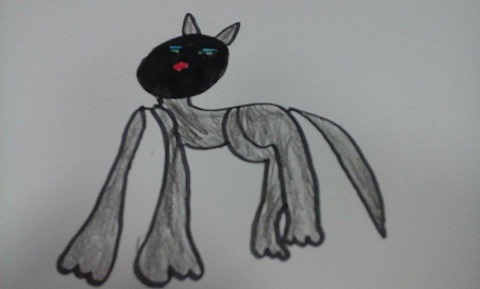
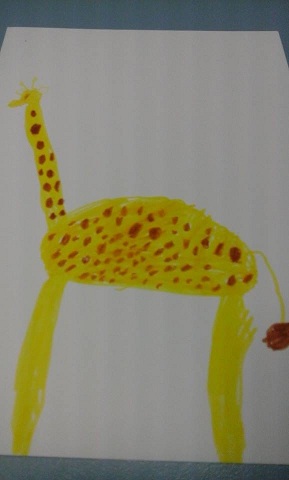
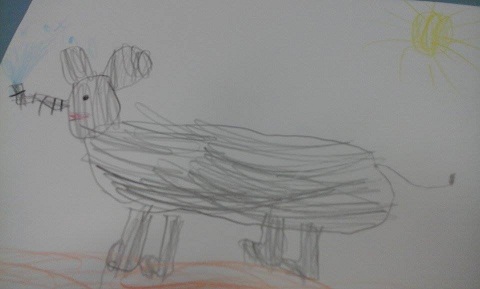
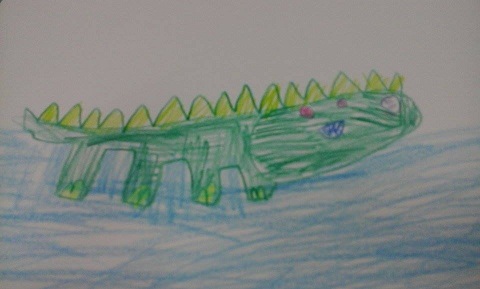
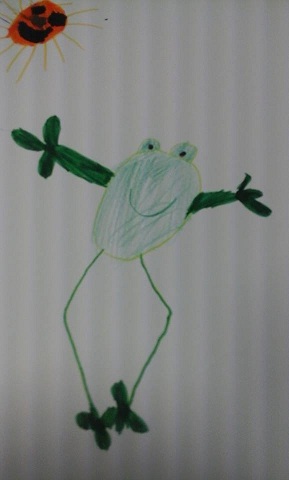
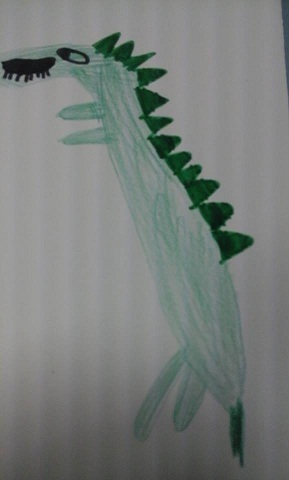
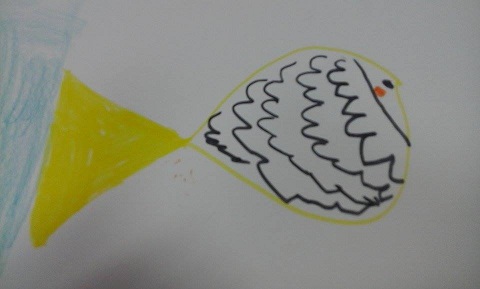
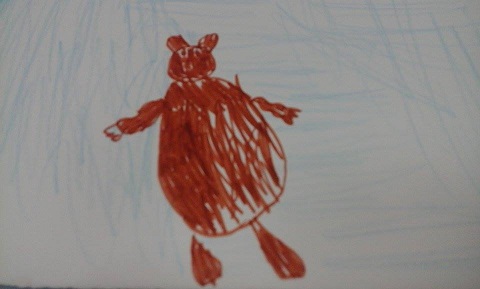
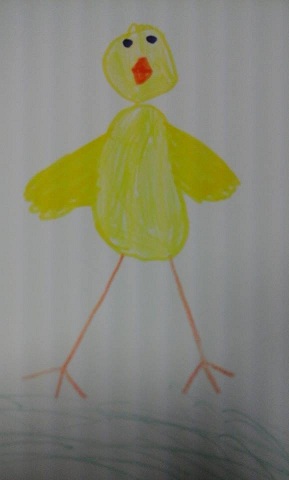
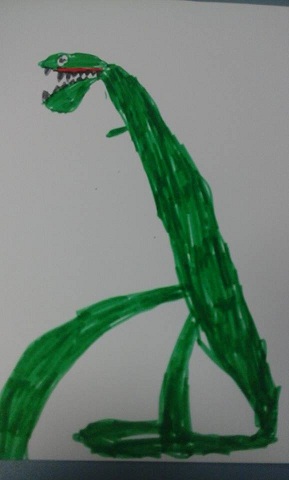
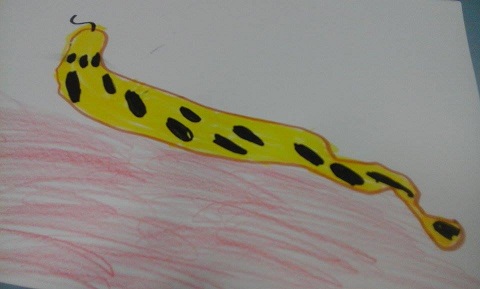

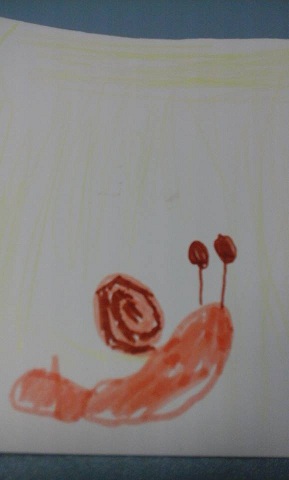
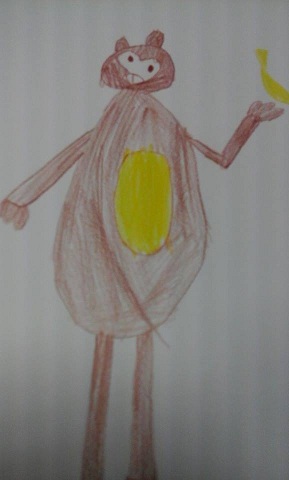

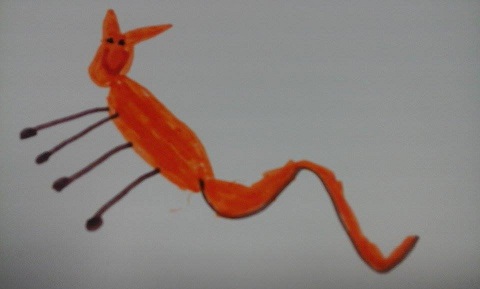
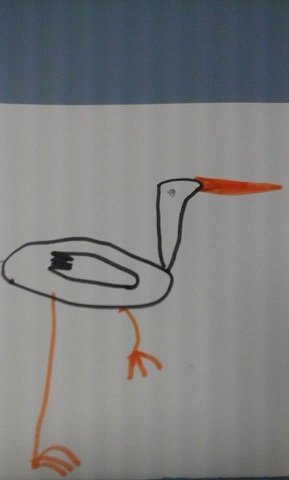
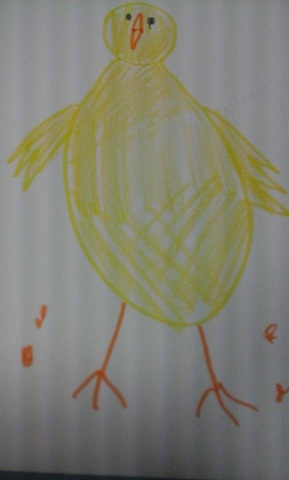
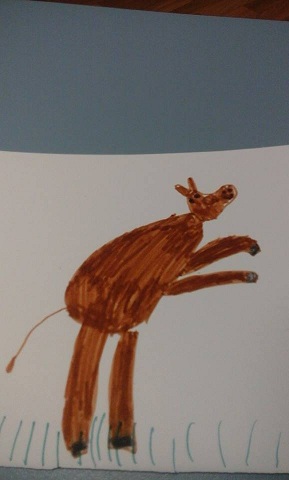
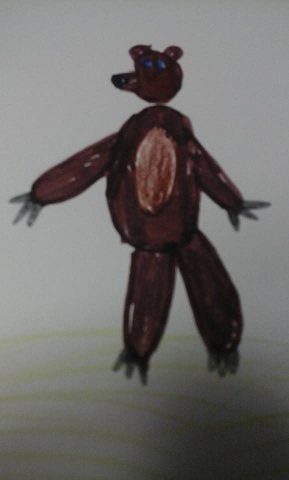
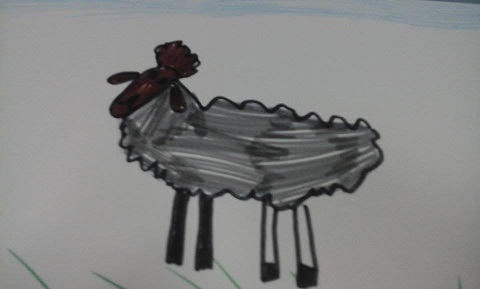
Muhittin Develi Primary School
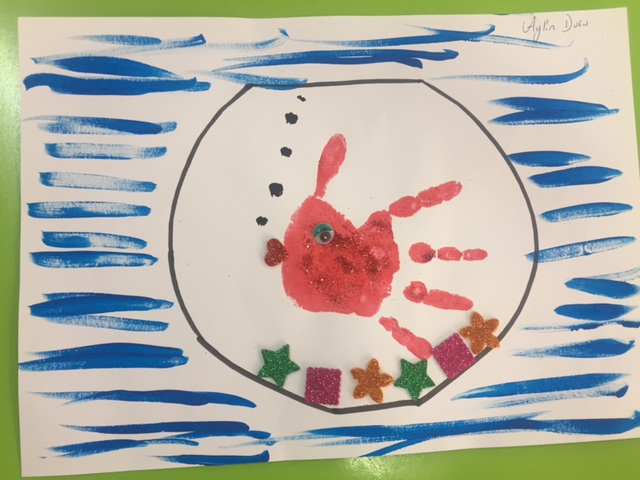
Mastori Meropi – Matzarli Meropi
https://padlet.com/mmastori71/hcojakk5wy8o
https://padlet.com/stellamavidou/f92heo63s7wy
Animals and Enviromental studies
-
Teach children about caring . Study about animals.
1st Primary School of Komotini
about caring for animals: Animals are a wonderful part of our lives. They bring us joy. They make us laugh. They give us unconditional love. They bring us sorrow when they leave us, but leave us with cherished memories of true friendship.
But , many animals in our society are suffering. They are homeless and unwanted, abused and neglected. Some go hungry on our streets; others put to death in our shelters; and many suffer silently at the hands of their owners, who either don’t understand, or simply don’t care.
As the old saying goes, “it takes a village to raise a child”, and we believe it takes a community to make the world a better and safer place for animals to live.
We discussed about those items and my stydents drew their opinion
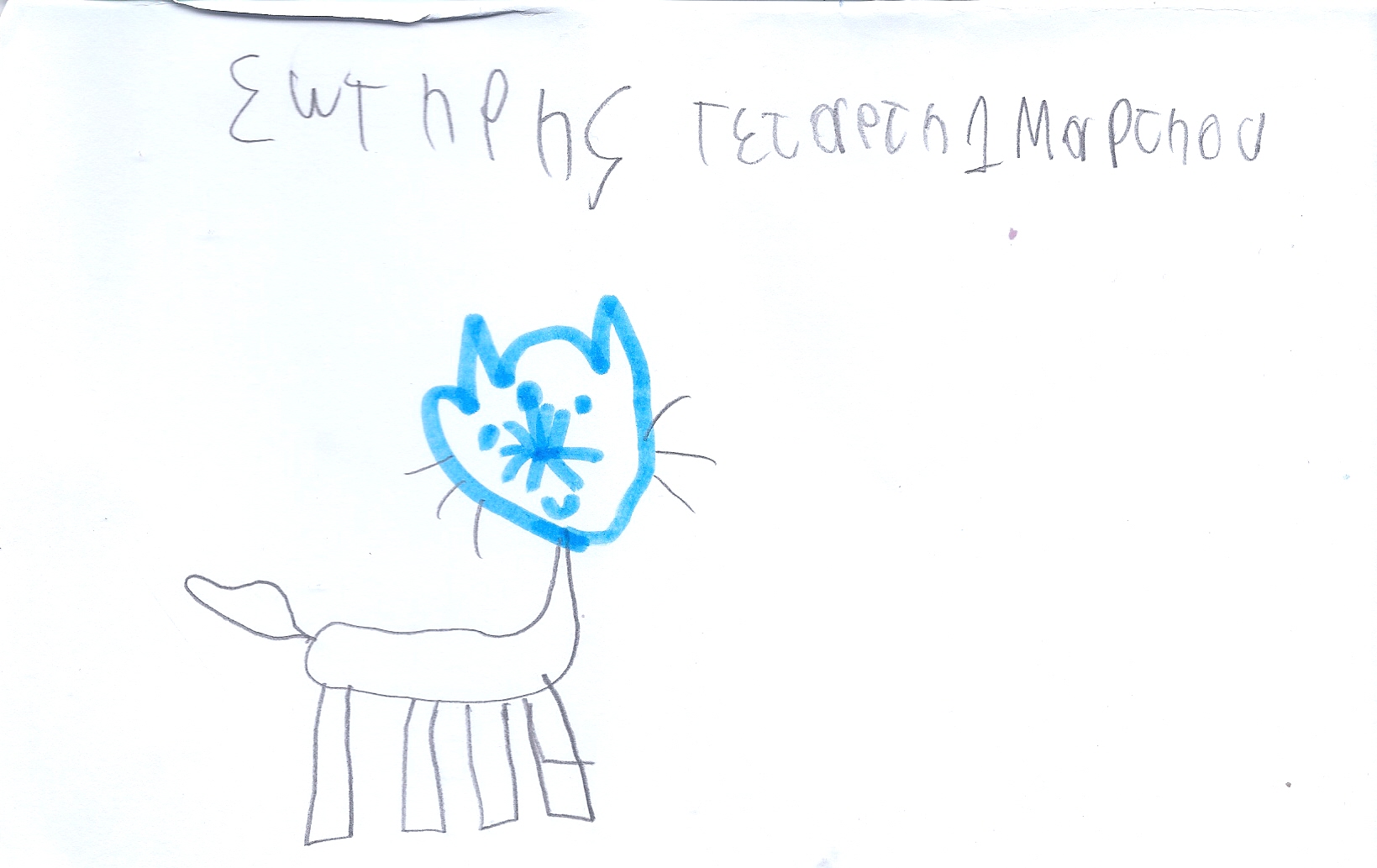
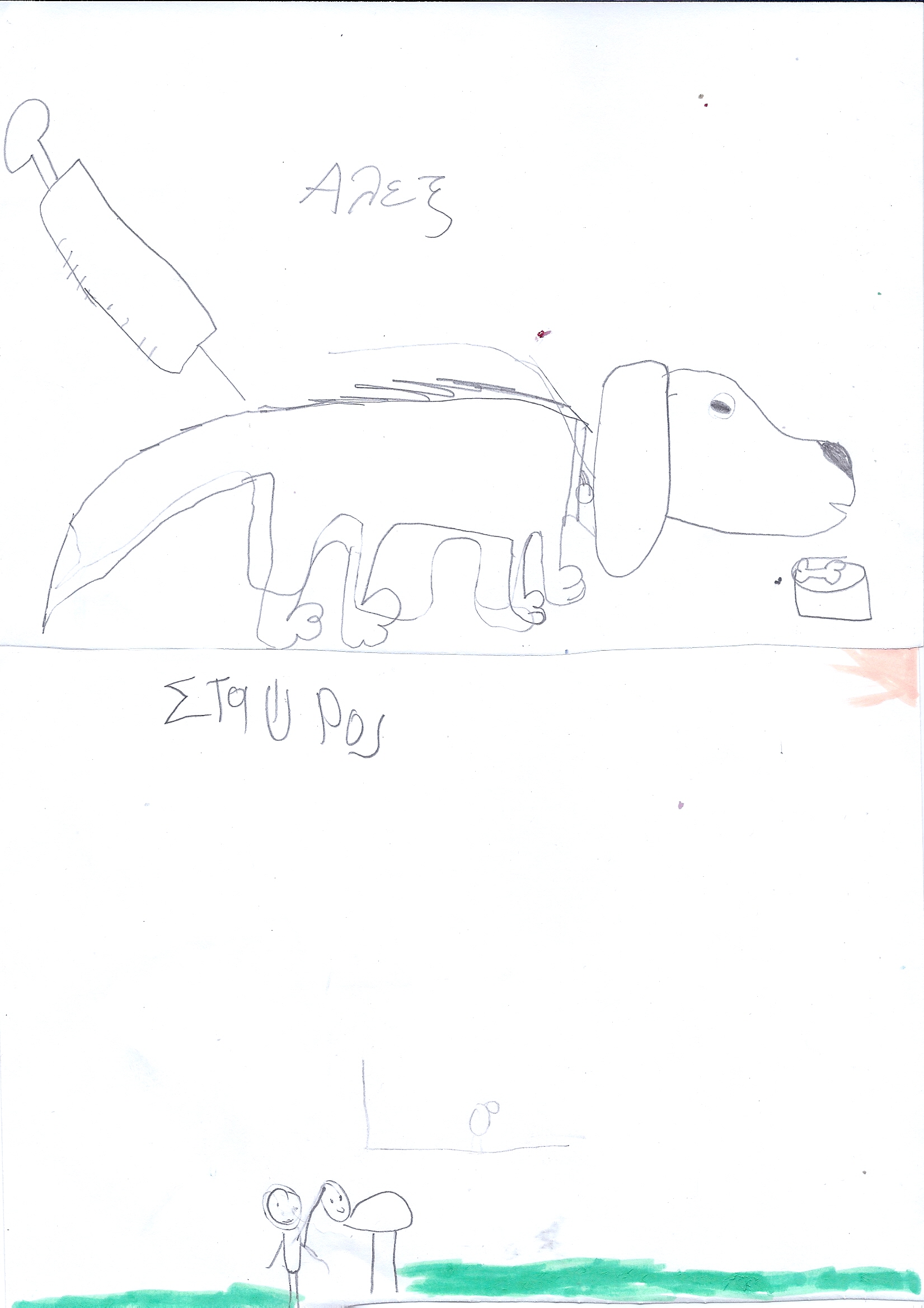
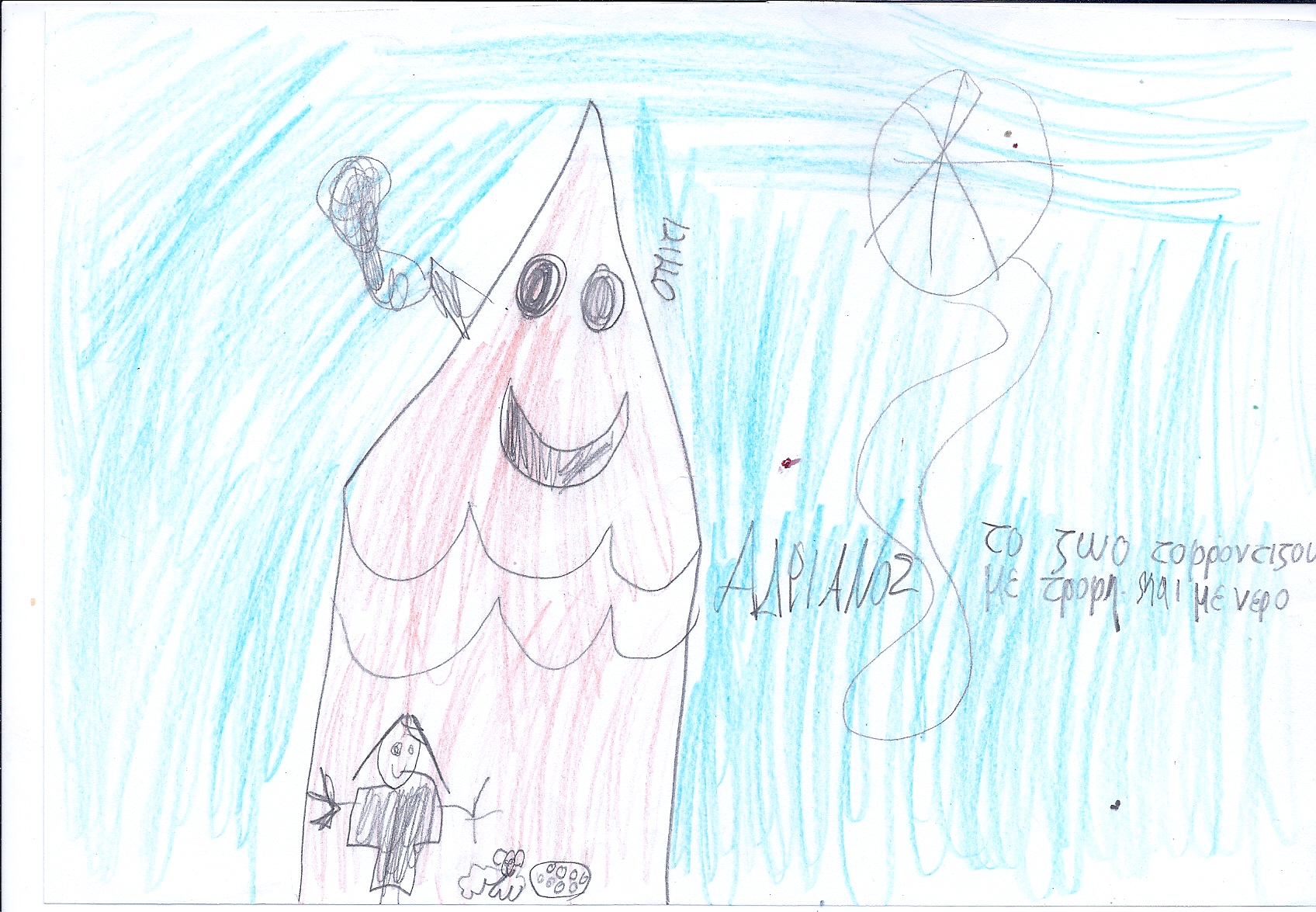
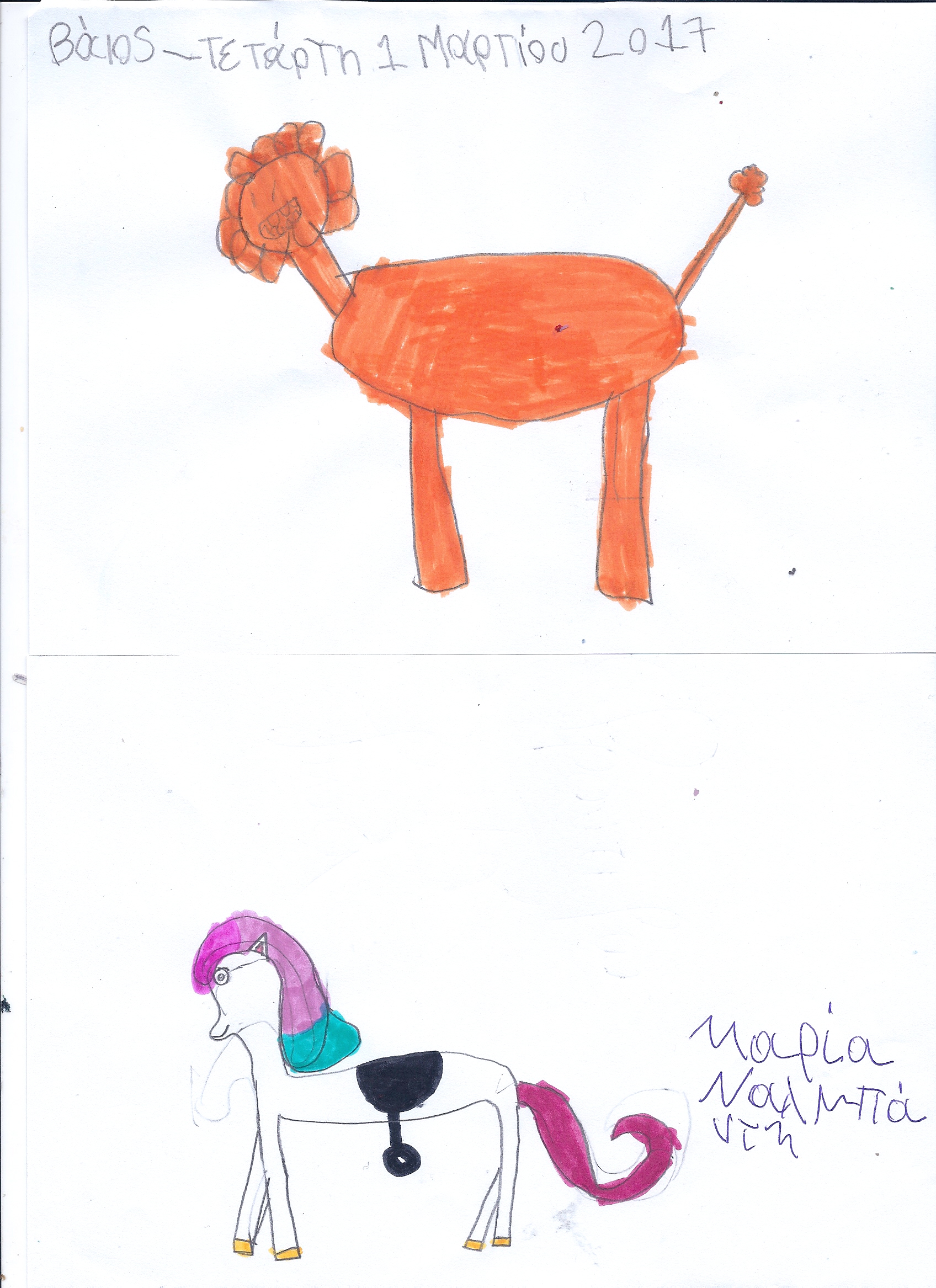
Build Background
- Ask students where they live (house, apartment, and so on). Ask them where birds live (trees, nests). Ask students to name other places where animals live.
- Ask students why they think animals live in different places (food, temperature, and so on).Think-aloud: I see there is an animal that lives in the ground. I wonder what a home that is in the ground is called. I wonder what other animals live in the ground. Reinforce new vocabulary and word-attack strategies by asking students to point to objects in the pictures. Provide opportunities for students to say the words, talk about their meanings, and use the words in sentences
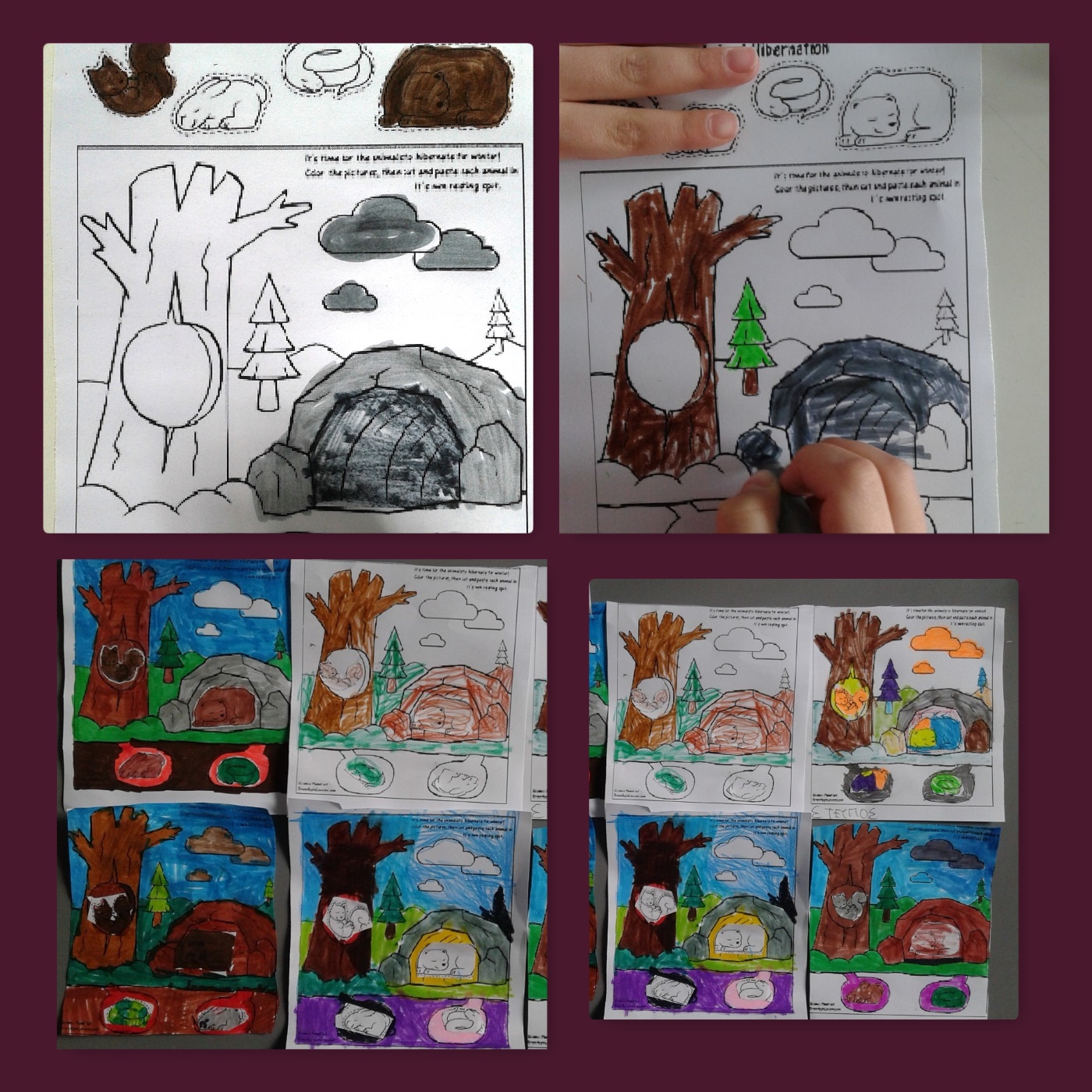
Seasonal change is all around us. Children see it in the length of a day, in the appearance of a flower, in the flight of a butterflyWhat happens to animals in the winter? We all live inside with warm clothes, heat and food. What happens to the animals when it gets cold? Discuss hibernation, migration and dormancy with your grade school class and make bird feeders together.
 Show this presentation to your students and discuss about it. Then you continuous with the following worksheet
Show this presentation to your students and discuss about it. Then you continuous with the following worksheet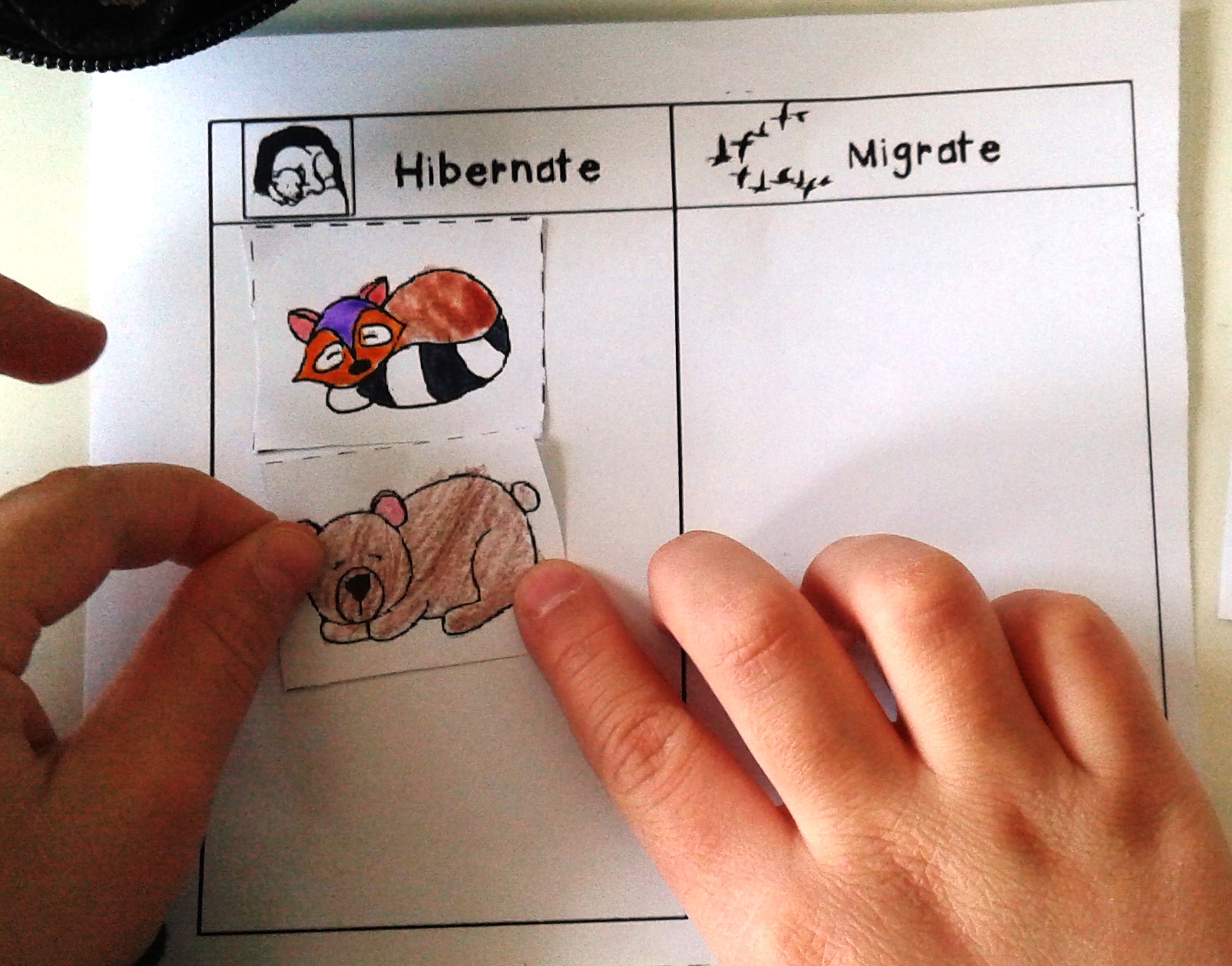
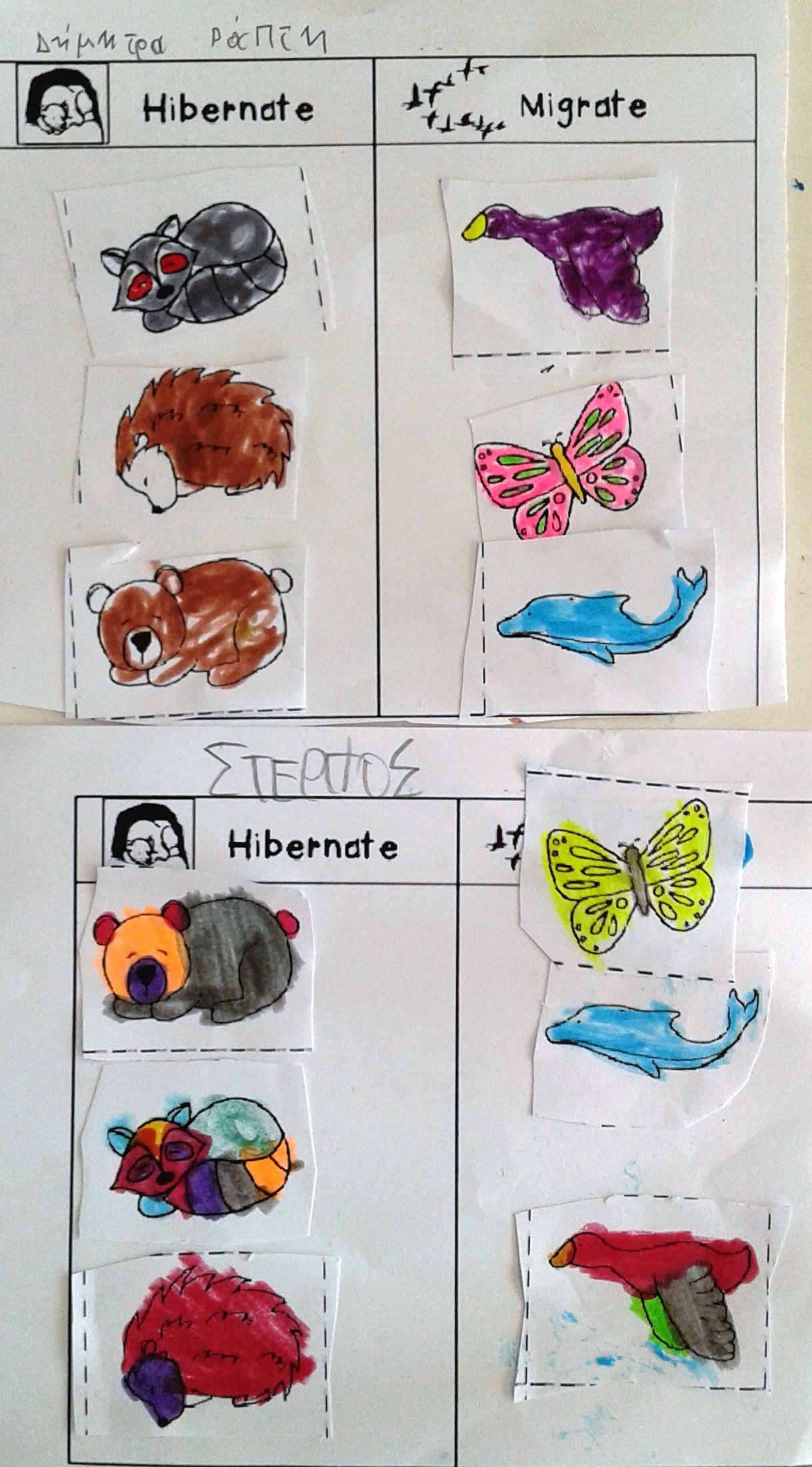
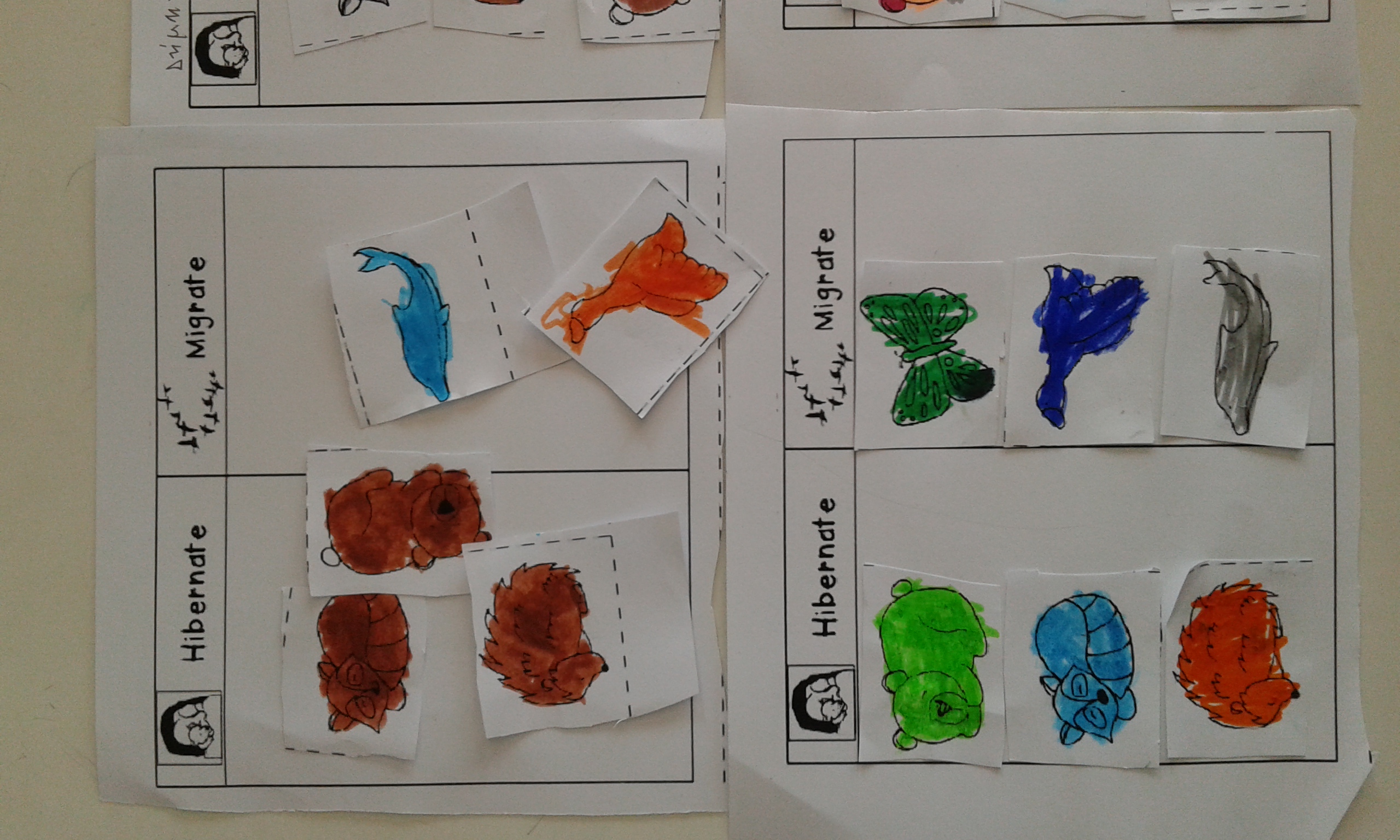
The swallow is one of Greece’s migrating birds. This means that it moves country during summer and winter. It spends the winter in Africa. From April to October it lives in Greece.Both the male and female swallows work together to make the nest. They use mud and plant parts to build it. They like to nest in barns, under bridges or on cliffs.
Did you know that swallows usually return to the same nest each year?The swallow is even able to fly low over the river and dip its beak into the water for a drink! The “Helidonizmata” is a first March custom, a melodious welcome Spring with special songs ,children are turning from house to house keeping flower wreath or a branch of ivy & swallow model that has a “magical character”:Children, with their song,arev claiming the real swallows to come to their place and with them the spring. It is a custom anavlastiko and its purpose is to assist in land vegetation.This is a video I ve made with my students last year.We had painted the song.
The first week of March we sing Spring Carols. Kinds go out wearing wreaths and holding little swallows and sing the carols
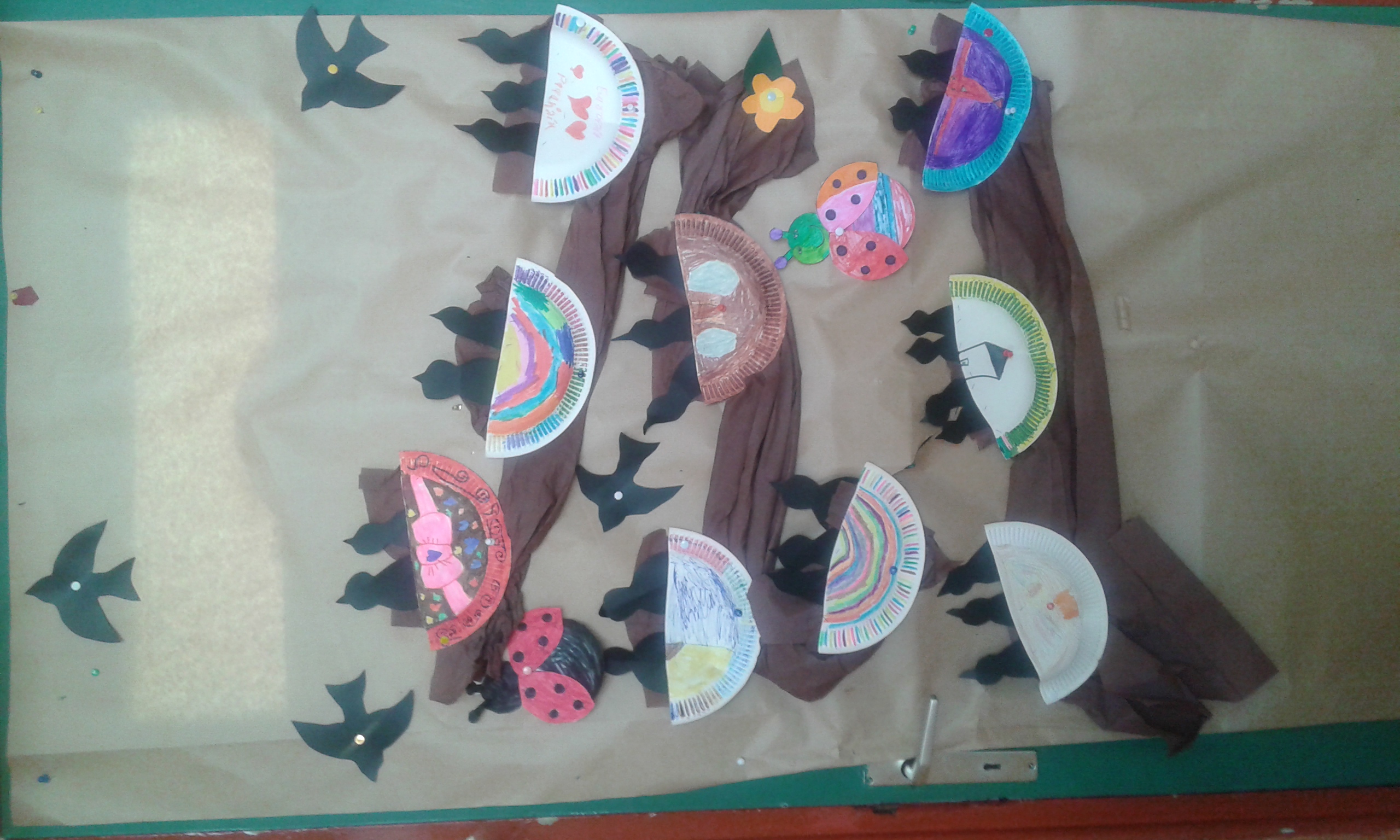
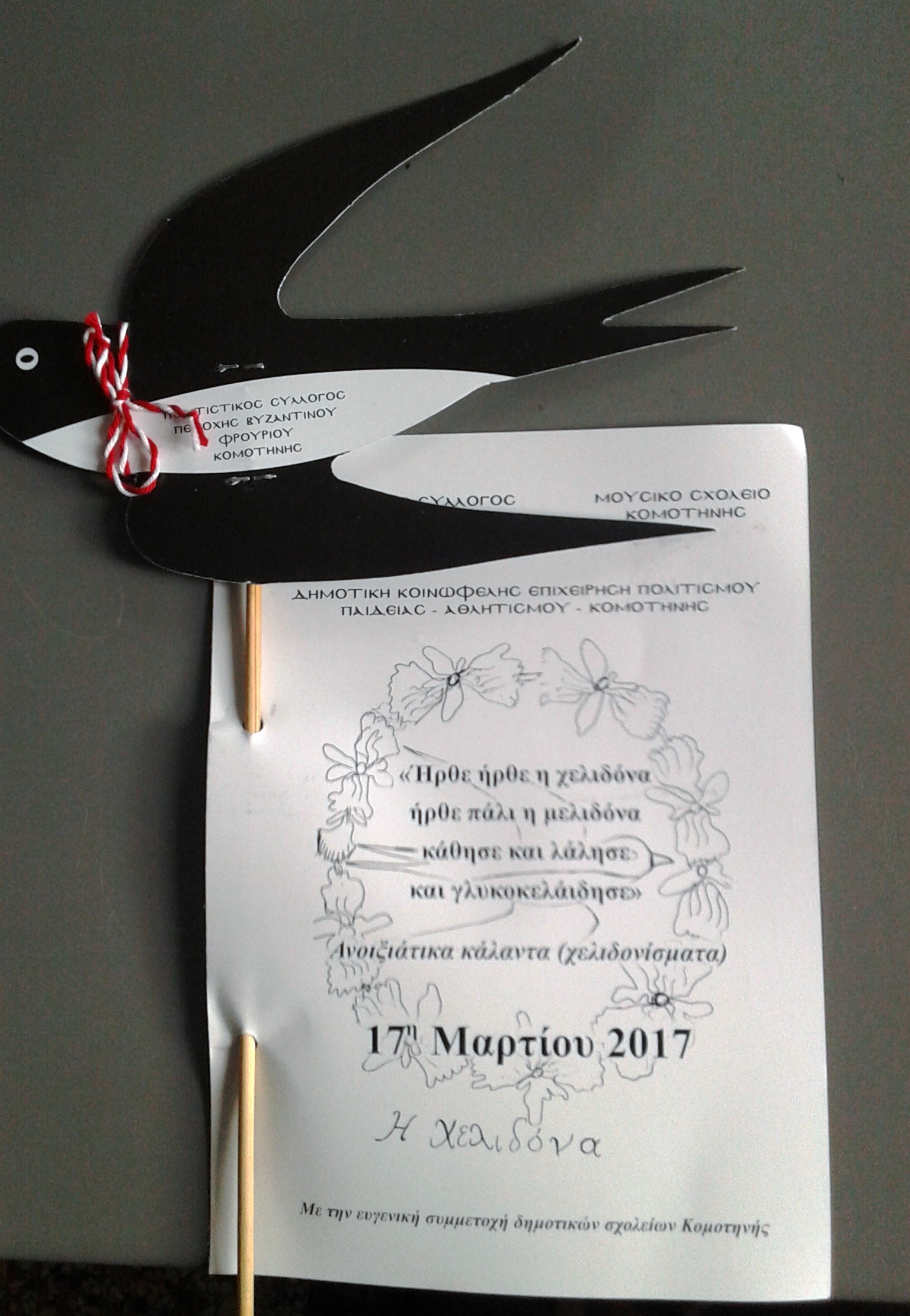
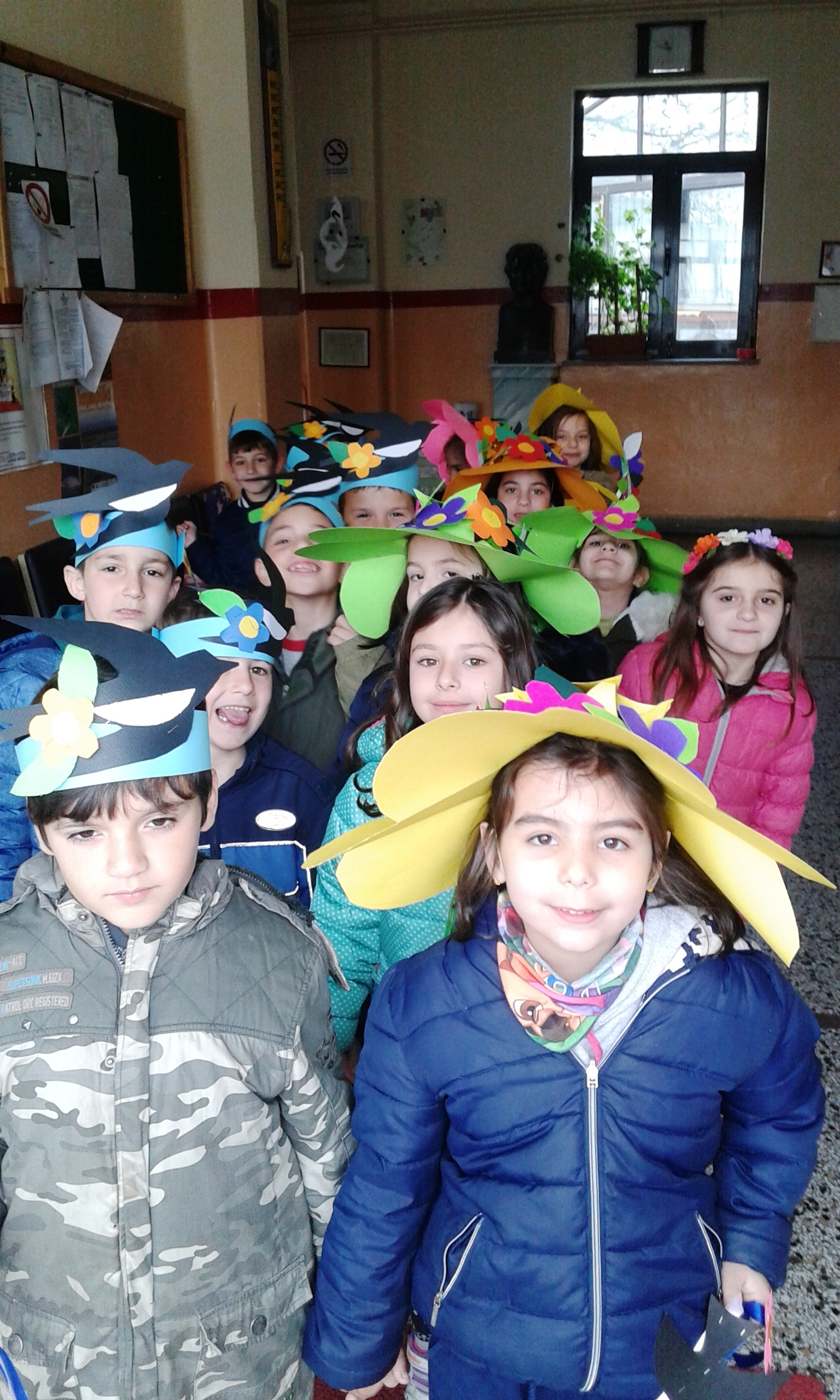
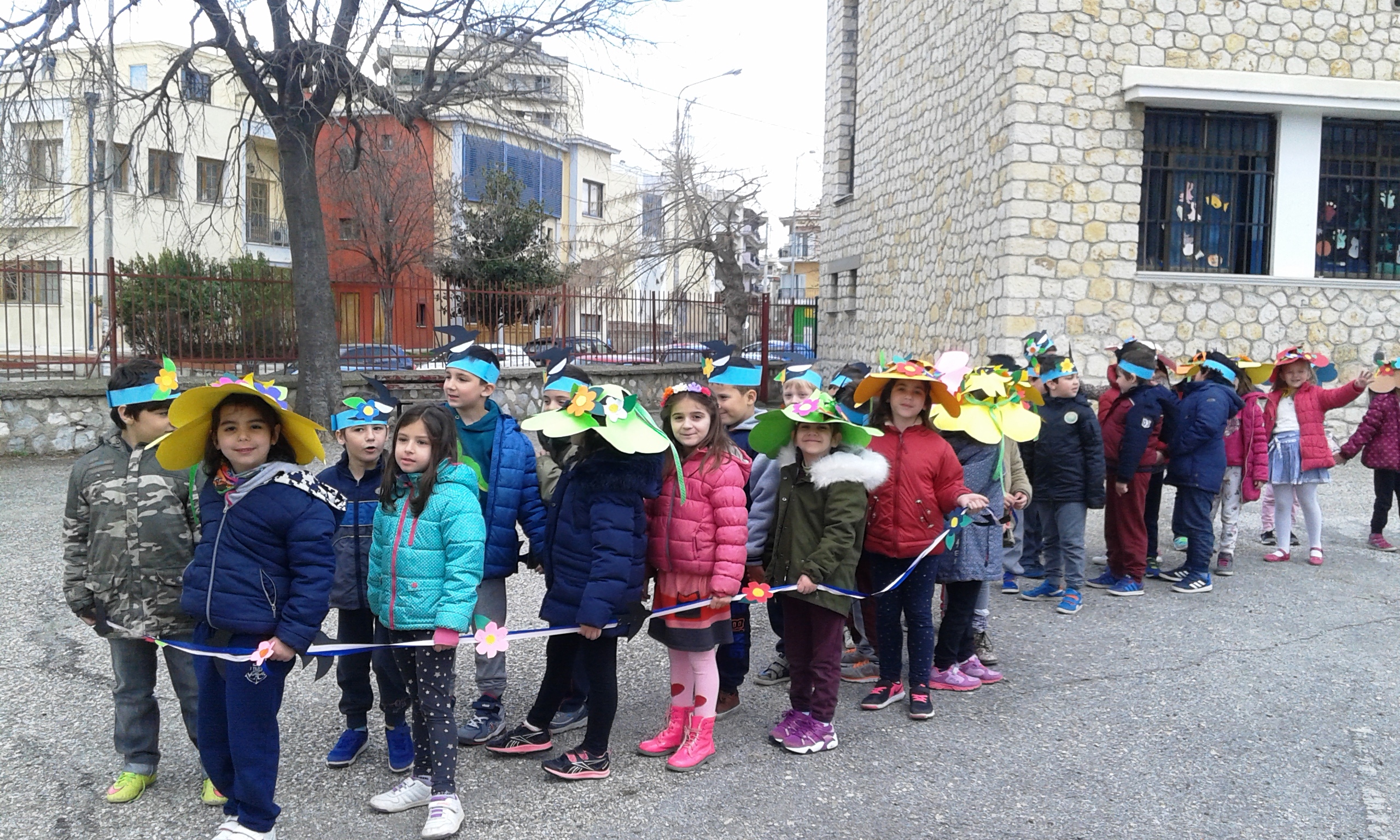
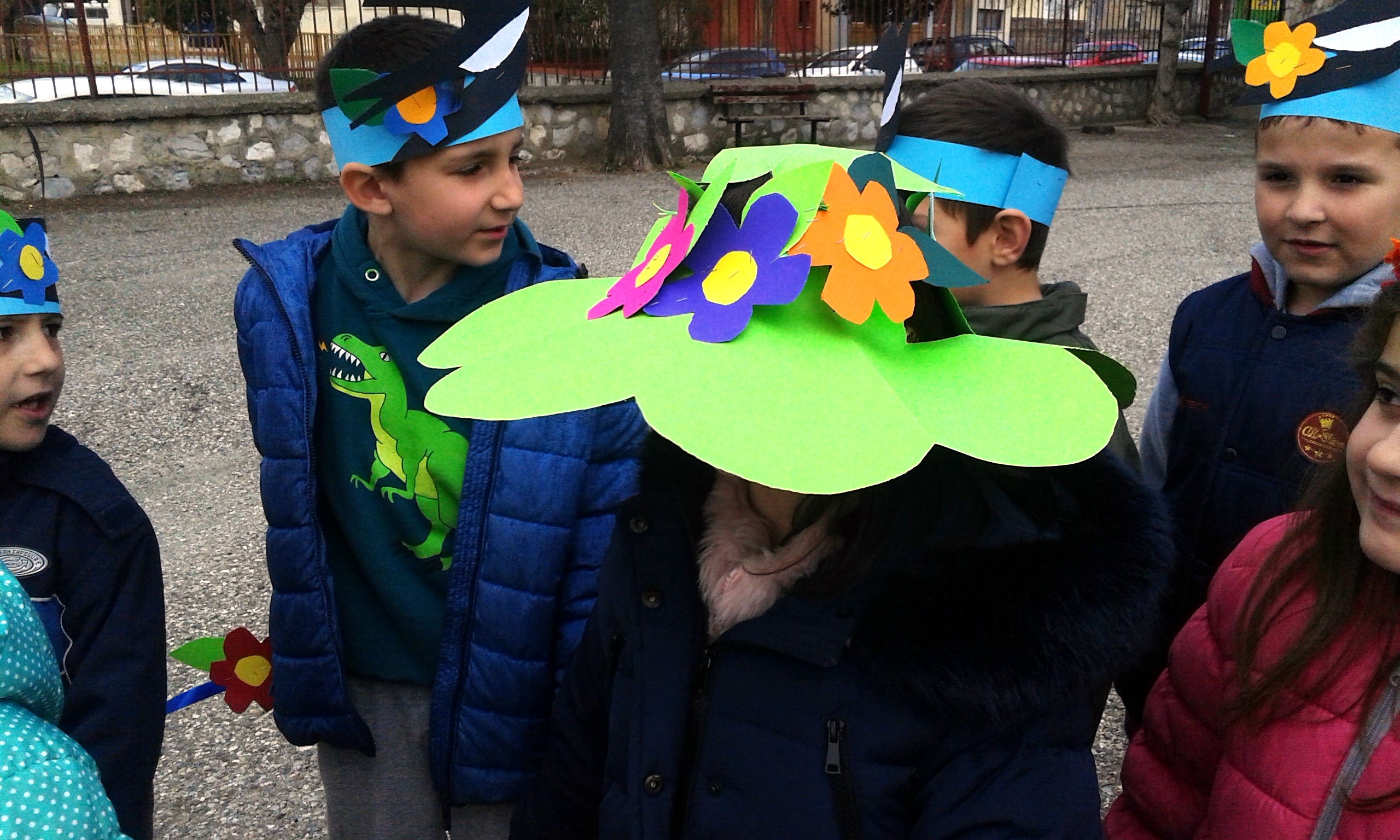
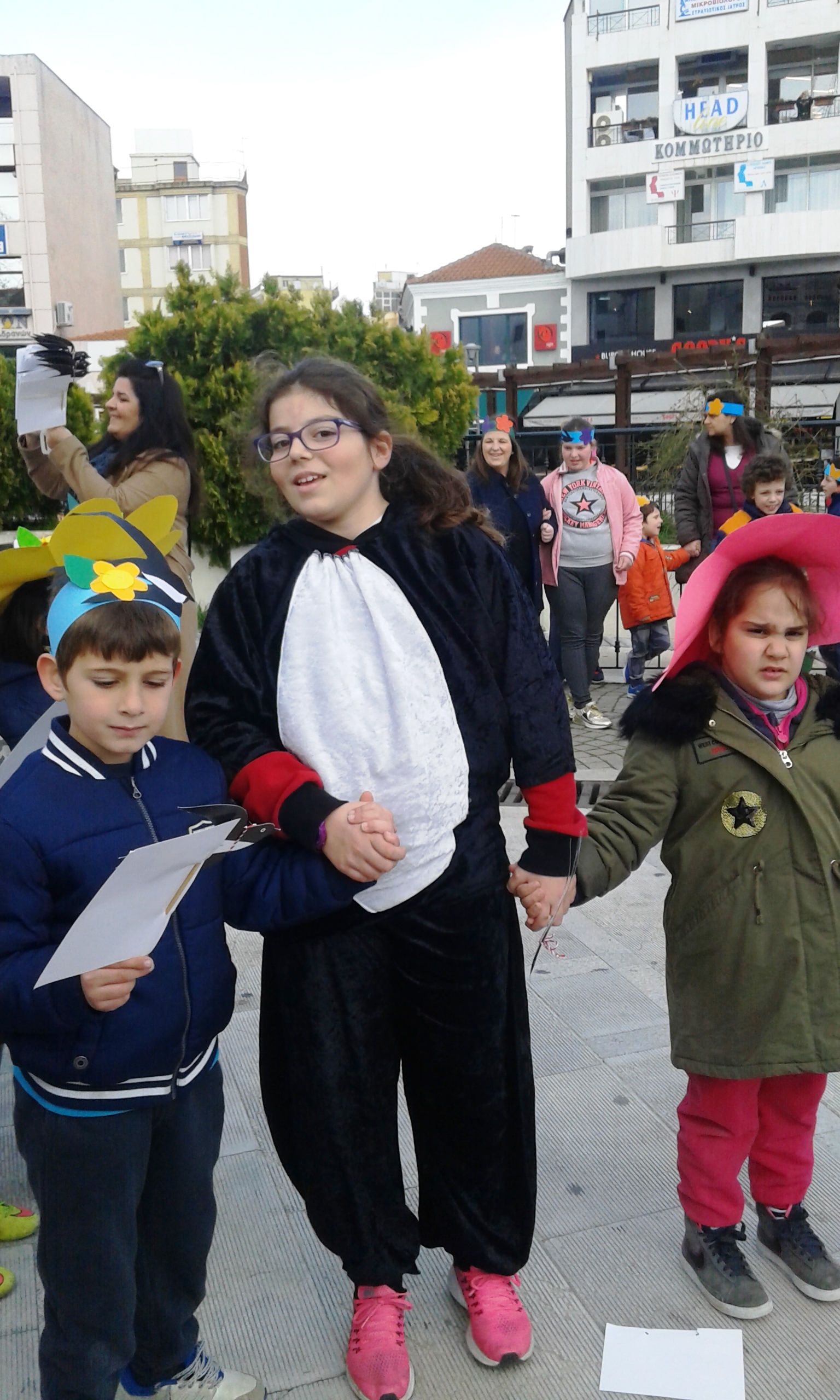
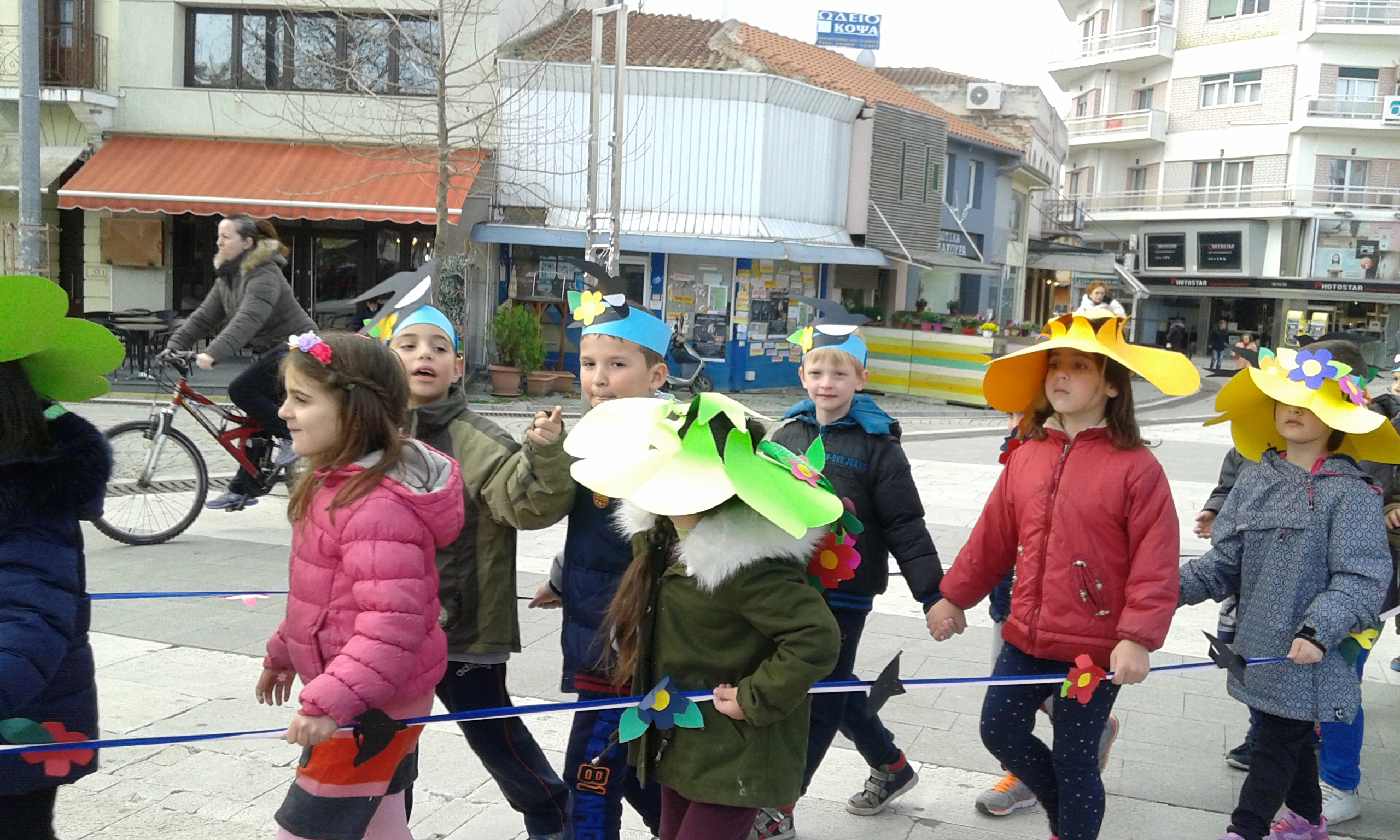
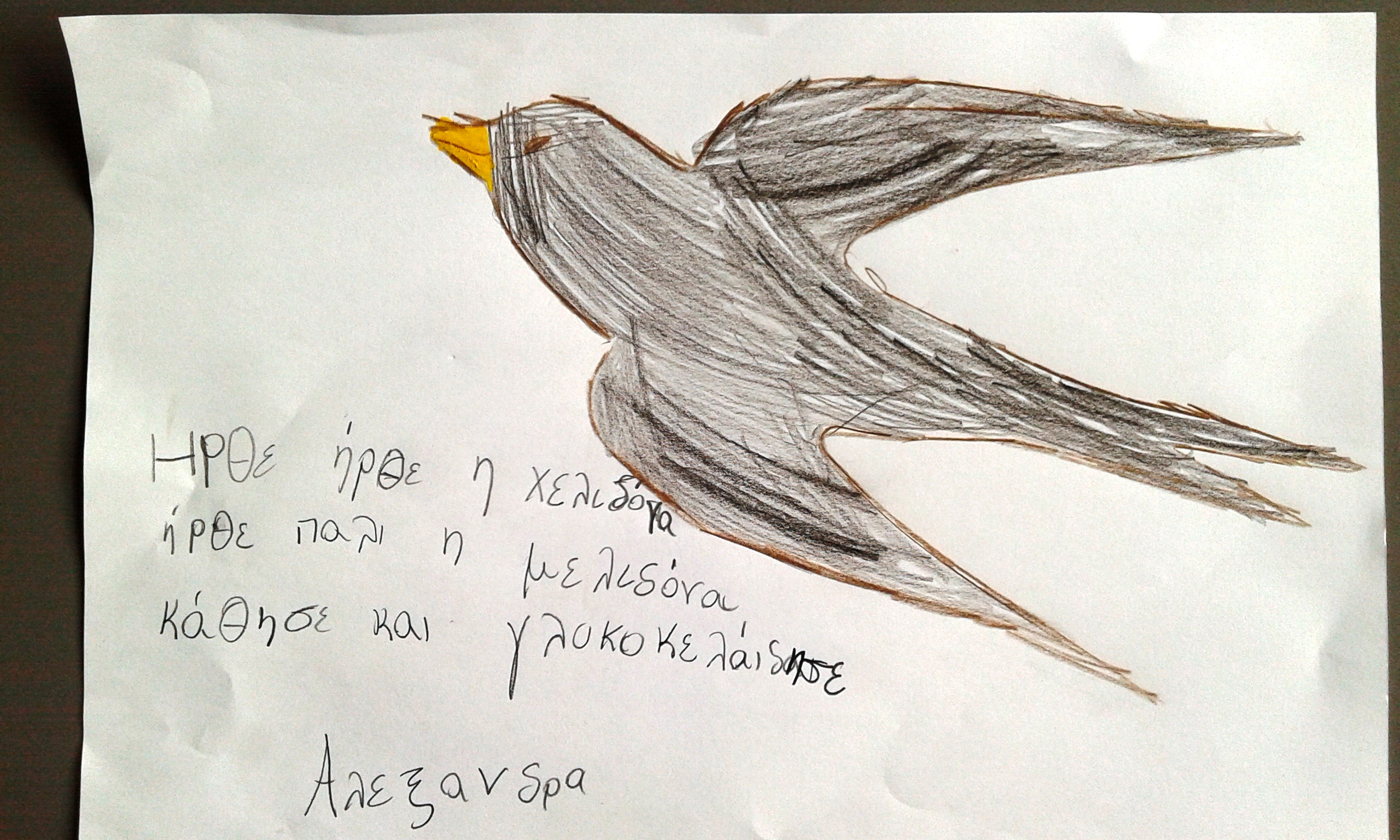
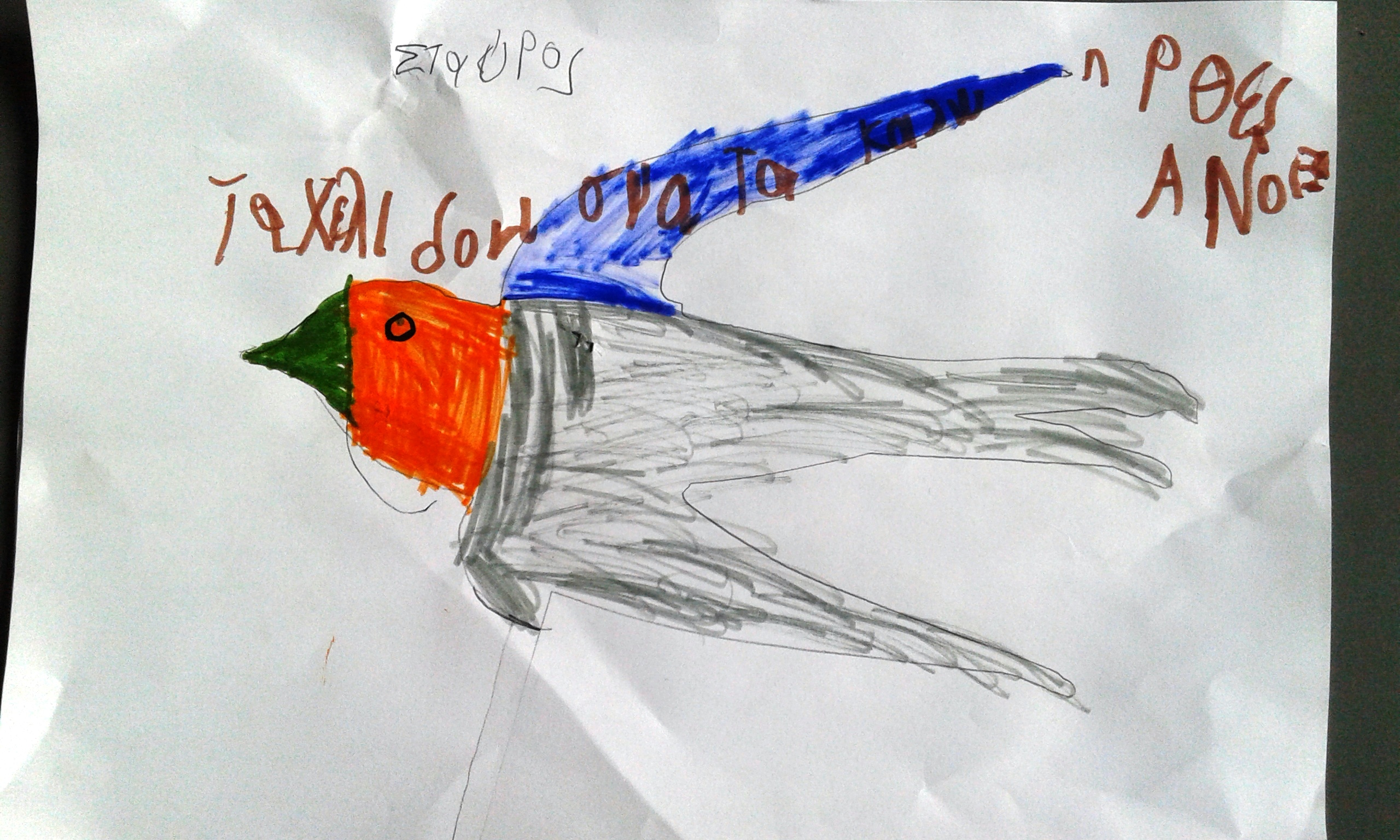
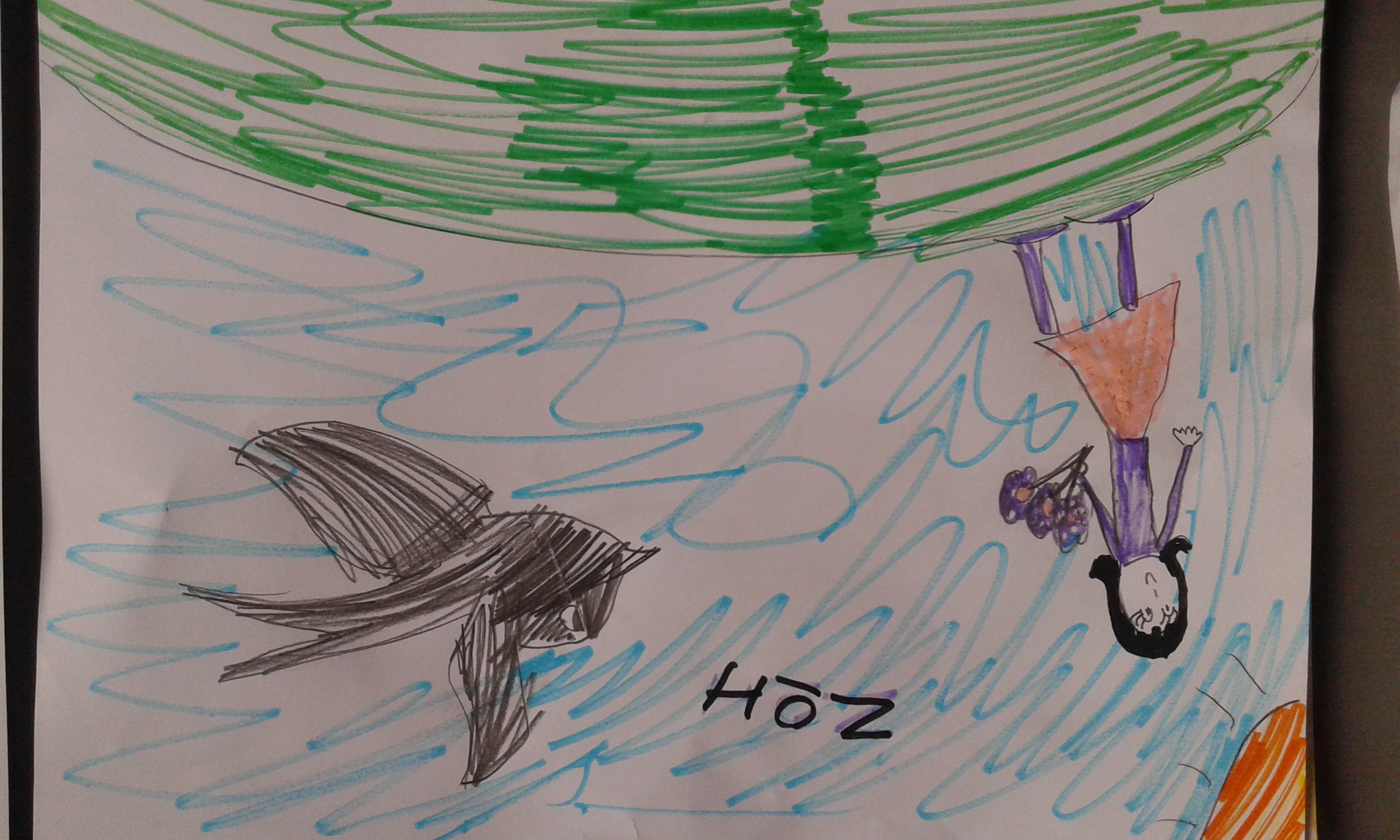
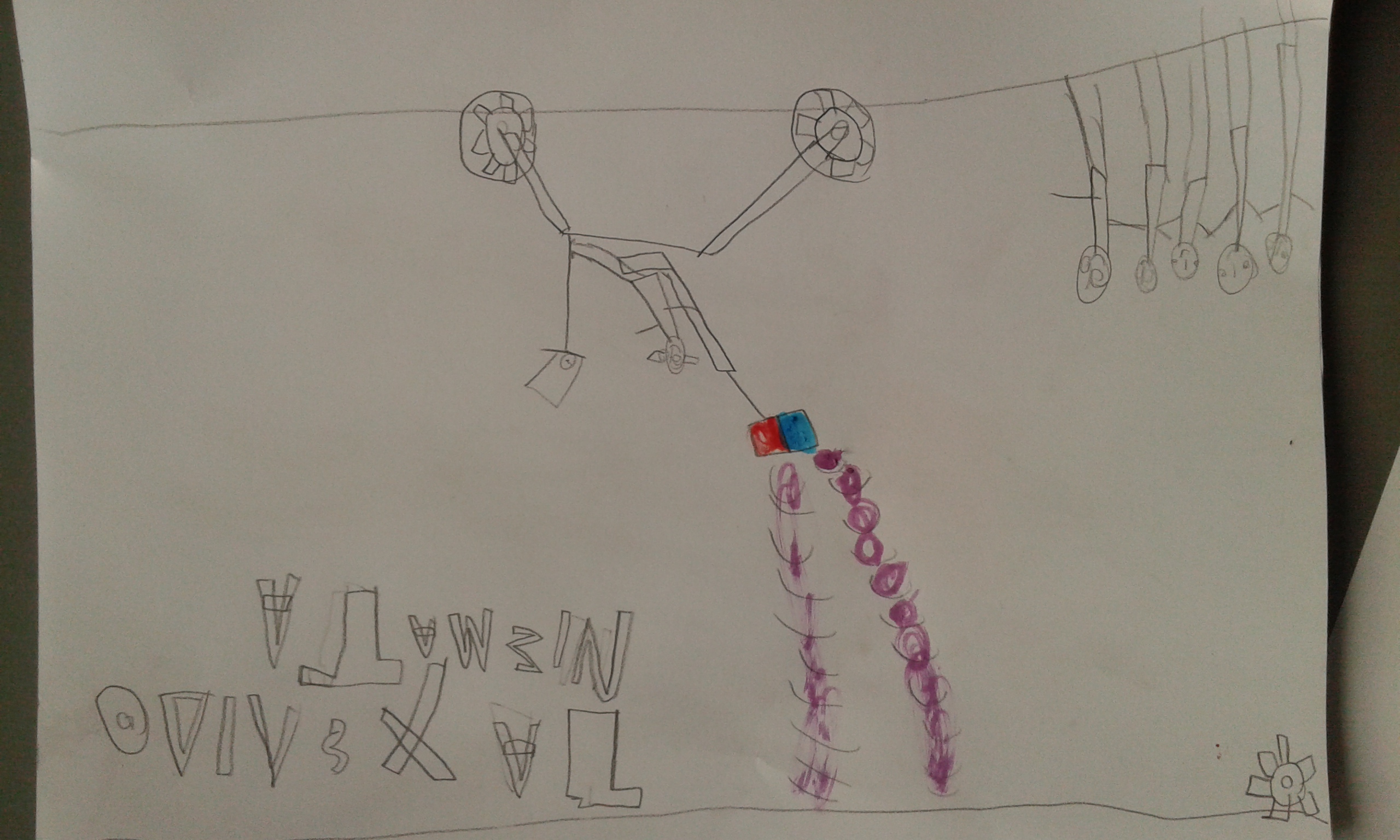
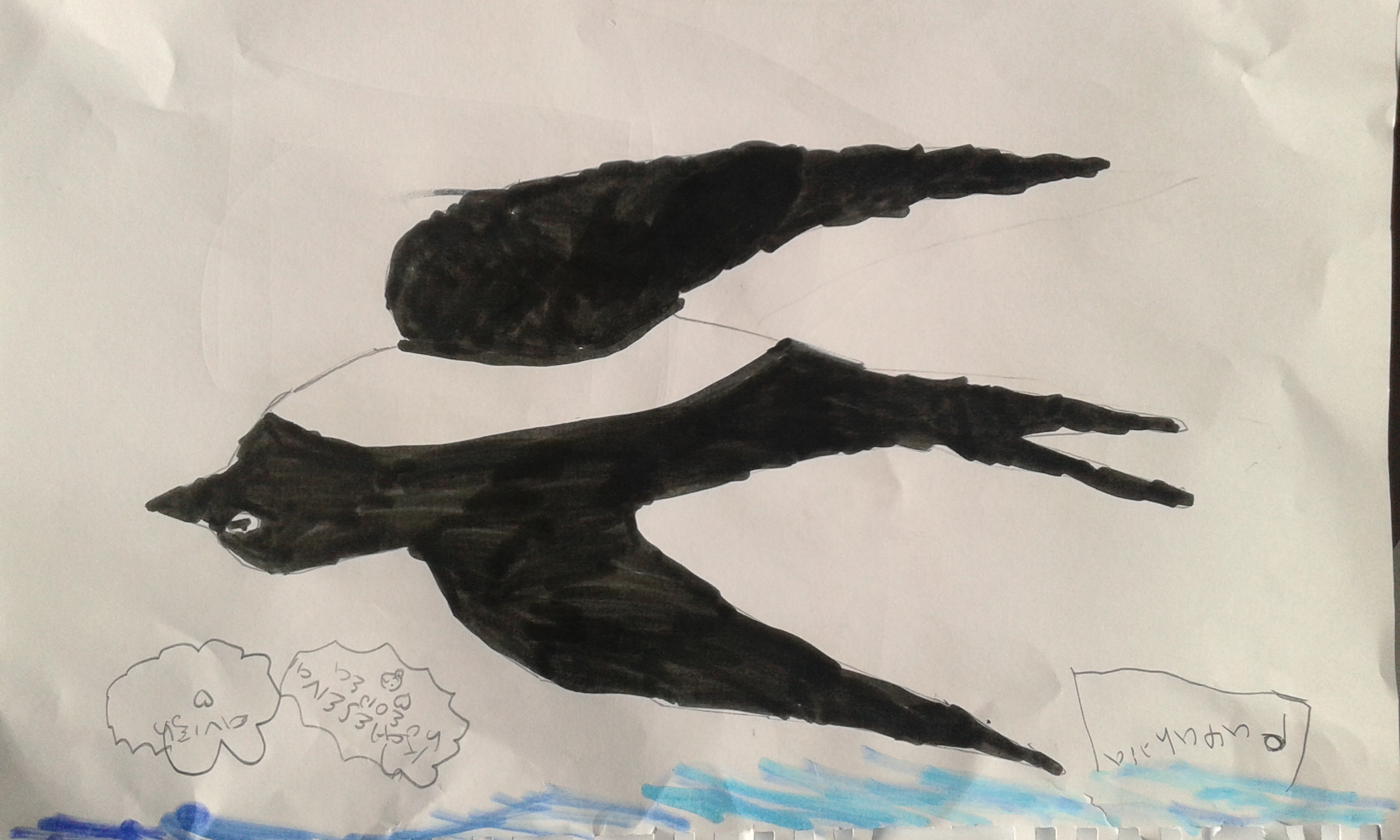
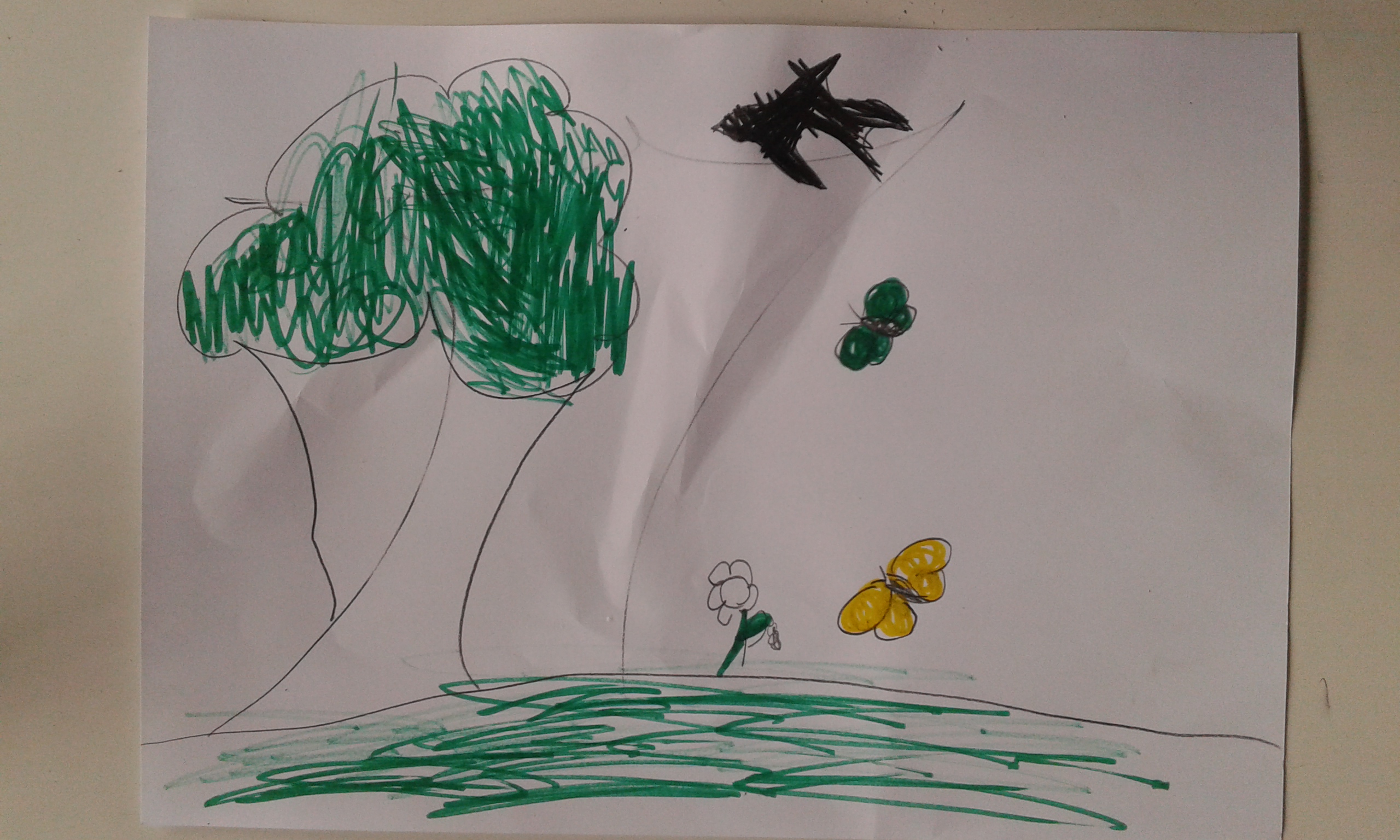
Now here are the paintings of A grade my new students.First we descussed about swallows and greek customs they have watched the video of my previous students and they painted the song.
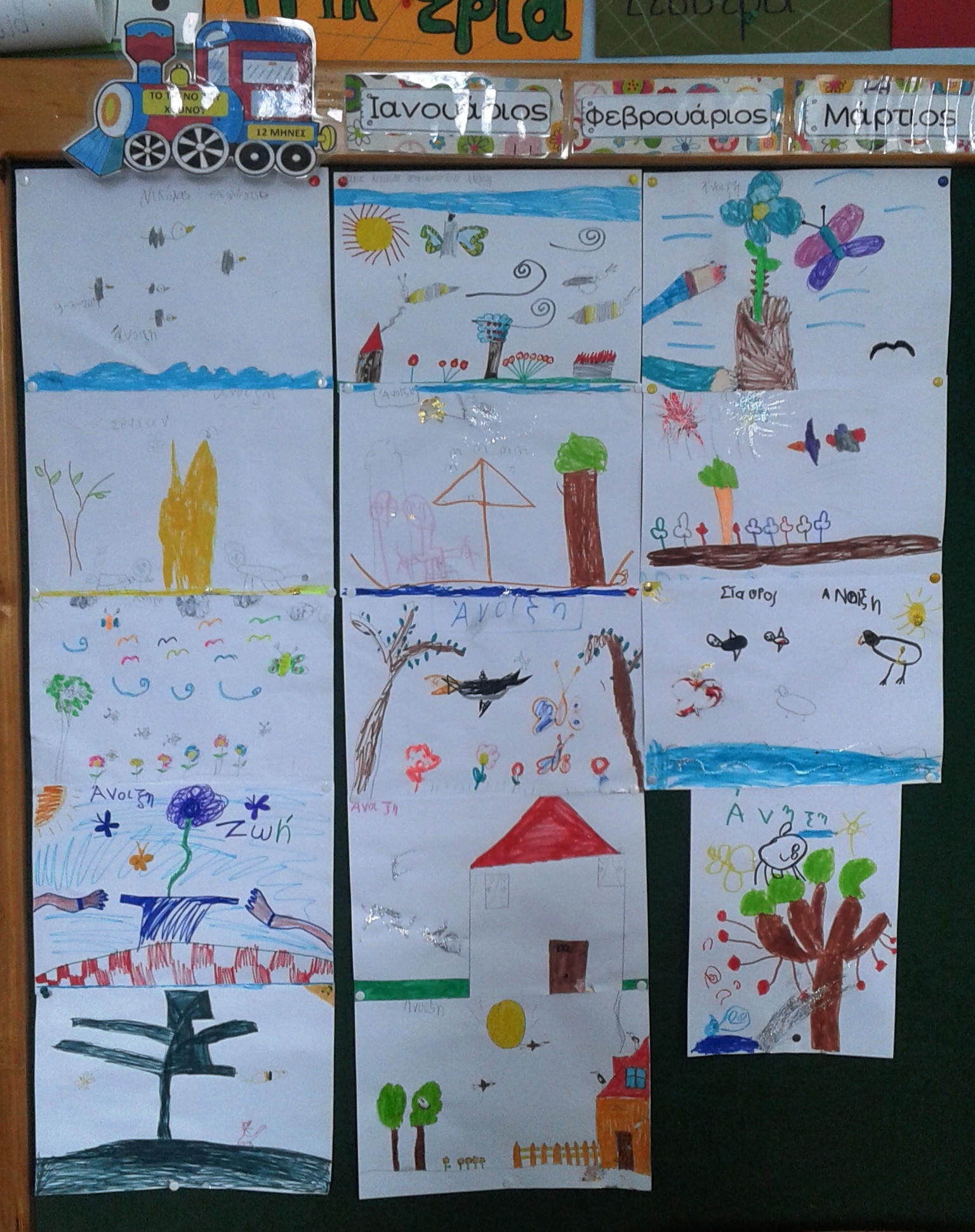
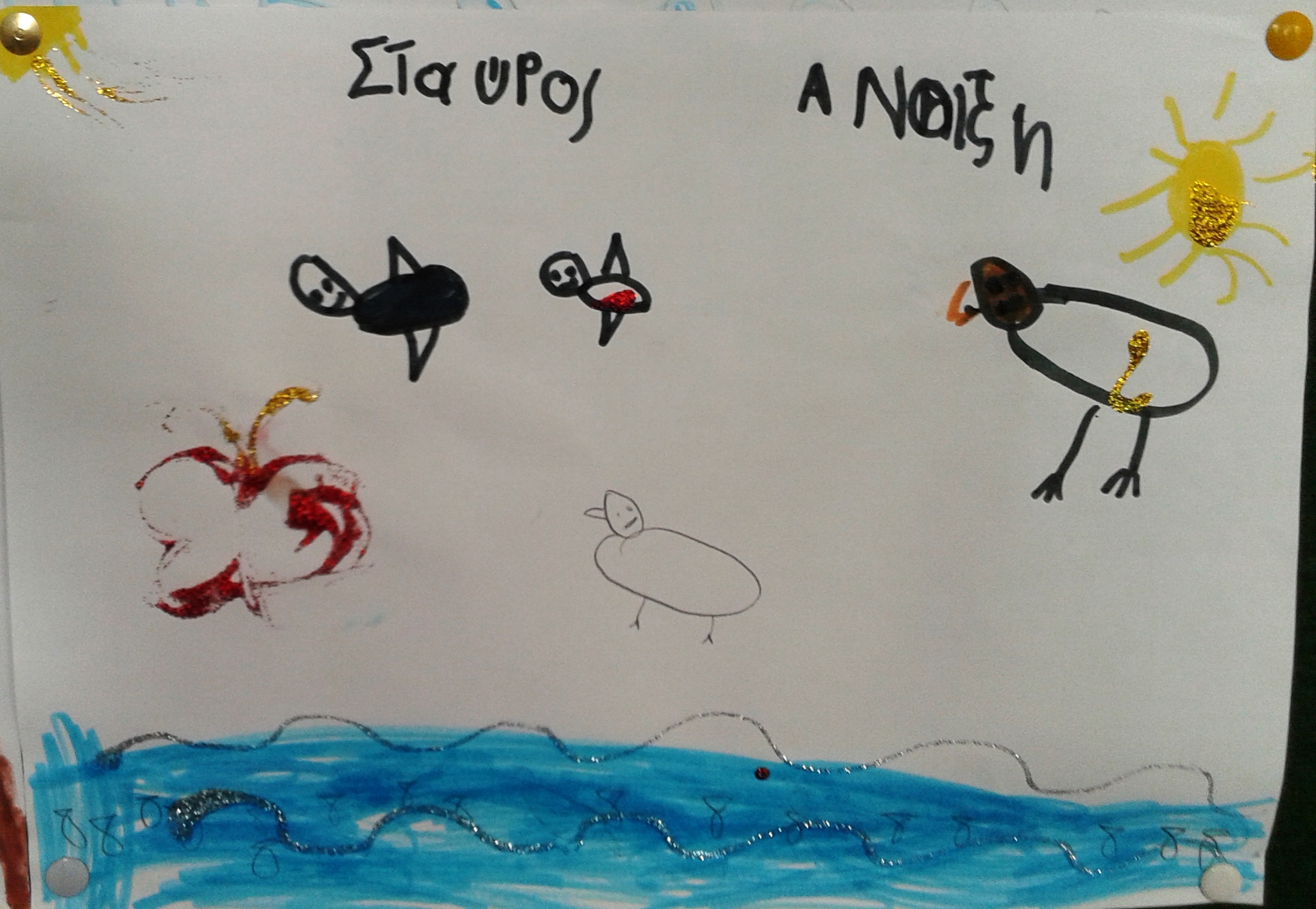
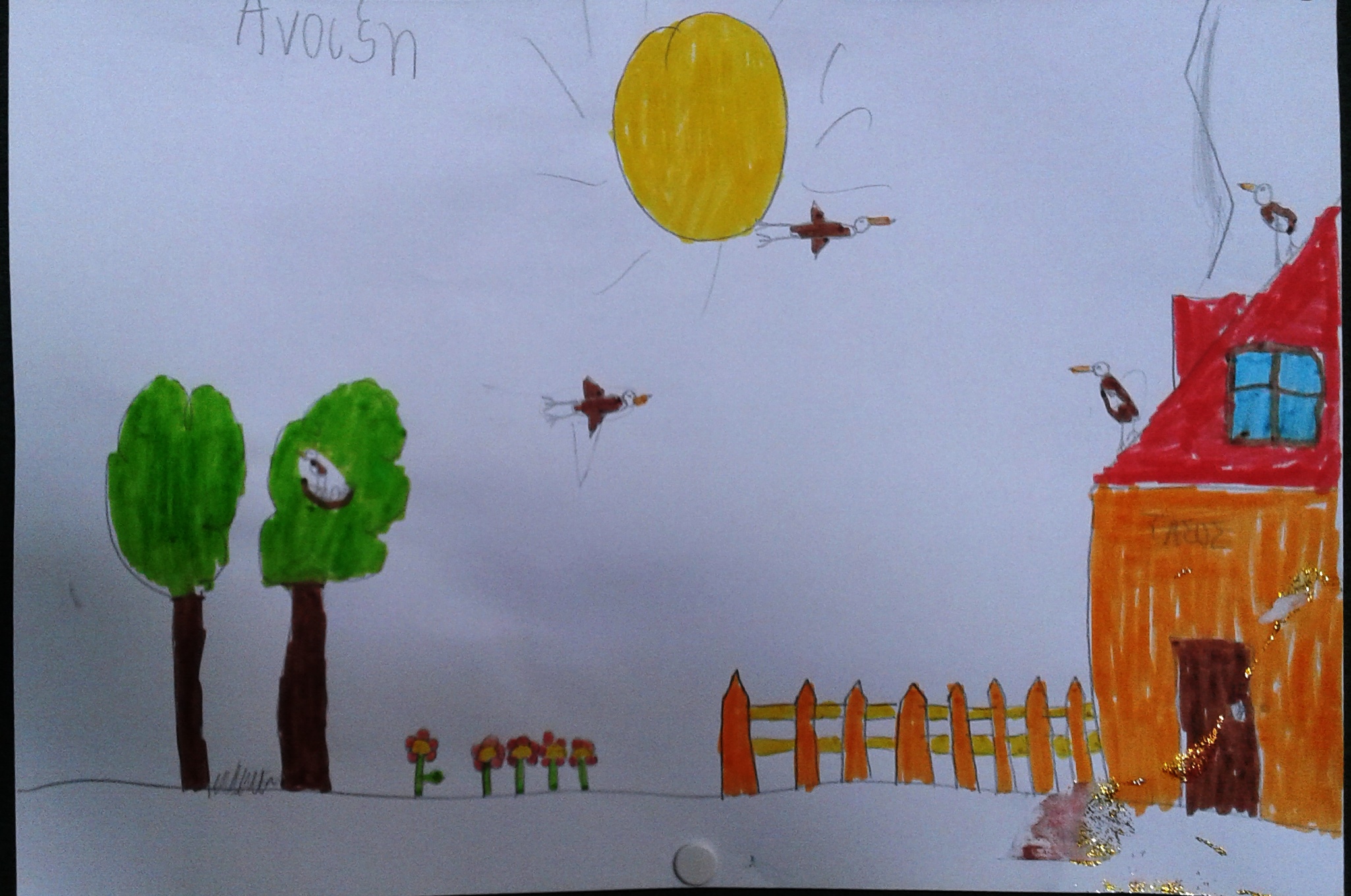
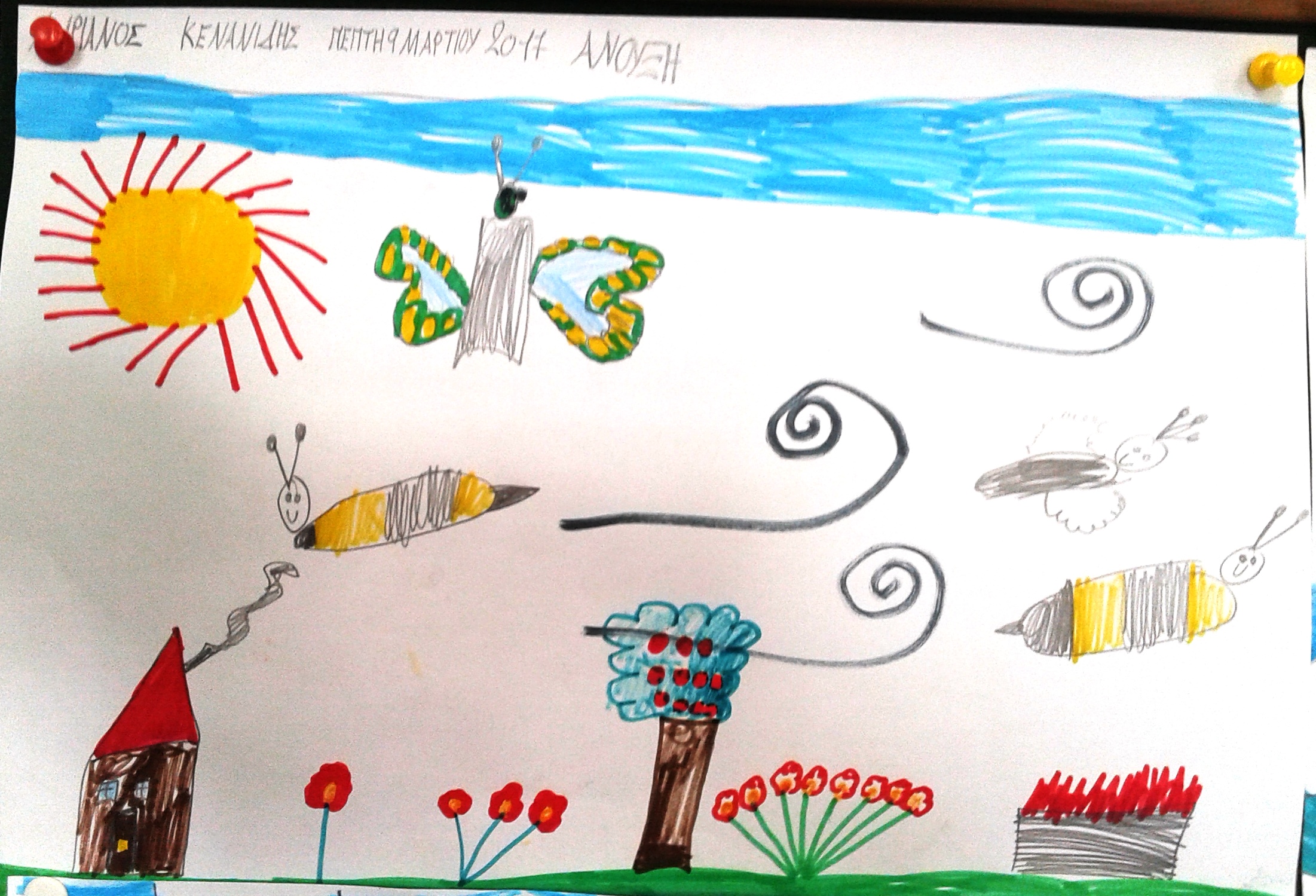
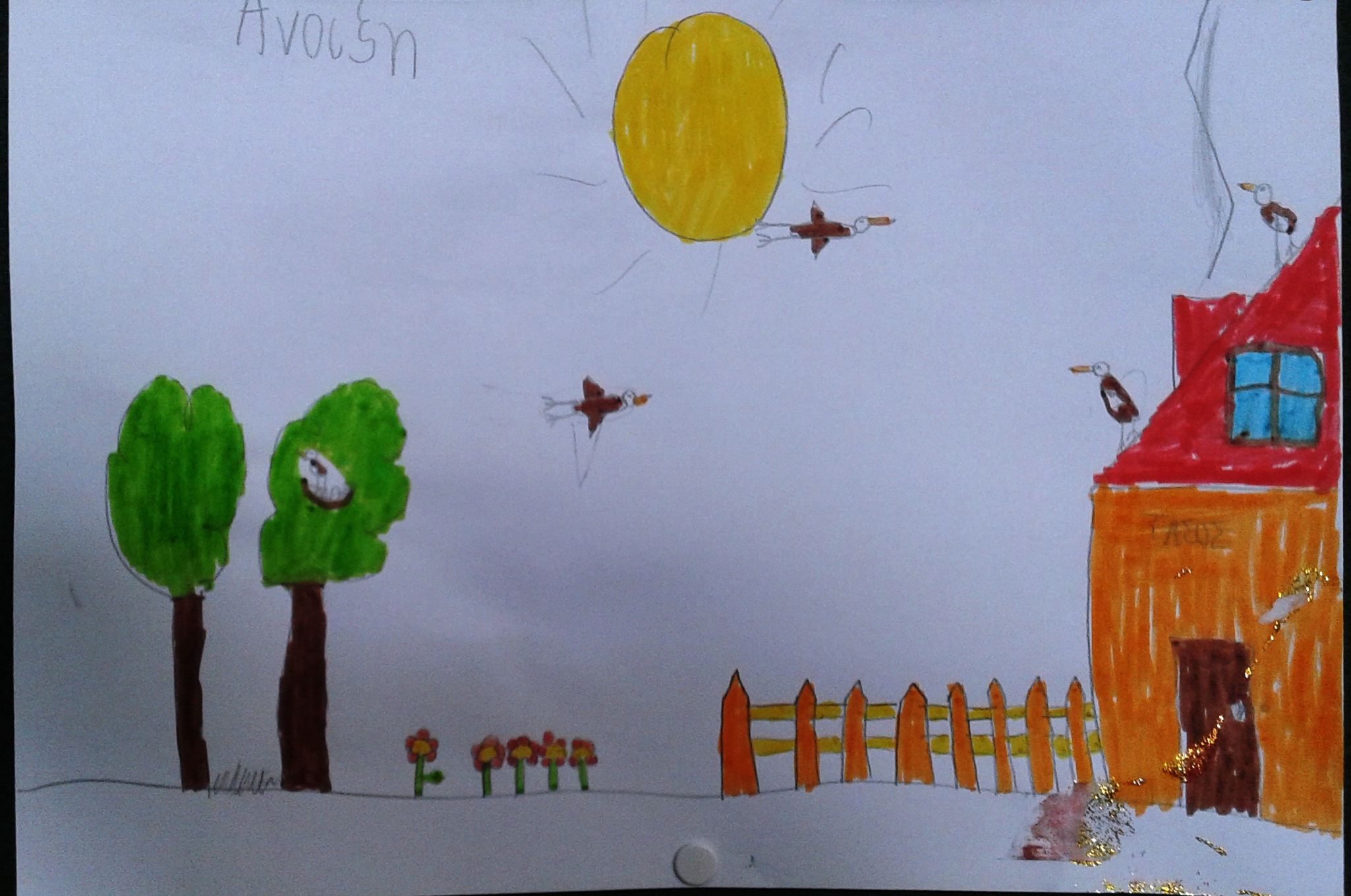
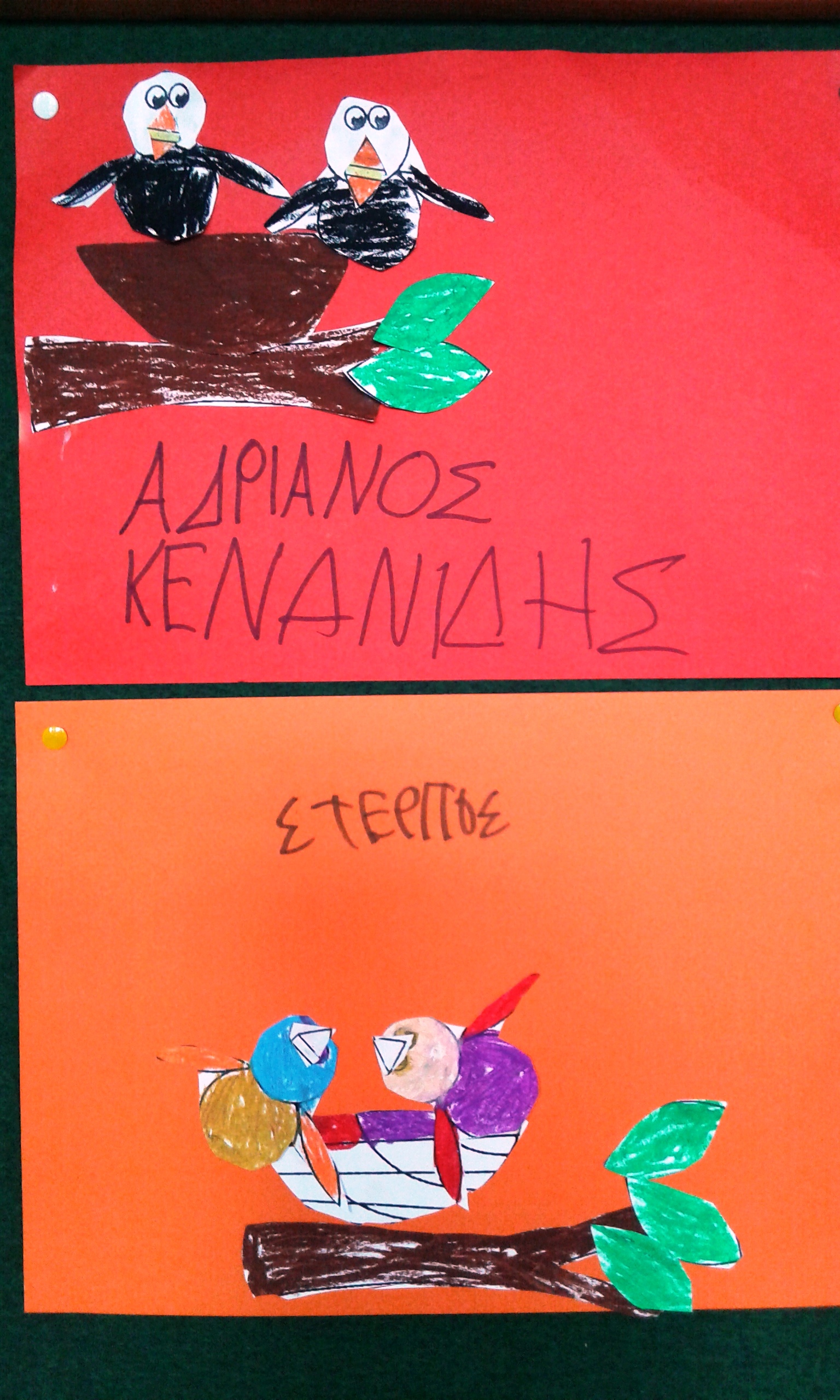
There are millions of animal species to roam the Earth, therefore it is important to be able to identify them and understand about their habitats and characteristics so that we can coexist with themLions, and tigers, and bears…Oh My! Teaching preschoolers about zoo animals and their habitats, diets, and characteristics helps them to relate to the world around them, that they may never have a chance to see elsewhere
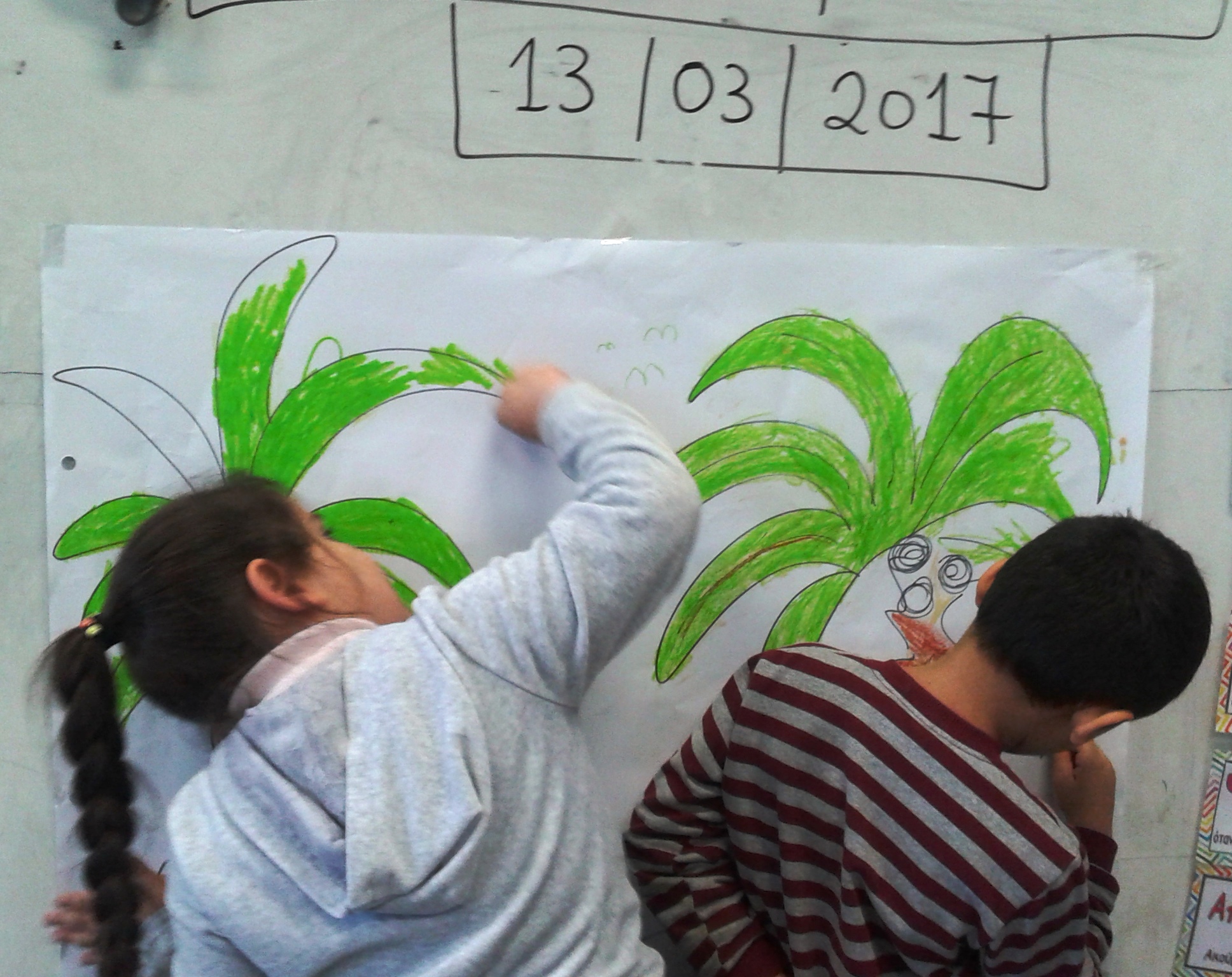
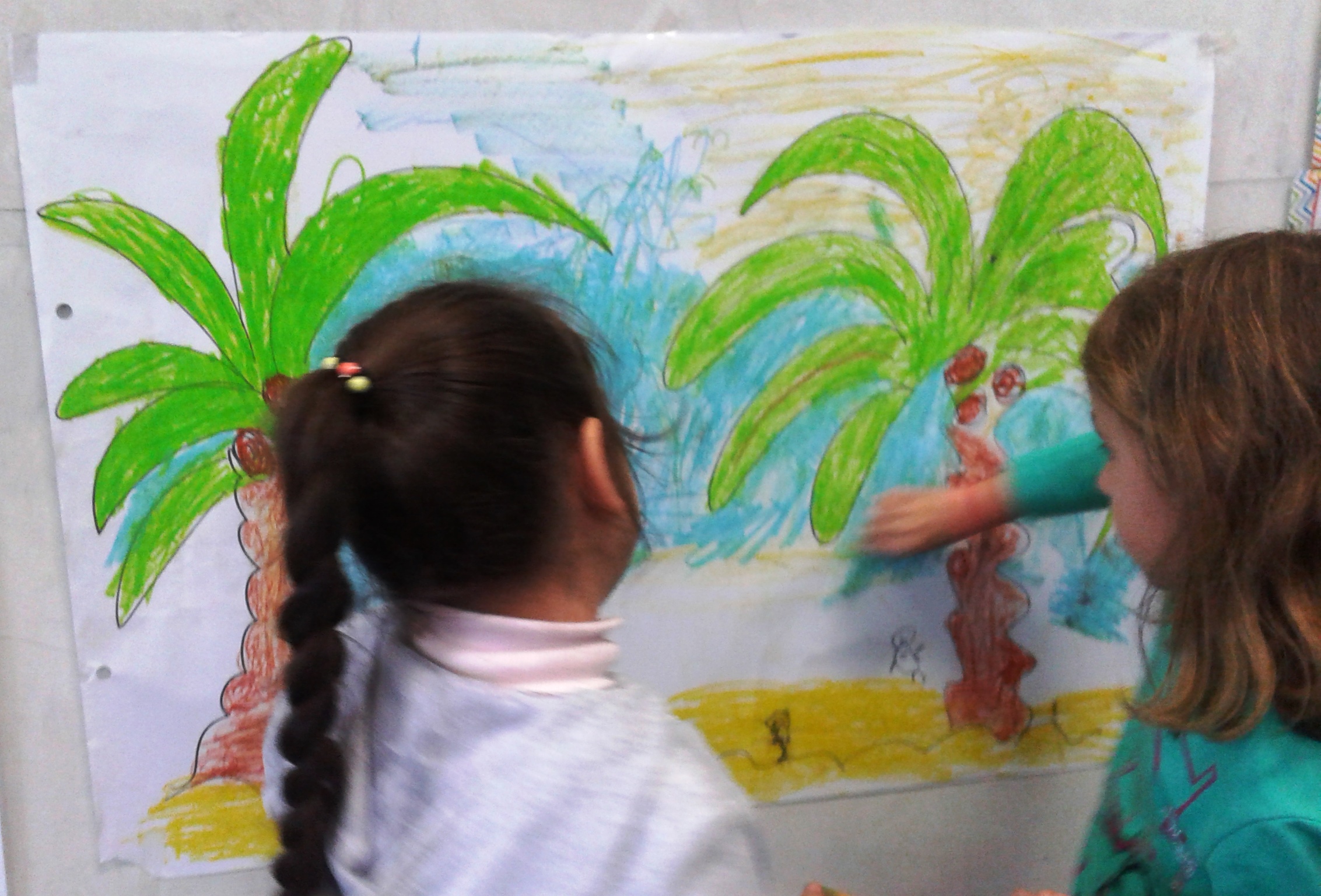

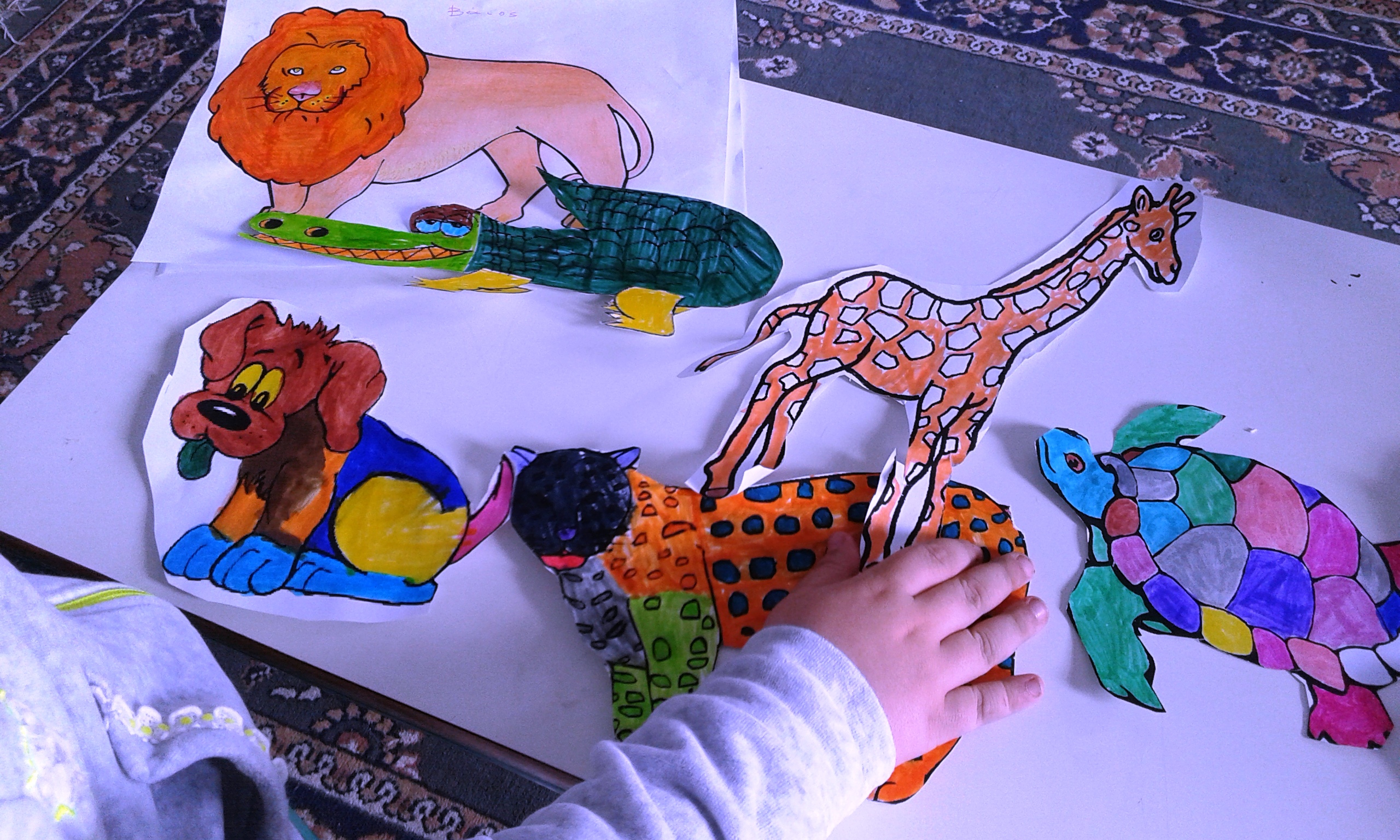
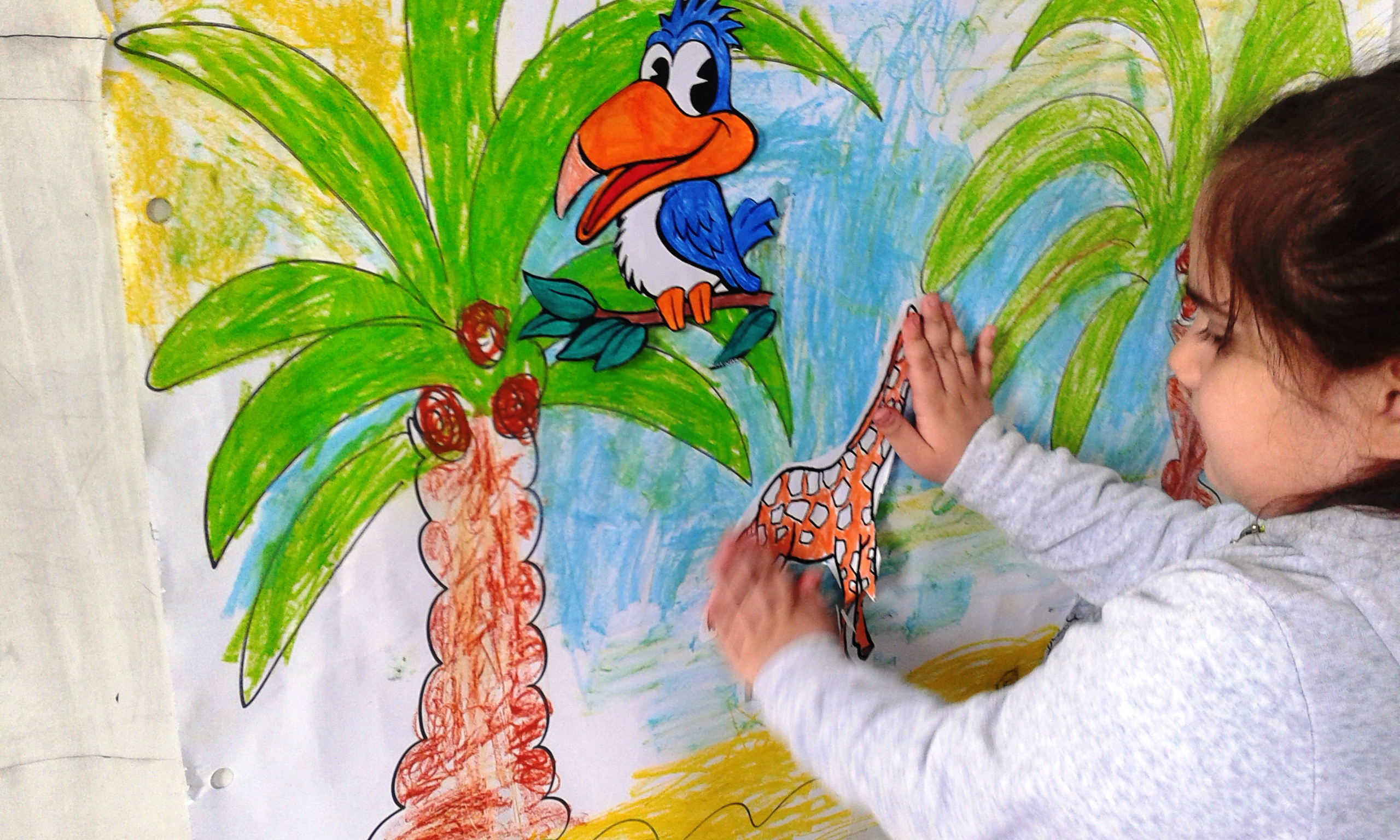
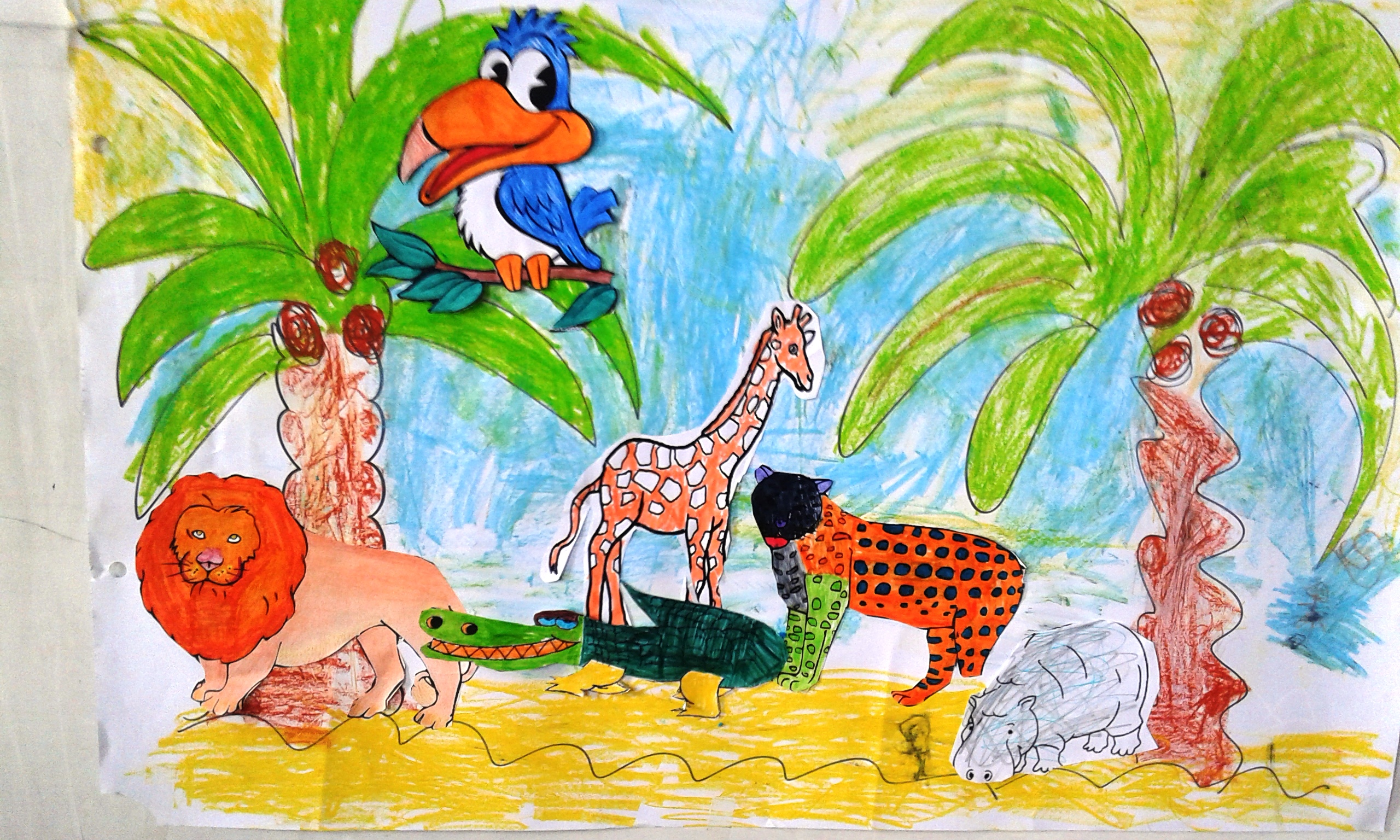
Objective Students will identify and describe the stages of the butterfly life cycle.
Introduction We read The Very Hungry Caterpillar by Eric Carle.
I explained to my students that they can see the life cycle of a butterfly in the story. We turned back to the beginning of the book and point to the pictures that show each stage—egg, caterpillar, cocoon and butterfly. I explained to students that a butterfly cocoon is called a chrysalis.
- Divide students into pairs. Give each student a sequencing strip and a set of Life Cycle Picture Cards.
- Have each student cut apart the picture cards and spread them out faceup.Invite students to color the pictures on the worksheet cut and glue in the numbers to show the butterfly’s cycle life
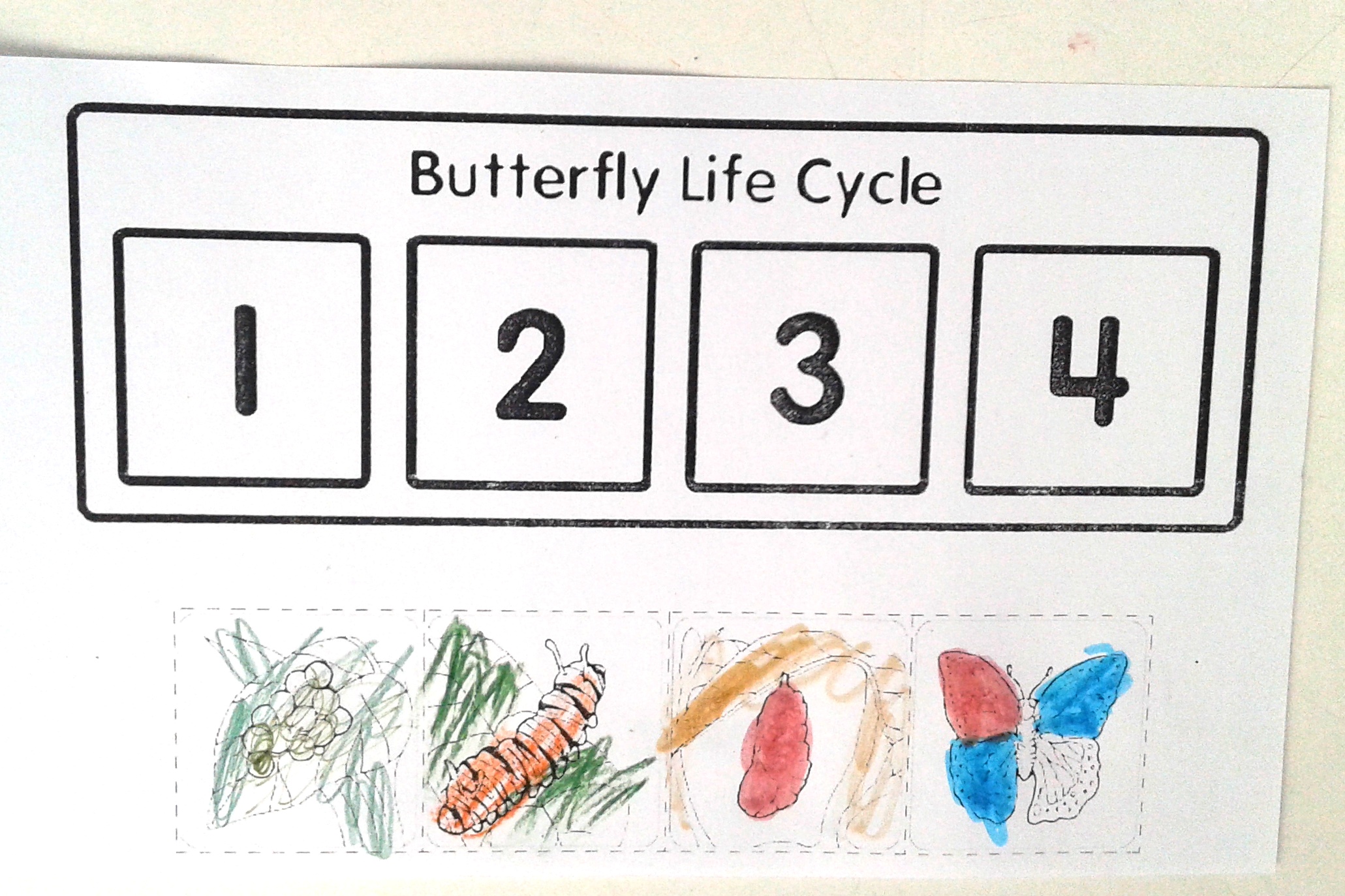
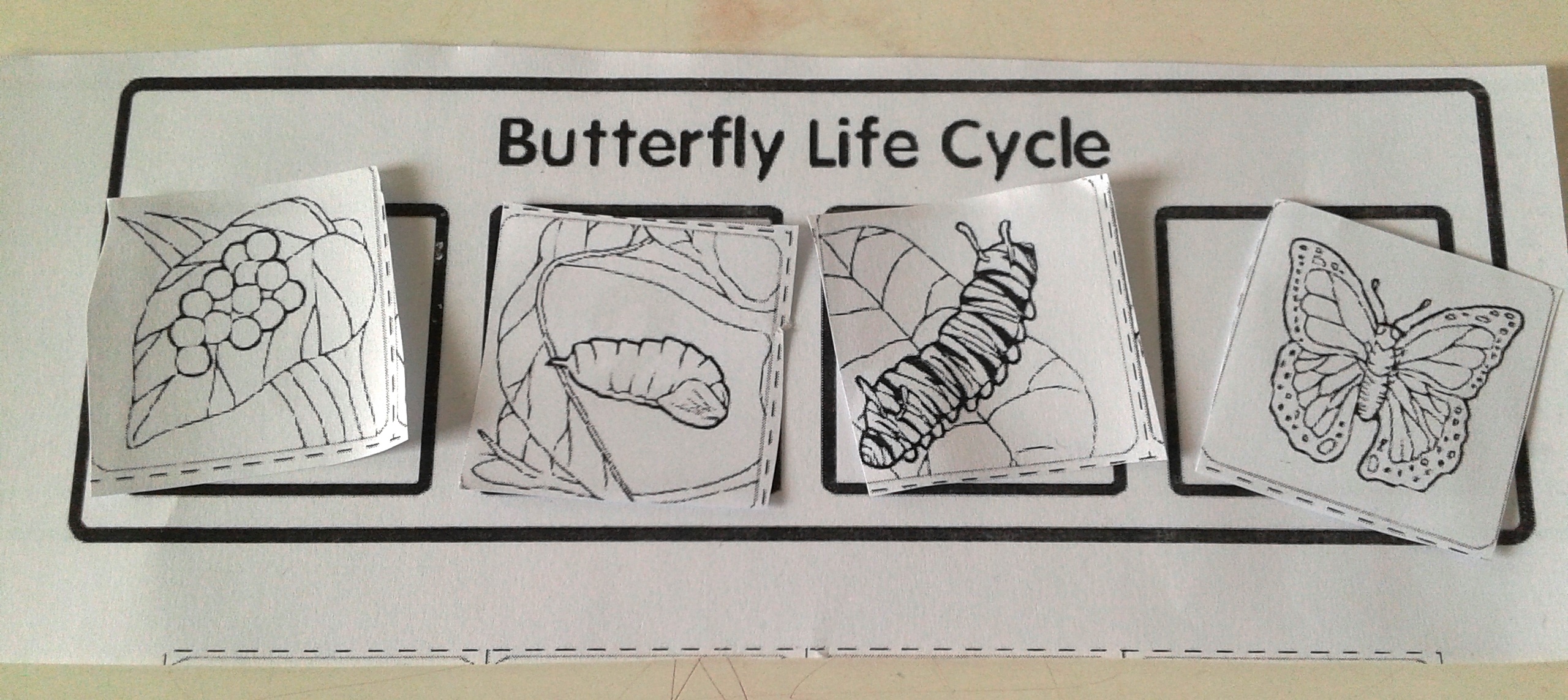
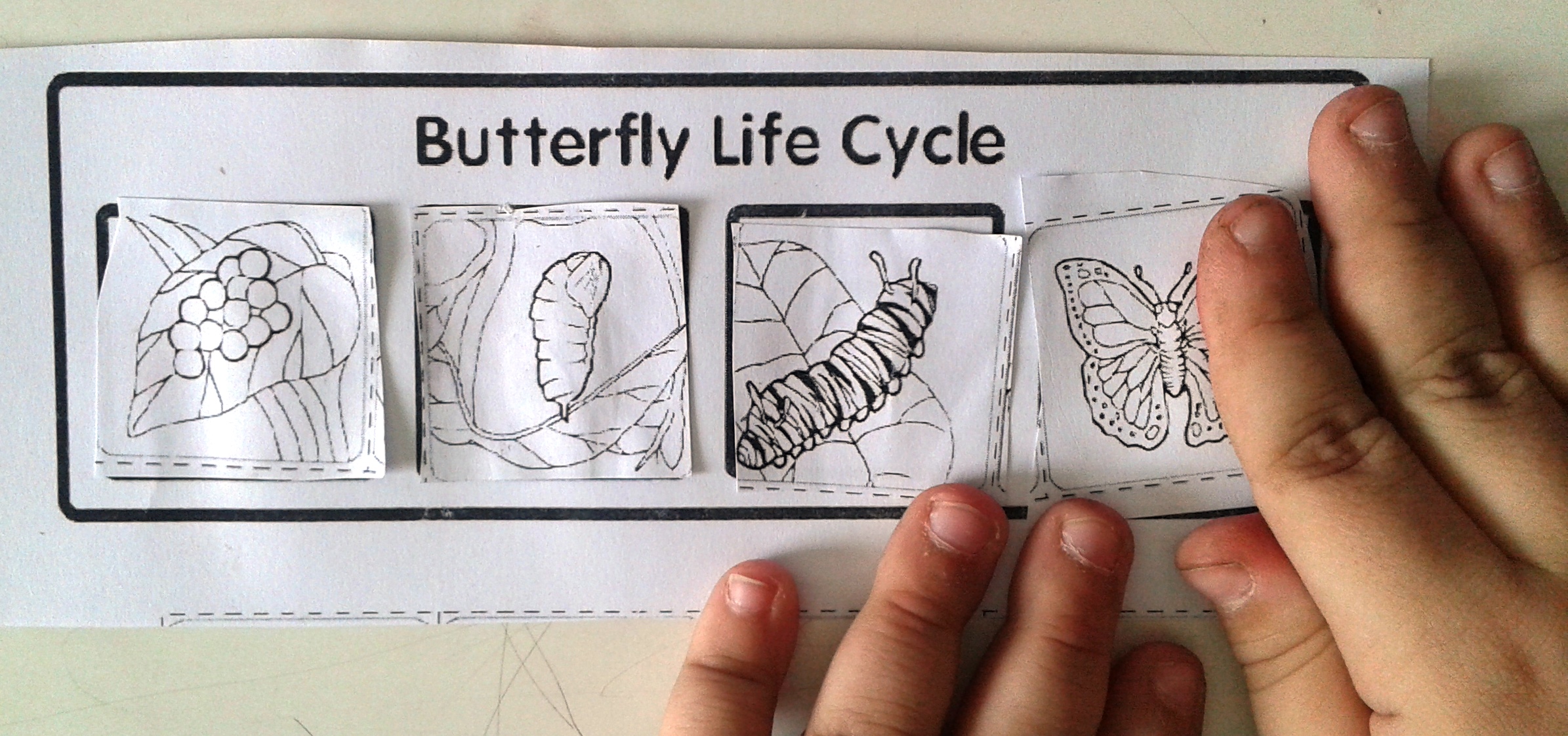

-
So I thought if I print a chrysalis/cocoon on cardstock and roll it to look like a toilet paper holder I could get the same effect…
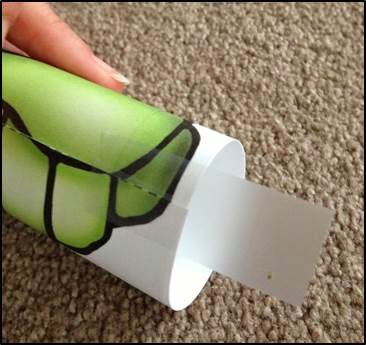
Now what about that ’emerging’ butterfly….hmmm….
So I printed some butterflies and practiced folding it all different ways until I got it JUST RIGHT.
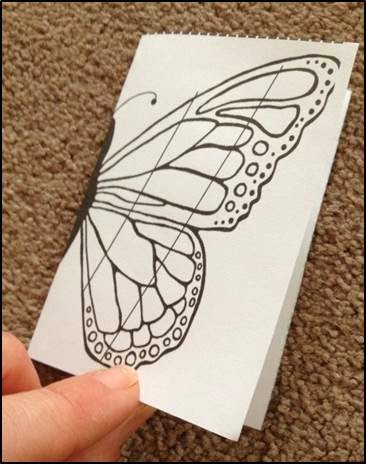
and flip it over and do the same on the other side
And then I got to thinking…what if I had a caterpillar crawl in and push the butterfly out…

And of course I would need some type of poem or song to go along with it…
So I slid the butterfly into the chrysalis/cocoon so that s/he is ‘hiding’
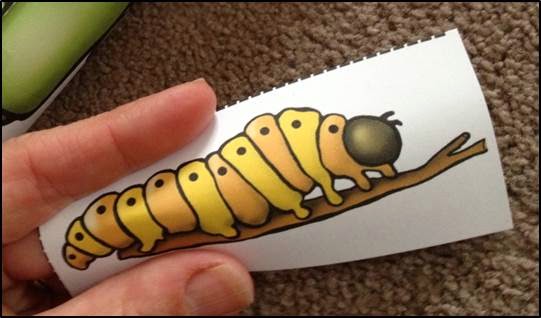
And then along comes the caterpillar
and as he pushes down into the chrysalis/cocoon
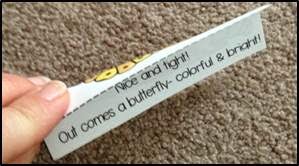
out emerges the butterfly
until it is all the way out!
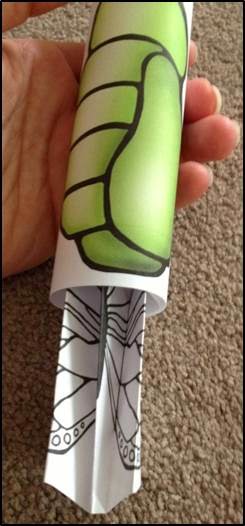
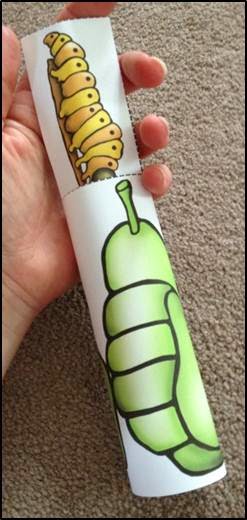
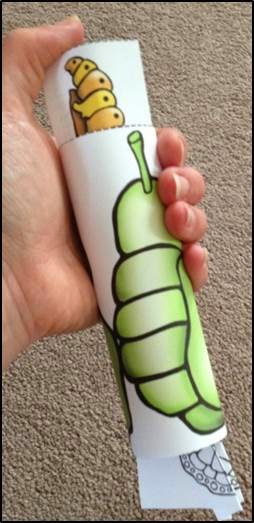
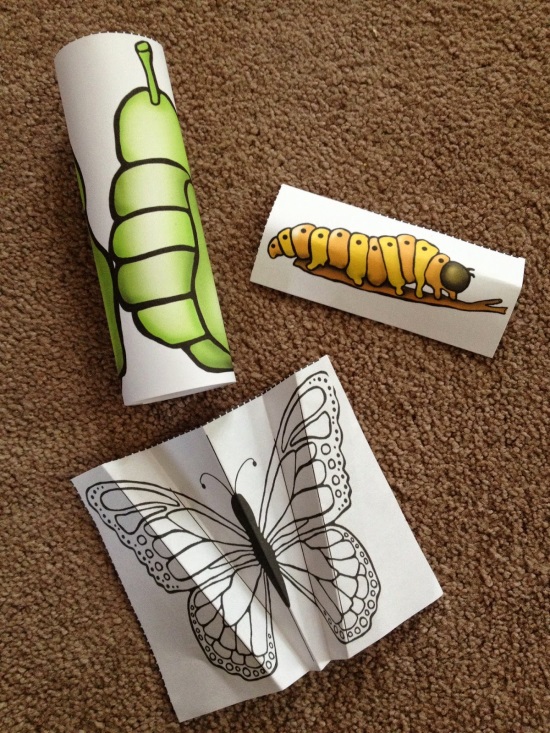
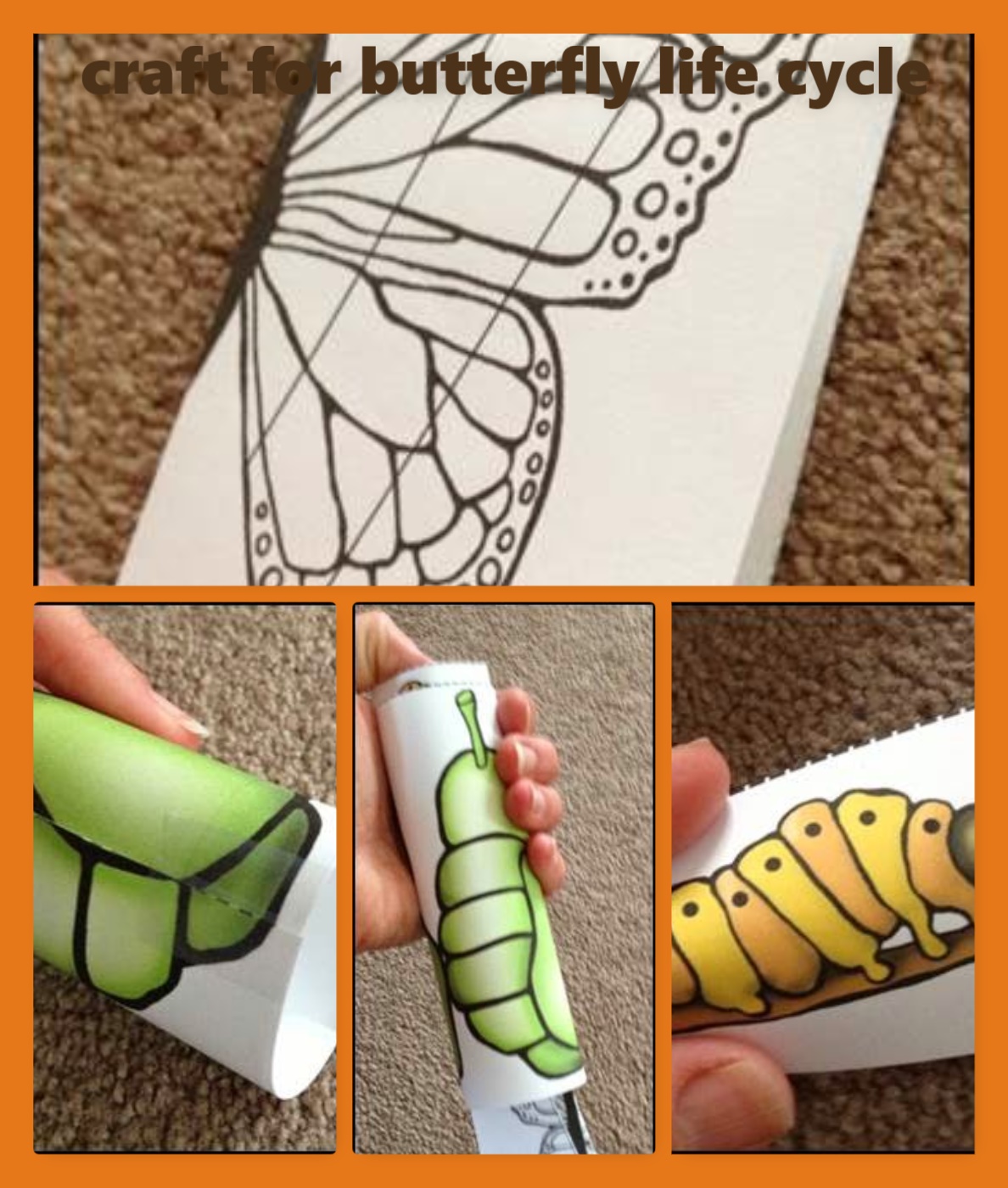
To play again…
Fold the butterfly back up and slide it into the chrysalis/cocoon. Use the caterpillar to push the butterfly out!
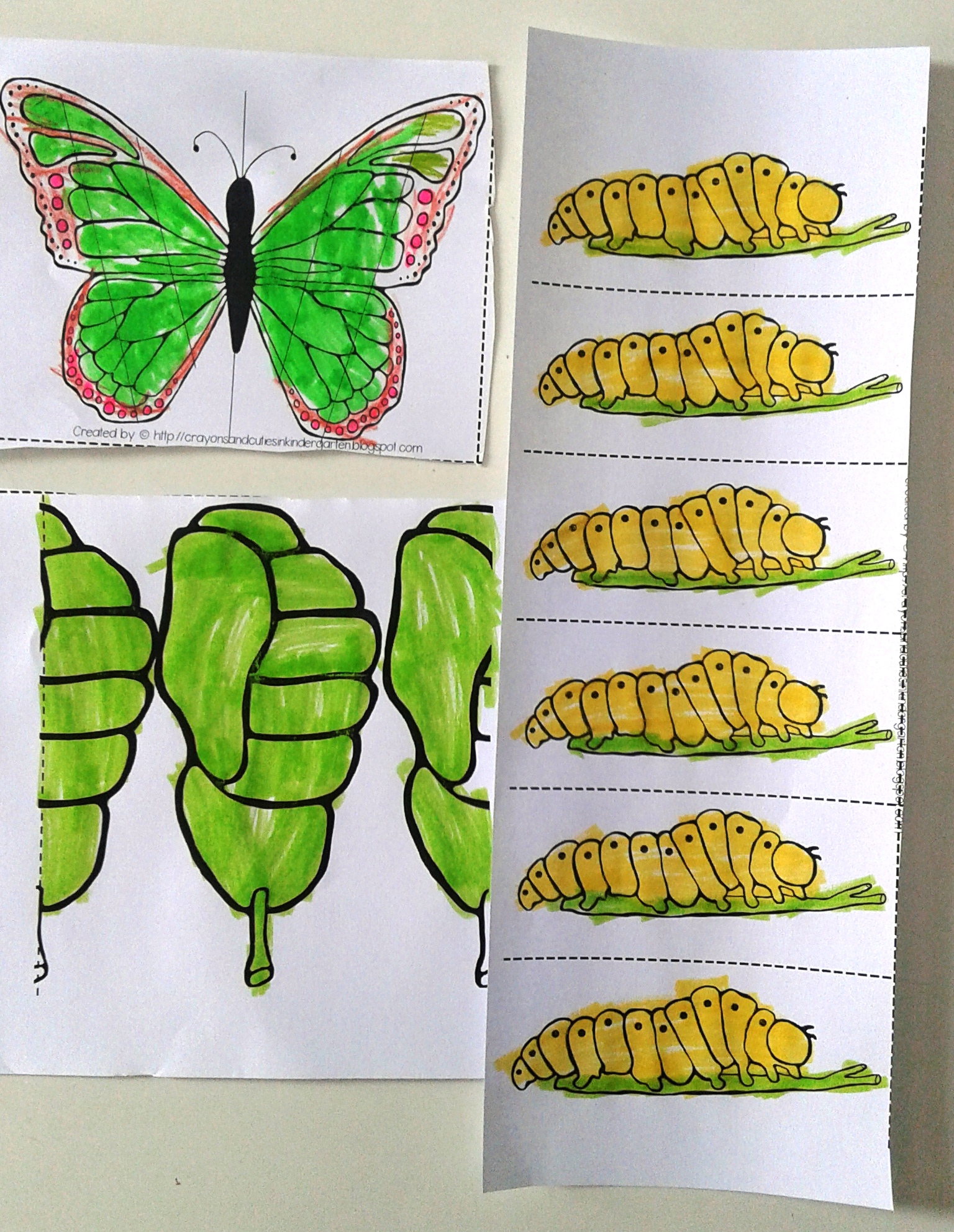
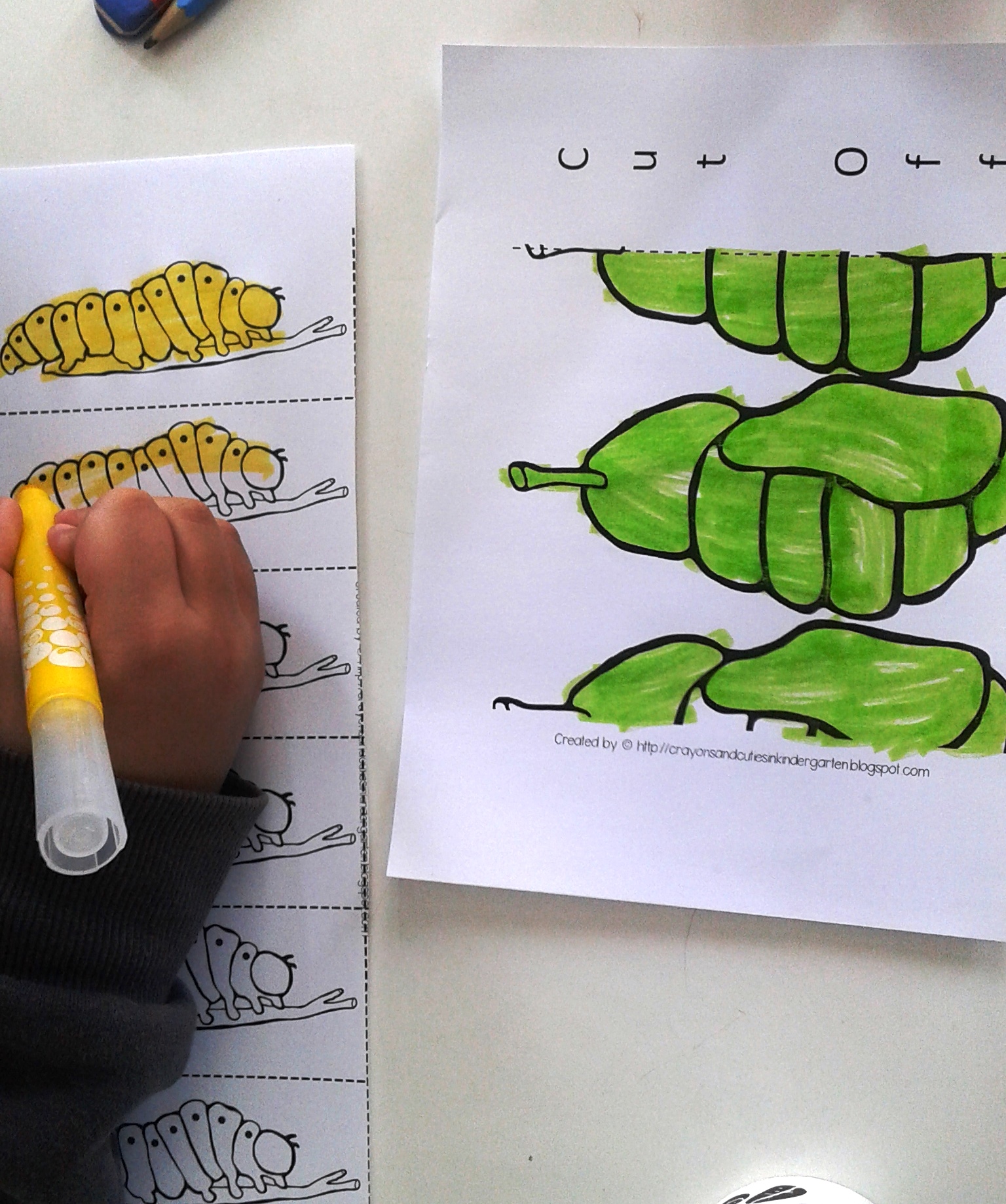
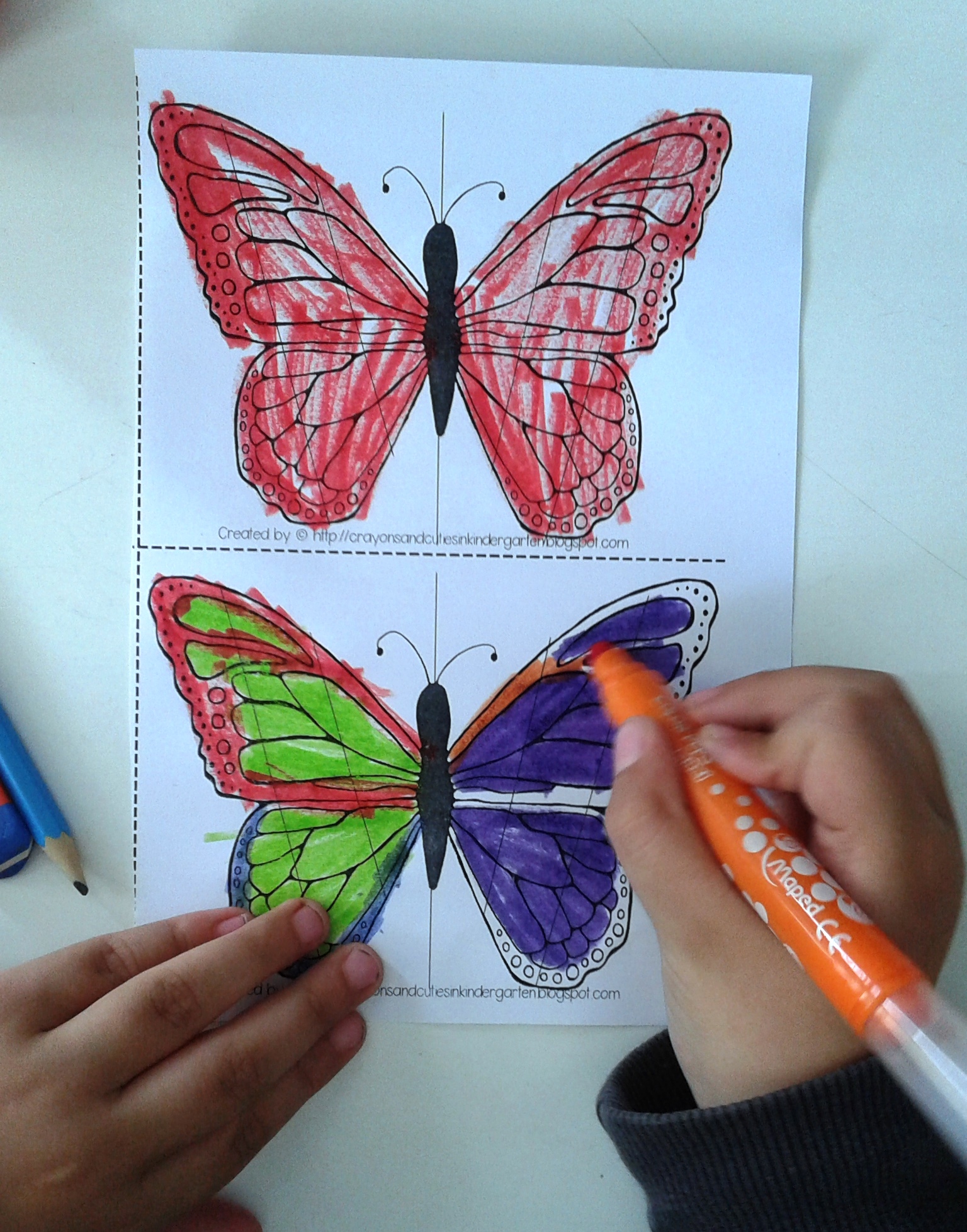

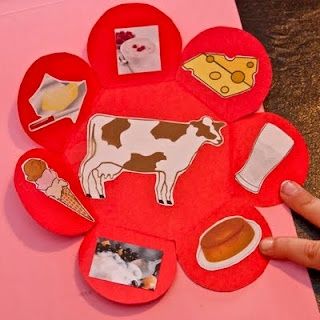
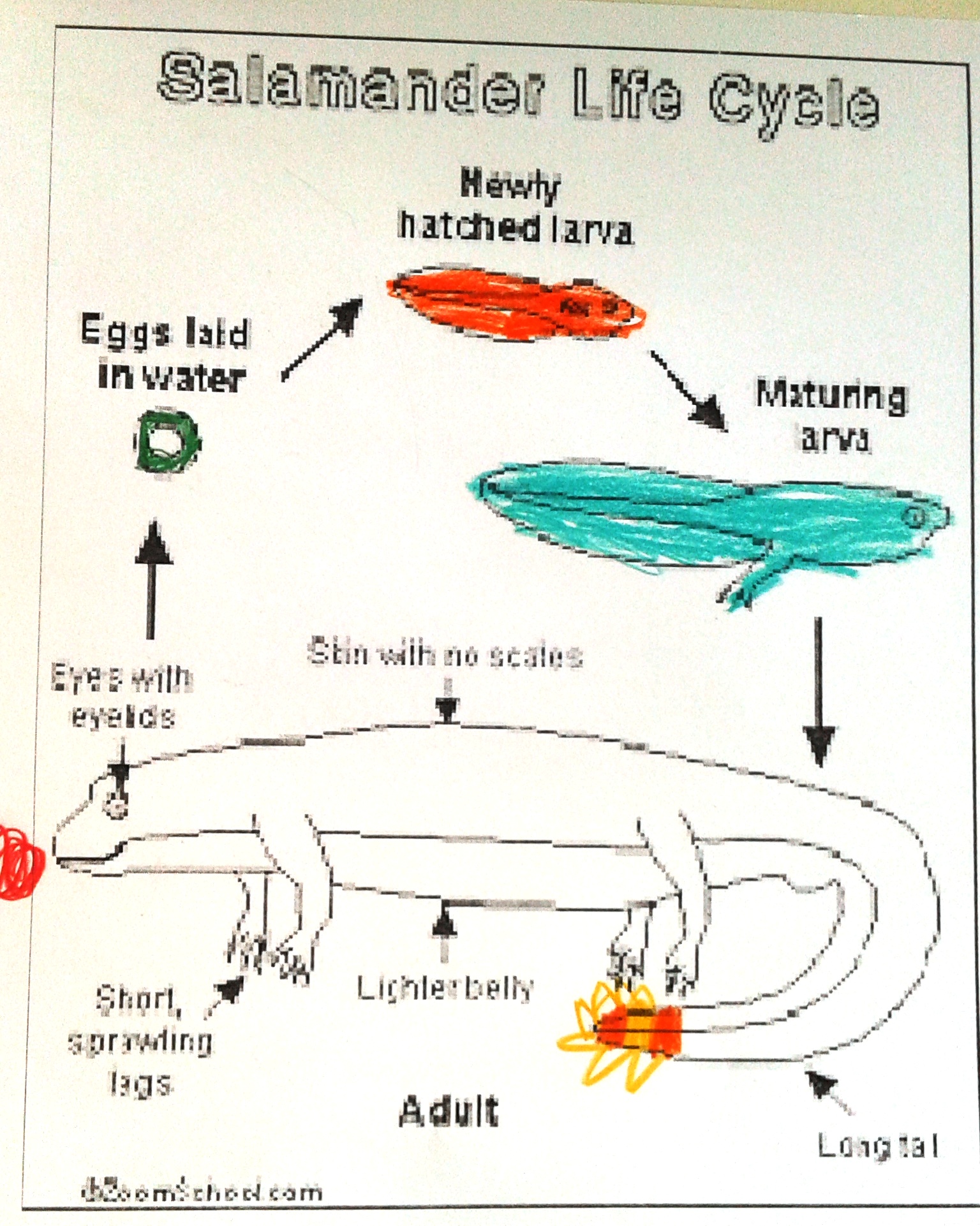
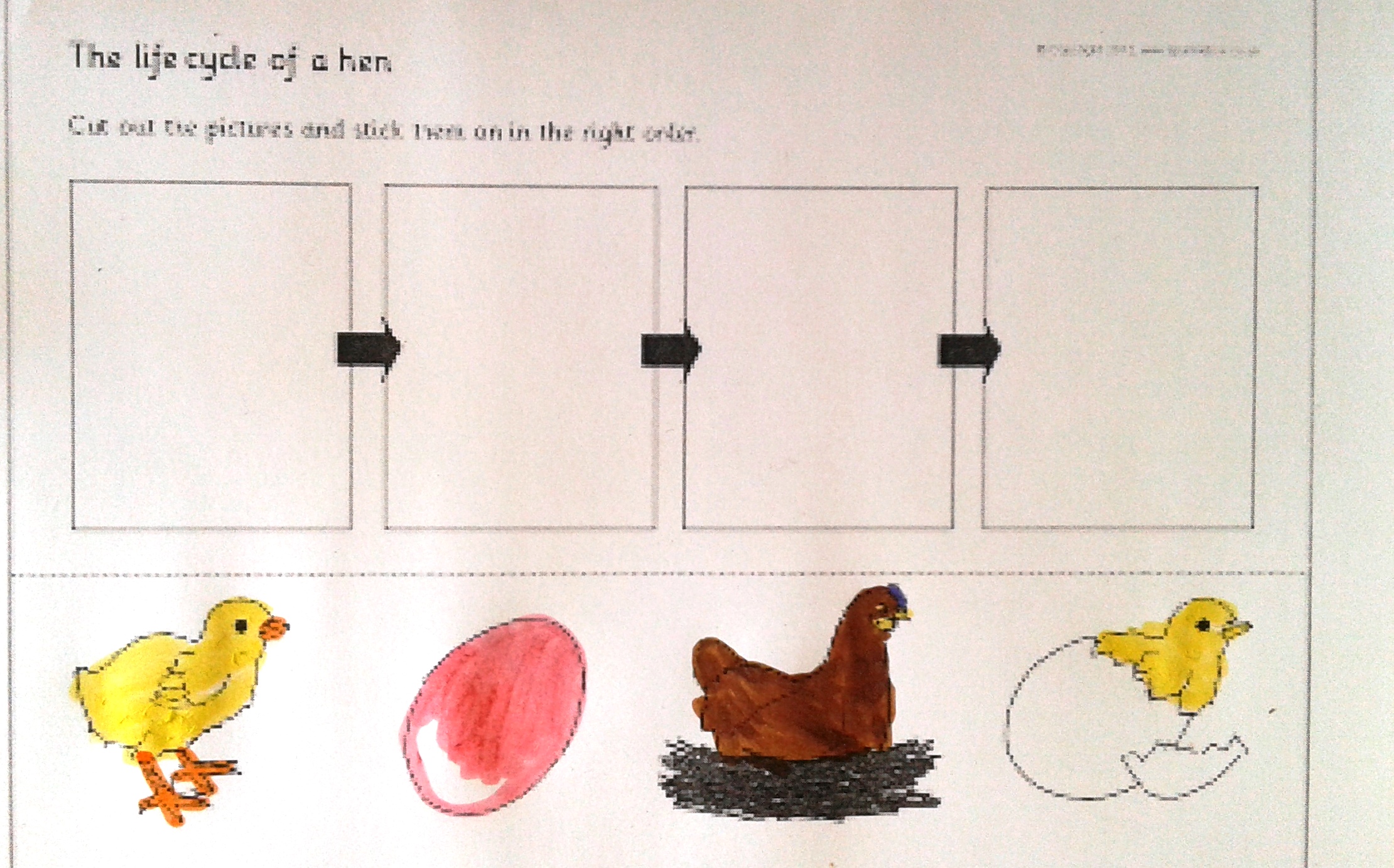
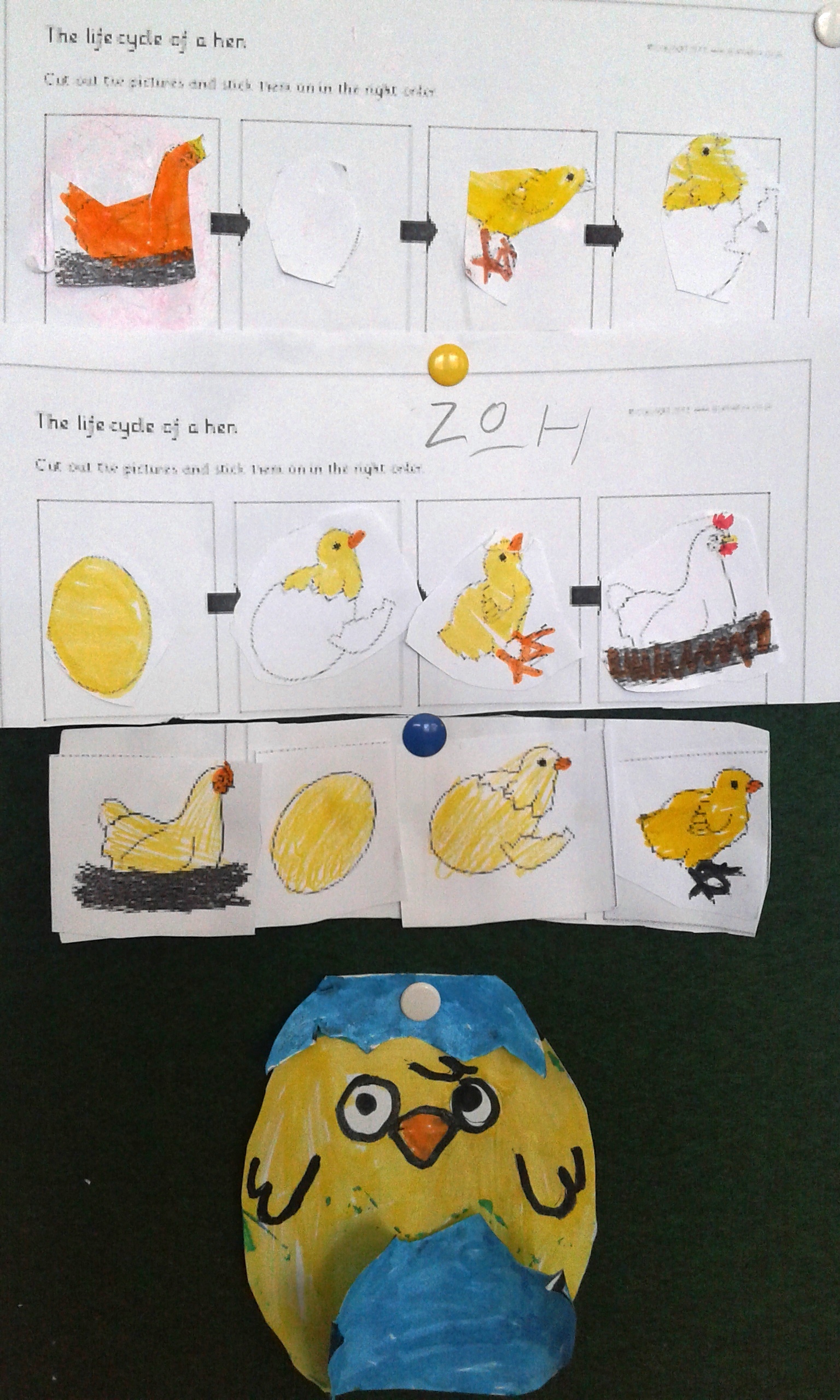
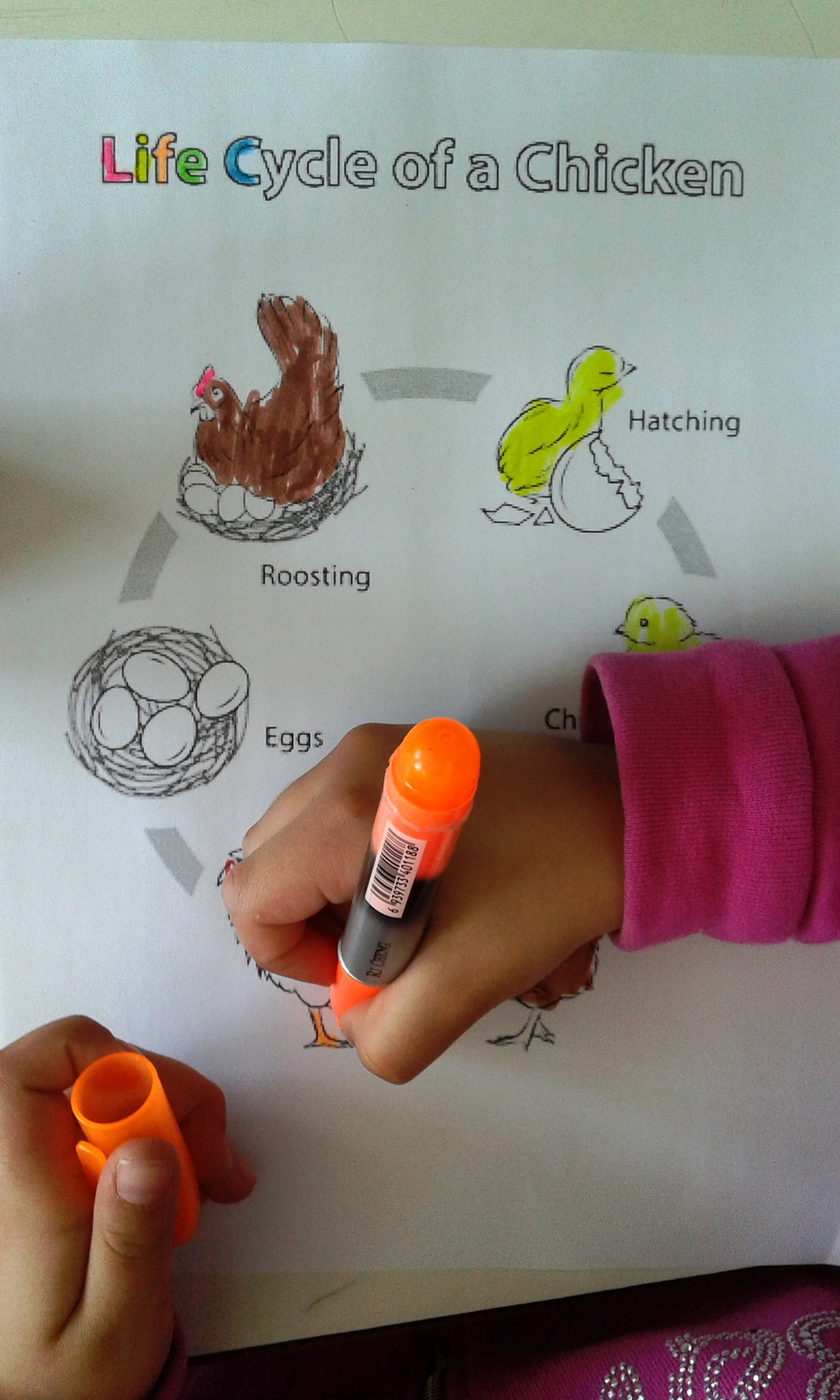
We started insect week by reading the myth of Aisopos < the ant and the cicada>We spent our time contextualizing the vocabulary. When we discussed the fact that insects have 3 body parts, someone chimed in, “Like a SNOWMAN!” So my little friend became our living demonstration”Consider the Ants” Bible Lessons with Crafts and Activities for Children’s
In this Bible lesson, children learn that we can learn from the ants and become wise. The ants do their work even when they don’t have someone telling them what to do or checking up on them.It was a great opportunity for the language subject because we had to learn the greek Τζ and Γκ ( ο τζίτζικας και το μυρμήγκι)
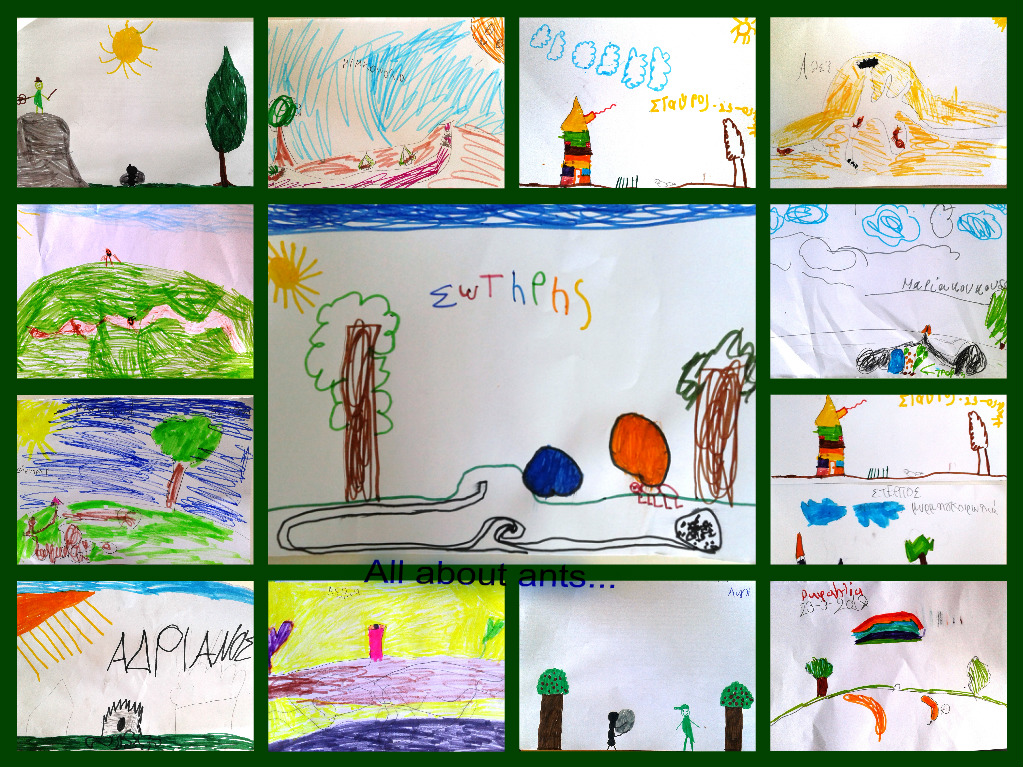
ACTIVITIES FOR STRAY DOGS NIPIAGOGIO VEVIS FLORINA
MAVIDOU STELLA
https://padlet.com/stellamavidou/z8wsb18wi6je
ΡΑΔΙΟΦΩΝΙΚΟ ΜΗΝΥΜΑ ΓΙΑ ΤΑ ΑΔΕΣΠΟΤΑ ΑΠΟ ΝΗΠΙΑΓΩΓΕΙΟ ΒΕΥΗΣ
SPOT FOR STRAY DOGS FROM KINDERGARDEN VEVIS
https://www.youtube.com/watch?v=AiXHhvw18xo&feature=youtu.be
SONG FOR STRAY DOGS FROM KINDERGARDEN VEVIS
https://www.youtube.com/watch?v=5Q8NxT94vLo
SPOT FOR STRAY DOGS FROM FLORINA-NIPIAGOGIO VEVIS
https://www.youtube.com/edit?o=U&video_id=b4pyXiTxm54
MUHİTTİN DEVELİ İLKOKULU
MERSİN/TÜRKİYE
STUDENTS DOING BIRD CASES. BIRD FLOATS DISTRIBUTED TO OTHER BUILDINGS. BIRD FLOATS HAVE BEEN IN THE SCHOOL GARDEN. ALSO NATIONAL EDUCATION ADMINISTRATOR GIVES BIRD NUTDRAMA WORKING THROUGH FOREIGN PROTECTION
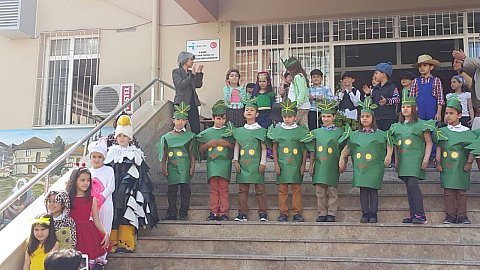
FLOWER AND WOOD EFFICIENCY ORGANIZATION
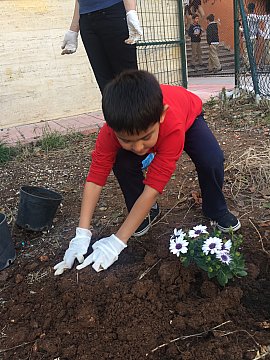
GREEN STREET CREATED IN VARIOUS PLACES OF SCHOOL
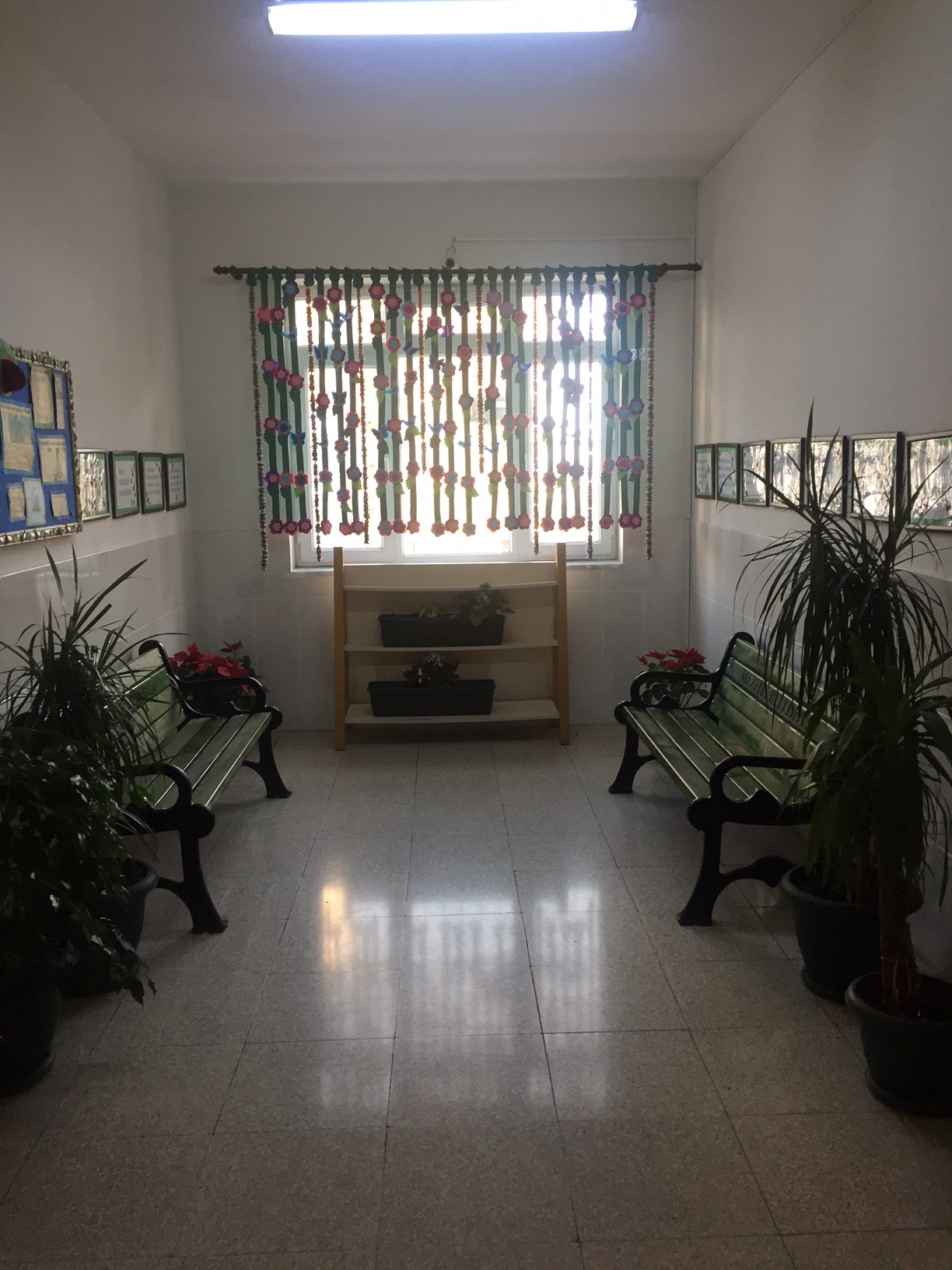
2nd Kindergarten of Plagiari – 1st Primary school of Panorama
Nipiagogeio Heronias Animals in captivity in Zoo
20th Kindergarten of Katerini-Greece
Ants
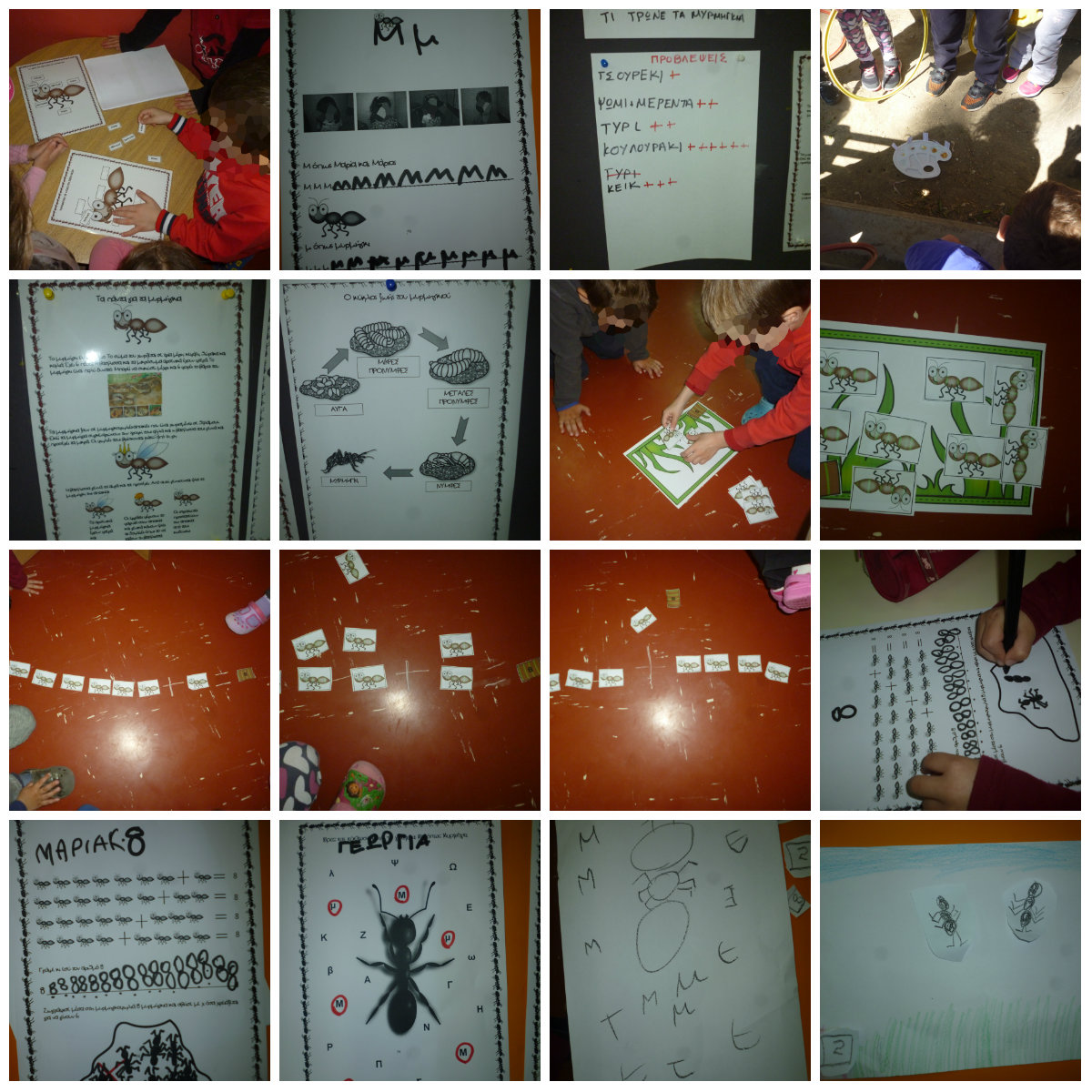
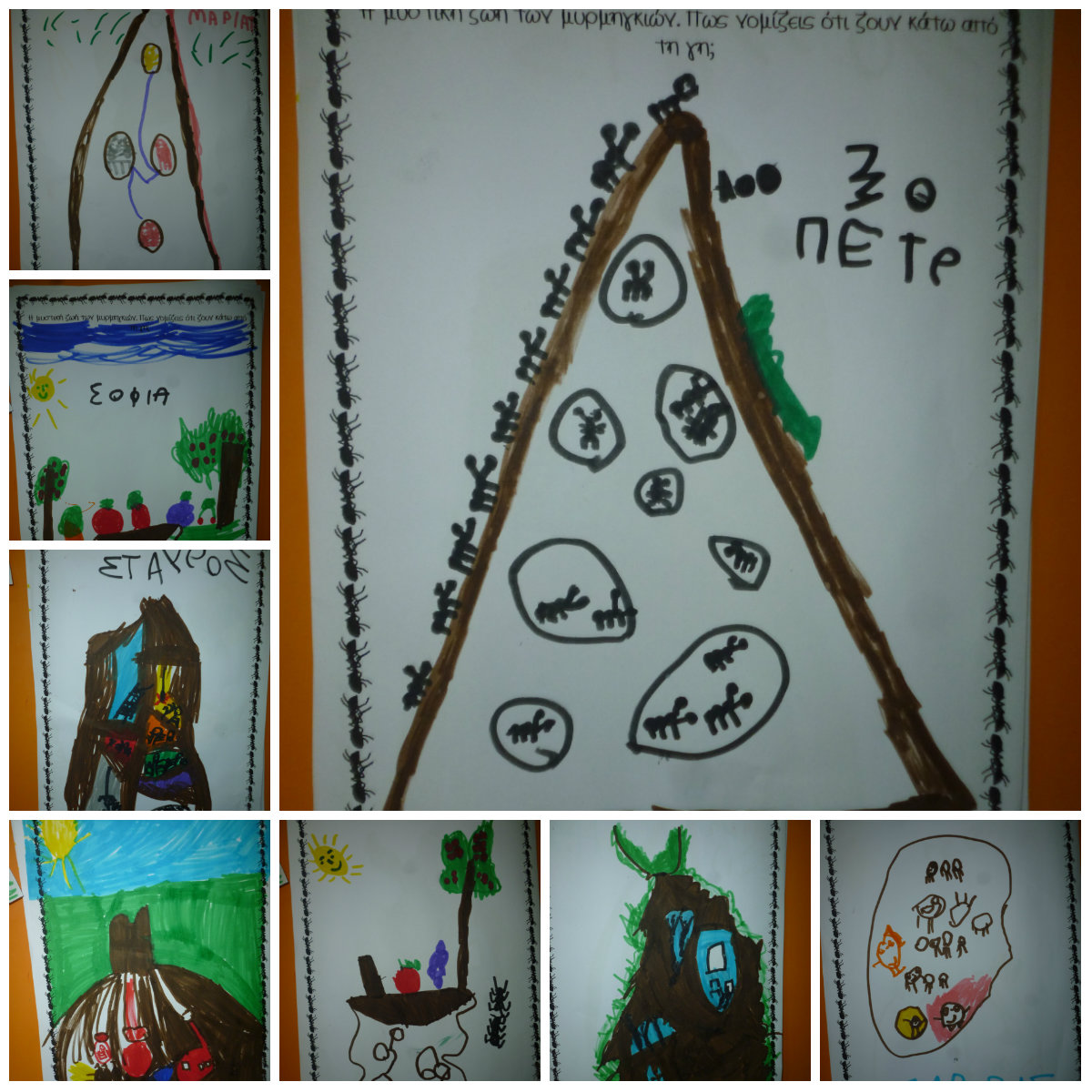
Snails
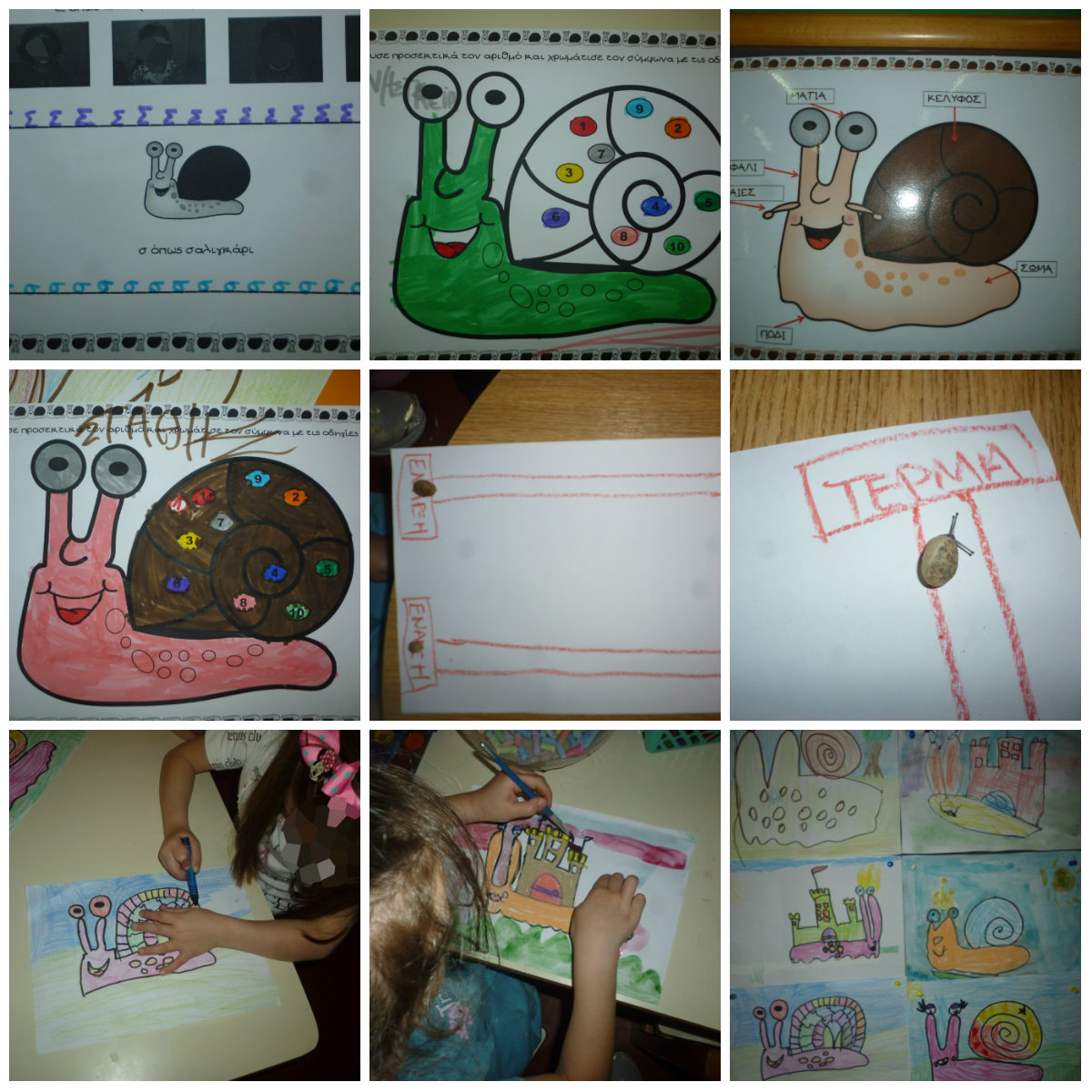
Animals and Stories
-
Stories are one of the main ways that our species understands the natural world. Giving human attributes to animals is by no means a recent phenomenon; ancient gods were often hybridized human-like animals (or animal-like humans). Stories play a vital role in the growth and development of children. The books they read and the characters they get to know can become like friends. It’s also good for children to understand that books are a useful source of information and that good reading skills are important for success in their future lives. Reading also helps children with their confidence levels, coping with feelings and language and learning.
48
 ΤΟ ΤΖΙΤΖΙΚΙ ΚΑΙ ΤΟ ΜΥΡΜΗΓΚΙ
ΤΟ ΤΖΙΤΖΙΚΙ ΚΑΙ ΤΟ ΜΥΡΜΗΓΚΙElmer the Elephant – Mastori Meropi
The stories are suitable for early exploration of the themes and issues relating to the concept of diversity, as Elmer discovers that when he tries to change his appearance in order to ‘blend in’ with the other elephants, they no longer recognise him, or accept him as one of their own. This makes Elmer sad, and he experiences how it feels to be treated like an outcast, after being ostracised by his old friends. It’s only when it begins to rain, and the grey paint that Elmer has covered himself with starts to disappear, that Elmer’s ‘true colours’ are revealed, much to the surprise and delight of his friends, who preferred his multicoloured and fun loving persona. Following their happy reunion, the elephants reassure Elmer that they love him because of his differences, and not in spite of them, and they celebrate by painting themselves in multi-coloured paint, in recognition of Elmer’s unique appearance and personality.
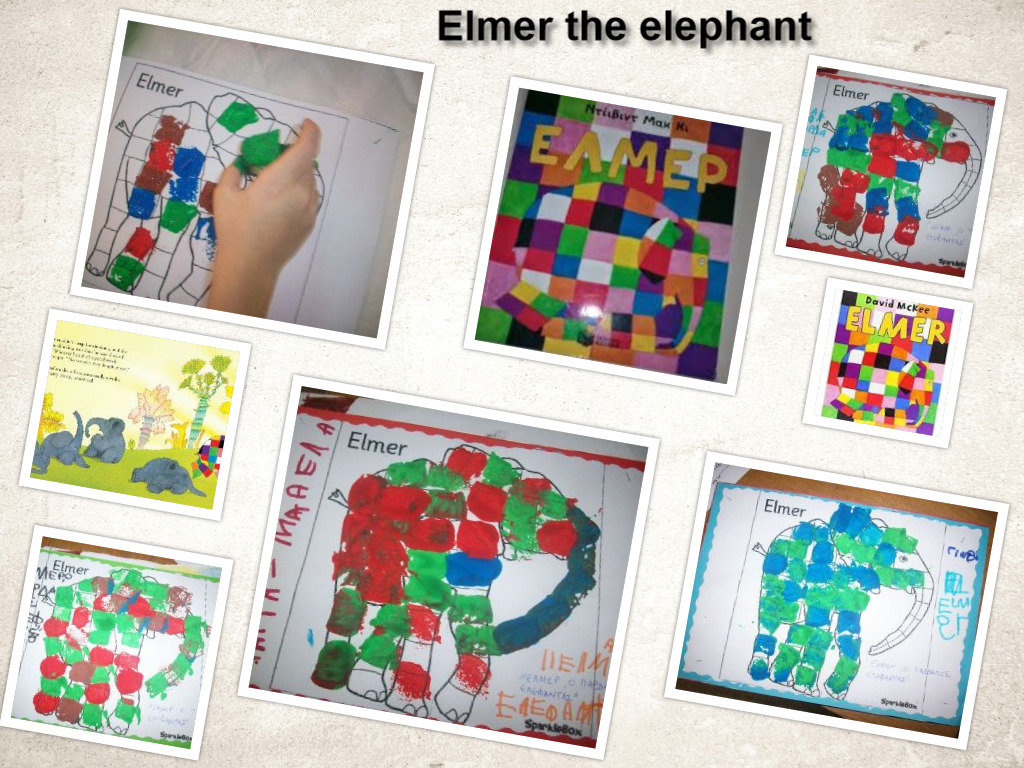
1st Primary School of Komotini


Free digital slideshow generated with Smilebox It is a poem from a class language book. So we decided to present it and work on it with drawings, word searching and creative writing.
From Language subject a Big Thank you to all of you
Discuss why Elmer didn’t want to be different. Why is it OK to be different from other people?
- How can we celebrate our differences like the elephants do on Elmer Day?
- An old elephant says to Elmer “It didn’t take you long to show your true colours.” Discuss what this expression means.

Three little pigs
Book — Three Little Pigs: The Wolf’s Story ; classic version of The Three Little Pigs
Ask student volunteers to recall the story of The Three Little Pigs. Discuss the plot, as well as the point of view from which the classic version is written (the pigs’ point of view). Ask students what words they marked in their books. Use this opportunity to model how they can read these words using decoding strategies and context clues.
- Have students share any questions they had while they were reading. Discuss how self-monitoring helped them stay actively involved in the reading process and helped them better understand and remember what they read.Discuss with students the plot of the classic story of The Three Little Pigs.Review or explain that when writing, authors create many paragraphs within a book. A new paragraph is created when the author chooses to begin writing about a new idea. The author then begins on a different line, and the new paragraph is either indented or set apart with extra space.Social Studies ConnectionDiscuss the topic of homelessness and the organizations in place to help those who are without a home. Point out the empathy displayed in the weasel’s efforts to save the homeless wolf and the neighbors’ help to build him a new home and plant a garden. Relate this to real-life situations, and ask students what they might do to help people less fortunate than themselves. at the end you can make figger dolls to retell the story
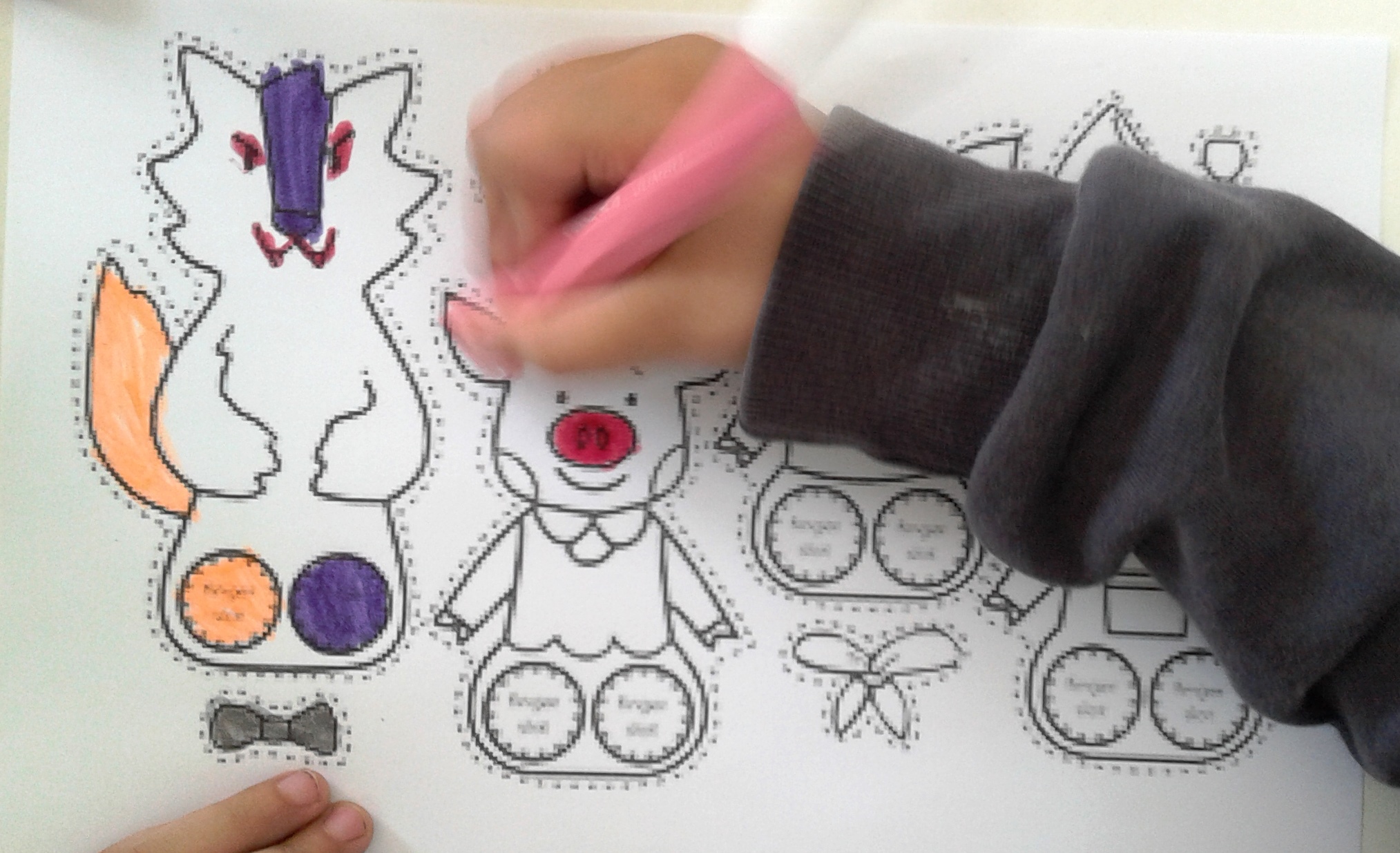
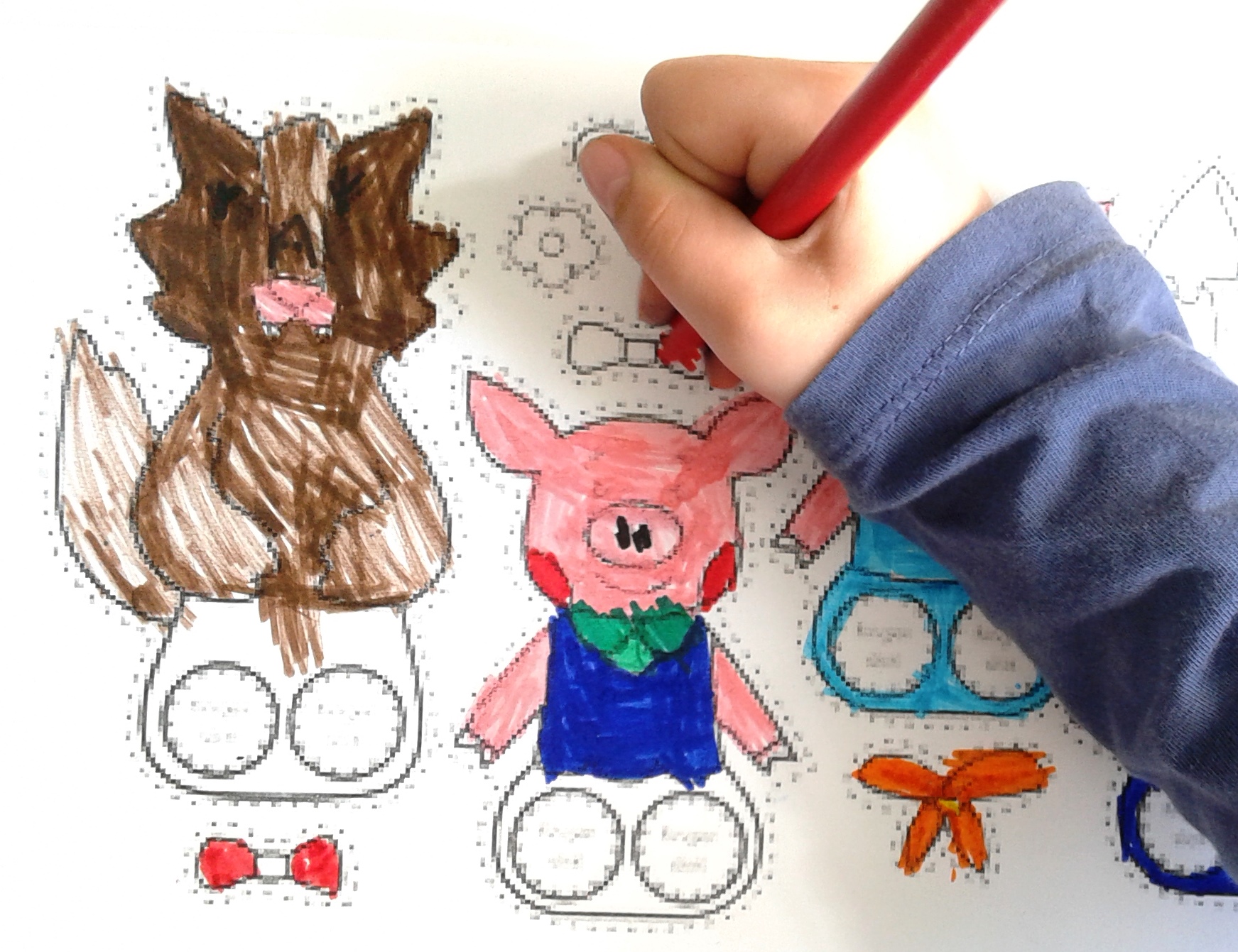
Creative writing
I gave to my students the words : crab,fish,seagull,ship,school and I asked from them to write a story with these words
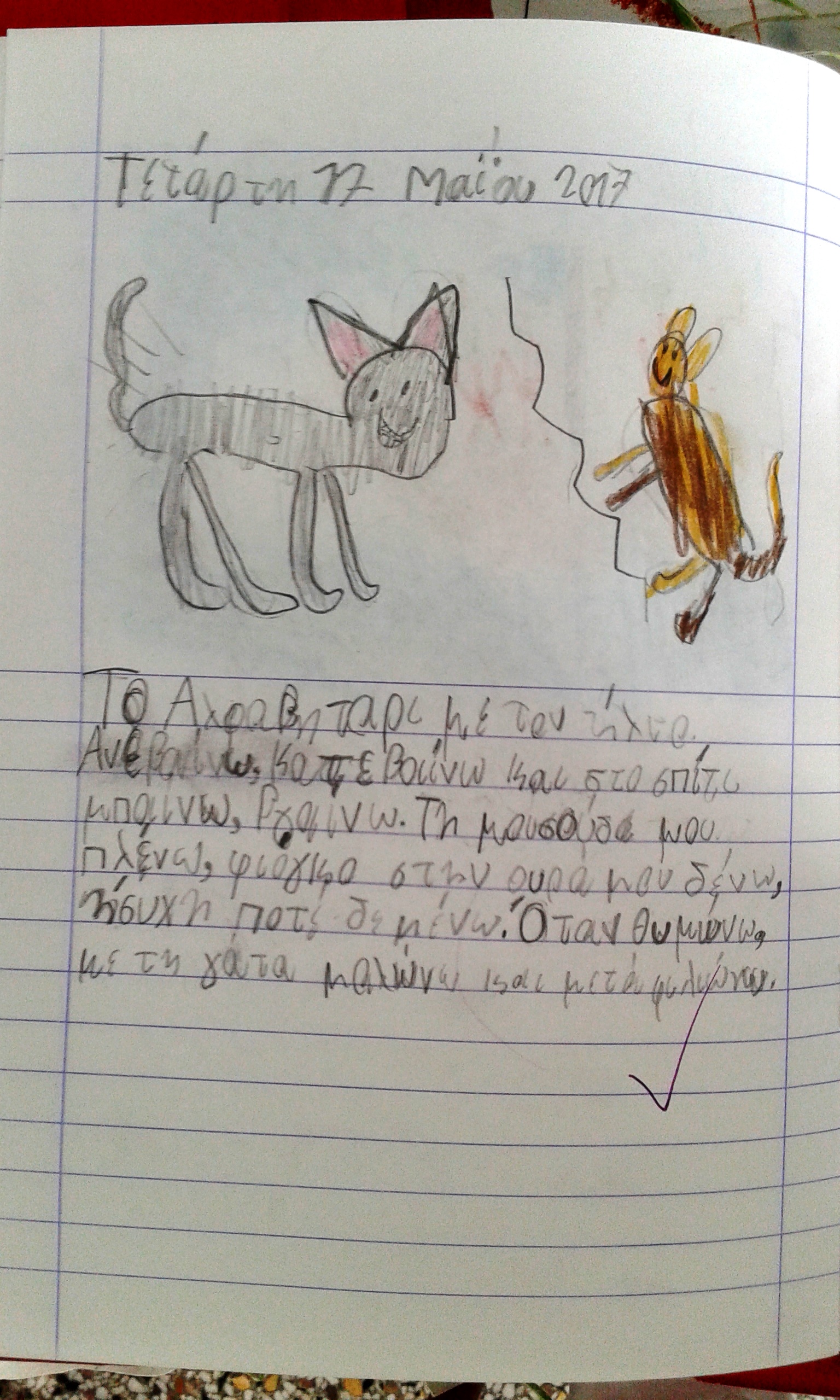
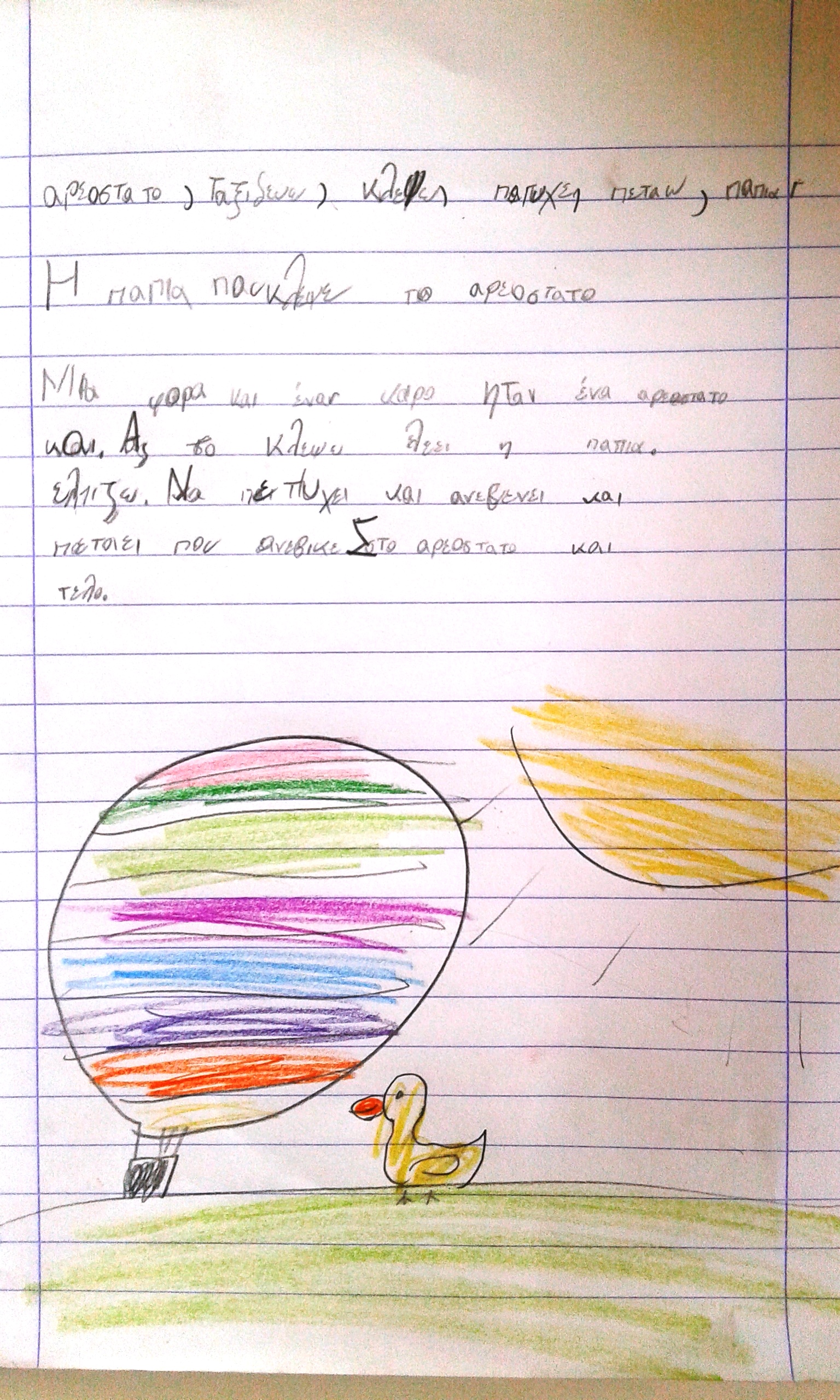
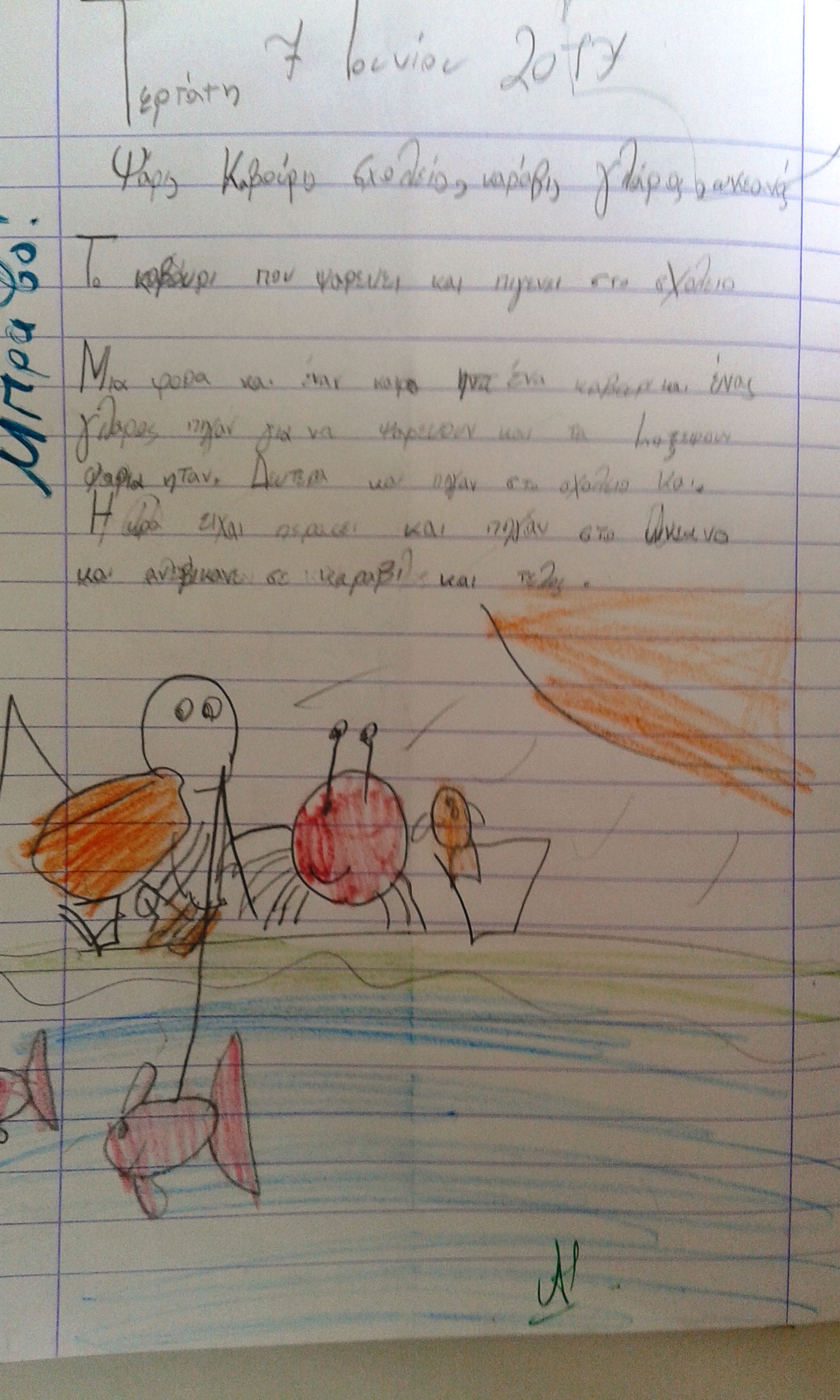
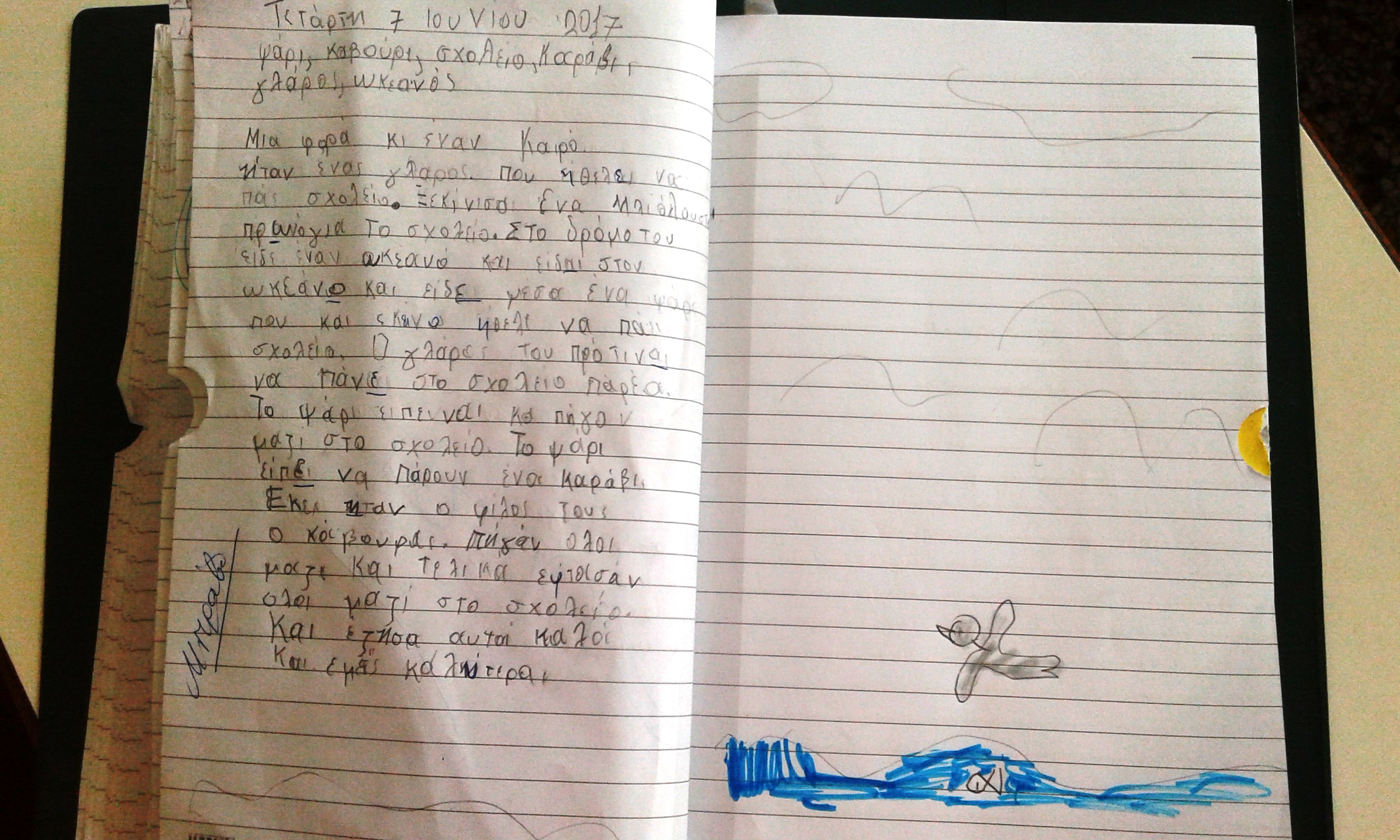
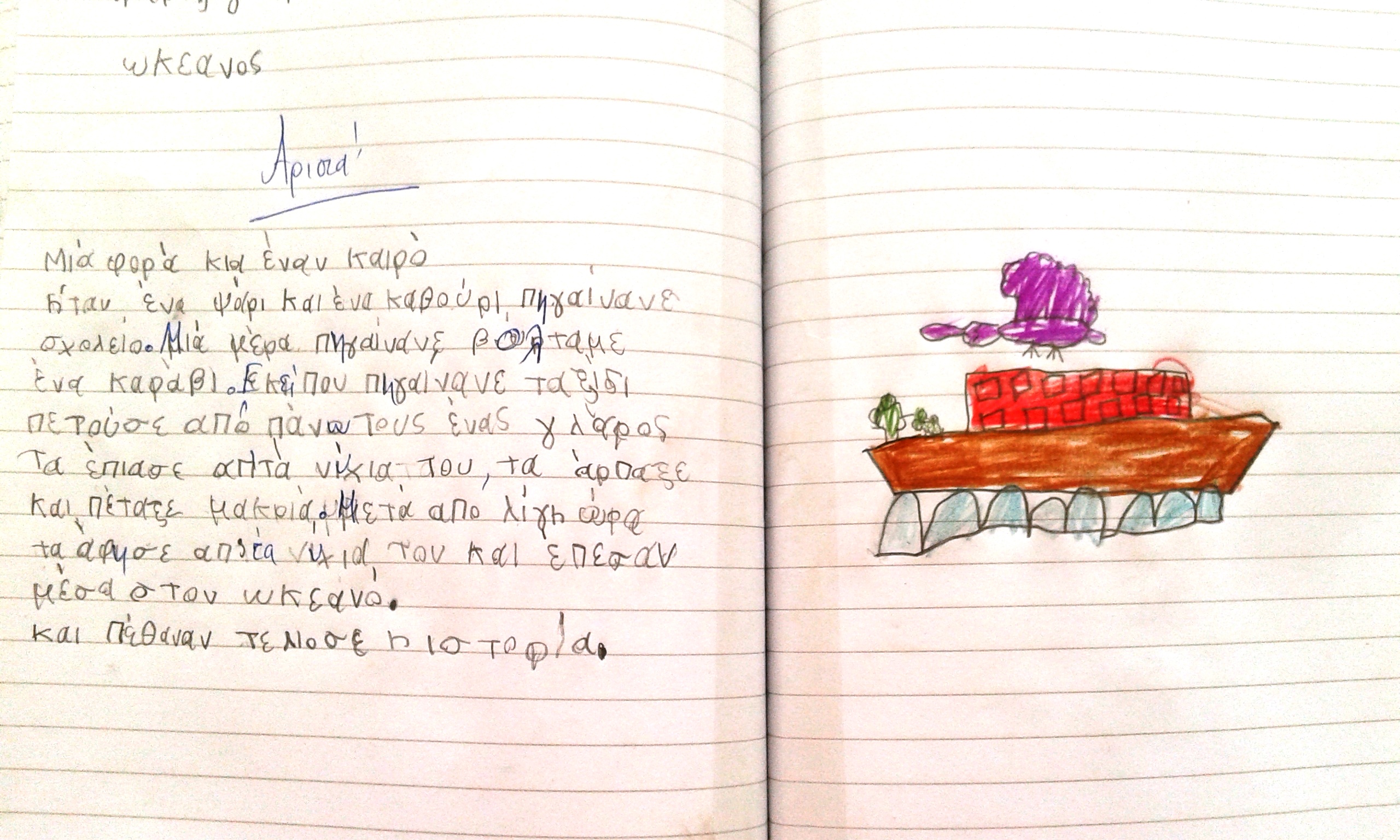
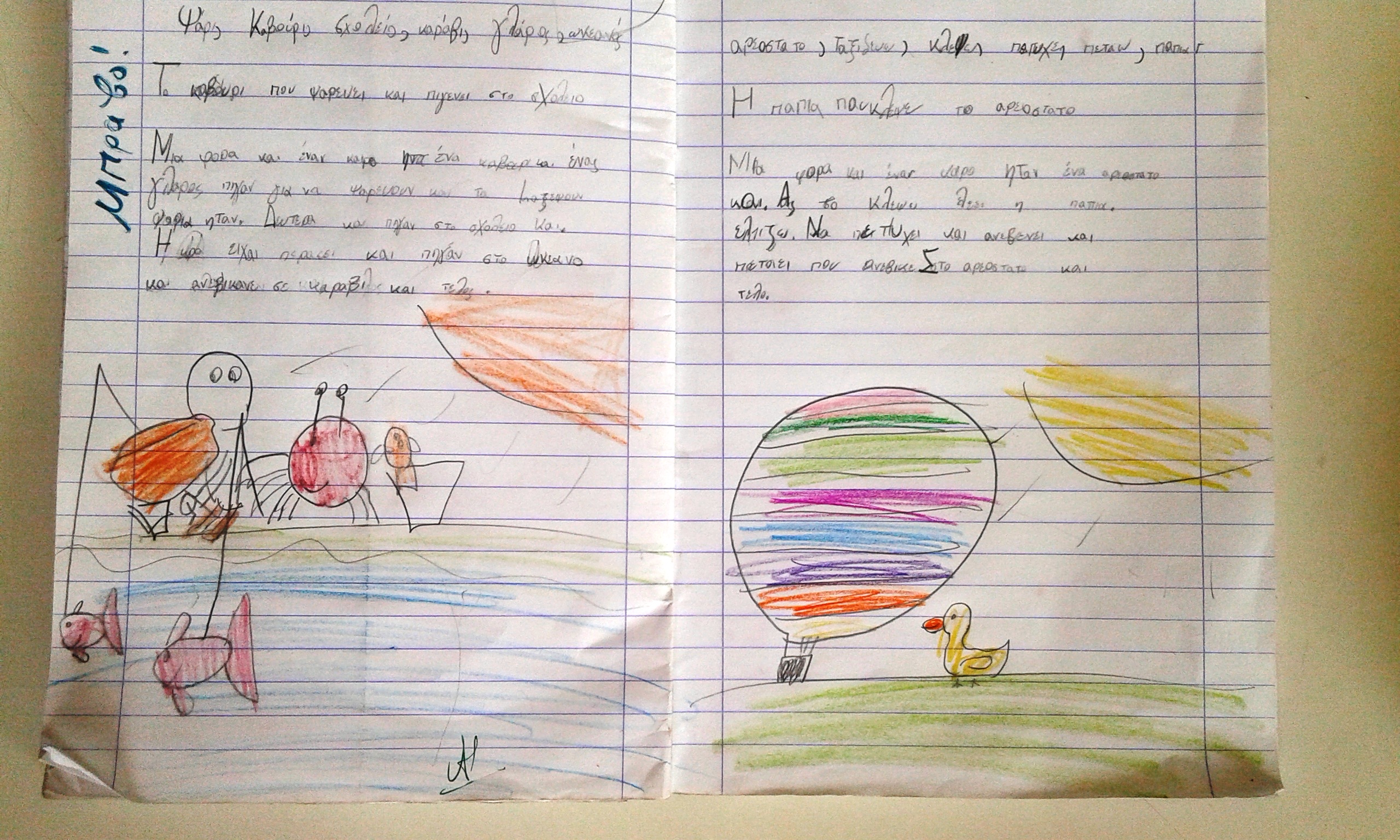
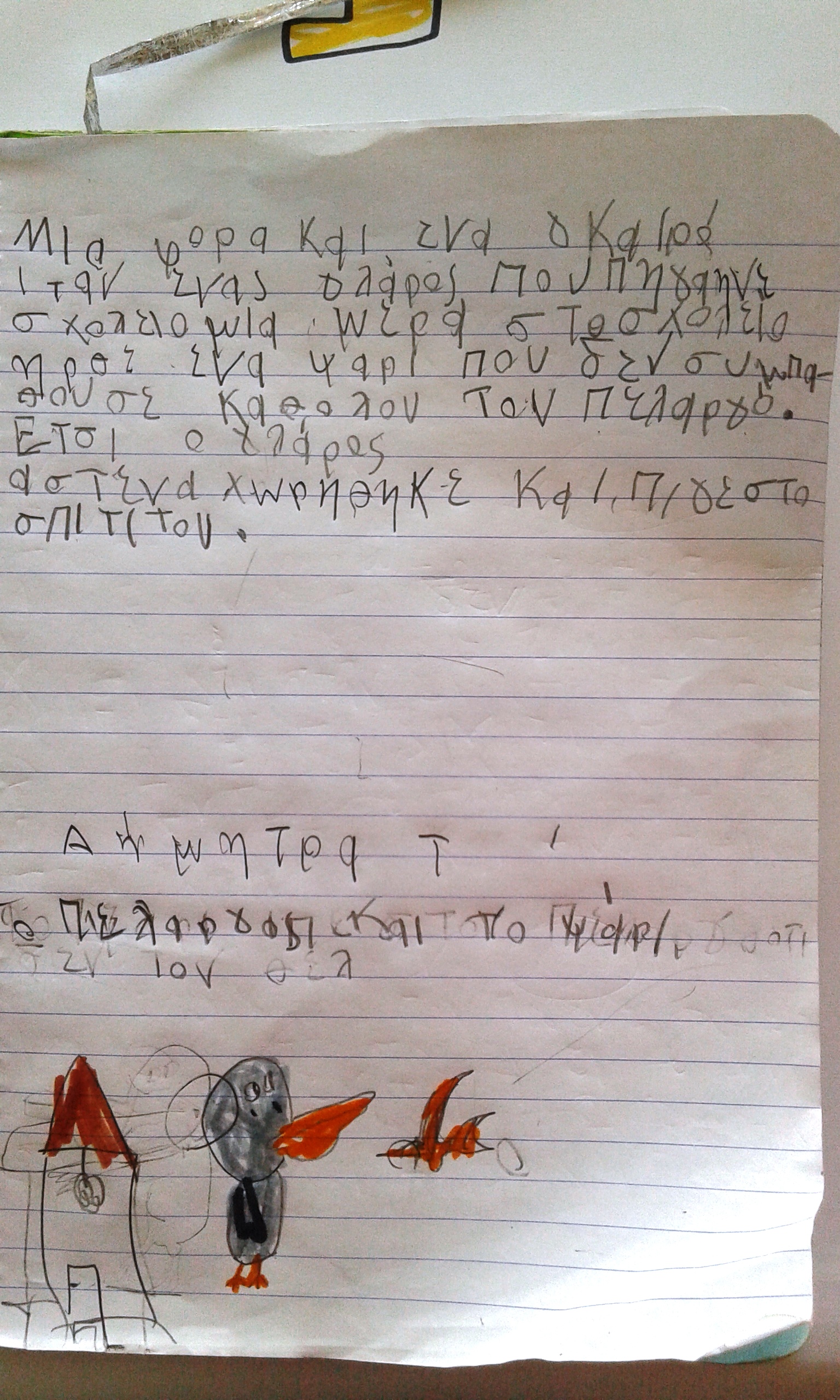
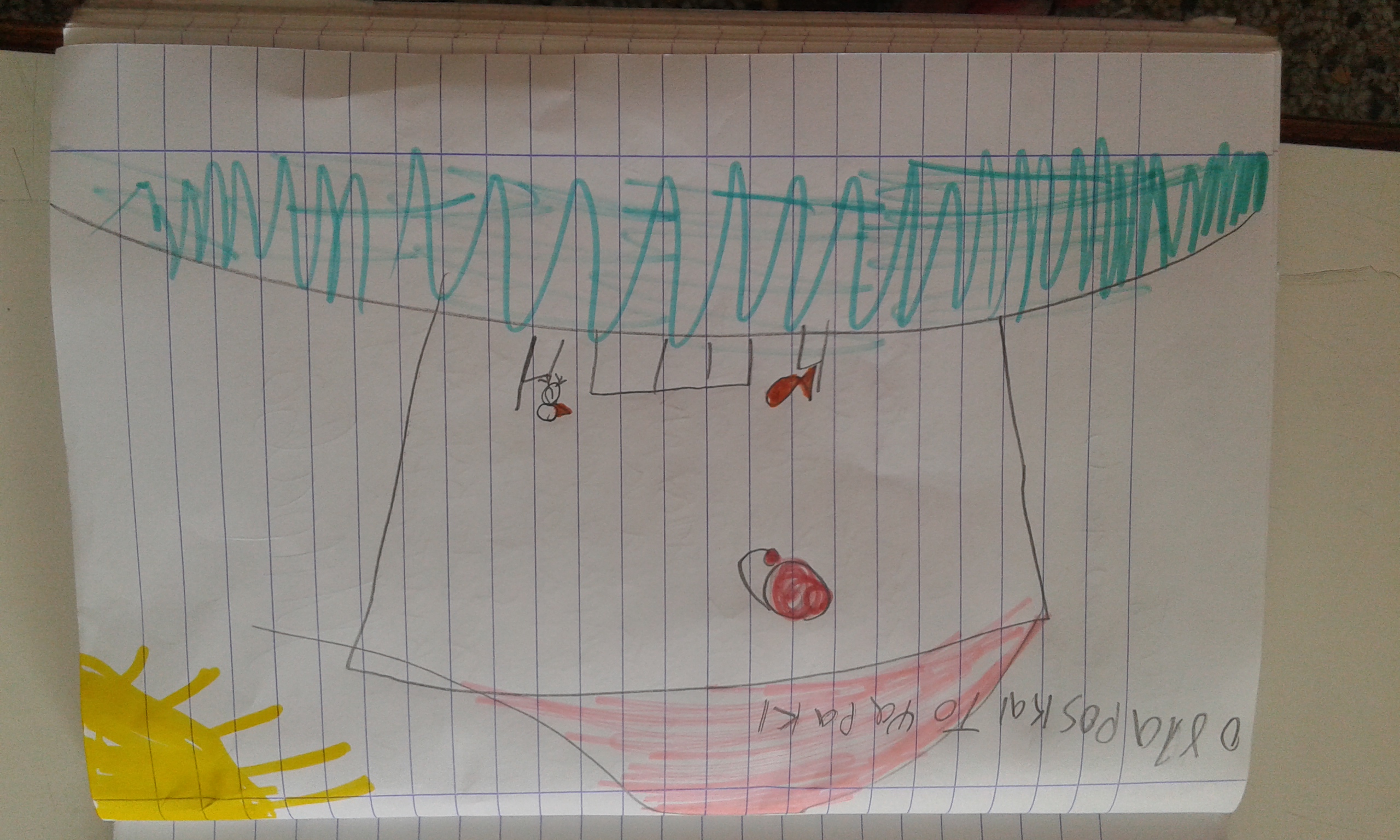
we read stories with animals My students drew their favorite story
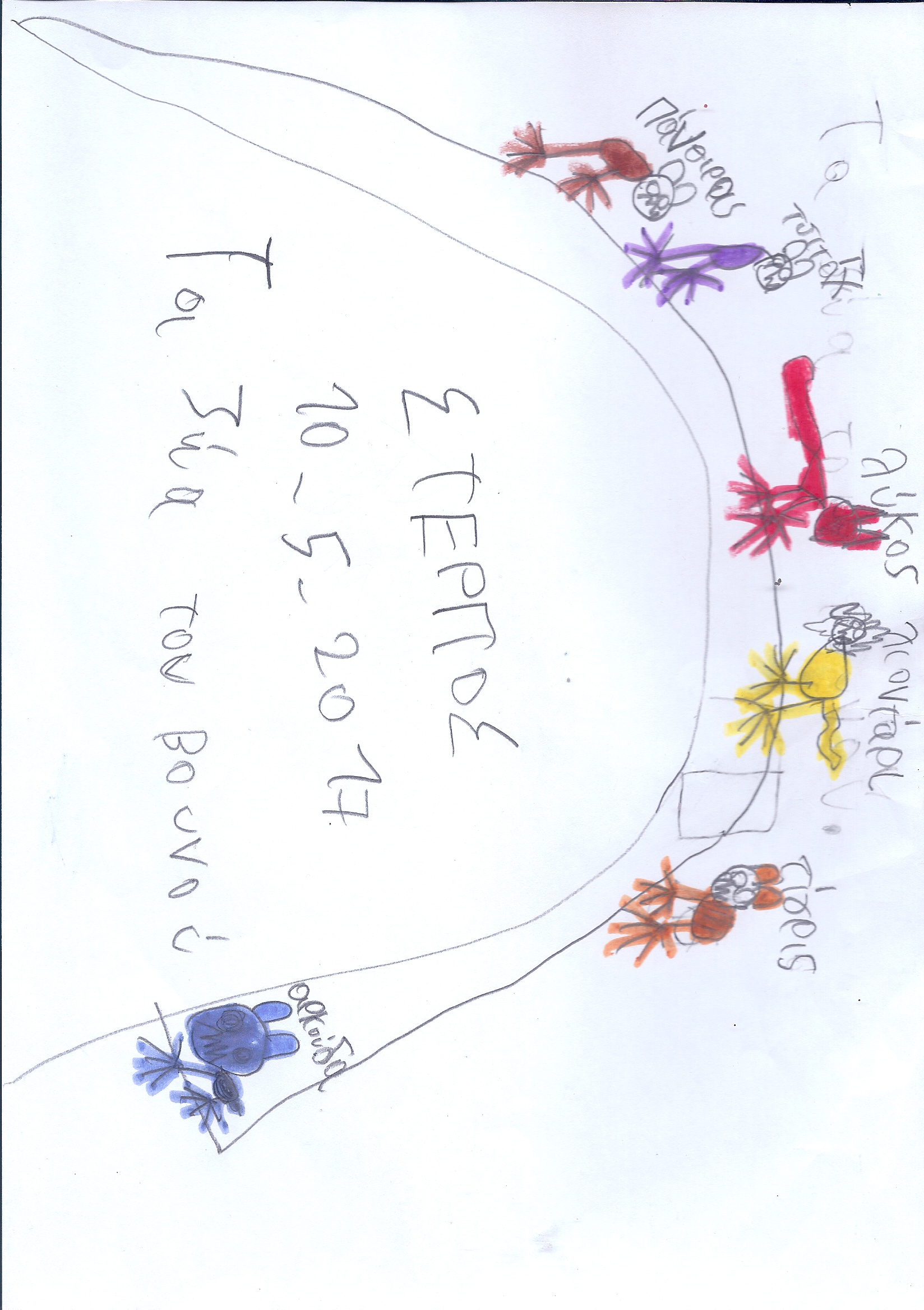
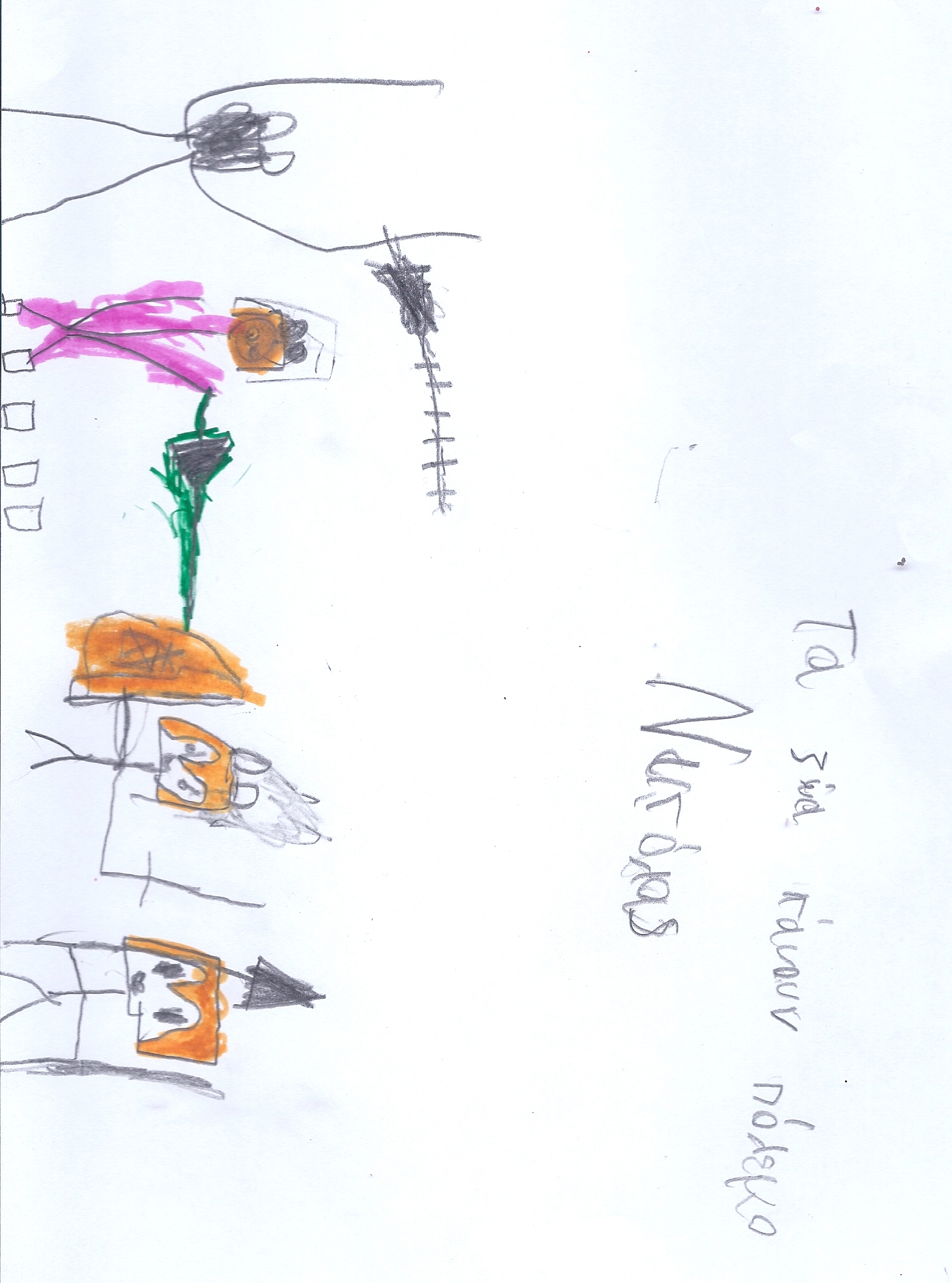
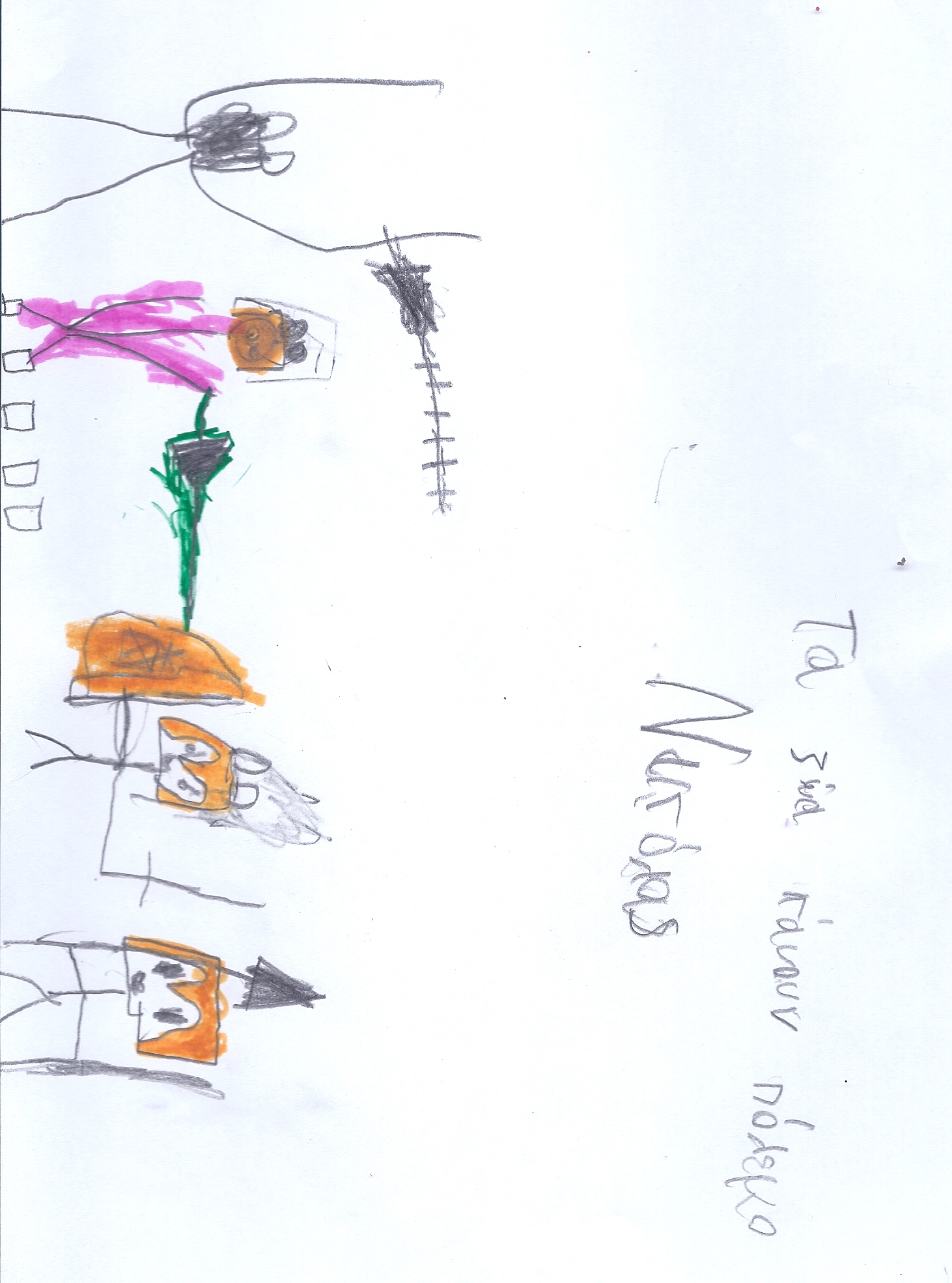
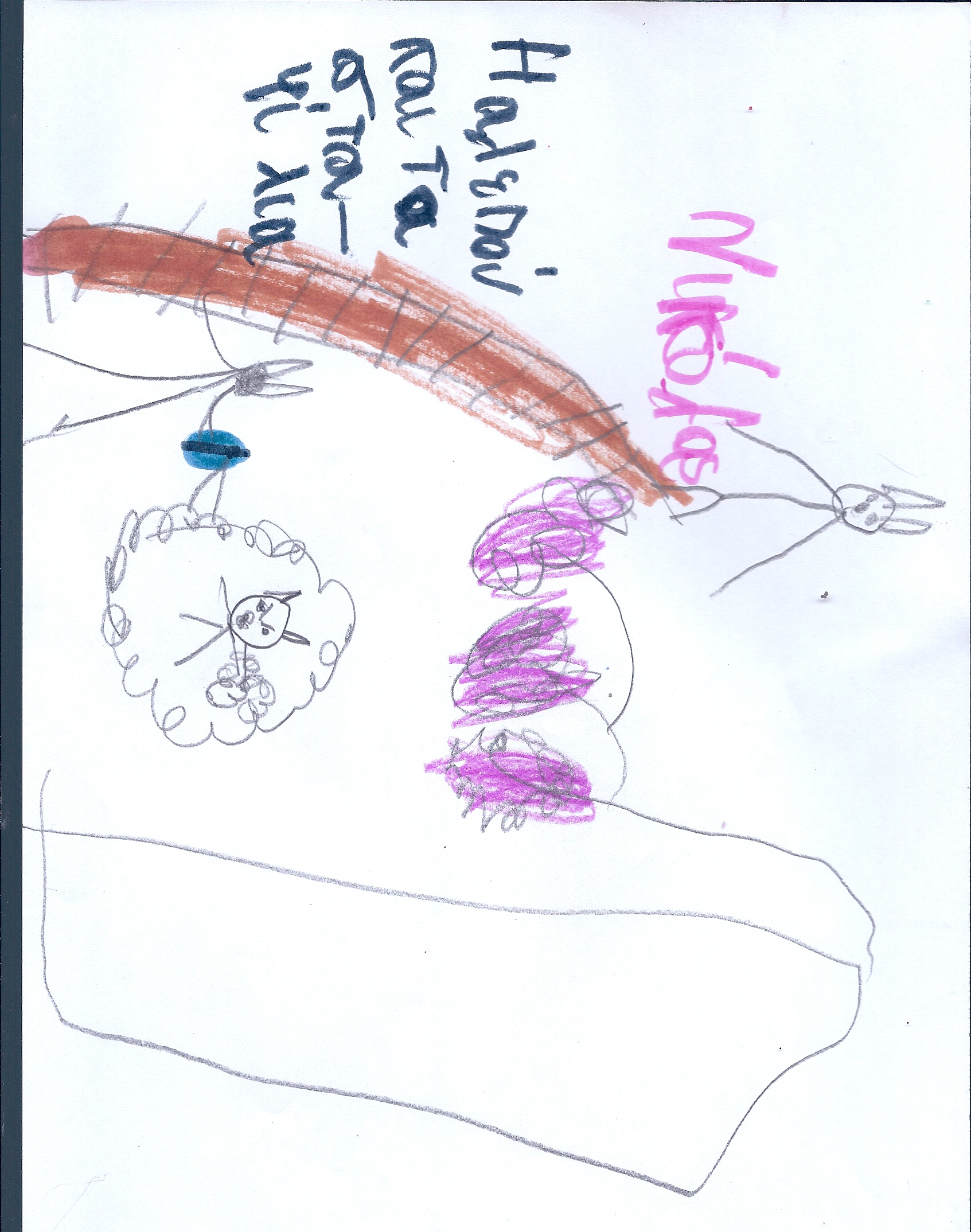
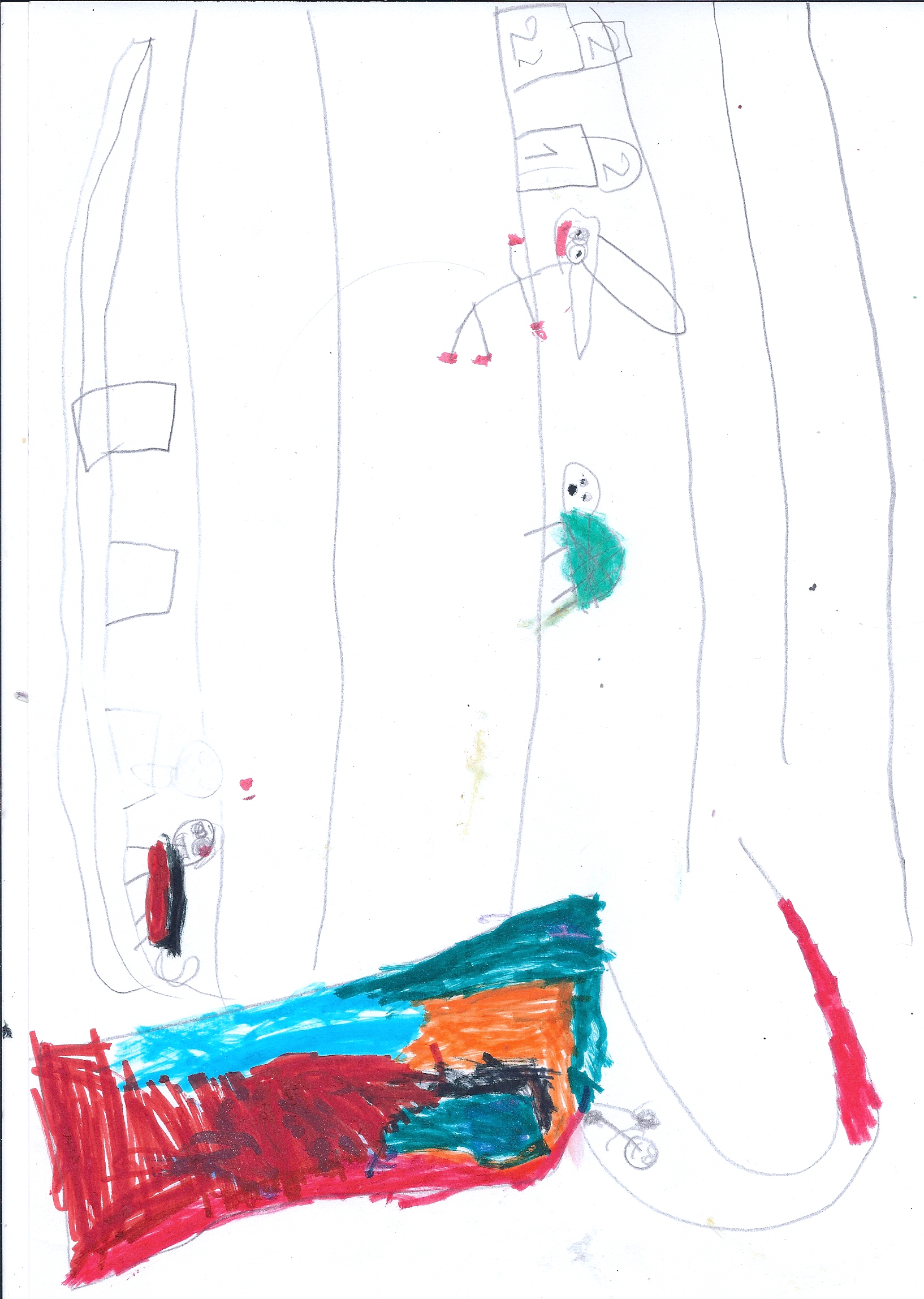
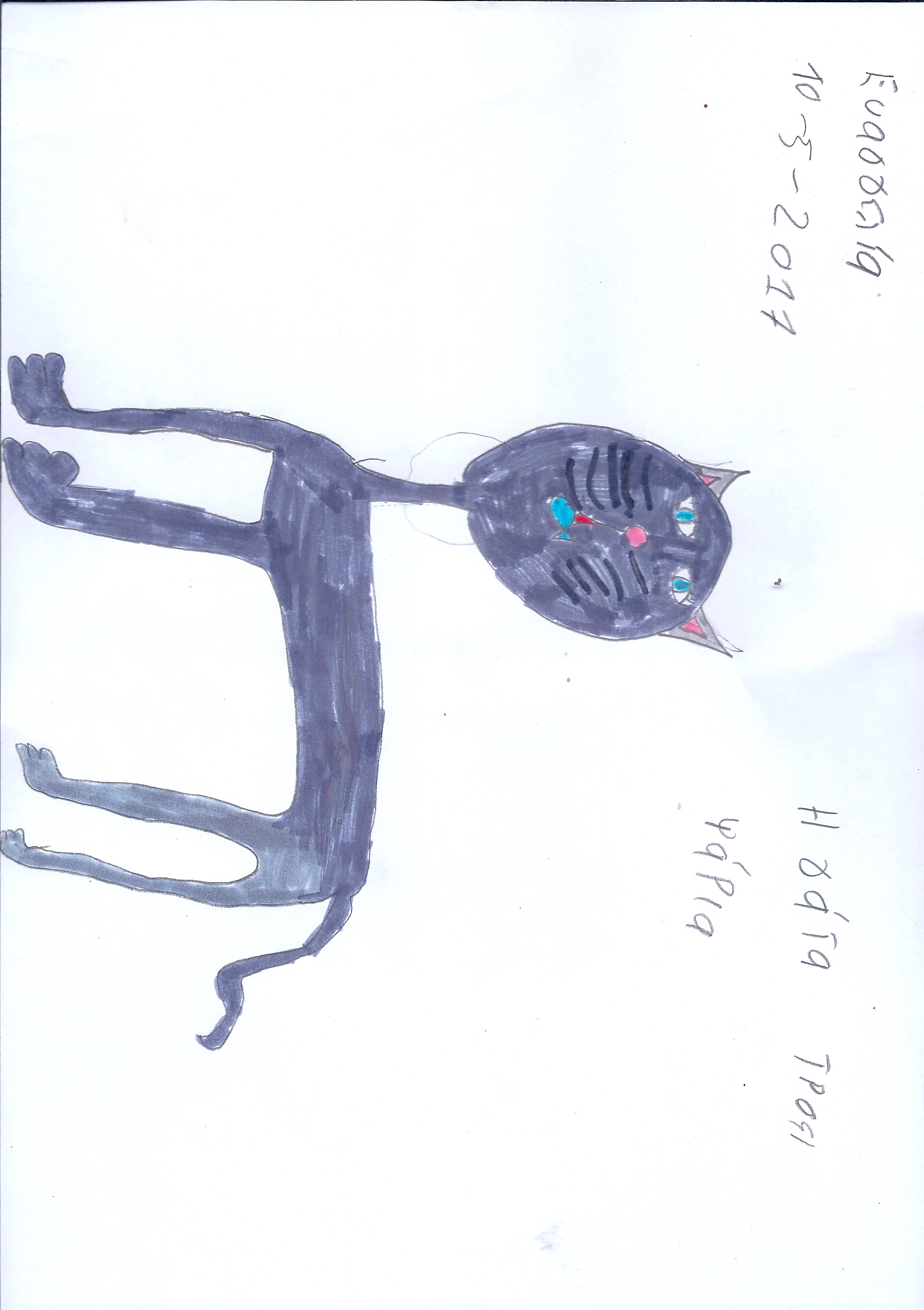
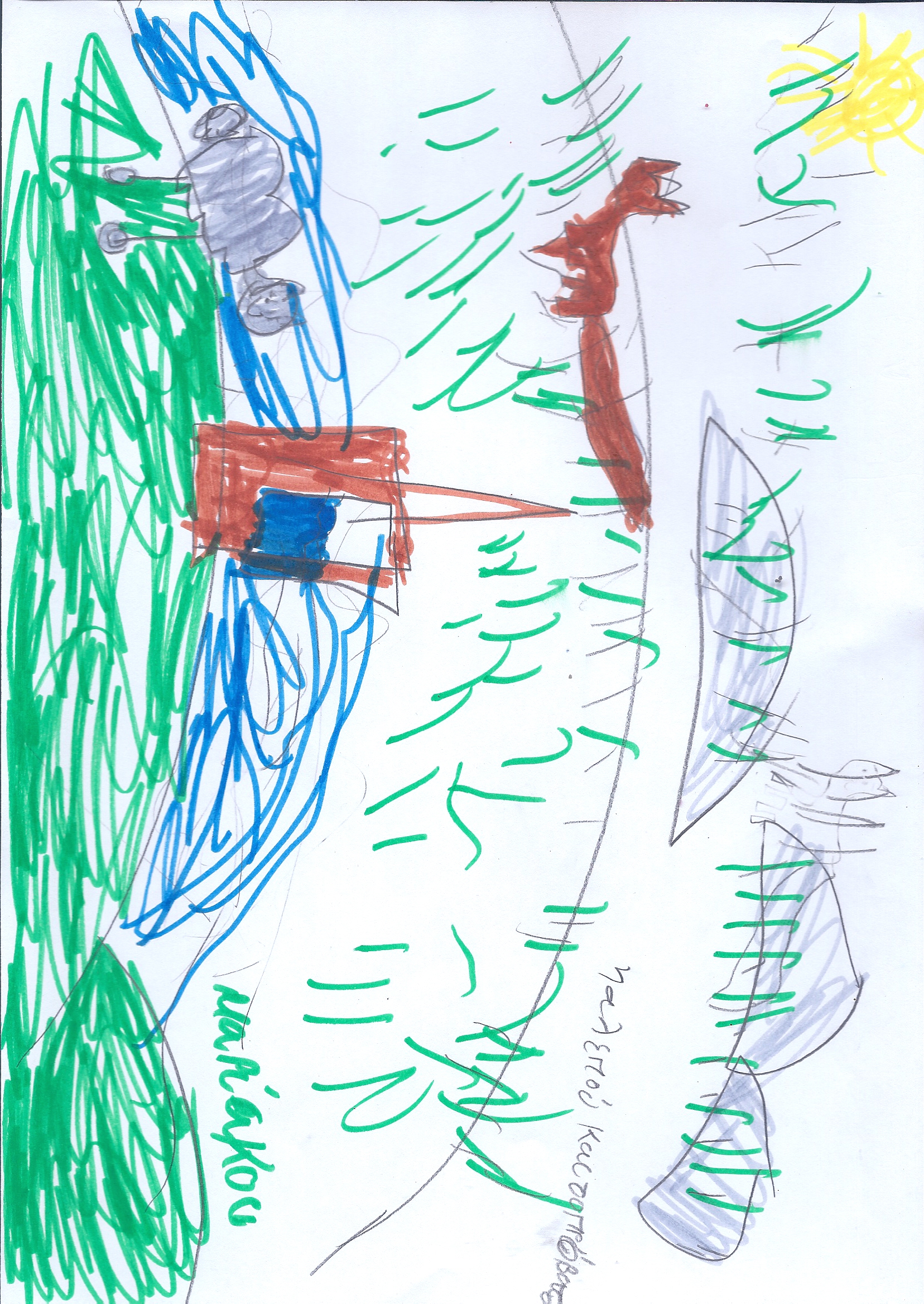
1ST PRIMARY SCHOOL OF PANORAMA THESSALONIKI GREECE
Elmer the elephant is bright-colored patchwork all over. No wonder the other elephants laugh at him!
If he were ordinary elephant color, the others might stop laughing. That would make Elmer feel better, wouldn’t it? David McKee’s comical fable about everyone’s favorite patchwork elephant teaches readers to be themselves and celebrates the power of laughter.
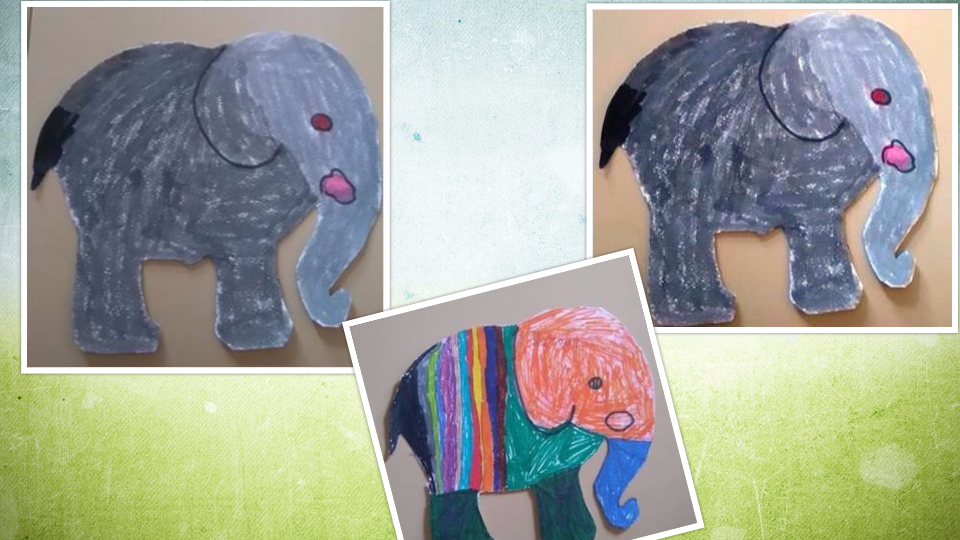
Once upon a time there was a mother pig who had three little pigs .Classic story about three little pigs & a big bad wolf

The Wolf and The Seven Little Goats- Mastori Meropi
.“The Wolf and the Seven Young Goats” is one of the most famous fairytales from the Grimm’s magnificent world of fairytales. The main characters are animals. The wolf represents a violent and evil person that wants to hurt innocent children. The Goats are the innocent children that listen to their parents but because of lack of experience they fall right into the wolf’s trap.
“cicada and ant” by Aisopos- Mastori Meropi
Aisopos was a storyteller, who was born in 7 th century b.c. He was narrating his teaching myths and never wrote them. This particular myth (cicada and ant) talks about industriousness, teamwork of ant and the cicada who never works and finally dies from the cold in winter, because didn’t care to gathr food in summer.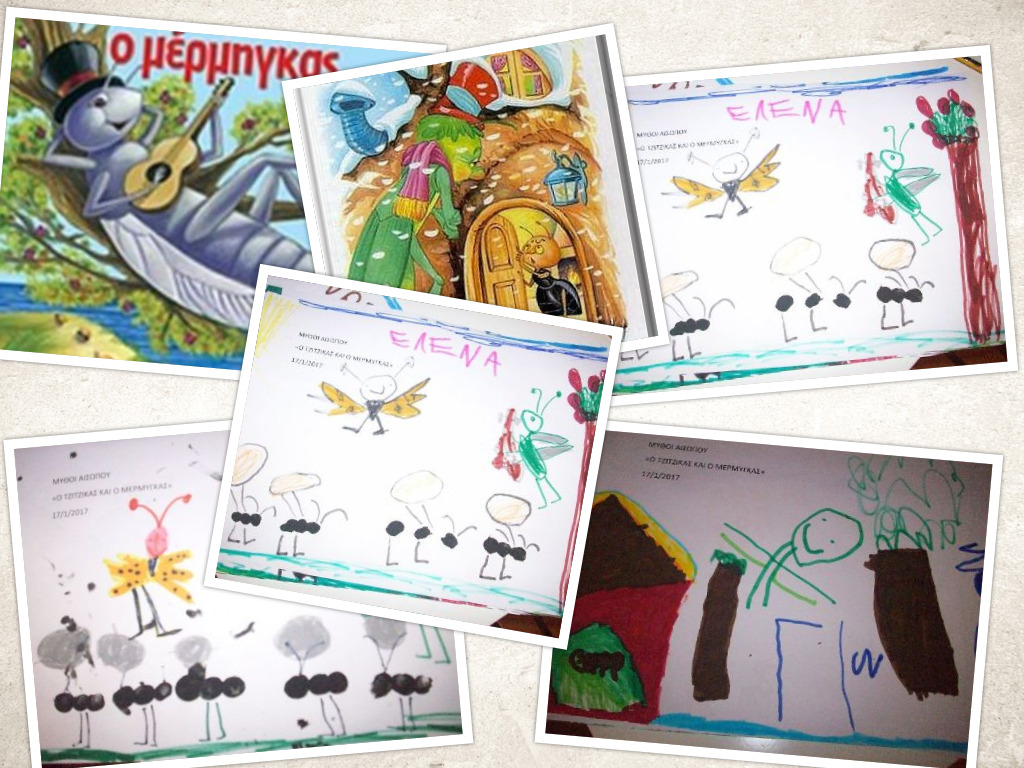
DG”SLANCE” LEVSKI/BULGARIA
UNDER THE MUSHROOM
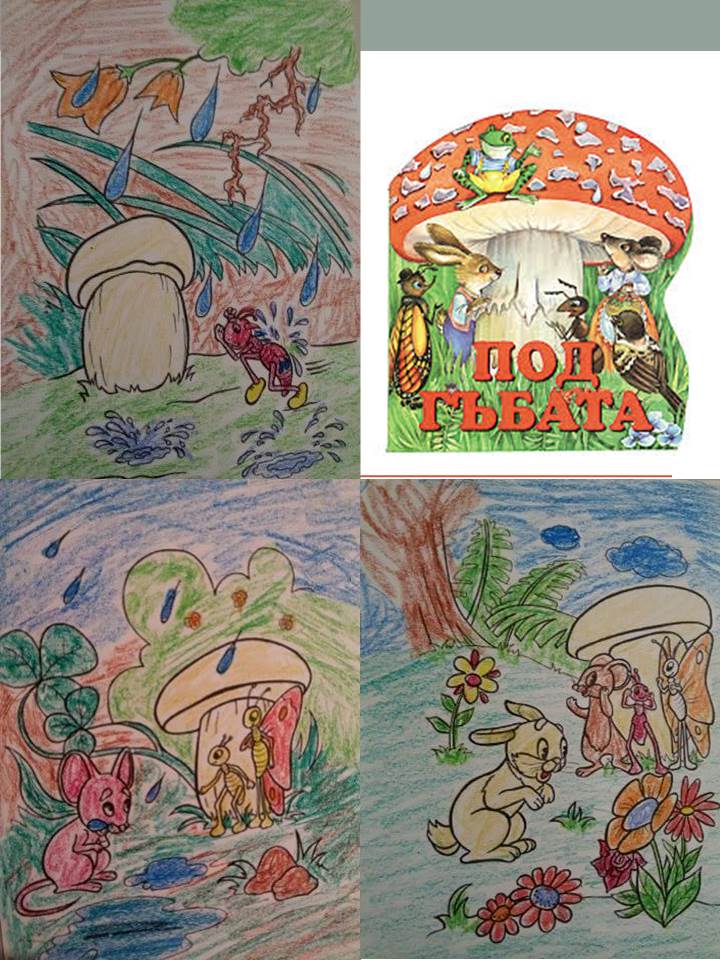
One day, a little ant was walking on a path in a forest when suddenly a hard rain started unexpectedly.
Her luck was when she saw a little mushroom not far away and thought that it would be good to take it as an umbrella to protect herself from the rain.So, she was staying there, when a nice butterfly came and asked for permission to take shelter there too. Of course, it wasn’ t any problem about it.
After a while, squeaking desperately, a little mouse came and joined them. The other friends made a little room for the poor mouse under the mushroom. Suddenly, a little bird asked for permission to join them under the mushroom, too.
The three friends called the bird and accepted it too, but they all started wondering how it was possible there was still enough place for all of them?!?!
Then a scared bunny came and asked for a shelter, too. He was accepted and all the friends were staying together. A red fox was looking for a shelter and complained that its beautiful fur was all wet, so she was accepted too.
Soon the rain stopped and the sun came back in the sky through the clouds. All the friends left and only the little ant remained there still wondering how it was possible there was enough room for all the animals under the mushroom?!!? A little green frog climbed up the mushroom and answered to the curious ant that when it rains, all the mushrooms get bigger, they grow! …that’ s the explanation!
The Wolf and the Seven Young Goats
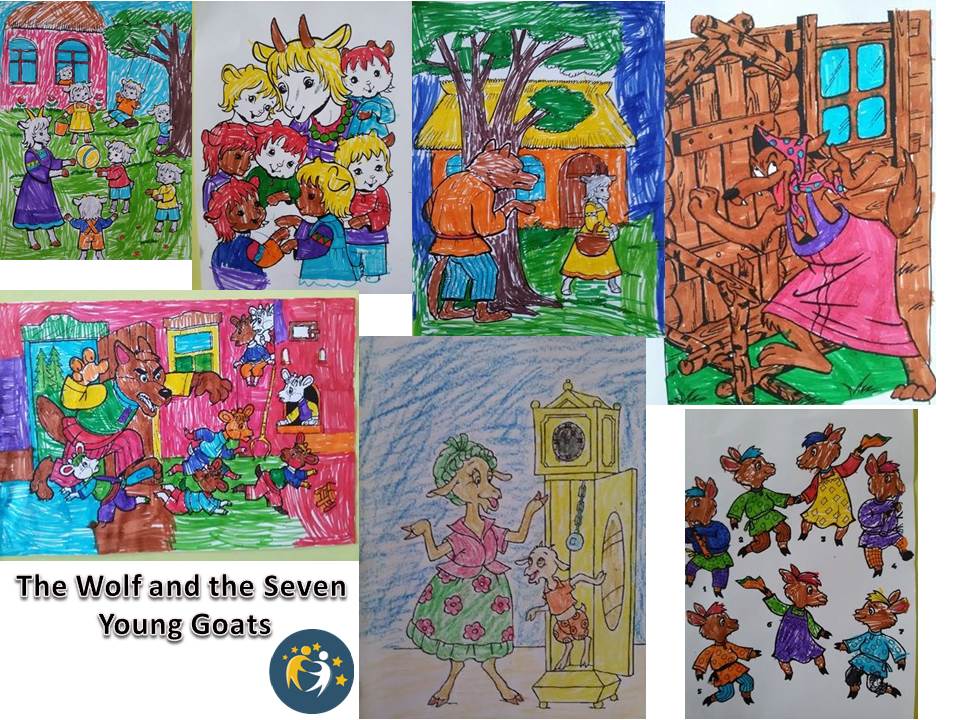
A mother goat leaves her seven children at home while she ventures into the forest to find food. Before she leaves, she warns her young about the Big Bad Wolf who will try to sneak into the house and gobble them up. The wolf will pretend to be their mother and convince the kids to open the door. The young children will be able to recognize their true mother by her white feet and sweet voice.
The mother goat leaves and the seven kids stay in the house. Before long, they hear a voice at the door that says “Let me in children, your mother has something for each and every one of you”. His gruff voice betrays him and the kids do not let him in. The wolf goes to a market and steals some honey to soften his voice. A little while later, the kids hear another voice at the door: “Let me in children, your mother has something for each and every one of you”. This time the voice is high and sweet like their mother’s. They are about to let him in when the youngest kid looks under the crack in the door and notices the wolf’s big, black feet. They refuse to open the door, and the wolf goes away again.
The wolf goes to the bakery and steals some flour, smearing it all over his coat, turning his black feet white. He returns to the children’s house, and says “Let me in children, your mother has something for each and every one of you”. The kids see his white feet and hear his sweet voice, so they open the door. The wolf jumps into the house and gobbles up six of the kids. The youngest child hides from the wolf in the grandfather clock and does not get eaten.
Later that day, the mother goat returns home from the forest. She is distraught to find the door wide open and all but one of her children missing. She looks around and sees the wolf, fast asleep under a tree. He had eaten so much, he could not move. The mother goat calls to her youngest child to quickly get her a pair of scissors, a needle and some thread. She cuts open the wolf’s belly and the six children spring out miraculously unharmed. They fill the wolf’s belly with rocks, and the mother sews it back up again. When the wolf wakes up, he is very thirsty. He goes to the river to drink, but falls in and drowns under the weight of the rocks. The Family lived happily ever after.
The Three Little Pigs
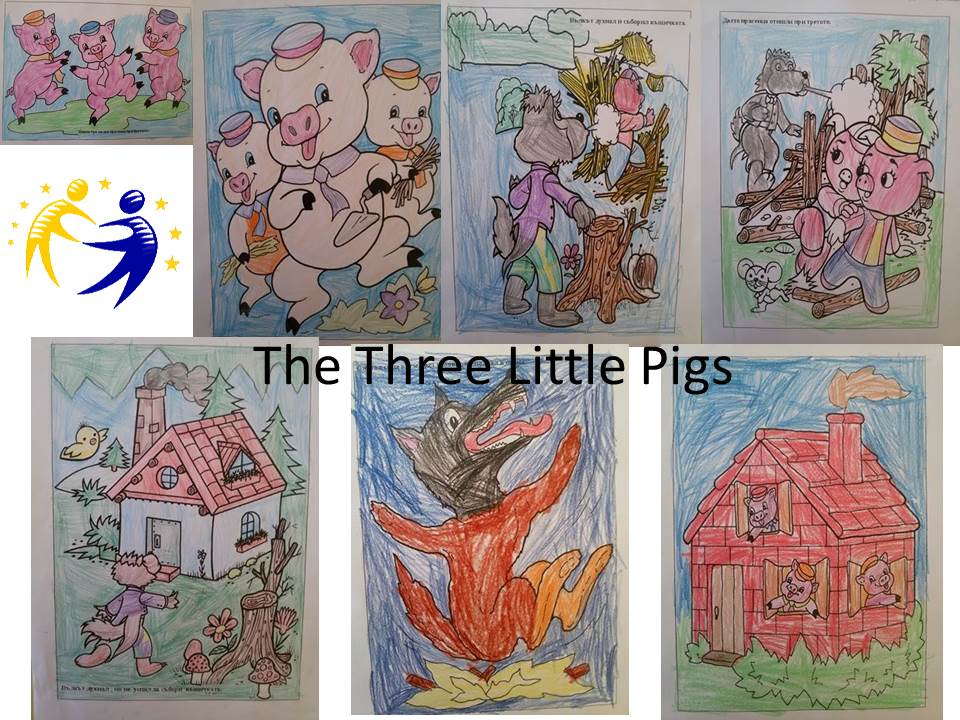
There was an old sow with three little pigs, and as she had not enough to keep them, she sent them out to seek their fortune. The first that went off met a man with a bundle of straw, and said to him, “Please, man, give me that straw to build me a house.” Which the man did, and the little pig built a house with it.
Presently came along a wolf, and knocked at the door, and said, “Little pig, little pig, let me come in.”
To which the pig answered, “No, no, by the hair of my chiny chin chin.”
The wolf then answered to that, “Then I’ll huff, and I’ll puff, and I’ll blow your house in.” So he huffed, and he puffed, and he blew his house in, and ate up the little pig.
The second little pig met a man with a bundle of furze [sticks], and said, “Please, man, give me that furze to build a house.” Which the man did, and the pig built his house.
Then along came the wolf, and said, “Little pig, little pig, let me come in.”
“No, no, by the hair of my chiny chin chin.”
“Then I’ll puff, and I’ll huff, and I’ll blow your house in.” So he huffed, and he puffed, and he puffed, and he huffed, and at last he blew the house down, and he ate up the little pig.
The third little pig met a man with a load of bricks, and said, “Please, man, give me those bricks to build a house with.” So the man gave him the bricks, and he built his house with them.
So the wolf came, as he did to the other little pigs, and said, “Little pig, little pig, let me come in.”
“No, no, by the hair of my chiny chin chin.”
“Then I’ll huff, and I’ll puff, and I’ll blow your house in.”
Well, he huffed, and he puffed, and he huffed and he puffed, and he puffed and huffed; but he could not get the house down. When he found that he could not, with all his huffing and puffing, blow the house down, he said, “Little pig, I know where there is a nice field of turnips.”
“Where?” said the little pig.
“Oh, in Mr. Smith’s home field, and if you will be ready tomorrow morning I will call for you, and we will go together and get some for dinner.”
“Very well,” said the little pig, “I will be ready. What time do you mean to go?”
“Oh, at six o’clock.”
Well, the little pig got up at five, and got the turnips before the wolf came (which he did about six) and who said, “Little pig, are you ready?”
The little pig said, “Ready! I have been and come back again, and got a nice potful for dinner.”
The wolf felt very angry at this, but thought that he would be up to the little pig somehow or other, so he said, “Little pig, I know where there is a nice apple tree.”
“Where?” said the pig.
“Down at Merry Garden,” replied the wolf, “and if you will not deceive me I will come for you, at five o’clock tomorrow and get some apples.”
Well, the little pig bustled up the next morning at four o’clock, and went off for the apples, hoping to get back before the wolf came; but he had further to go, and had to climb the tree, so that just as he was coming down from it, he saw the wolf coming, which, as you may suppose, frightened him very much.
When the wolf came up he said, “Little pig, what! Are you here before me? Are they nice apples?”
“Yes, very,” said the little pig. “I will throw you down one.” And he threw it so far, that, while the wolf was gone to pick it up, the little pig jumped down and ran home.
The next day the wolf came again, and said to the little pig, “Little pig, there is a fair at Shanklin this afternoon. Will you go?”
“Oh yes,” said the pig, “I will go. What time shall you be ready?”
“At three,” said the wolf. So the little pig went off before the time as usual, and got to the fair, and bought a butter churn, which he was going home with, when he saw the wolf coming. Then he could not tell what to do. So he got into the churn to hide, and by so doing turned it around, and it rolled down the hill with the pig in it, which frightened the wolf so much, that he ran home without going to the fair. He went to the pig’s house, and told him how frightened he had been by a great round thing which came down the hill past him.
Then the little pig said, “Ha, I frightened you, then. I had been to the fair and bought a butter churn, and when I saw you, I got into it, and rolled down the hill.”
Then the wolf was very angry indeed, and declared he would eat up the little pig, and that he would get down the chimney after him. When the little pig saw what he was about, he hung on the pot full of water, and made up a blazing fire, and, just as the wolf was coming down, took off the cover, and in fell the wolf; so the little pig put on the cover again in an instant, boiled him up, and ate him for supper, and lived happily ever afterwards.
PLEVEN/BULGARIA
Magdalena Petkova
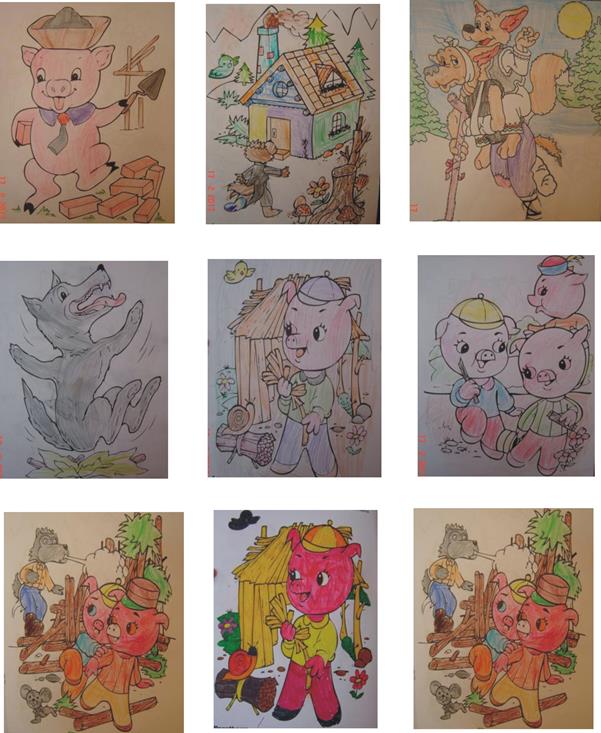
A little bit of winter (Nipiagogeio Heronias)
Εκδότης : Ελληνικά Γράμματα
Συγγραφέας : Στιούαρτ Πολ
Μεταφραστής : Ρώσση – Ζαΐρη Ρένα
Εικονογράφος : Ρίντελ ΚριςA brilliant story about winter, hibernation, friendship, caring and empathy
Pazardzhik/BULGARIA
ОДЗ “Валентина Терешкова”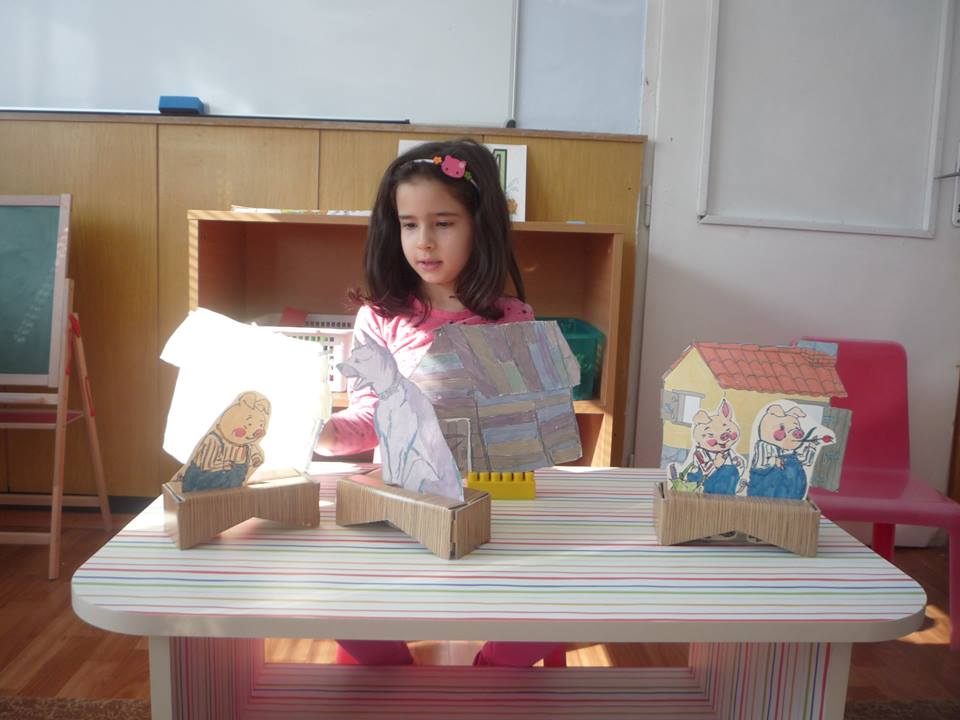
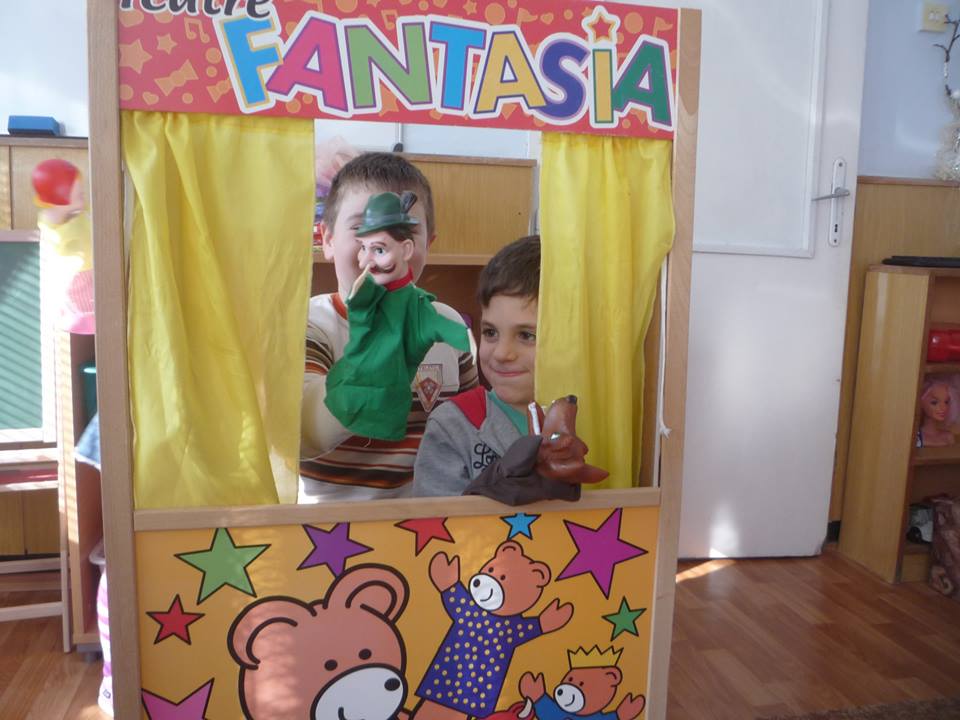
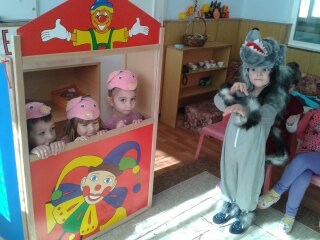
Grandpa’s mitten
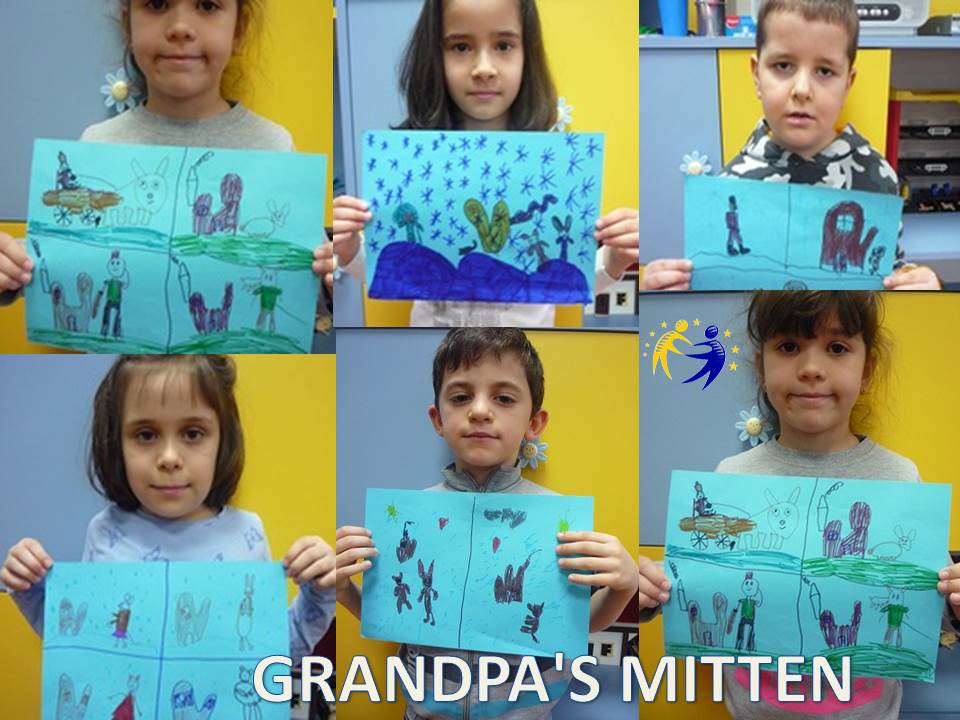
An old man had gone for his walk one wintry morning wearing his long overcoat, brown cap and matching mittens. On his way back, he stopped at the tea shop to grab a cup of tea. In order to count the right change, he took off his right mitten and put it in his other pocket . He continued his onward journey sipping on his tea. The mitten moved in the small pocket and soon fell out on the soft snow by the sidewalk.
A little mouse scurrying by got curious. When he entered the mitten, it was warm inside. The mouse decided to stay. After a while a bunny rabbit hopping about in the cold saw the brown mitten. “Is anybody home? May I come inside?” The mouse saw a pair of big feet from the narrow opening and felt scared. “Oh sure, come in,” he said. So the rabbit settled in front part. The mouse moved to the back. The north wind blew outside and they felt comfortable inside. Soon after a porcupine looking for things to eat on the ground, found the mitten and decided to explore inside. “Is anybody home? May I come inside?” Though there was not enough room, the mouse and the rabbit did not want to argue with someone covered with spines. “Oh sure, come in,” they said. They moved further to make space and the porcupine wriggled in.
Attracted by the movements in the snow, an owl flew down from a nearby tree and alighted in front of the mitten. “Hoot hoot! Who is inside? May I join you ?” The mouse the rabbit and the porcupine were snug and warm inside. However, they were scared of the sharp talons of the owl. “Oh sure, come in,” they relented. The woolen mitten stretched and expanded when the owl pushed her way in.
It started to snow outside. Inside the bulging mitten, the animals were warm from the proximity and each other’s body heat. A fox was walking by in the snow storm, shivering all over. He suddenly saw the whiff of steamy breath arising from the mitten and decided to take shelter inside. “Is anybody home? May I come inside?” His sharp teeth glistened in the gloomy afternoon. It scared all the animals and they agreed to his request without any protest. All the animals moved around to make space for the fox. The mitten now seemed to burst at the seams. The mouse had moved to the top of the fox’s nose. As he turned a little this way and that, his long whiskers tickled the fox’s nose. “Aaaachoooh!!!”
There came a huge sneeze from the fox. The force of it sent all the animals outside the mitten and it flew up in the air. Almost at the same time, the old man, missing his mitten, had retraced his path looking in the snow. Luckily, the empty mitten landed right in front of him. He happily picked it up and put it on. It felt a little loose in his hand. But he did not give it another thought and was well on his way towards home….
Nils Holgersson
https://en.wikipedia.org/wiki/The_Wonderful_Adventures_of_Nils
MUHITTIN DEVELI PRIMARY SCHOOL MERSIN/TURKEY
(The Frog Prince);
The story begins when the princess loses her golden ball in the pond. The frog offers to help the princess in return for her friendship, and the princess agrees. But after the princess gets her golden ball, she runs back to the castle without the frog.
Later, the frog appears at the castle, and expects to sit and eat with the princess. She doesn’t like the idea, but her father, the king, says she must keep her promise to the frog. After the meal, the frog asks to sleep next to the princess. The idea repulses the princess, but once again, the king makes his daughter live up to her word. However, when they are up in the princesses room, she is so disgusted with the idea of having the frog sleep in her bed that she violently throws the frog against the bedroom wall. With that, the frog turns into a prince and reveals that he has been under a witch’s spell.
In the end, the prince and the princess marry and ride a carriage back to the prince’s kingdom. The carriage is driven by the prince’s servant, Iron Henry, who had bars put around his breaking heart when his master was put under the witch’s spell. The bands break apart because Henry is so happy to have his master return. Henry’s loyalty is quite different from the princess’s selfishness. But eventually the king teaches her how important it is to always keep your word, even when you don’t really want to.
20th Kindergarten of Katerini-Greece
The country mouse and the city mouse
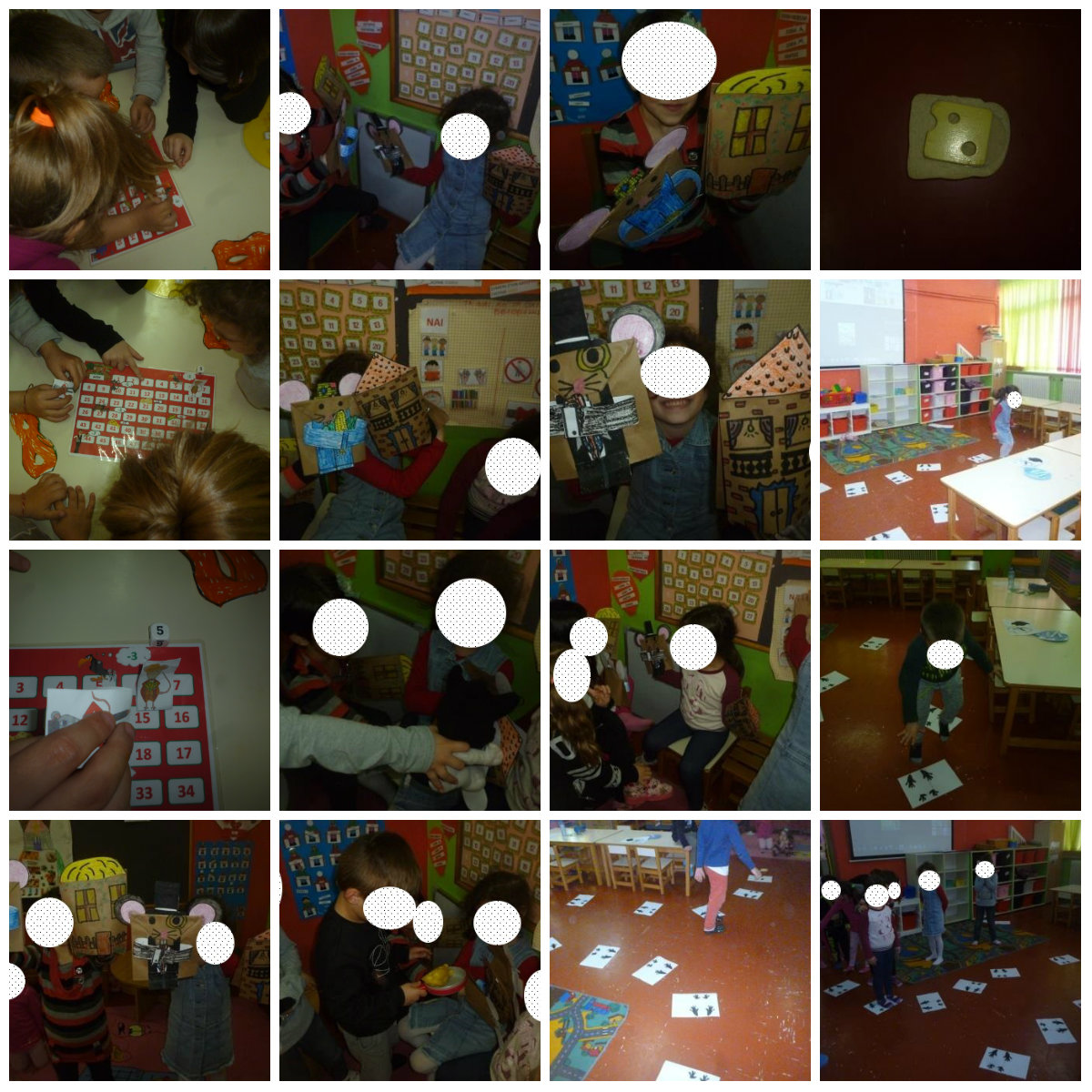
Our Animal lesson
-
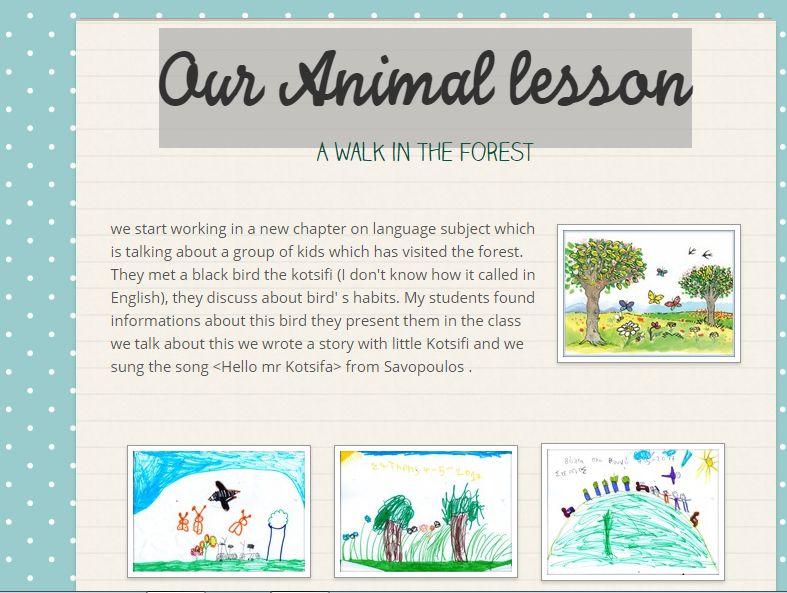
Animals on Board Games
-
Read this free book made on StoryJumper!function(){function d(){“undefined”==typeof SJMakeBookOpenLightBox?–c>0&&setTimeout(d,100):SJMakeBookOpenLightBox()}function e(){/in/.test(document.readyState)?setTimeout(e,9):d()}var a=”https:”==document.location.protocol?”https:”:”http:”;if(“undefined”==typeof SJScriptLoaded){window.SJScriptLoaded=!0;var b=document.createElement(“script”),c=10;b.src=a+”//www.storyjumper.com/script/storyjumper-embed.js”,document.getElementsByTagName(“head”)[0].appendChild(b),e()}}();
There is no better gift for a young child then a board game. Board games offer so many learning and developmental opportunities. Plus they are just plain fun and make for great family time! Most feature different levels of play to assist the younger child and challenge the older child. Each game doesn’t take all that long and encourages a re-play!
1st Primary School of Komotini – Greece
Which animal am I?
It is an interactive game with questions like: Am I an animal? Do I have two feet?……
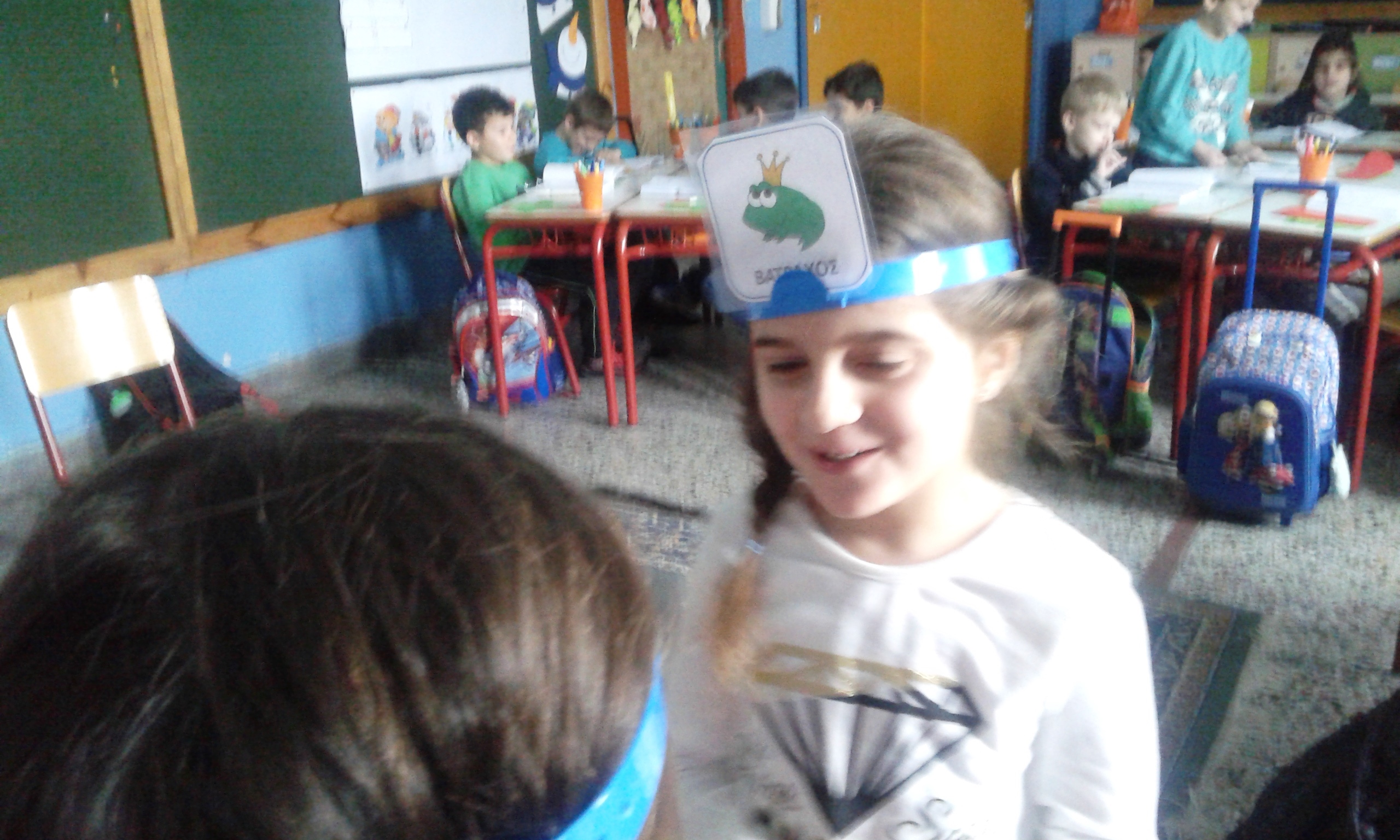
Where animals live – game
we discussed about where animals live. we drew the page ,cut and glue the animal in their place. At the end we played the game run and find your home

DG”SLANCE” LEVSKI/BULGARIA
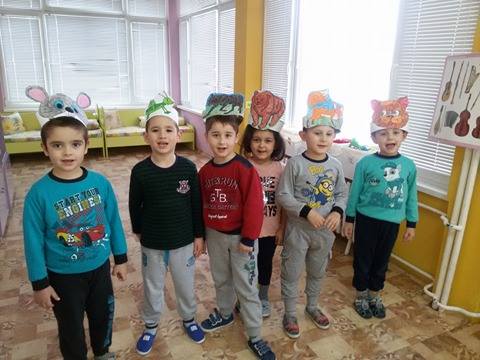
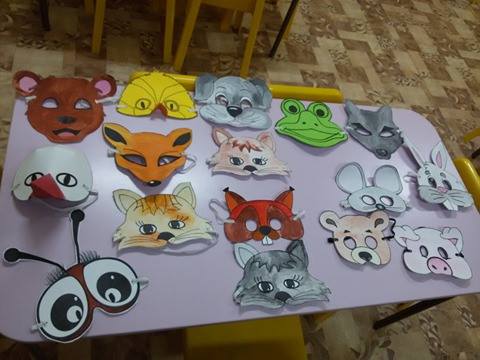
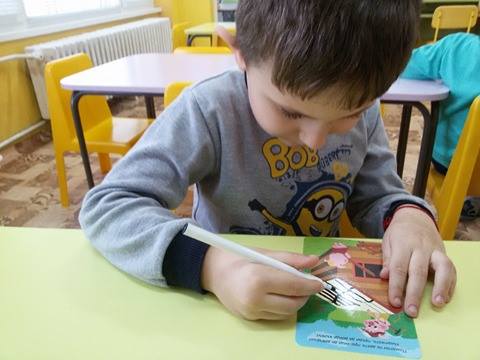
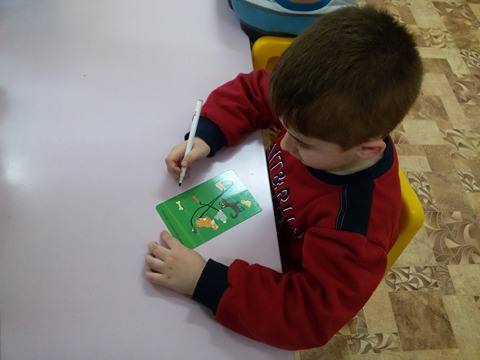
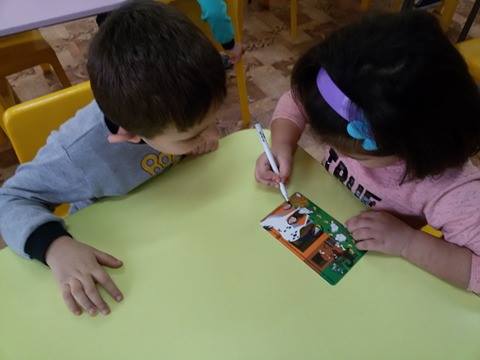
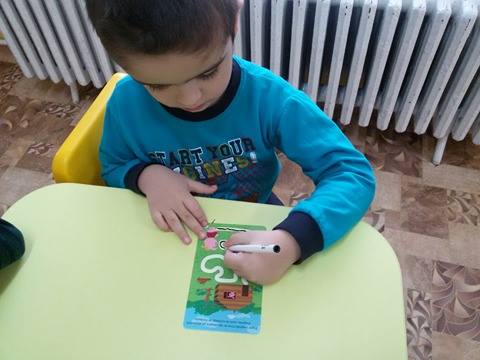
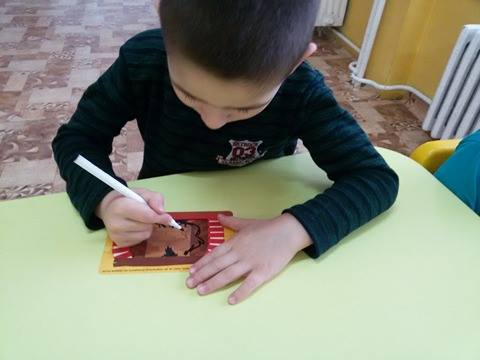
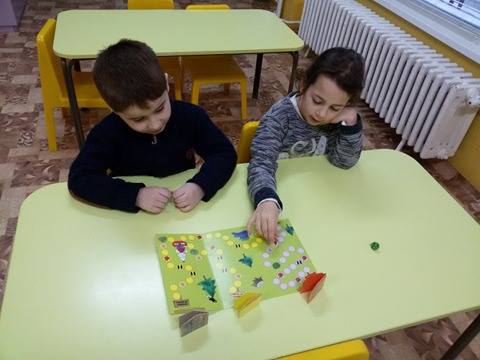
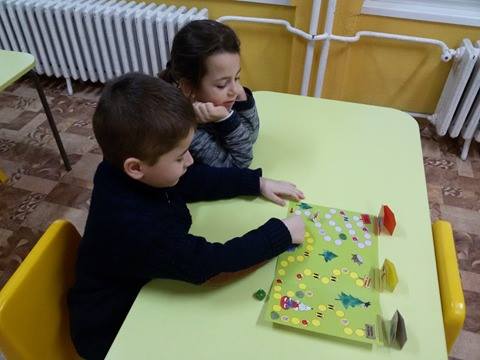
PLEVEN/BULGARIA
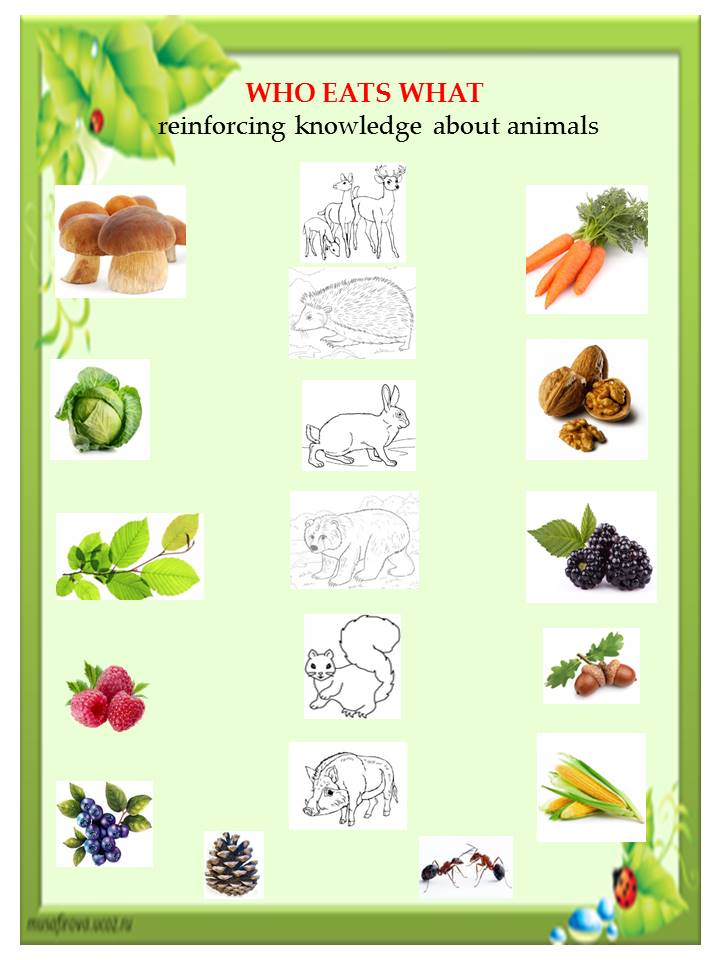
1st Primary School of Komotini – Greece
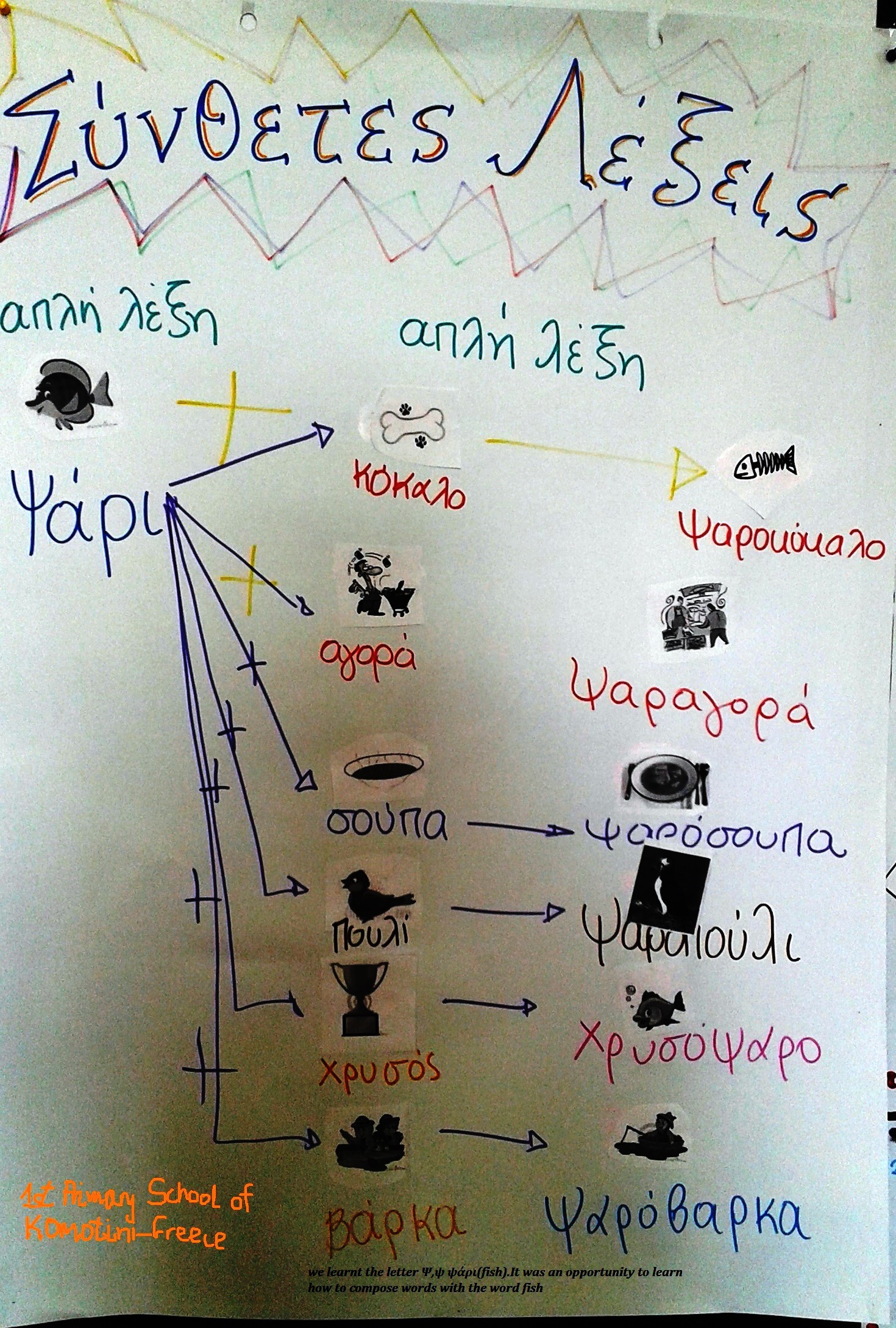
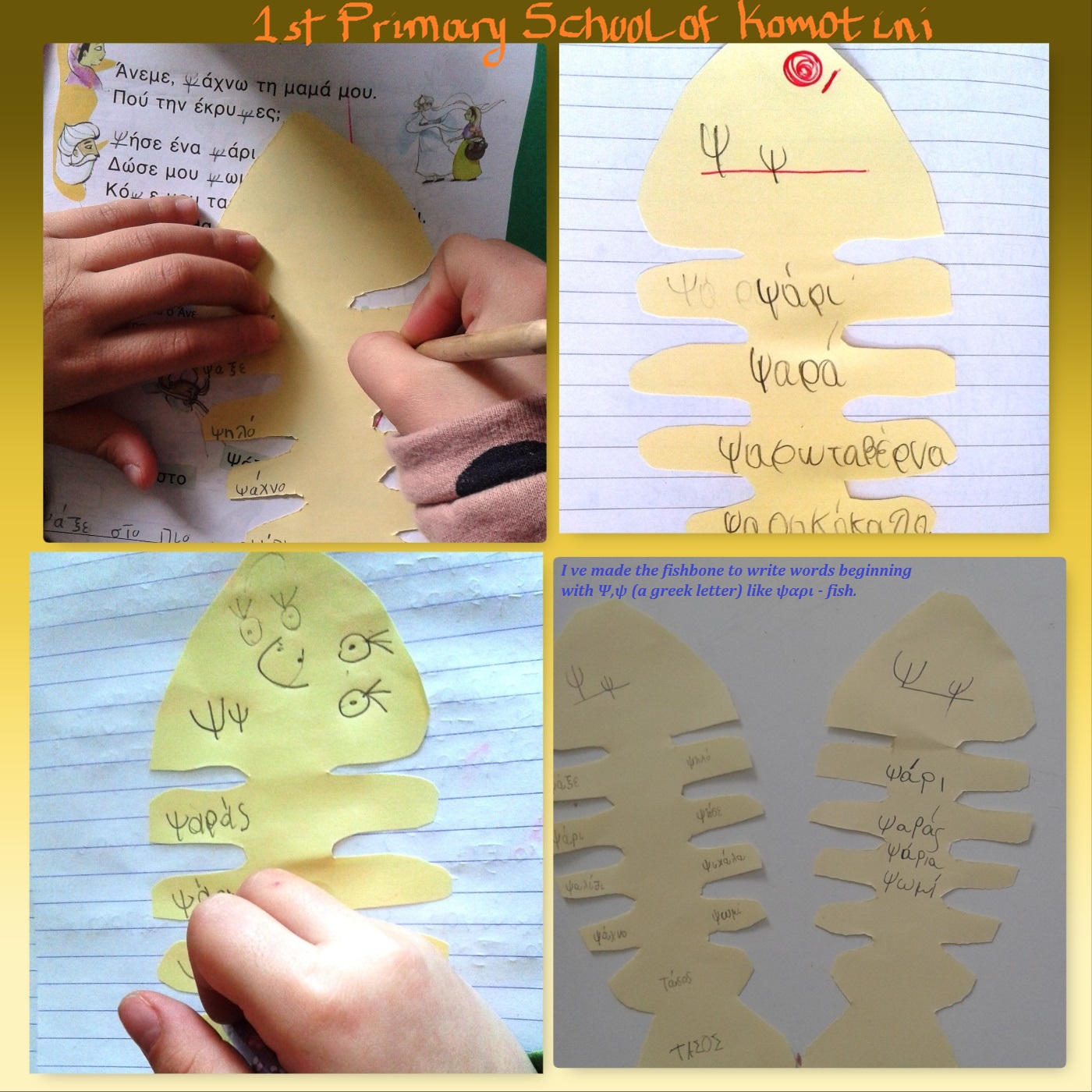

1st Primary Shcool of Panorama,Greece
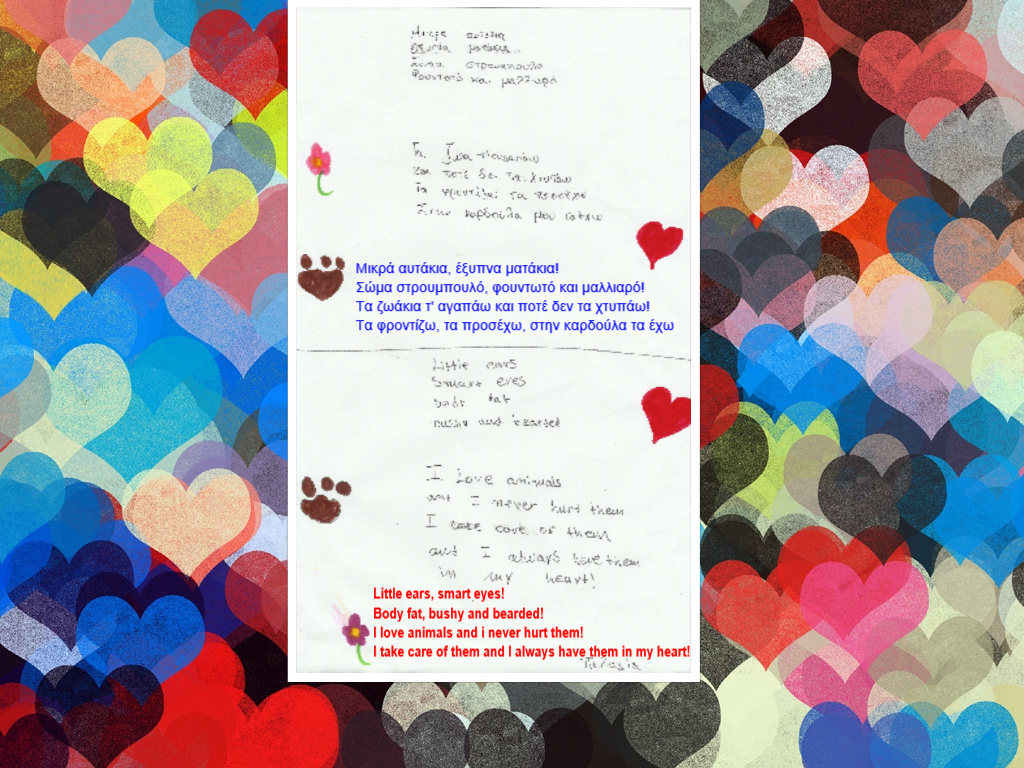
20th Kindergarten of Katerini-Greece
The country mouse and the city mouse
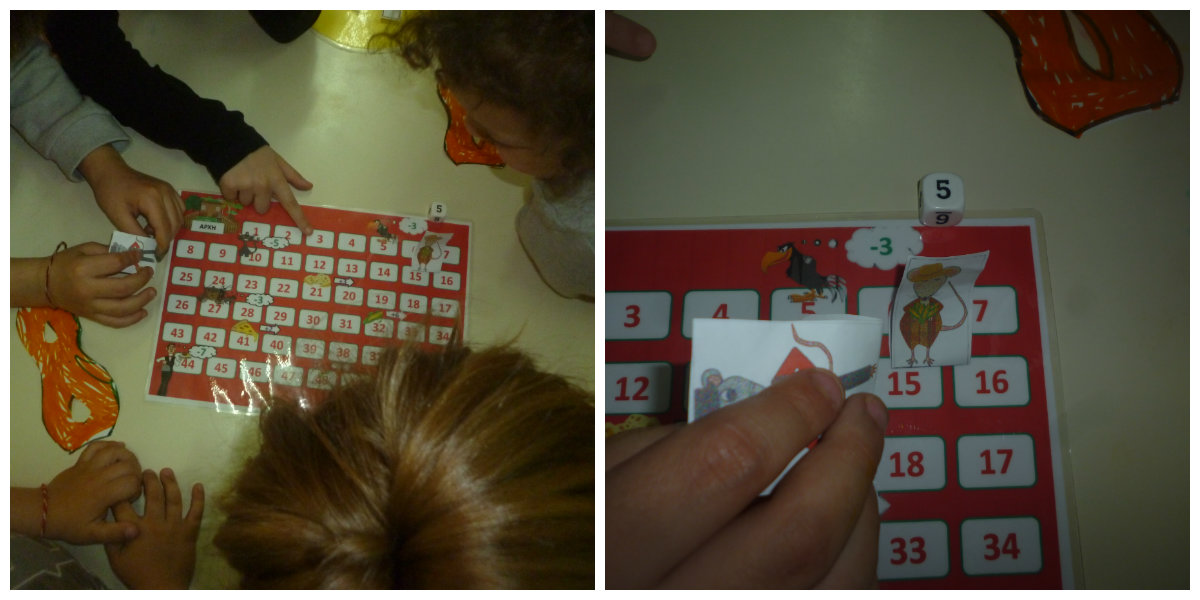
MUHİTTİN DEVELİ İLKOKULU MERSİN/TÜRKİYE
NURŞİN AKMAN
OUR MEMORY CARDS WITH ANIMALS
Nipiagogeio Heronias
FACE BOOK
Animal alphabet – 13.02 – 03.03.2017
-
https://www.storyjumper.com/book/showframe/37687226/58c456896f0d7#page/1
https://padlet.com/snejinal/1g6l39gb8ciq#share
Development of puzzles and games with animals- 06.03 – 24.03.2017
-
Read this free book made on StoryJumper!function(){function d(){“undefined”==typeof SJMakeBookOpenLightBox?–c>0&&setTimeout(d,100):SJMakeBookOpenLightBox()}function e(){/in/.test(document.readyState)?setTimeout(e,9):d()}var a=”https:”==document.location.protocol?”https:”:”http:”;if(“undefined”==typeof SJScriptLoaded){window.SJScriptLoaded=!0;var b=document.createElement(“script”),c=10;b.src=a+”//www.storyjumper.com/script/storyjumper-embed.js”,document.getElementsByTagName(“head”)[0].appendChild(b),e()}}();
2nd kindergarten of Plagiari, Greece
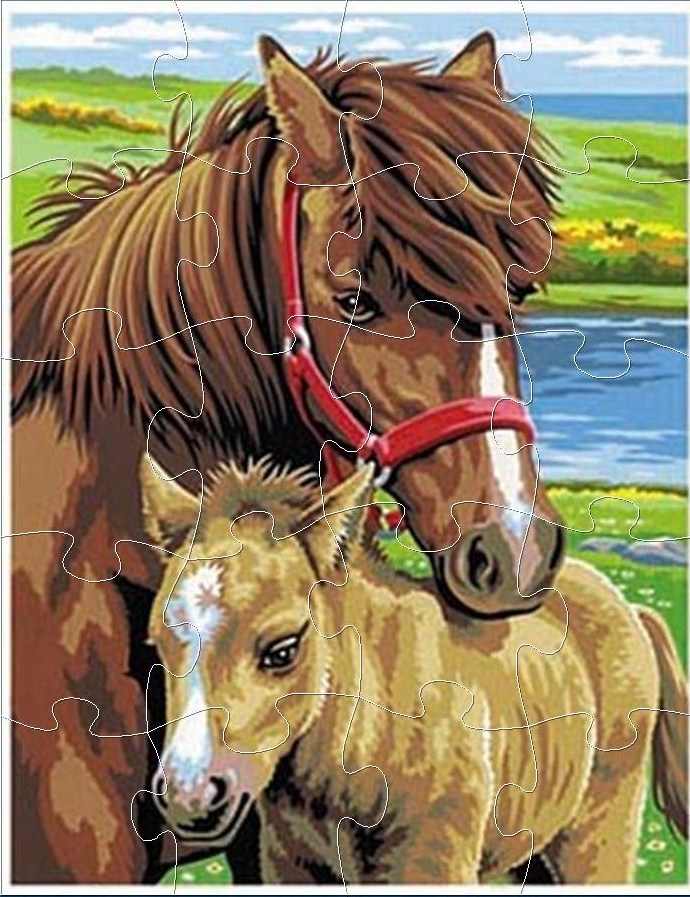
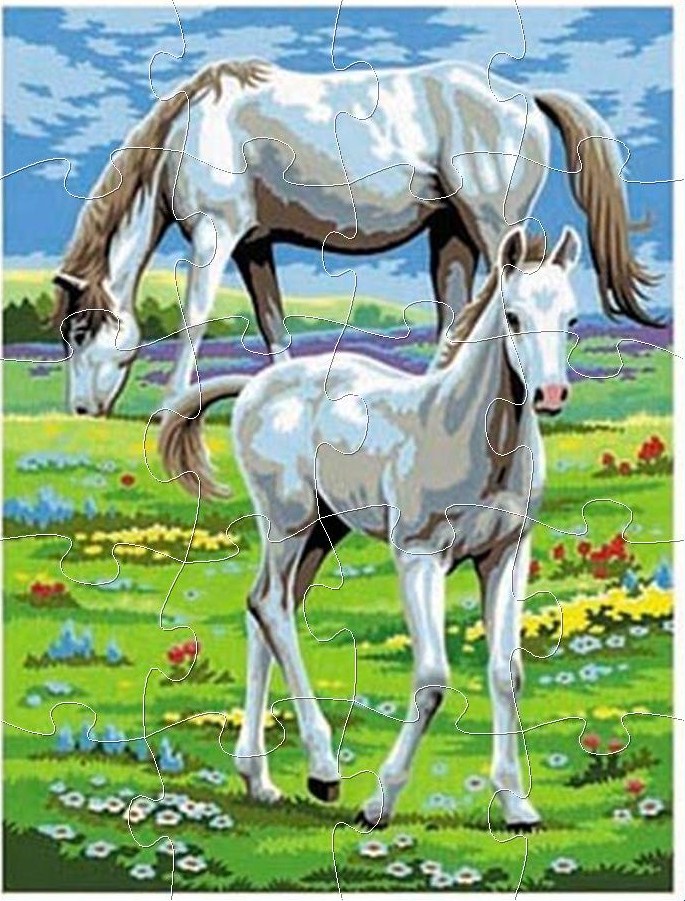
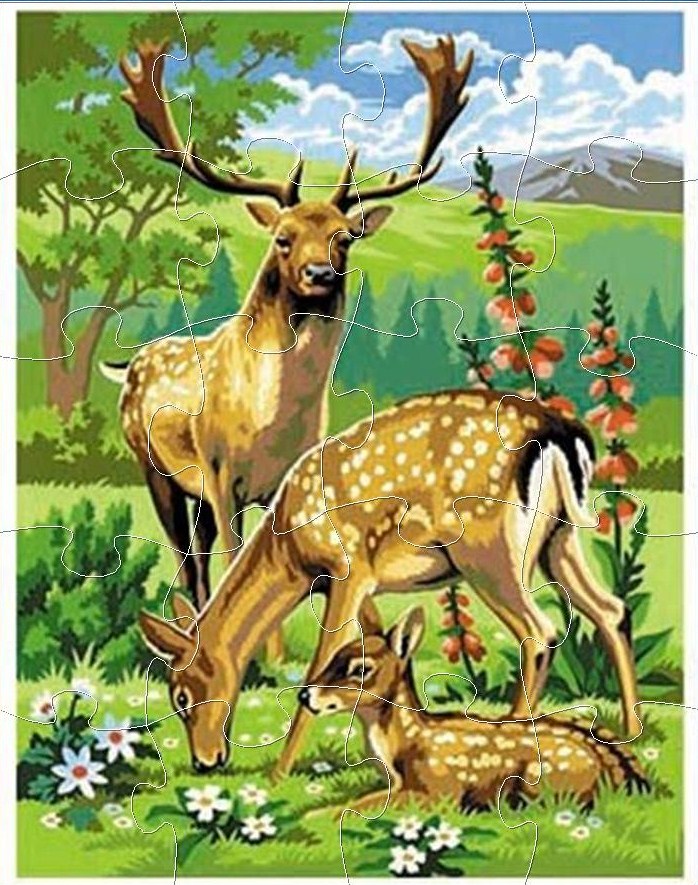
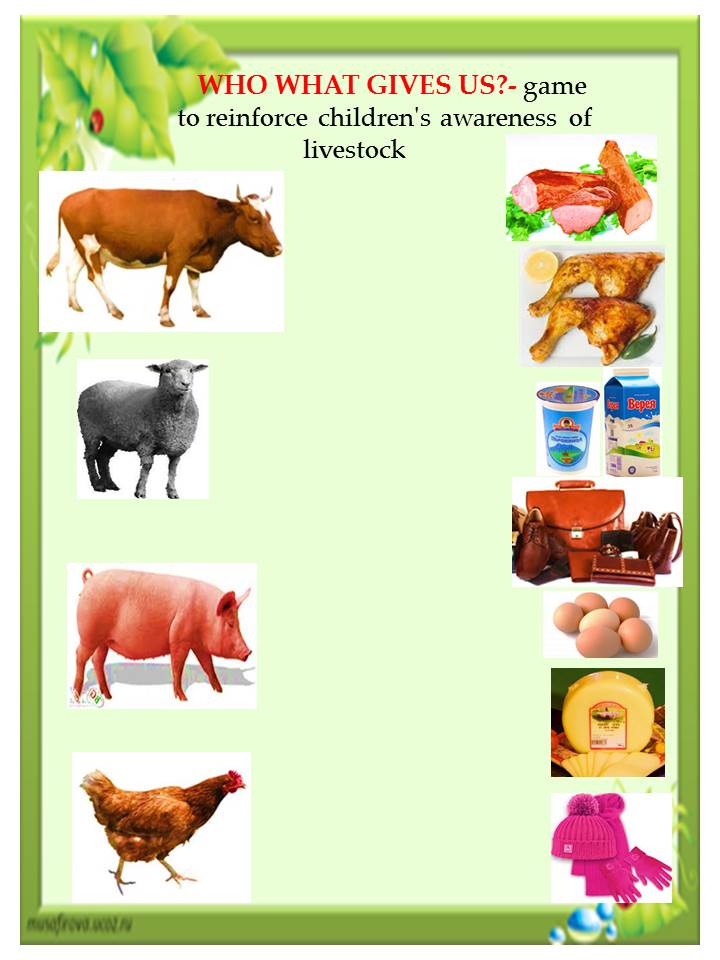
ГД “Слънце” ЛЕВСКИ / БЪЛГАРИЯ
20-ОДЗ Катерини-Гърция
НАМЕРИ ГЛАСЪТ на всяко животно
ПЛЕВЕН / БЪЛГАРИЯ

Muhittin Develi İLKOKULU Мерсин / TÜRKİYE
2nd Kindergarten of Plagiari Greece- Mastori Meropi
STELLA MAVIDOU-VEVI GREECE
http://www.jigsawplanet.com/?rc=play&pid=130a52644658
http://www.jigsawplanet.com/?rc=play&pid=3bfdaea30edd
Nipiagogeio Heronias- Maria Stathouli
http://www.jigsawplanet.com/?rc=play&pid=2e5b6906de54
Matzarli Meropi – 1st Primary School of Panorama Thessaloniki Greece
>
20th Kindergarten of Katerini-Greece
Mavidou Stella-Vevi Florina Greece
https://matchthememory.com/DOGSFLORINA
https://matchthememory.com/DOGSFLORINA
Drawings on the theme: Zoo of my dreams – 01.05 – 05.05.2017
-
Read this free book made on StoryJumper!function(){function d(){“undefined”==typeof SJMakeBookOpenLightBox?–c>0&&setTimeout(d,100):SJMakeBookOpenLightBox()}function e(){/in/.test(document.readyState)?setTimeout(e,9):d()}var a=”https:”==document.location.protocol?”https:”:”http:”;if(“undefined”==typeof SJScriptLoaded){window.SJScriptLoaded=!0;var b=document.createElement(“script”),c=10;b.src=a+”//www.storyjumper.com/script/storyjumper-embed.js”,document.getElementsByTagName(“head”)[0].appendChild(b),e()}}();
Tell your students to draw their Animal of their dream
Nurşin AKMAN Mersin/Turkey
Snejina Lyubenova – Levski – Bulgaria
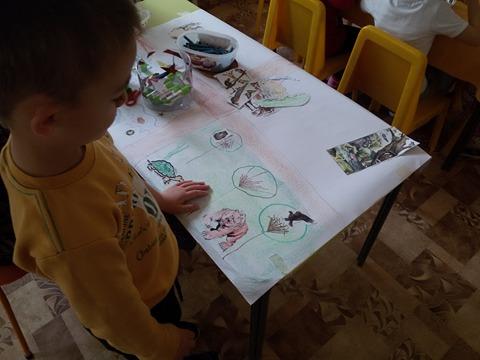
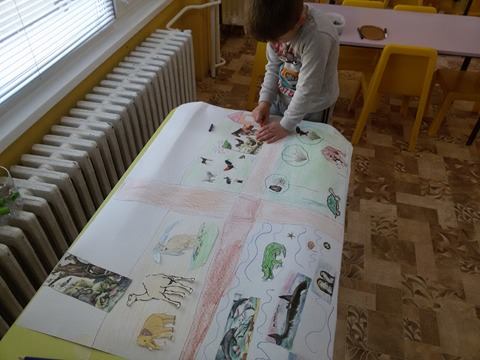
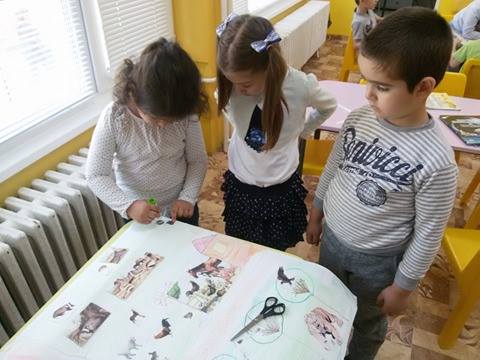
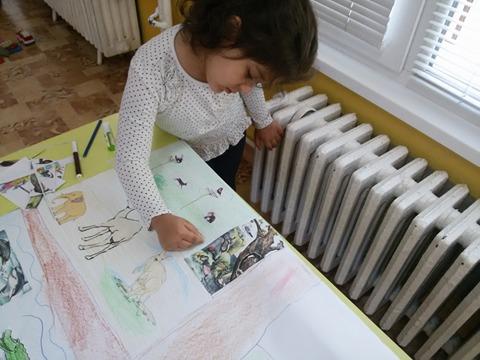
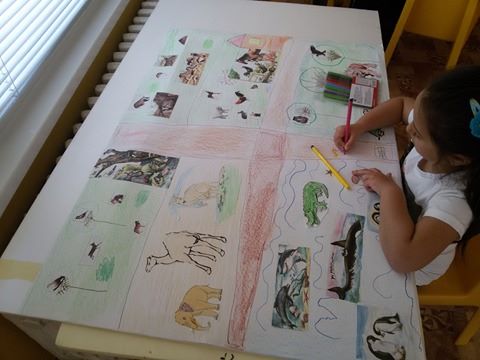
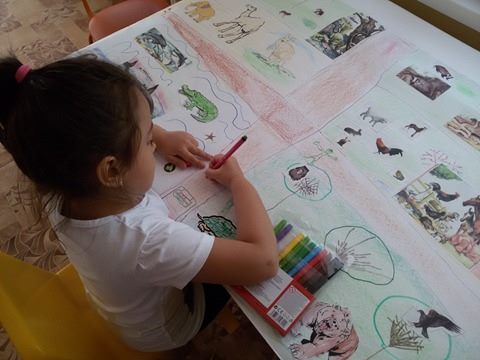
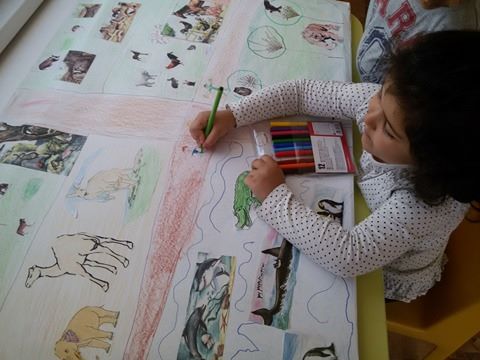
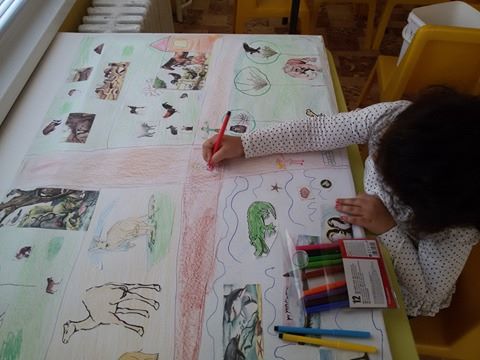
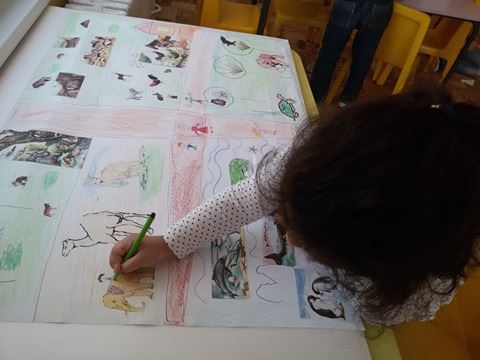
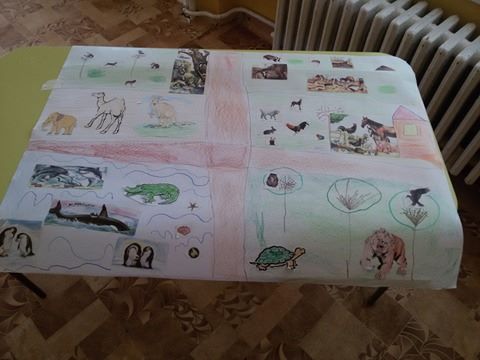
Rositca Micheva-Bulgaria
Nipiagogeio Heronias- Fishes and Birds
1st Primary School of Komotini – Greece


Create a book “Meeting the animals” – 08.05 – 19.05.2017
-
Read this free book made on StoryJumper!function(){function d(){“undefined”==typeof SJMakeBookOpenLightBox?–c>0&&setTimeout(d,100):SJMakeBookOpenLightBox()}function e(){/in/.test(document.readyState)?setTimeout(e,9):d()}var a=”https:”==document.location.protocol?”https:”:”http:”;if(“undefined”==typeof SJScriptLoaded){window.SJScriptLoaded=!0;var b=document.createElement(“script”),c=10;b.src=a+”//www.storyjumper.com/script/storyjumper-embed.js”,document.getElementsByTagName(“head”)[0].appendChild(b),e()}}();
Read this free book made on StoryJumper!function(){function d(){“undefined”==typeof SJMakeBookOpenLightBox?–c>0&&setTimeout(d,100):SJMakeBookOpenLightBox()}function e(){/in/.test(document.readyState)?setTimeout(e,9):d()}var a=”https:”==document.location.protocol?”https:”:”http:”;if(“undefined”==typeof SJScriptLoaded){window.SJScriptLoaded=!0;var b=document.createElement(“script”),c=10;b.src=a+”//www.storyjumper.com/script/storyjumper-embed.js”,document.getElementsByTagName(“head”)[0].appendChild(b),e()}}();
Read this free book made on StoryJumper!function(){function d(){“undefined”==typeof SJMakeBookOpenLightBox?–c>0&&setTimeout(d,100):SJMakeBookOpenLightBox()}function e(){/in/.test(document.readyState)?setTimeout(e,9):d()}var a=”https:”==document.location.protocol?”https:”:”http:”;if(“undefined”==typeof SJScriptLoaded){window.SJScriptLoaded=!0;var b=document.createElement(“script”),c=10;b.src=a+”//www.storyjumper.com/script/storyjumper-embed.js”,document.getElementsByTagName(“head”)[0].appendChild(b),e()}}();
Muhittin Develi İlkokulu
Nurşin AKMAN
we create our book.
https://www.storyjumper.com/book/index/41148146/591d301928d4a
Compiling crosswords – 27.03 – 14.04.2017
-
-
Read this free book made on StoryJumper!function(){function d(){“undefined”==typeof SJMakeBookOpenLightBox?–c>0&&setTimeout(d,100):SJMakeBookOpenLightBox()}function e(){/in/.test(document.readyState)?setTimeout(e,9):d()}var a=”https:”==document.location.protocol?”https:”:”http:”;if(“undefined”==typeof SJScriptLoaded){window.SJScriptLoaded=!0;var b=document.createElement(“script”),c=10;b.src=a+”//www.storyjumper.com/script/storyjumper-embed.js”,document.getElementsByTagName(“head”)[0].appendChild(b),e()}}();
- Nurşin AKMAN
- Muhittin Develi İlkokulu/Türkiye
- https://worksheets.theteacherscorner.net/make-your-own/crossword/crossword.php
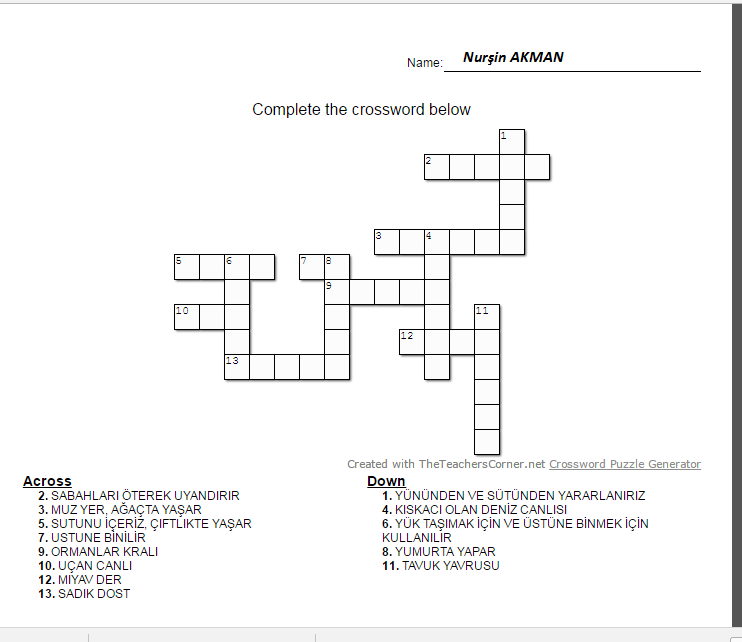
- Maria Stathouli “Animal Crossword”
- Nipiagogeio Heronias
- DG “Slance” Levski/BULGARIA
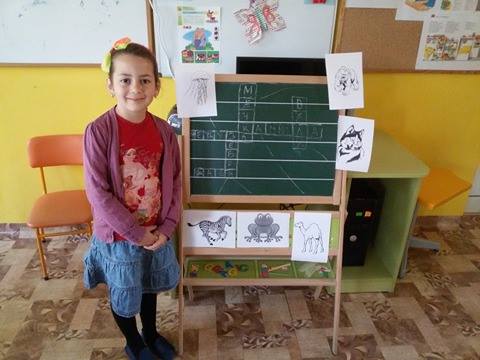
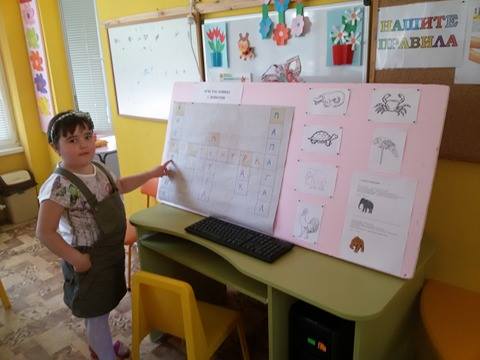
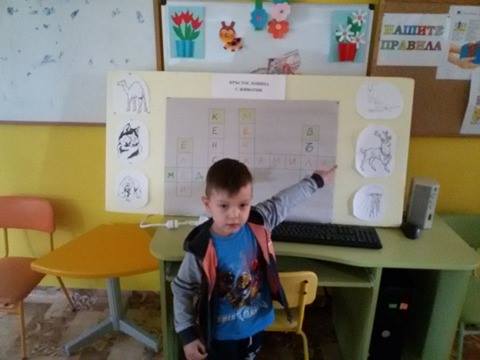
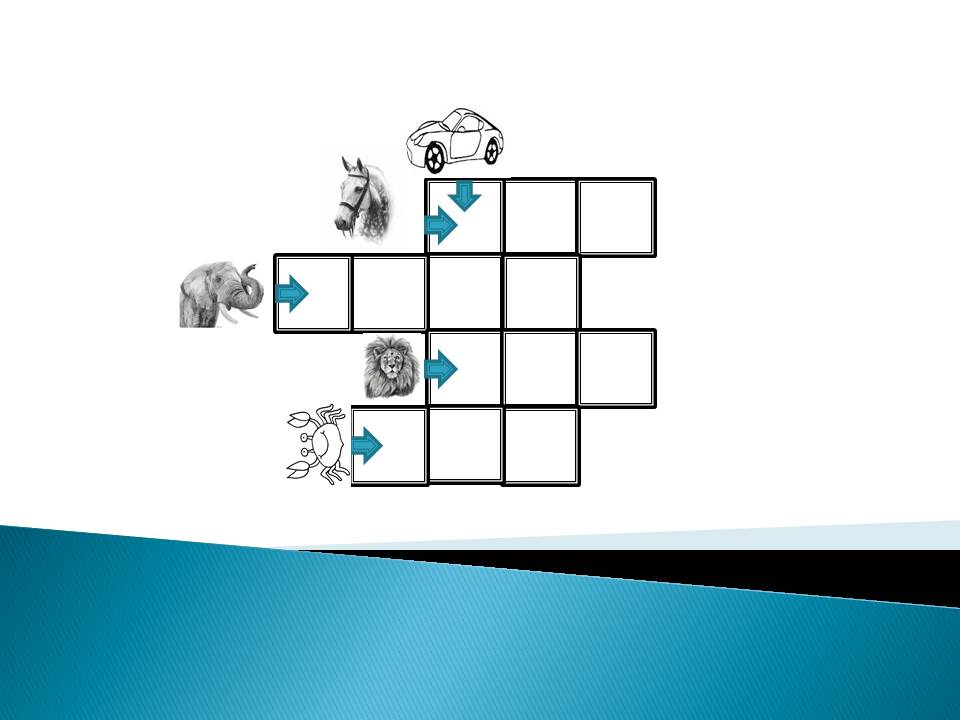
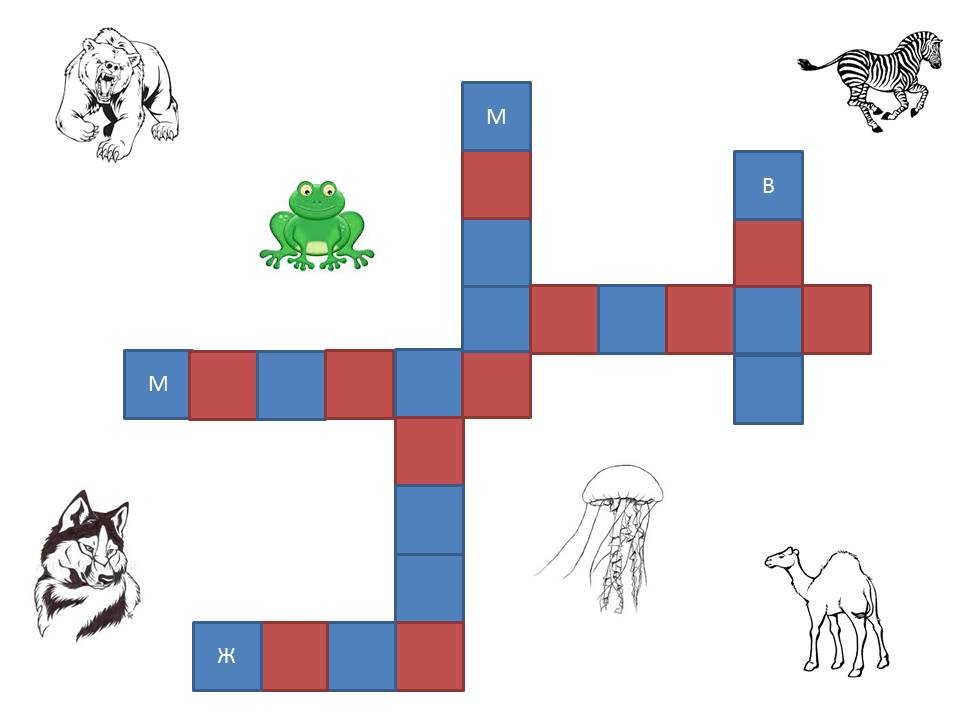
MAVIDOU STELLA-VEVI FLORINA-GREECE
STRAY DOGS’NEEDS-CROSSWORD
https://worksheets.theteacherscorner.net/make-your-own/crossword/crossword.php
20th Kindergarten of Katerini-Greece
calendar for 2017 with animals – 23.01 – 10.02.2017
-
-
-
-
-
-
-
-
-
-
-
-
-
-
-

